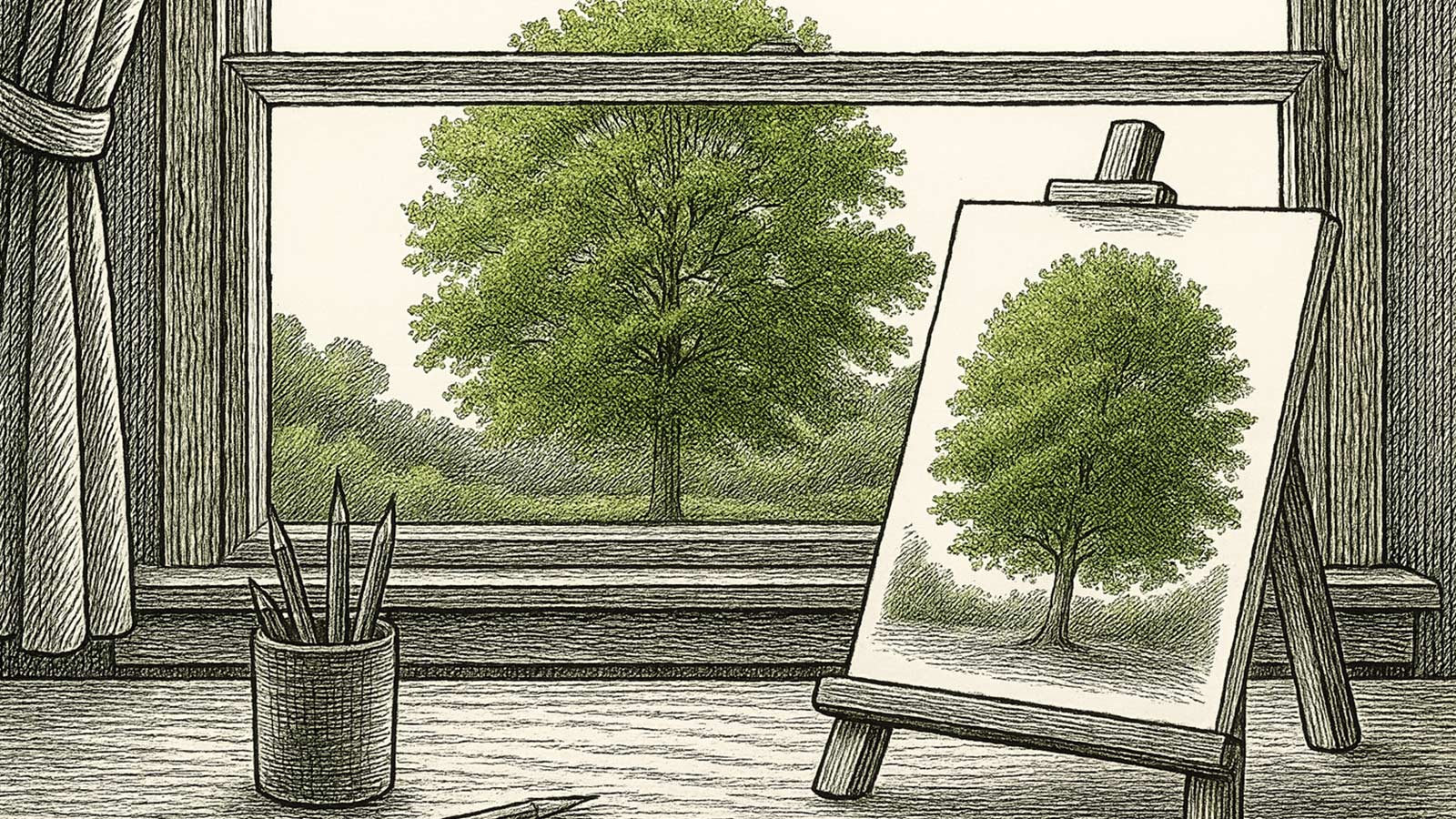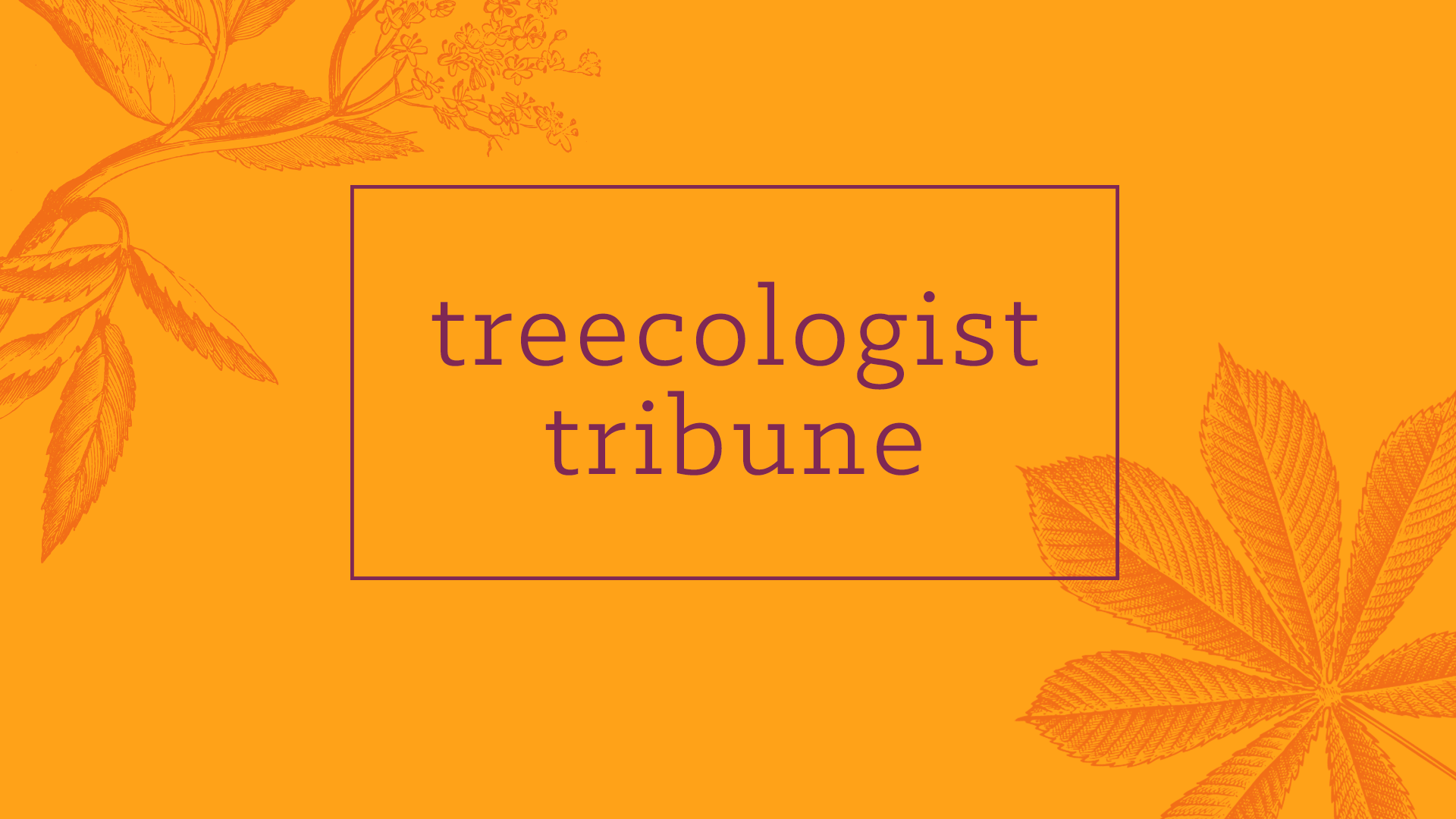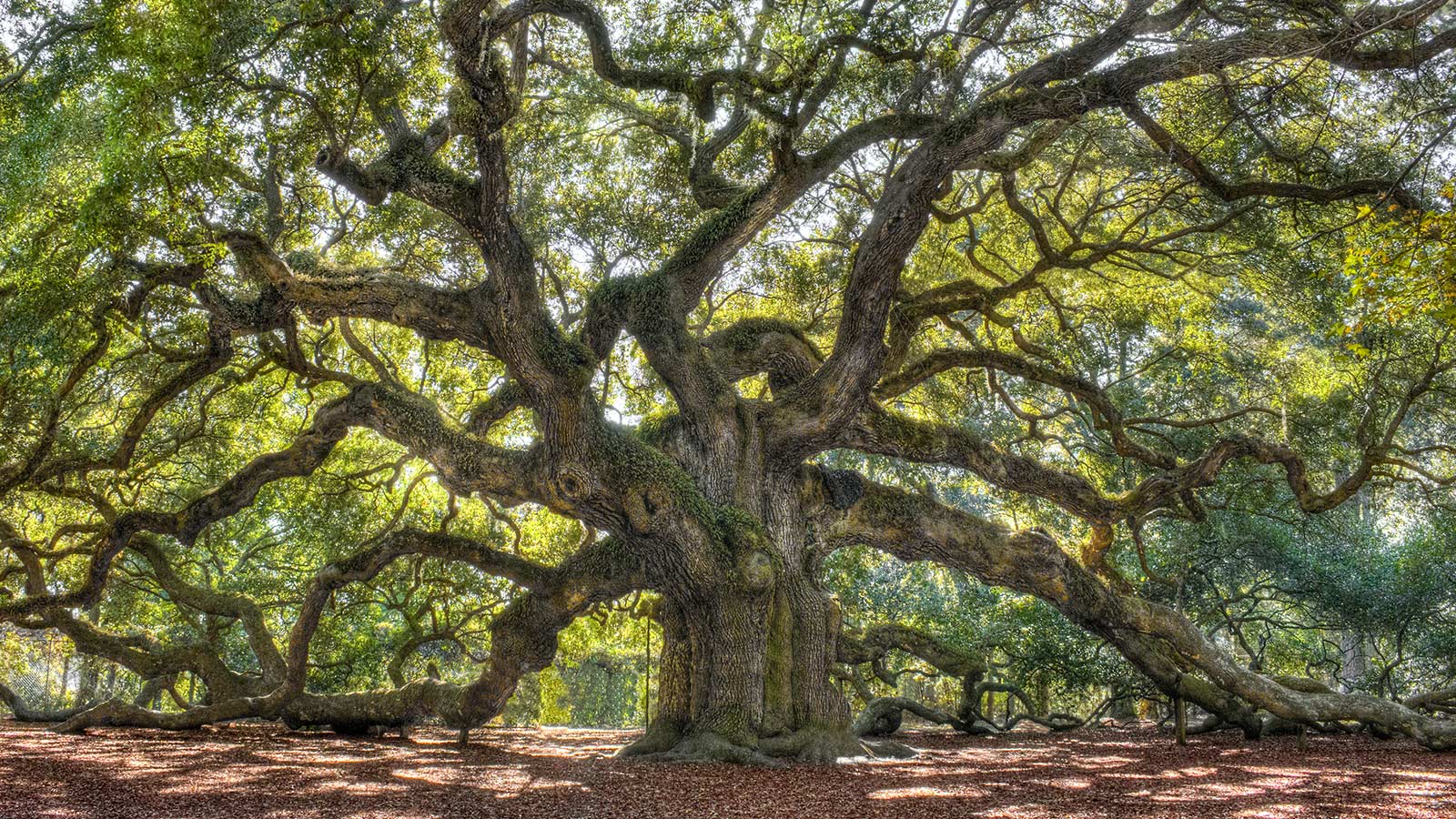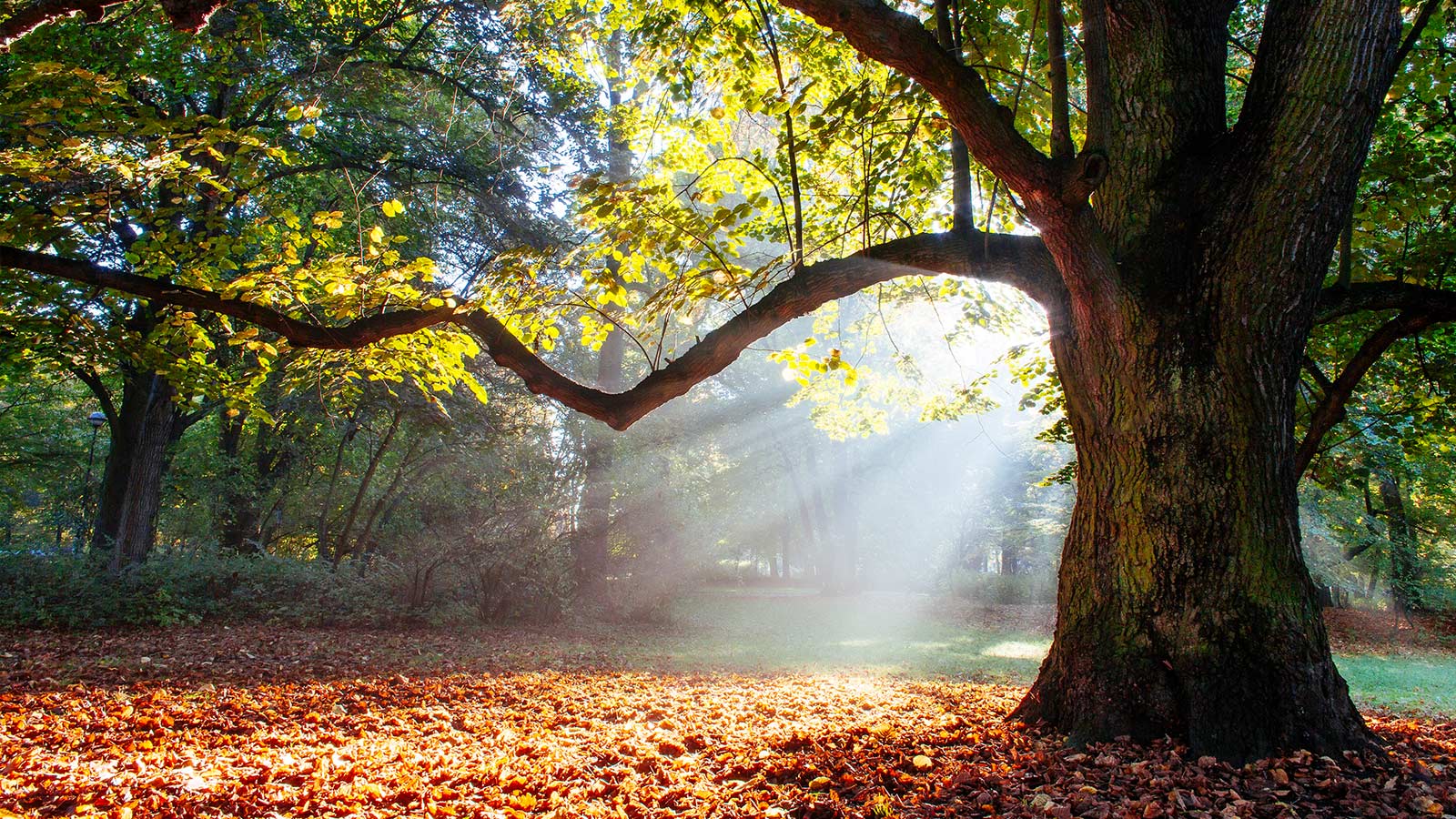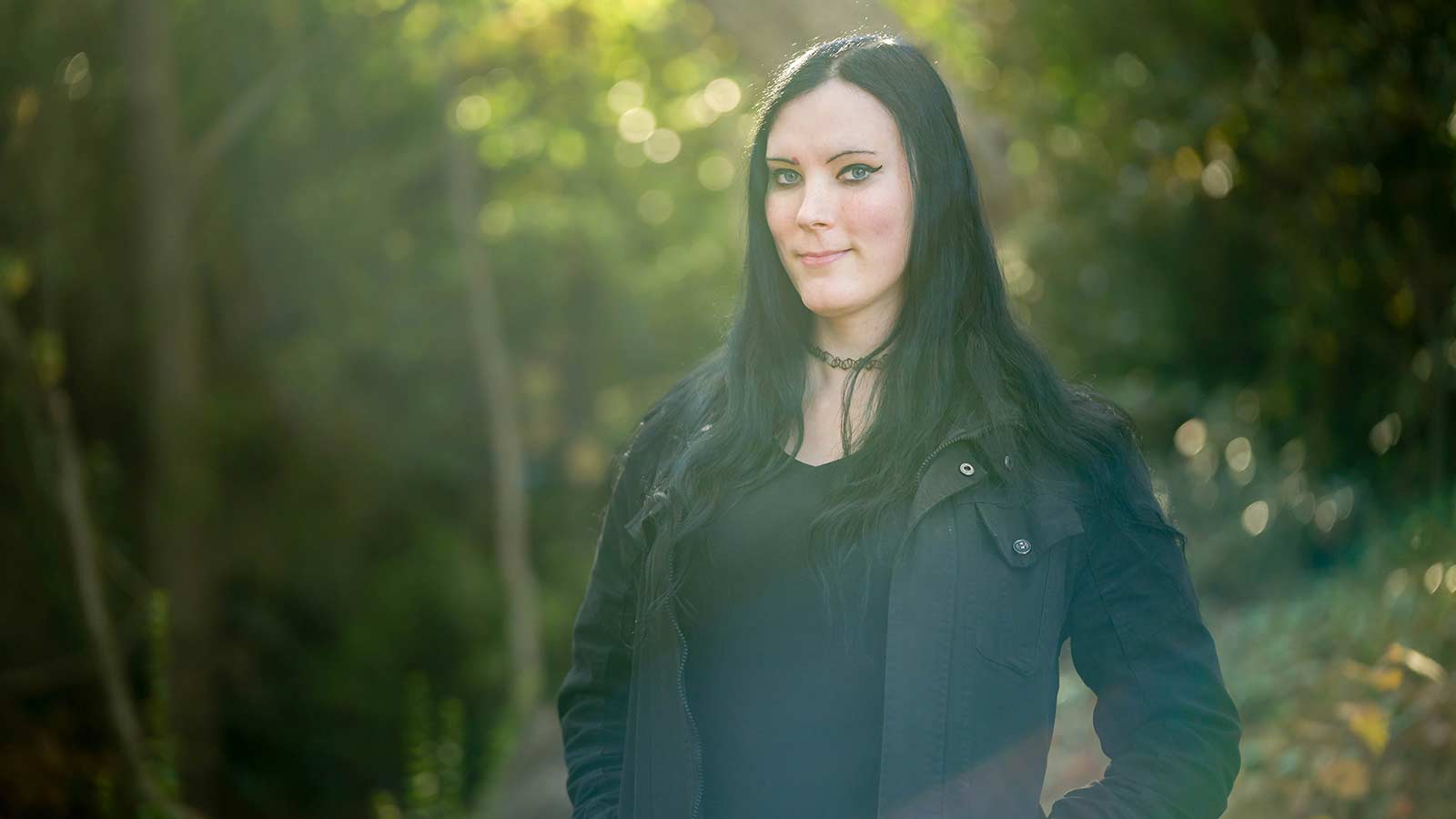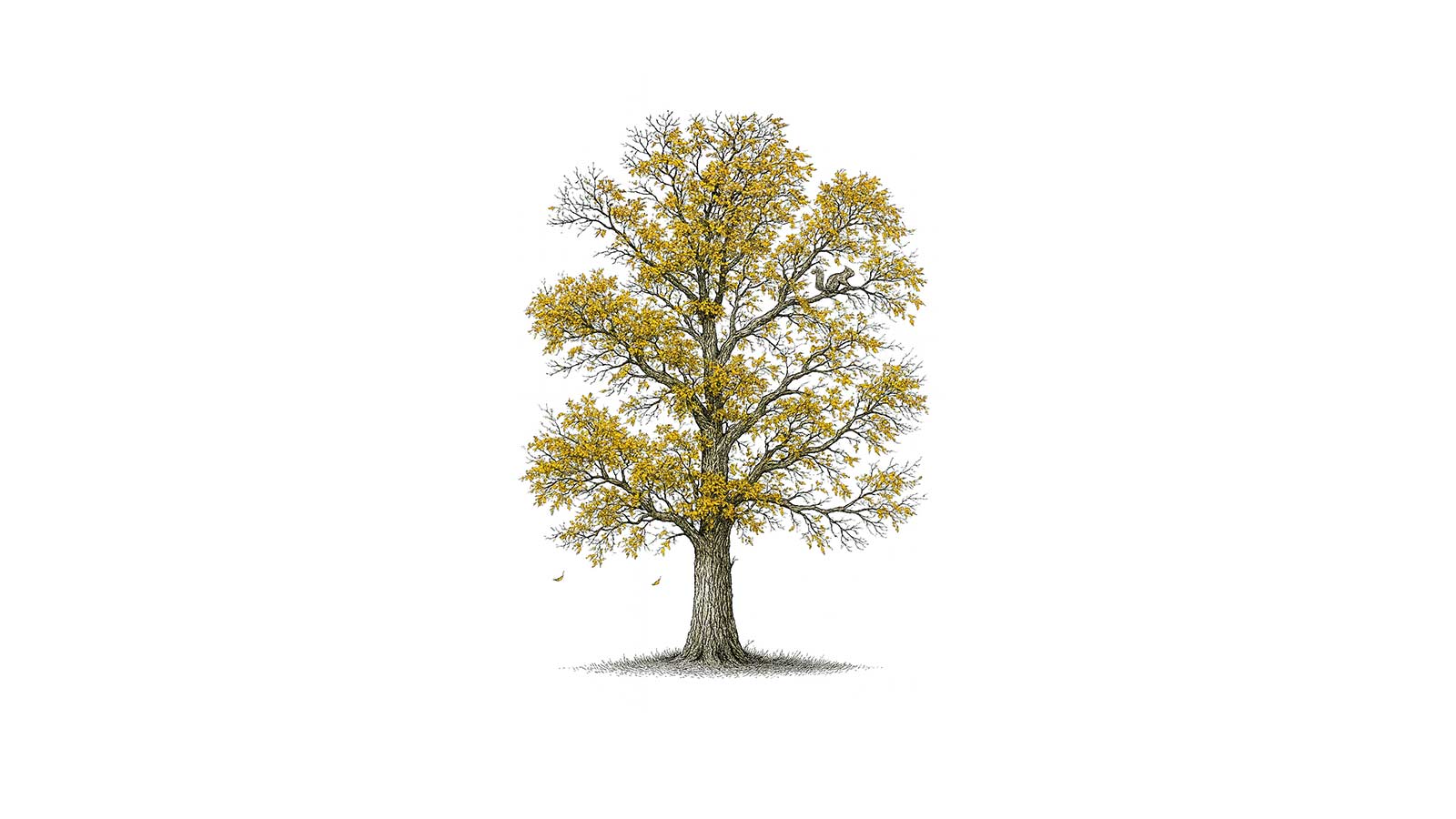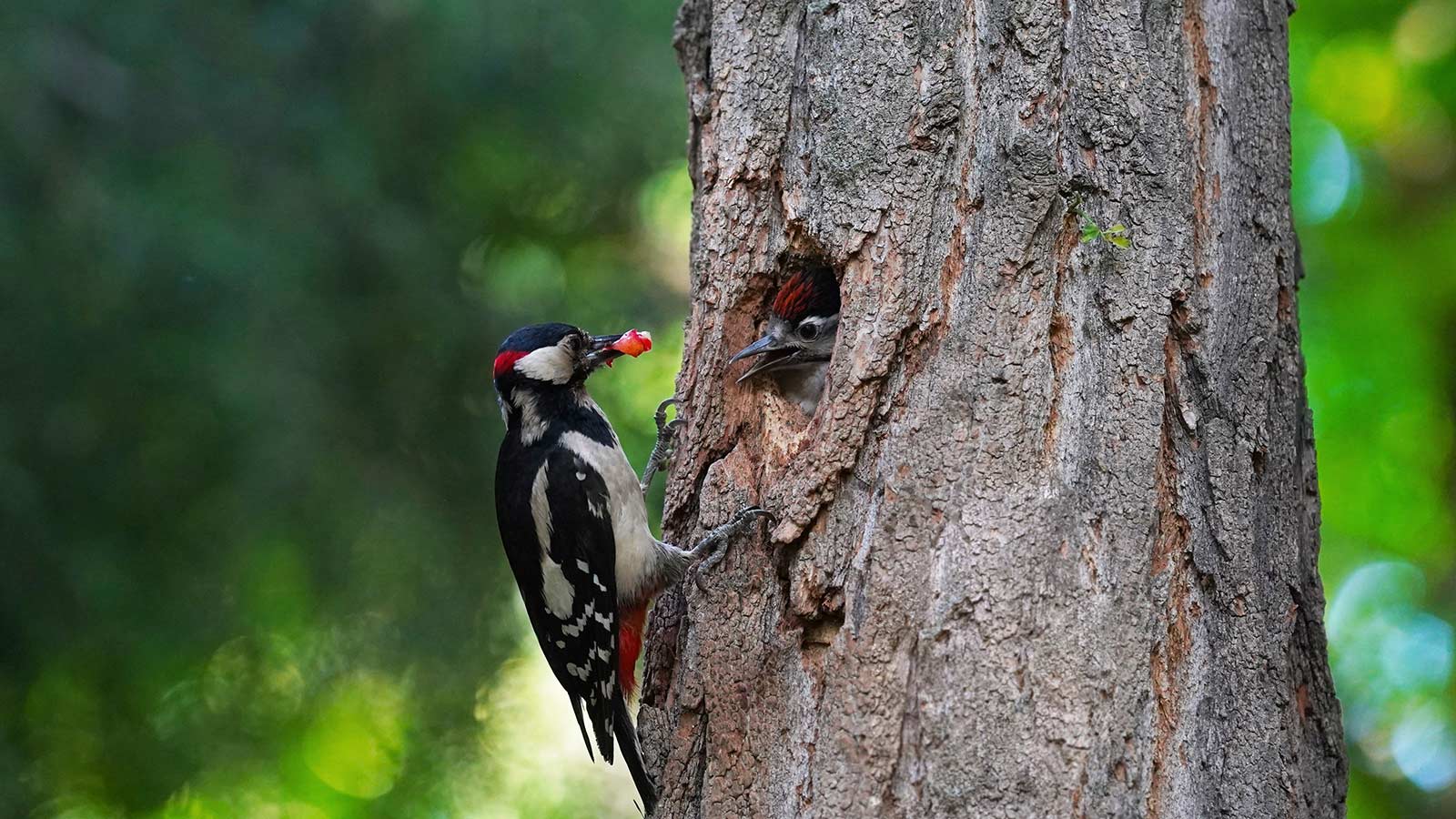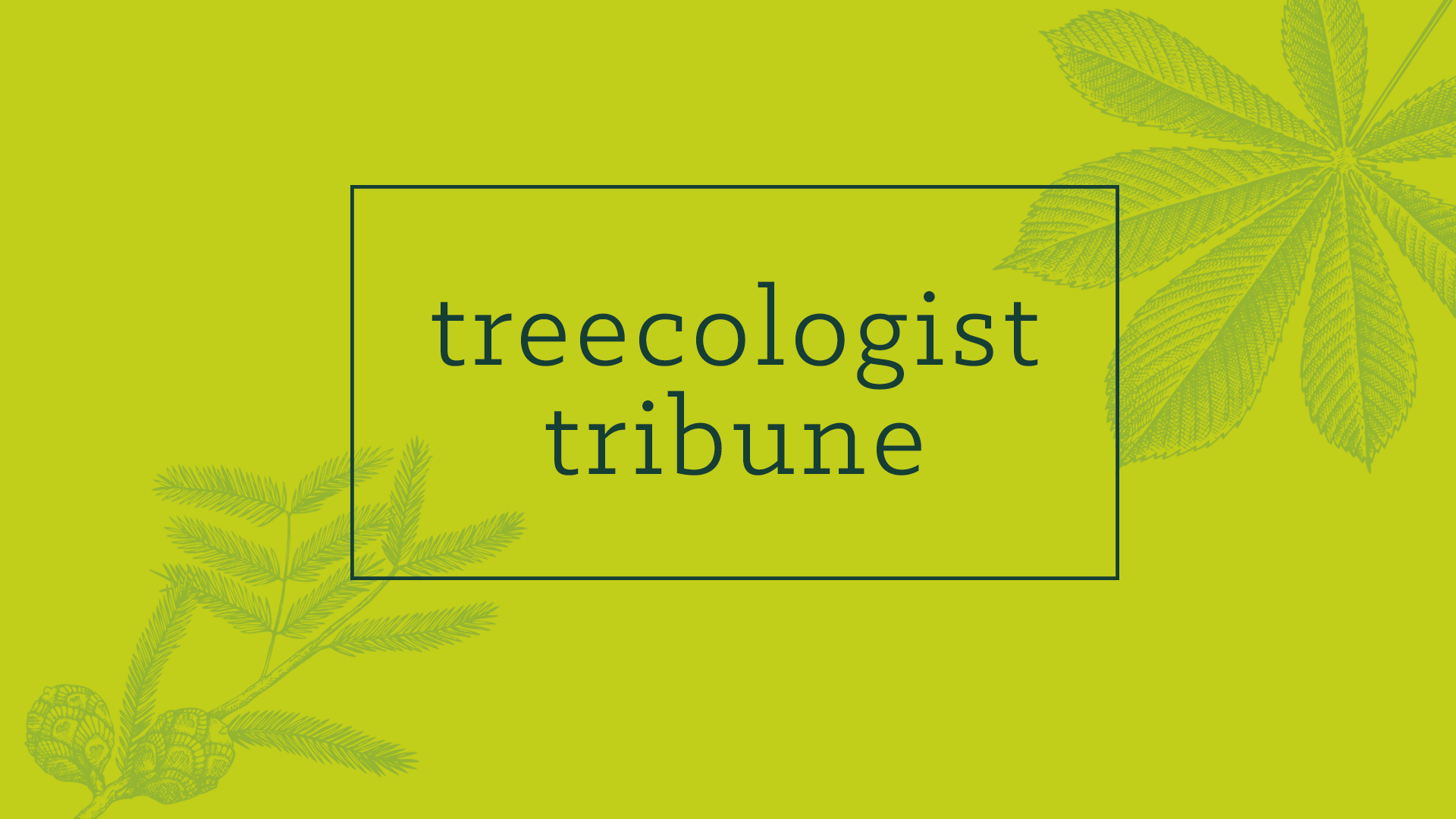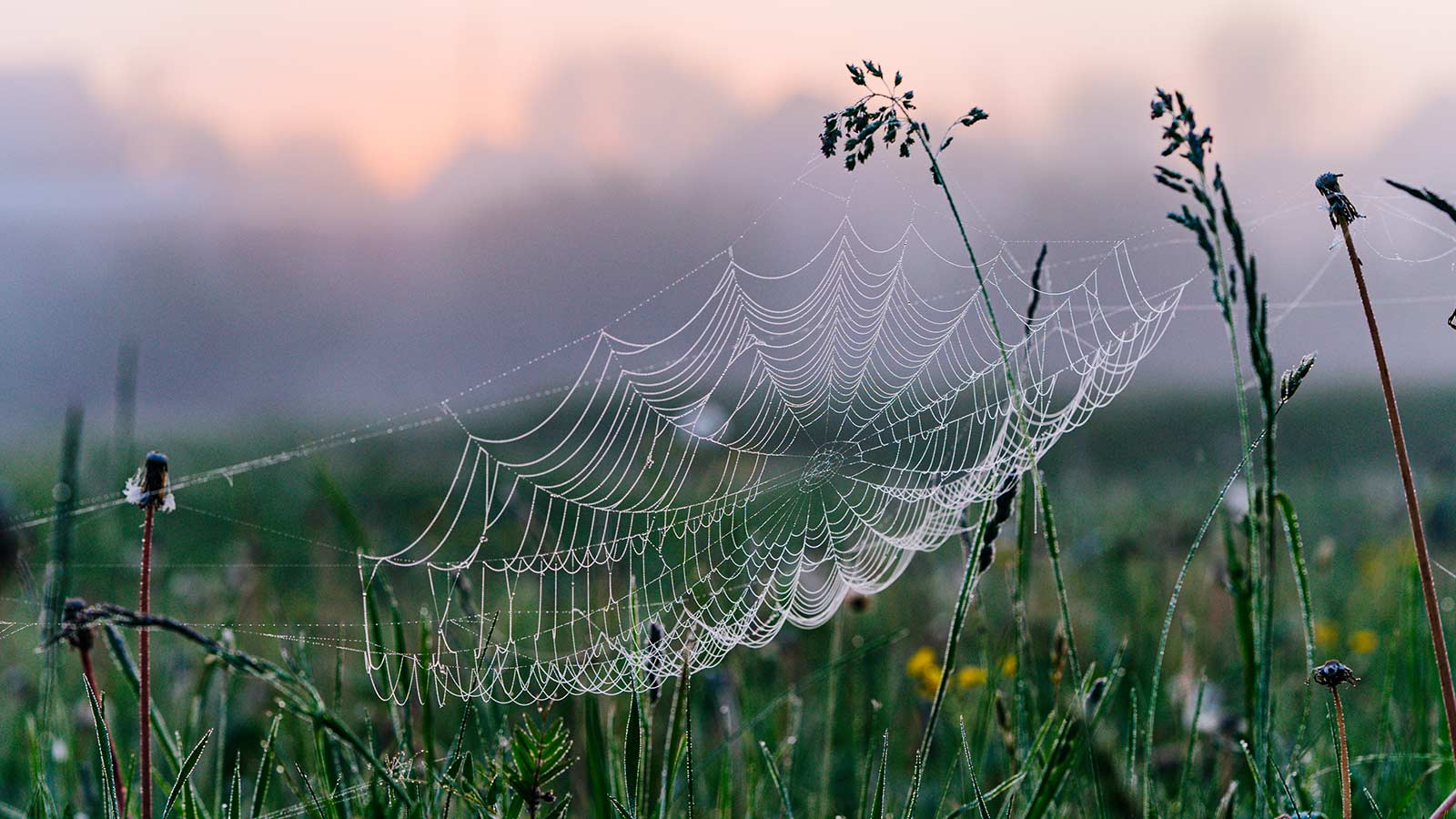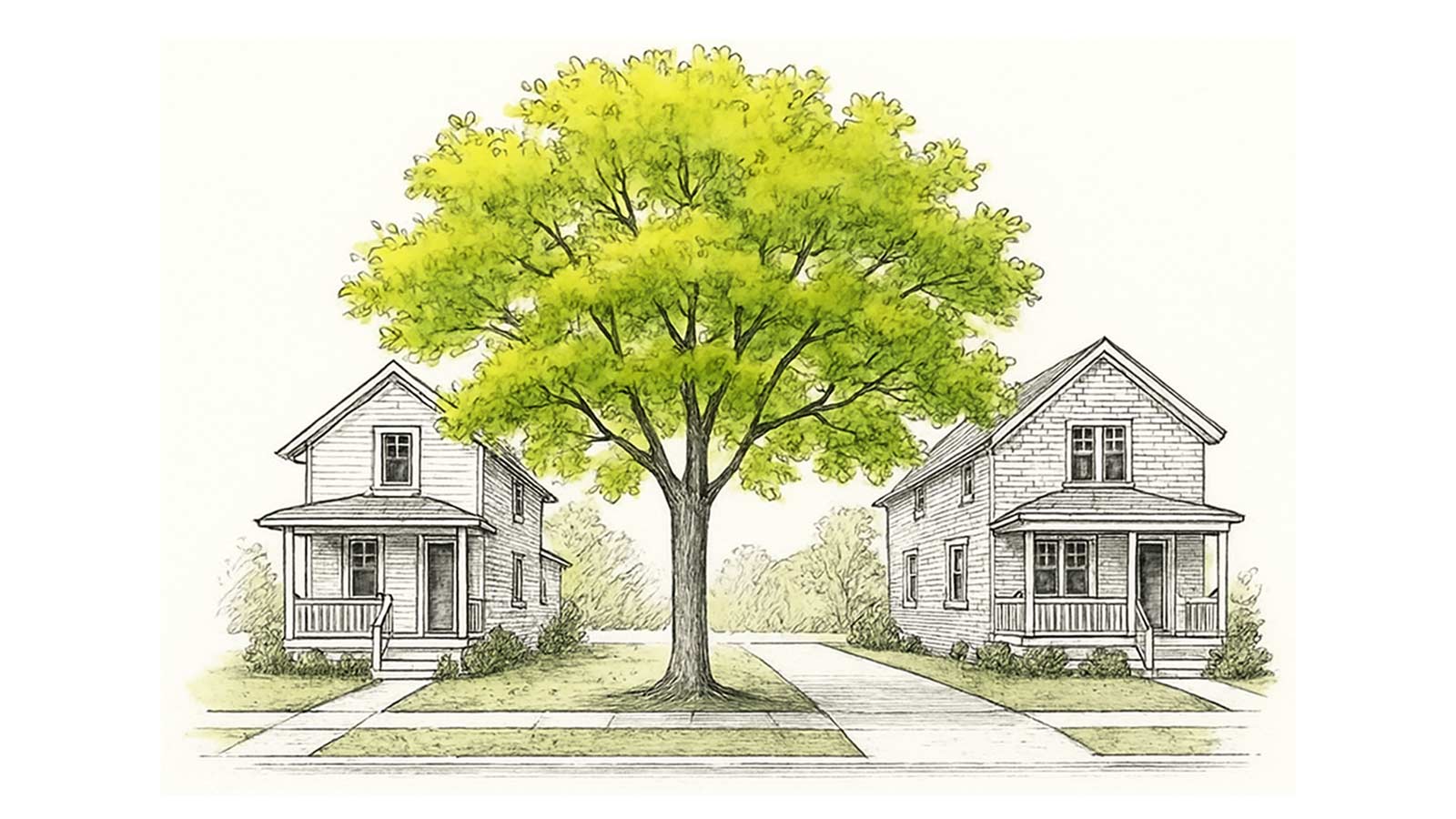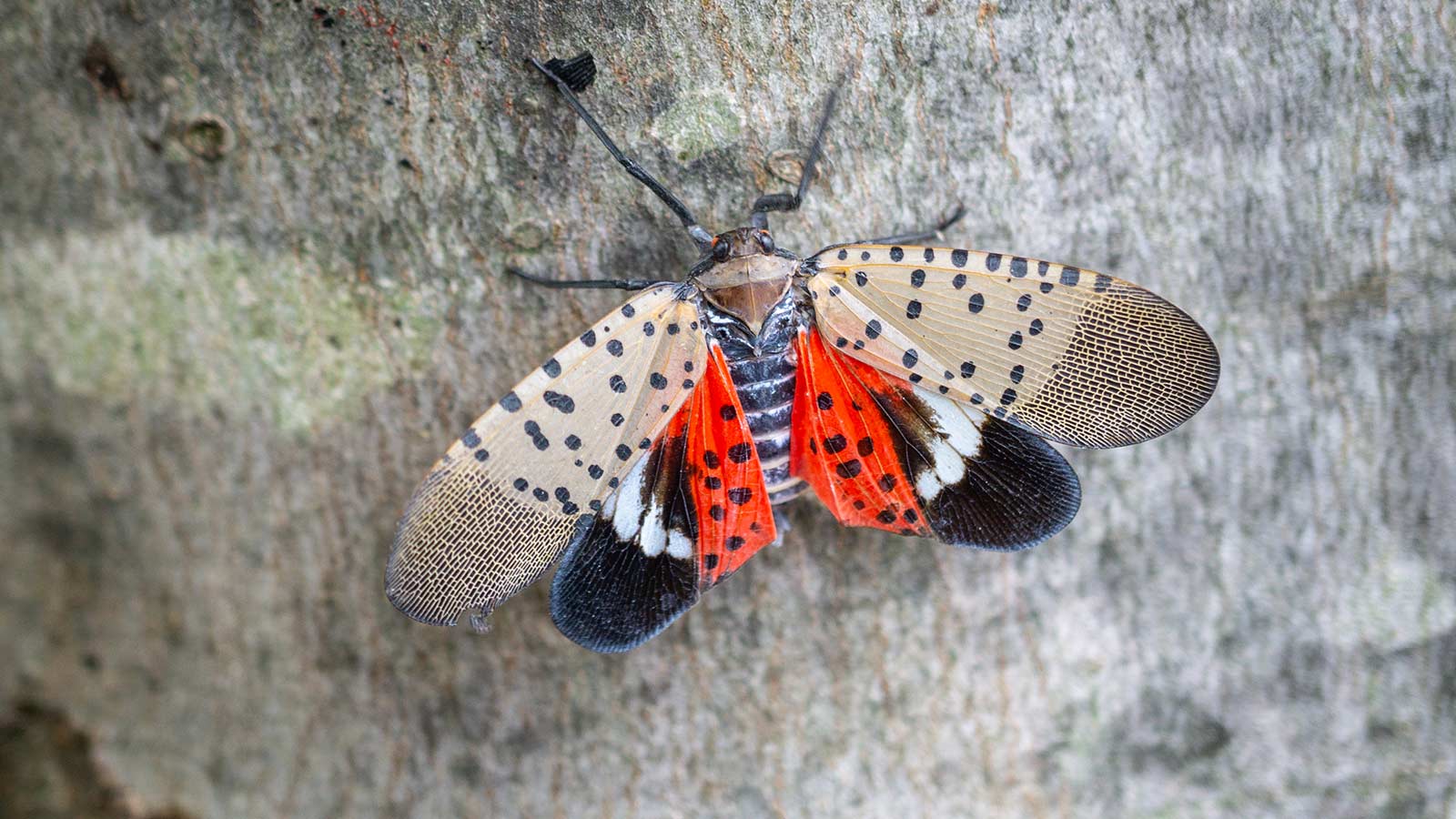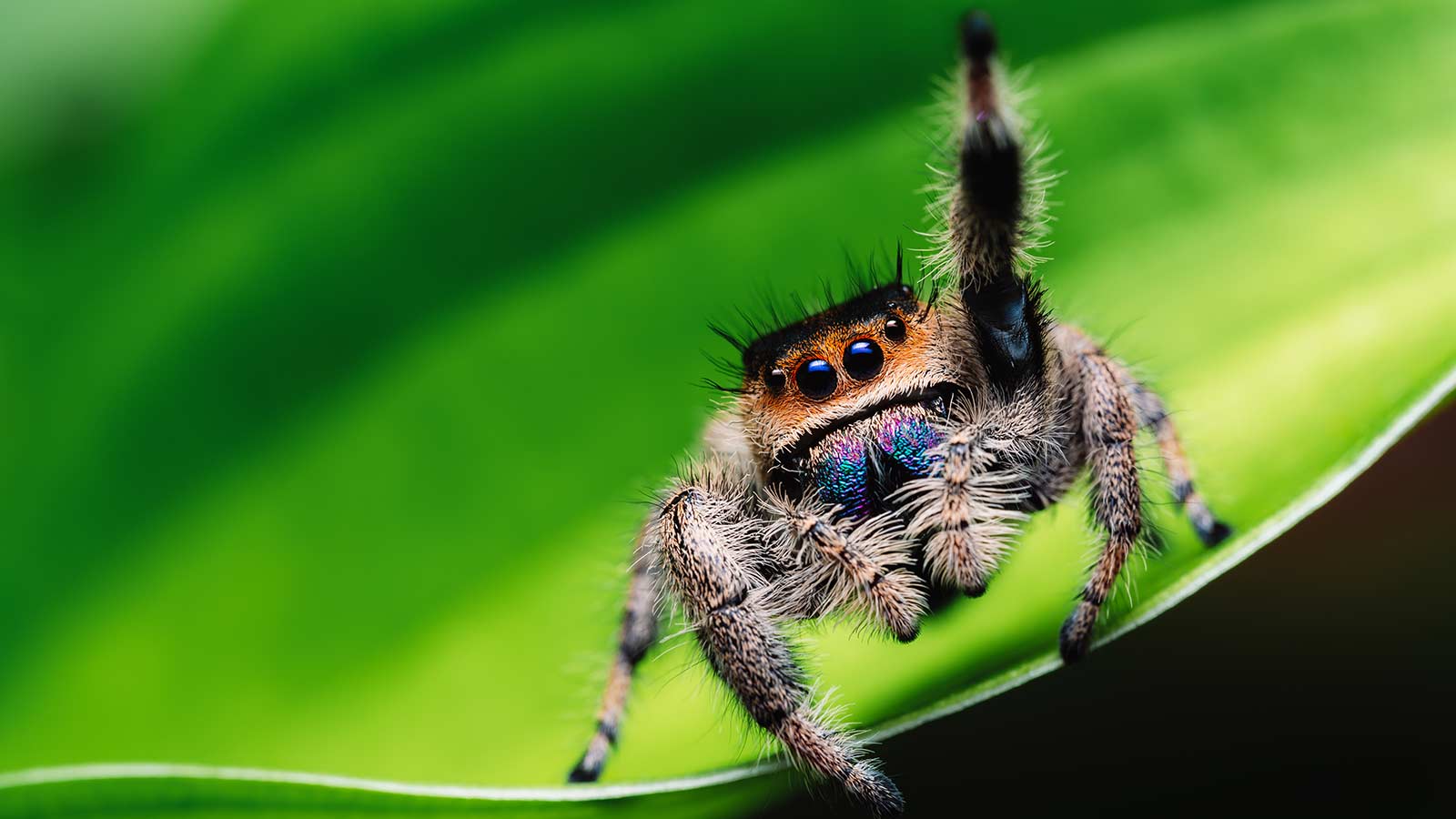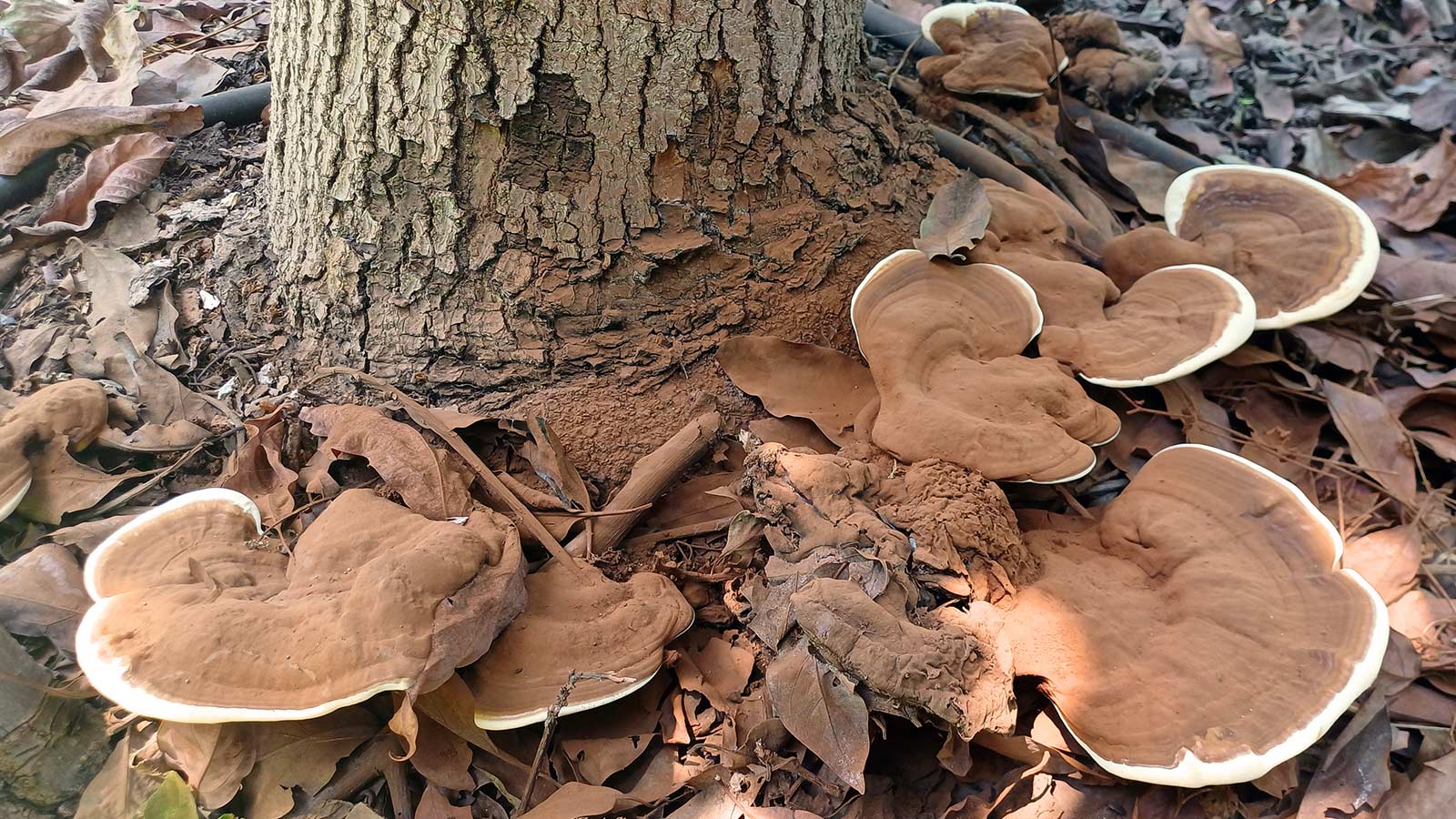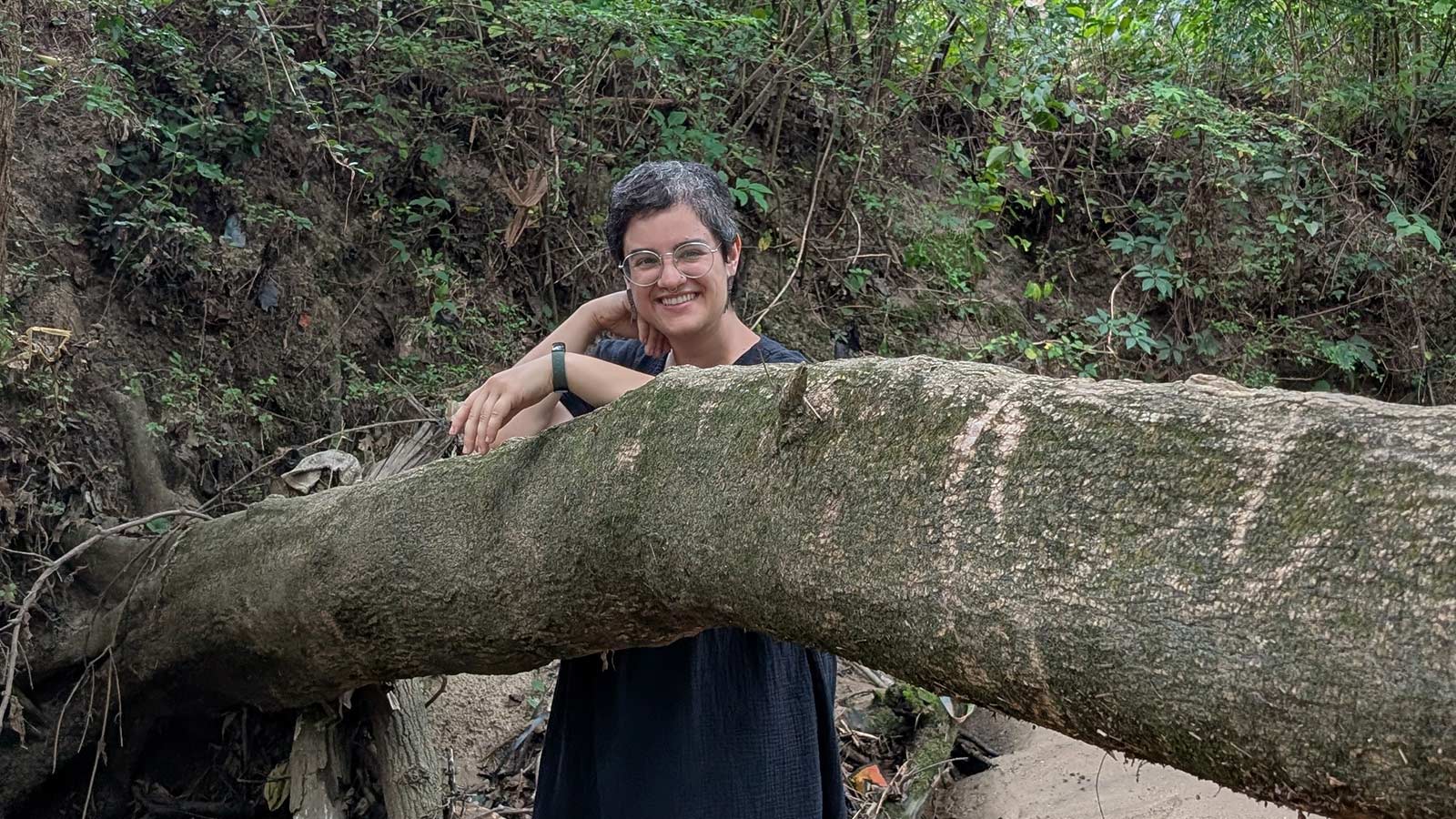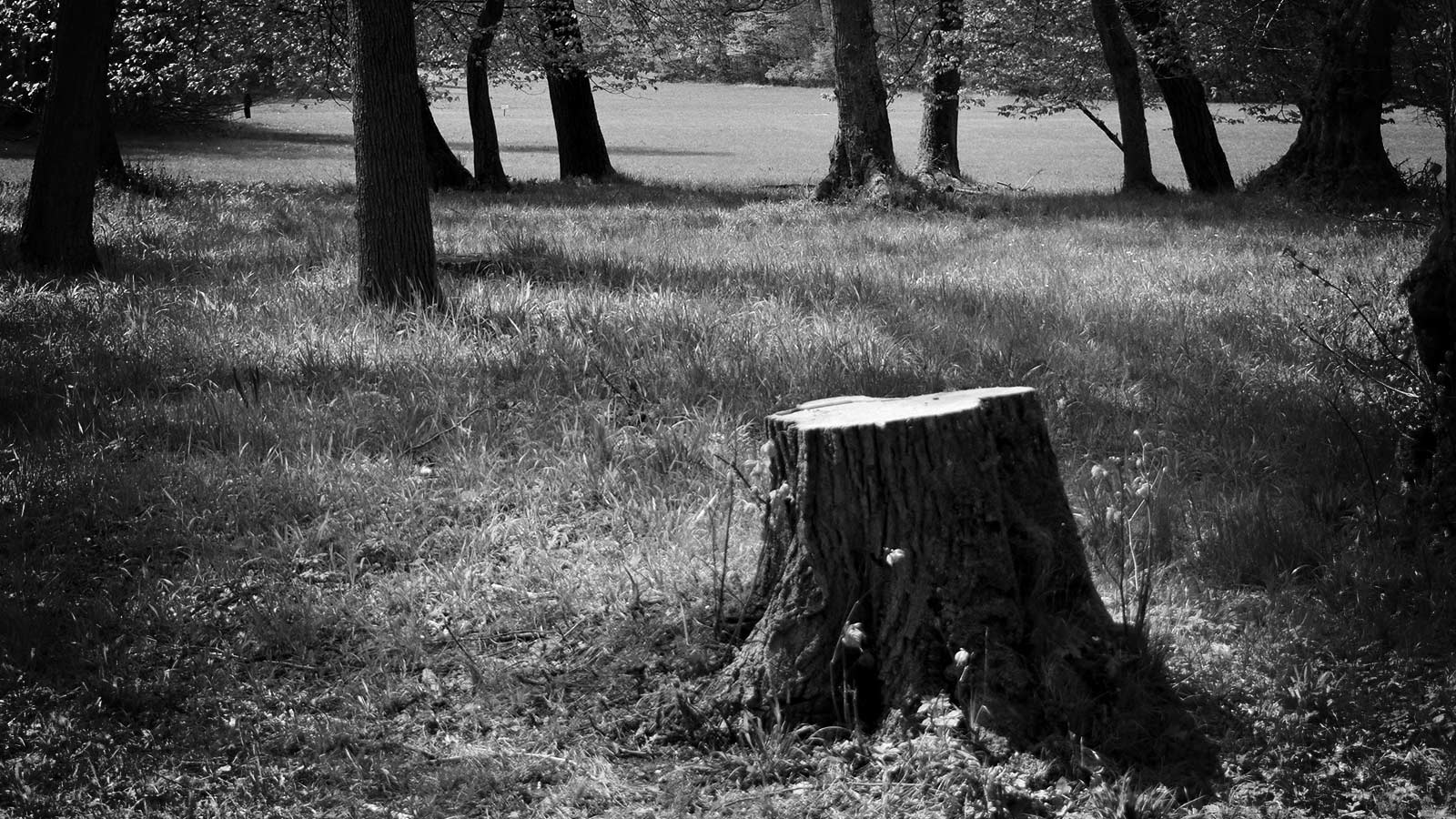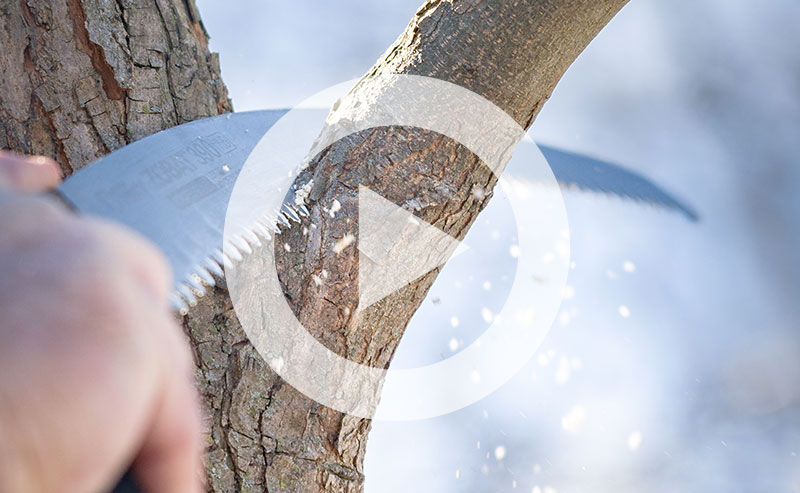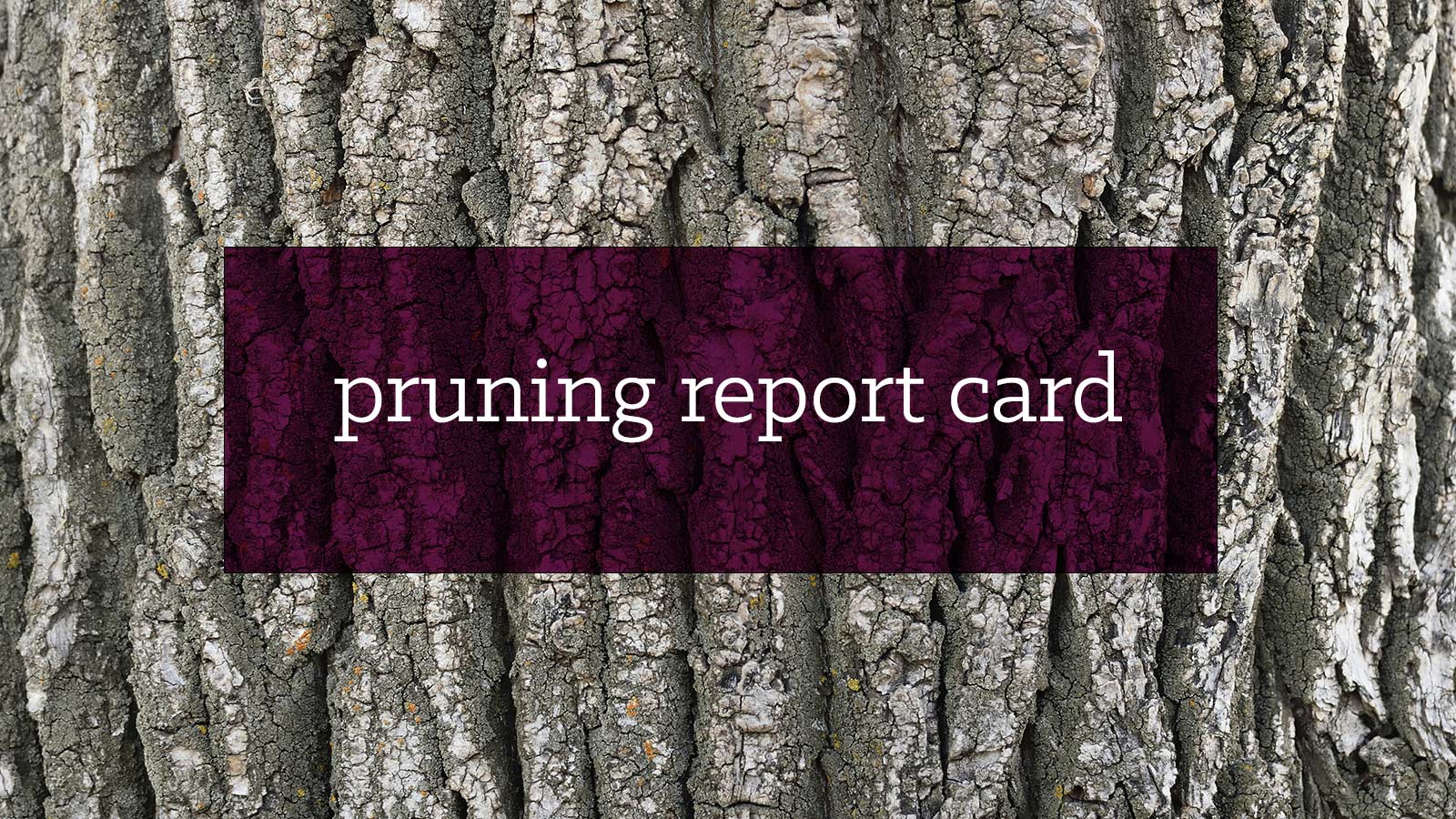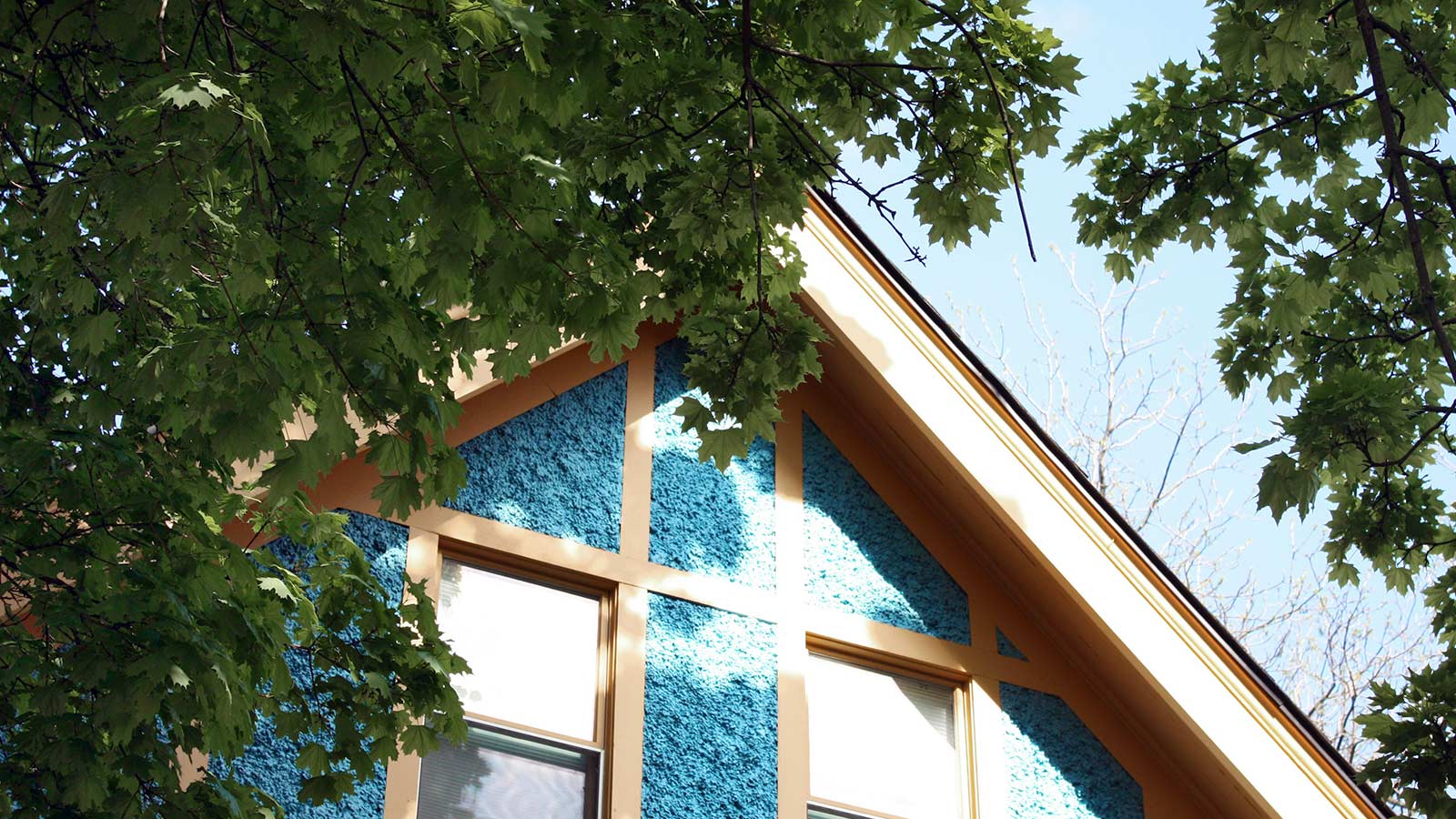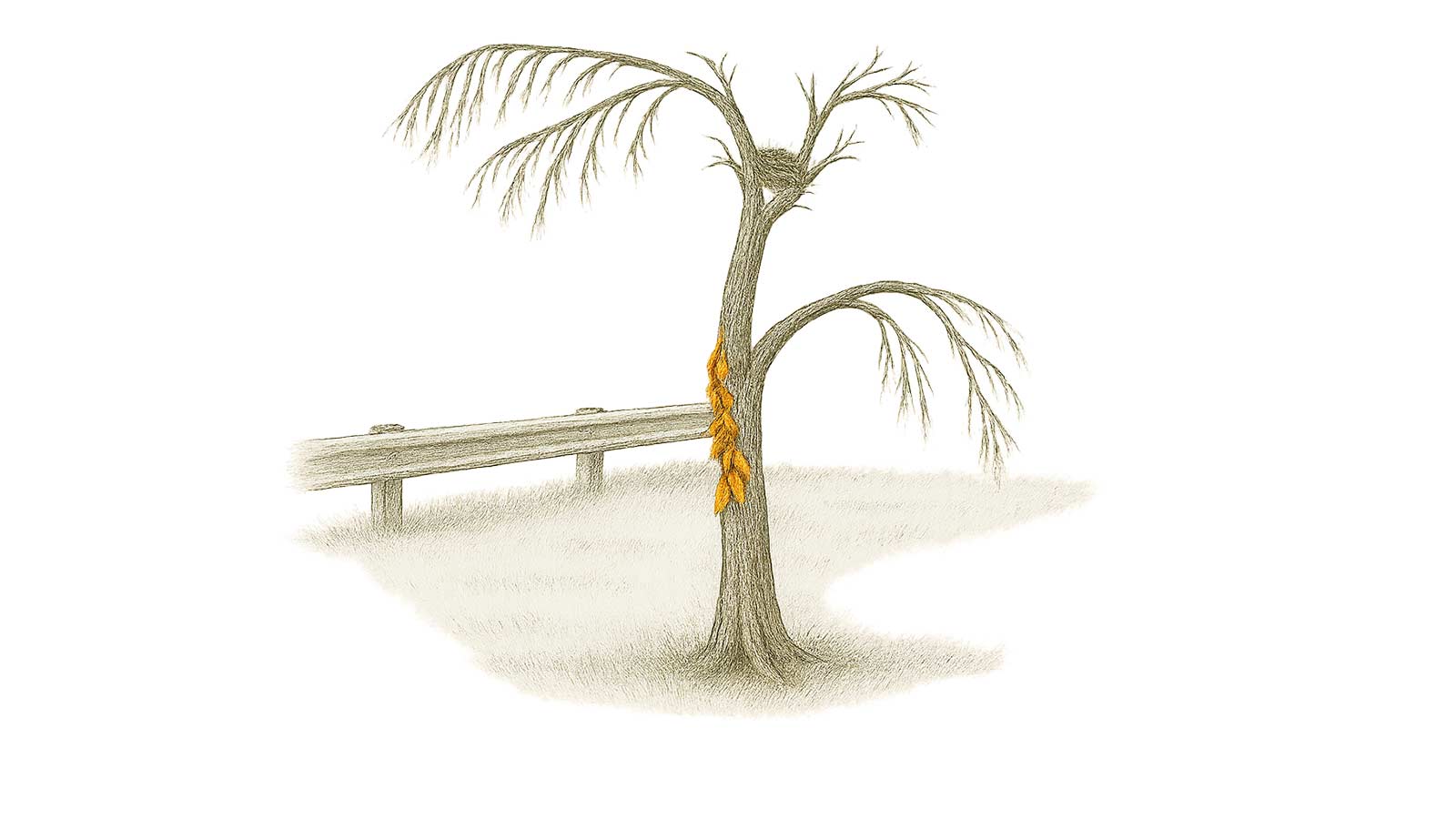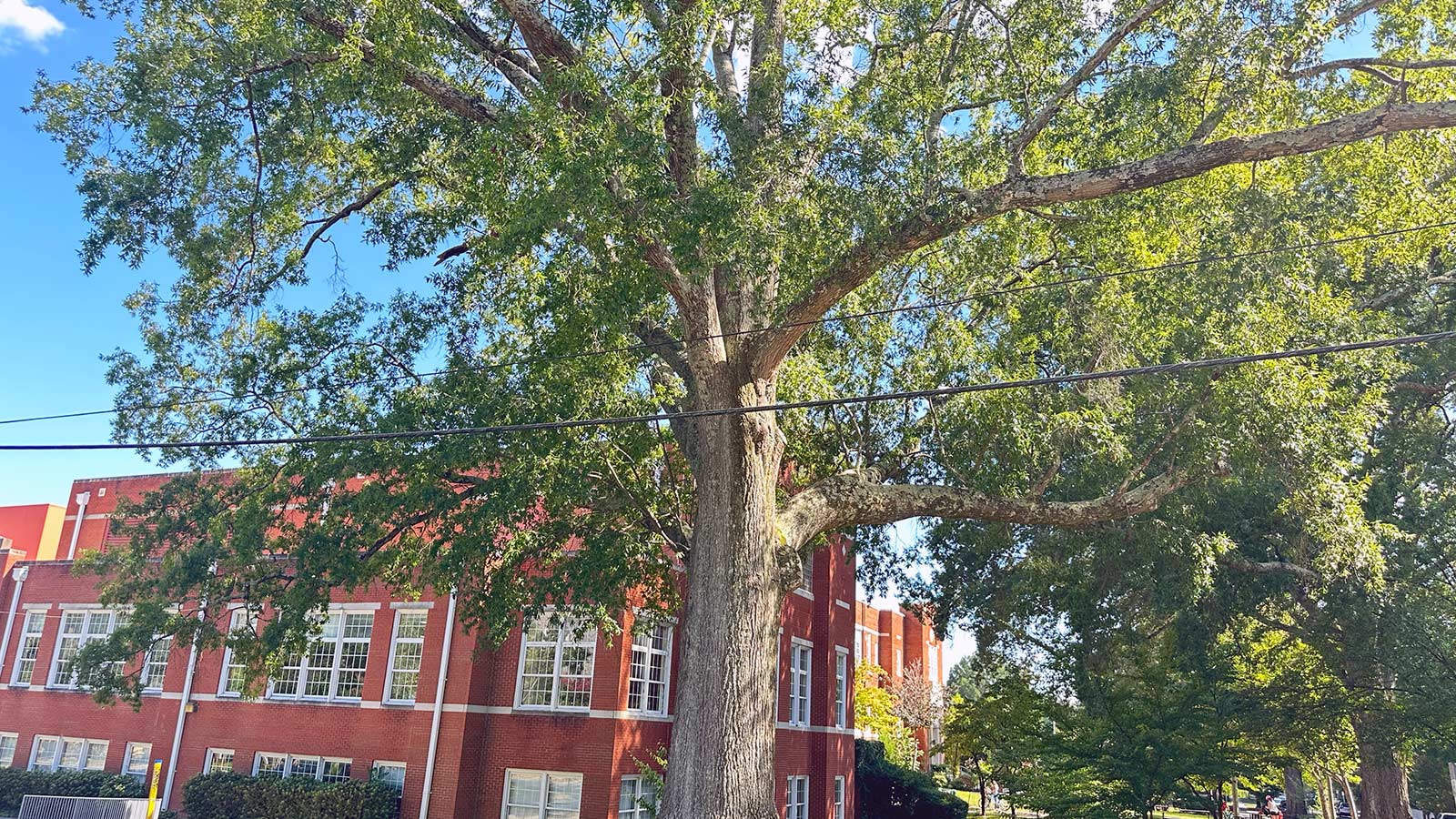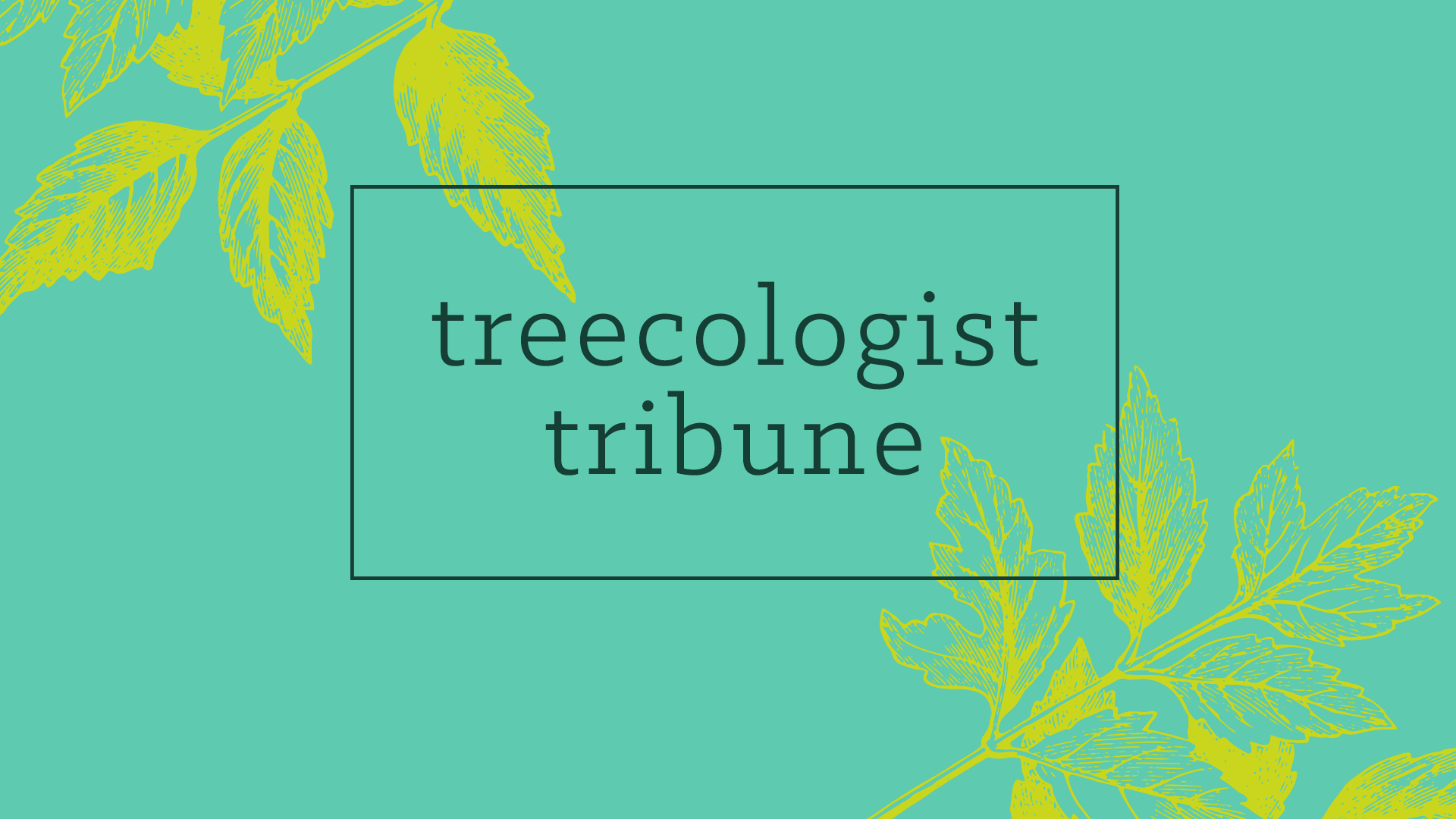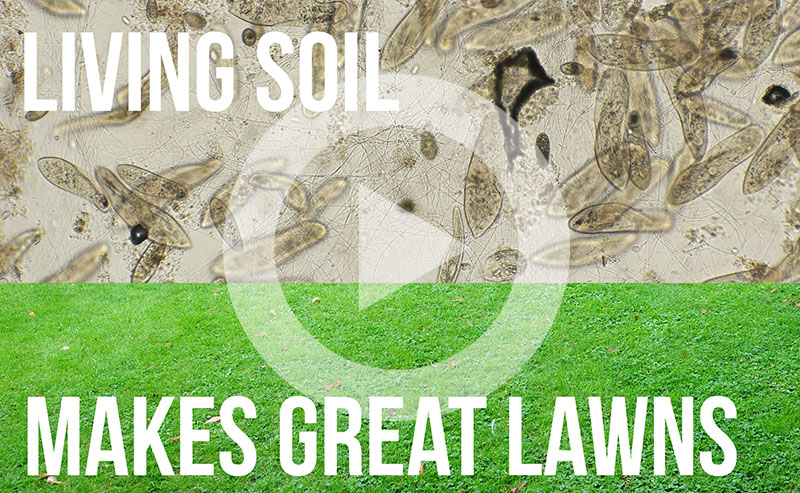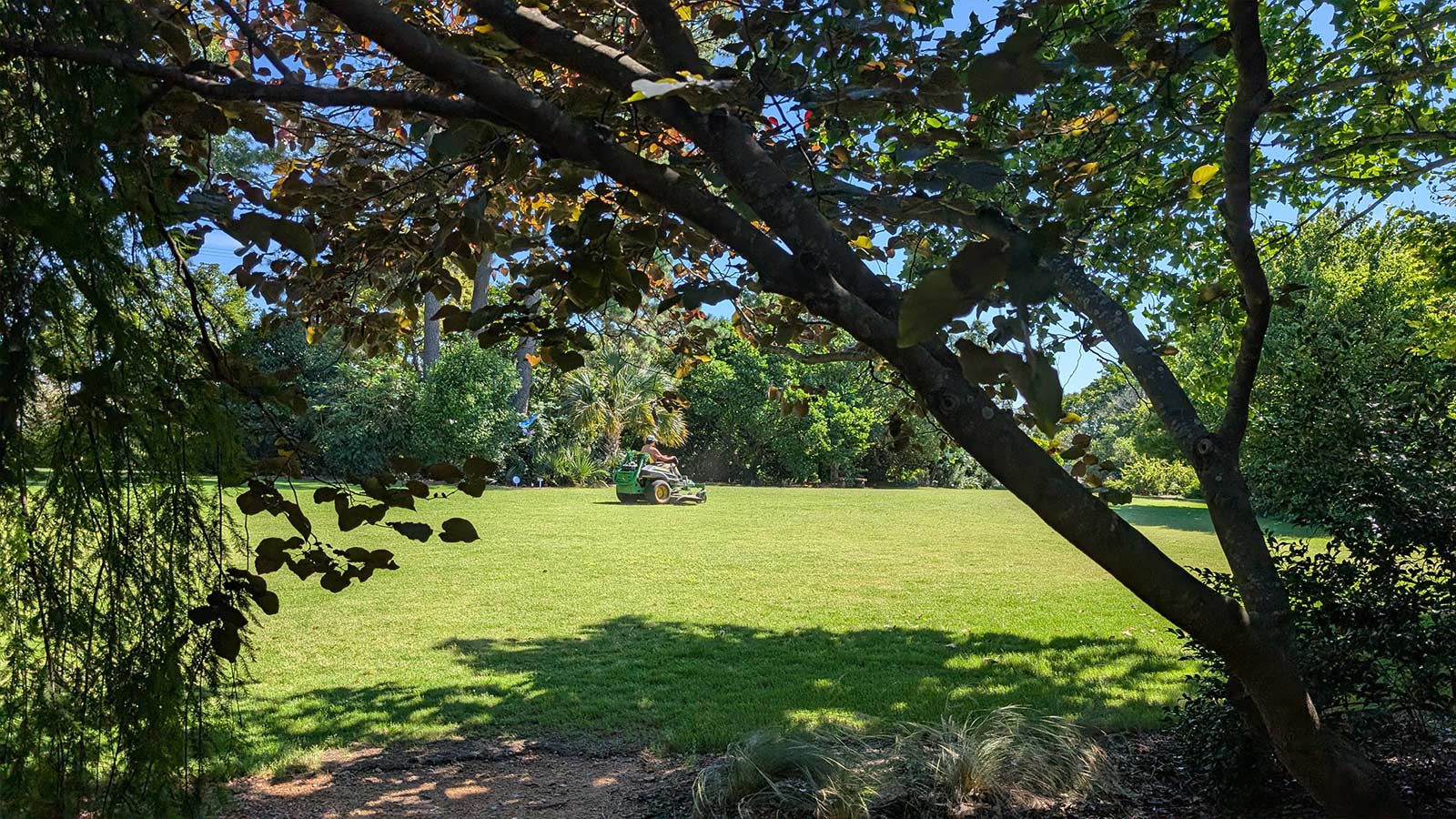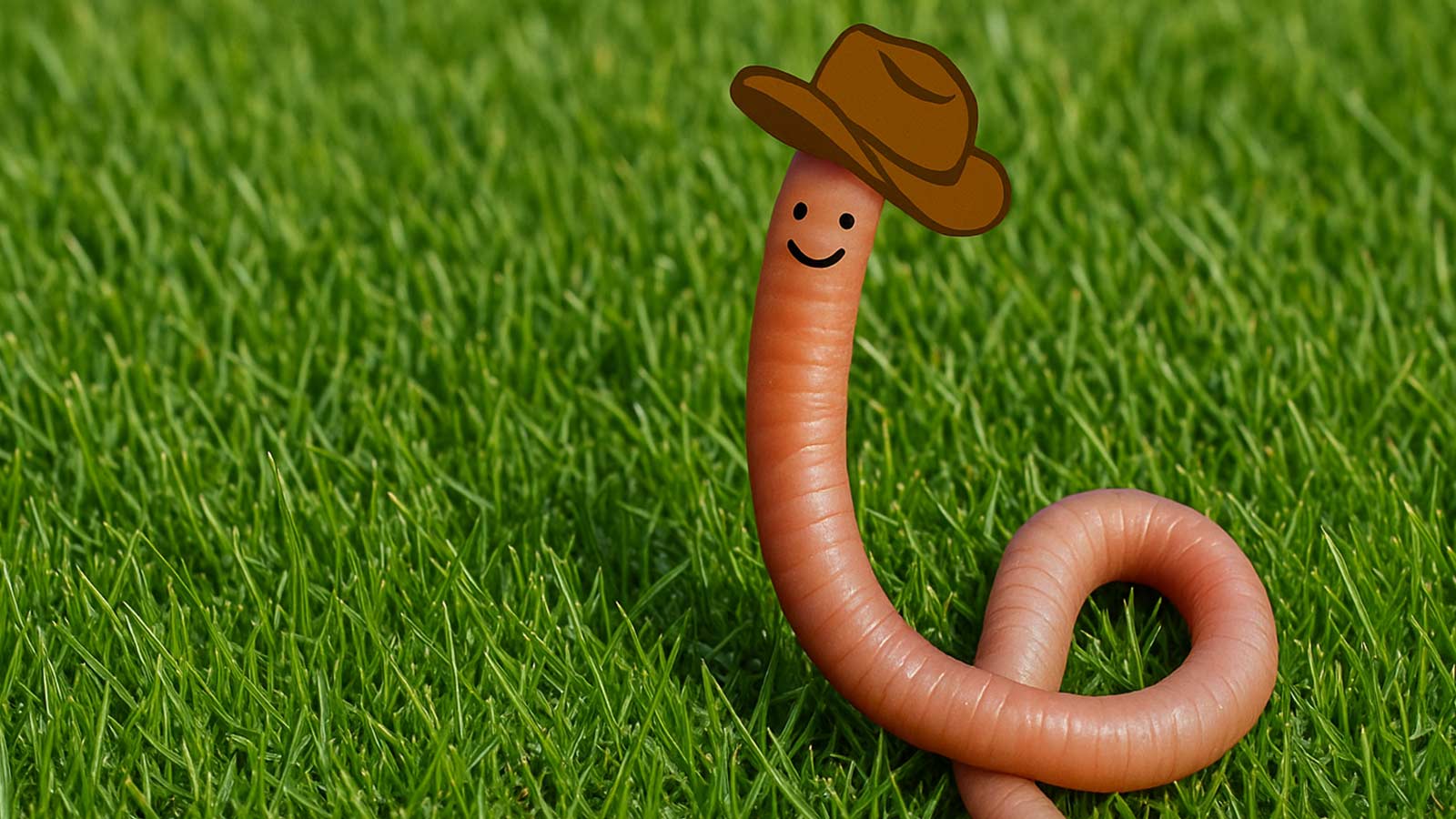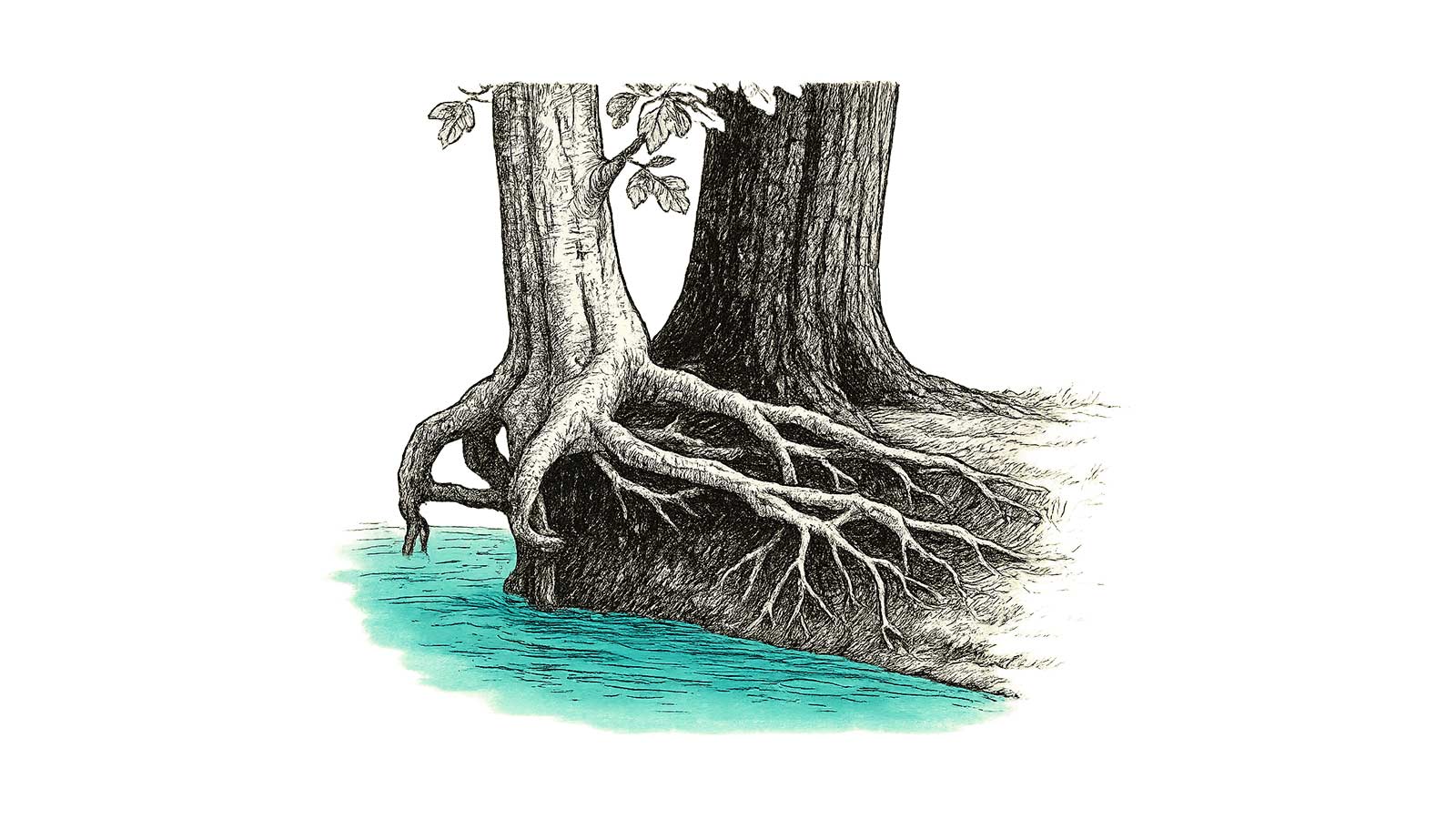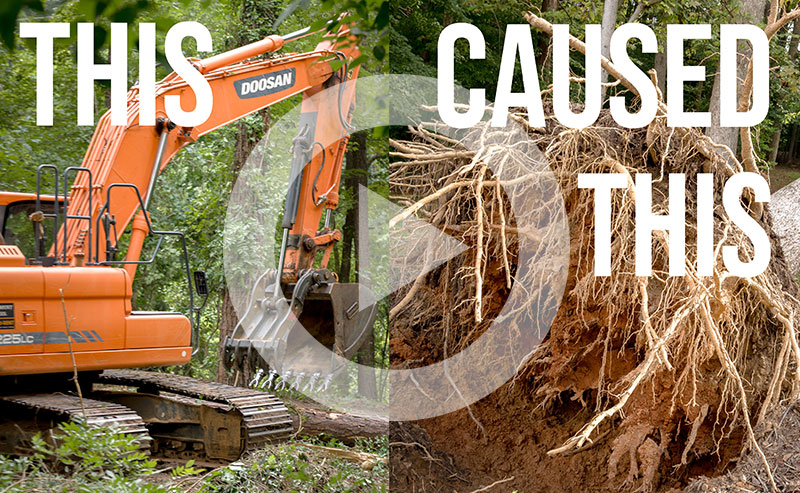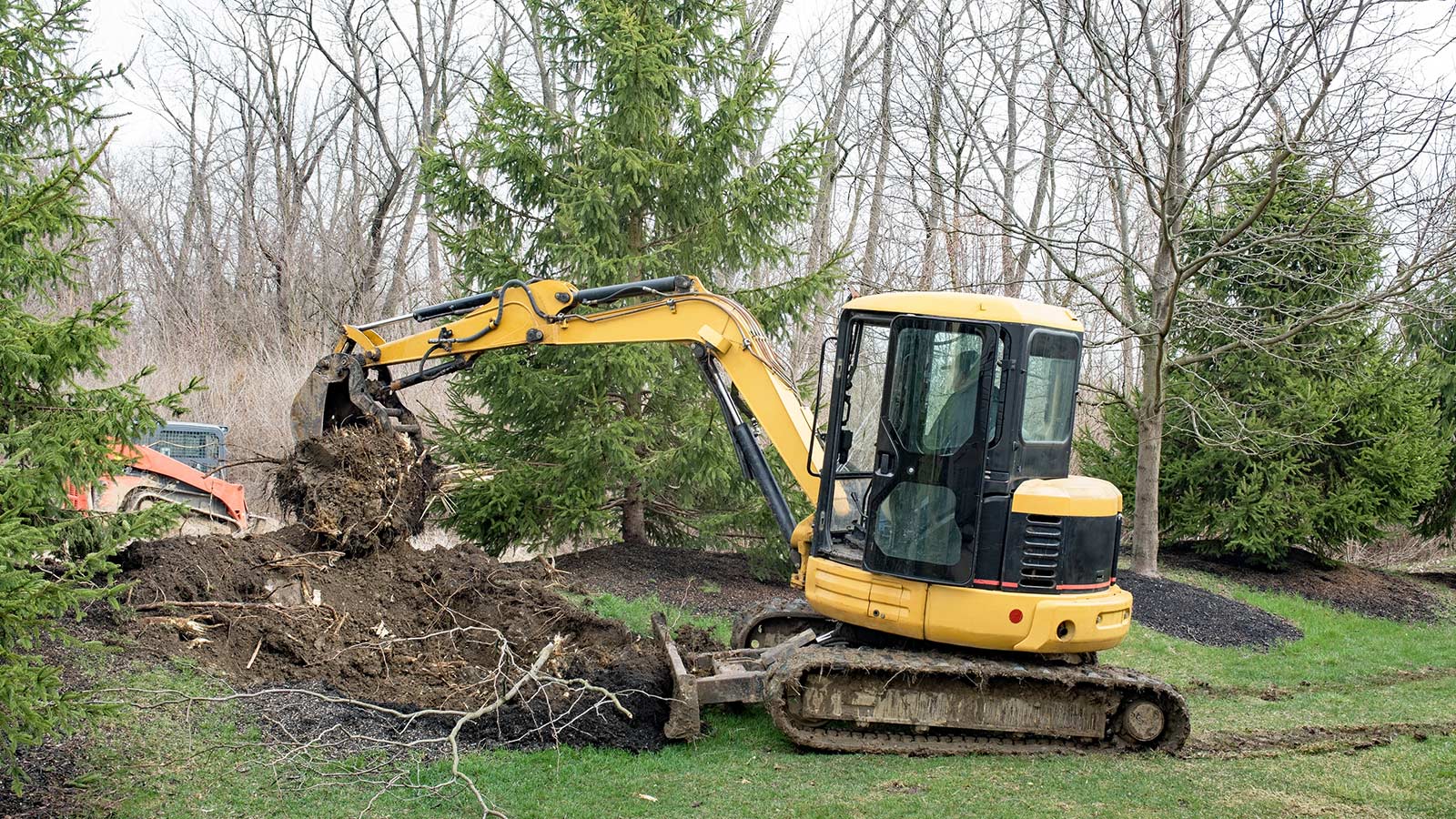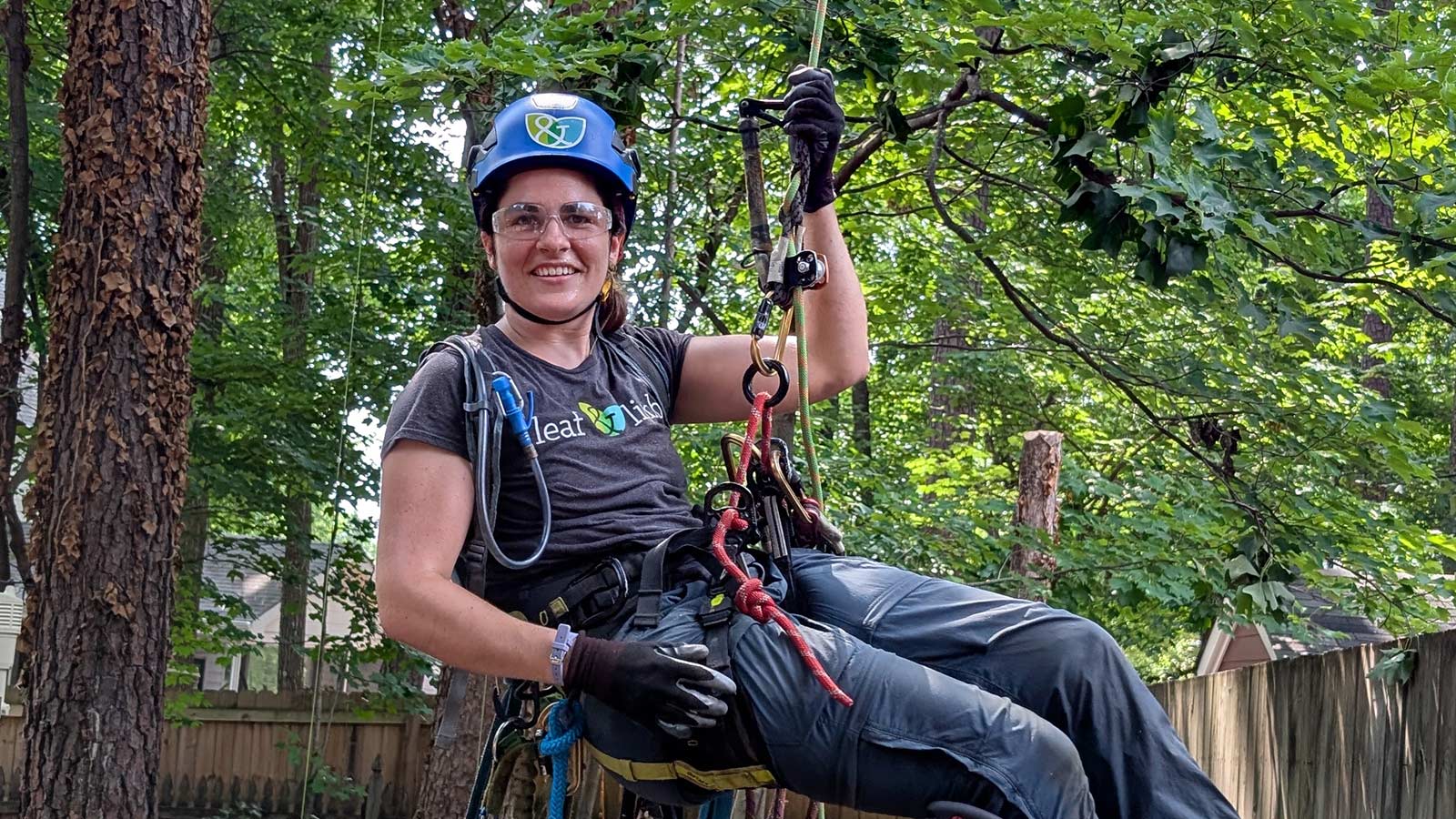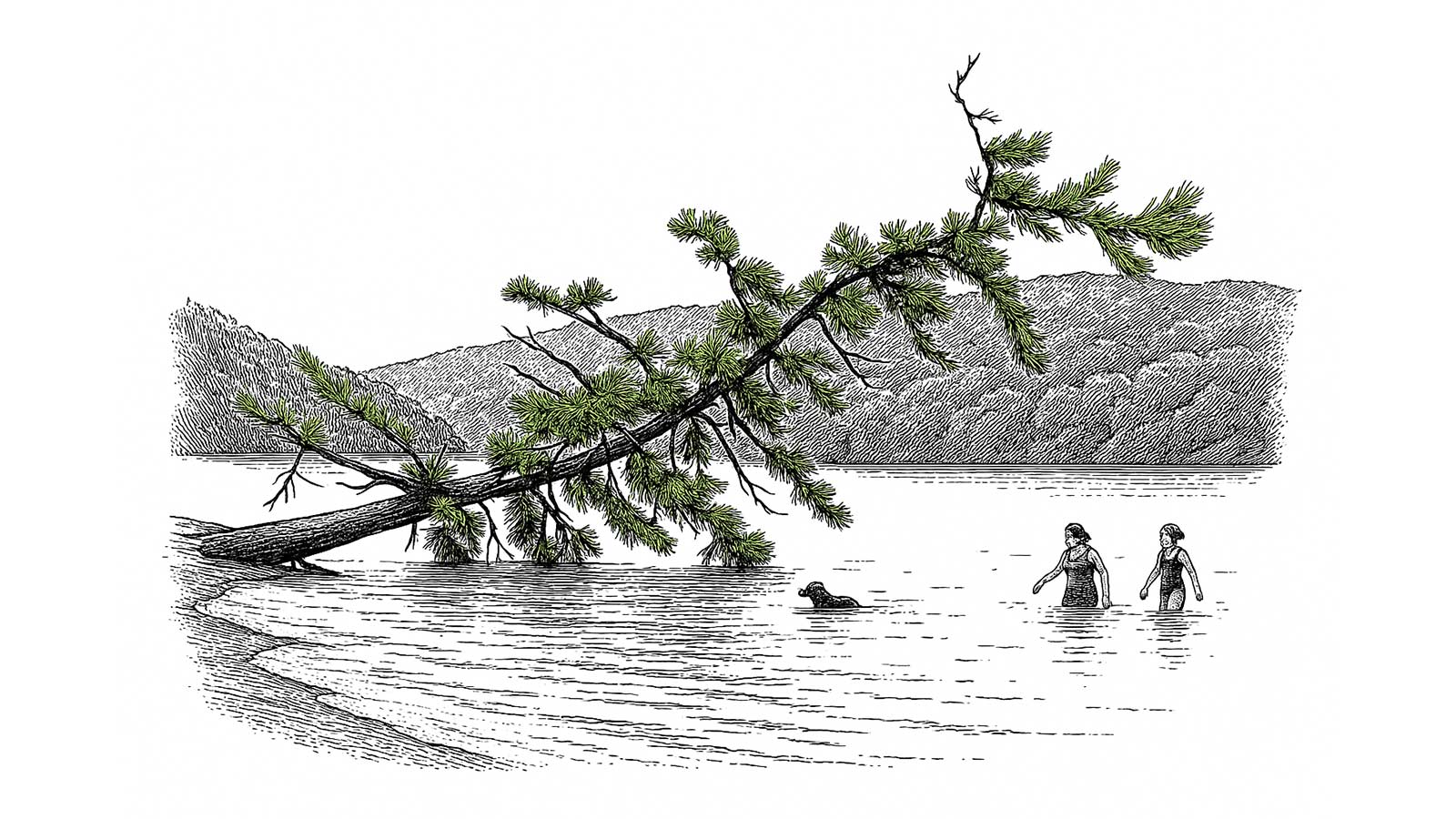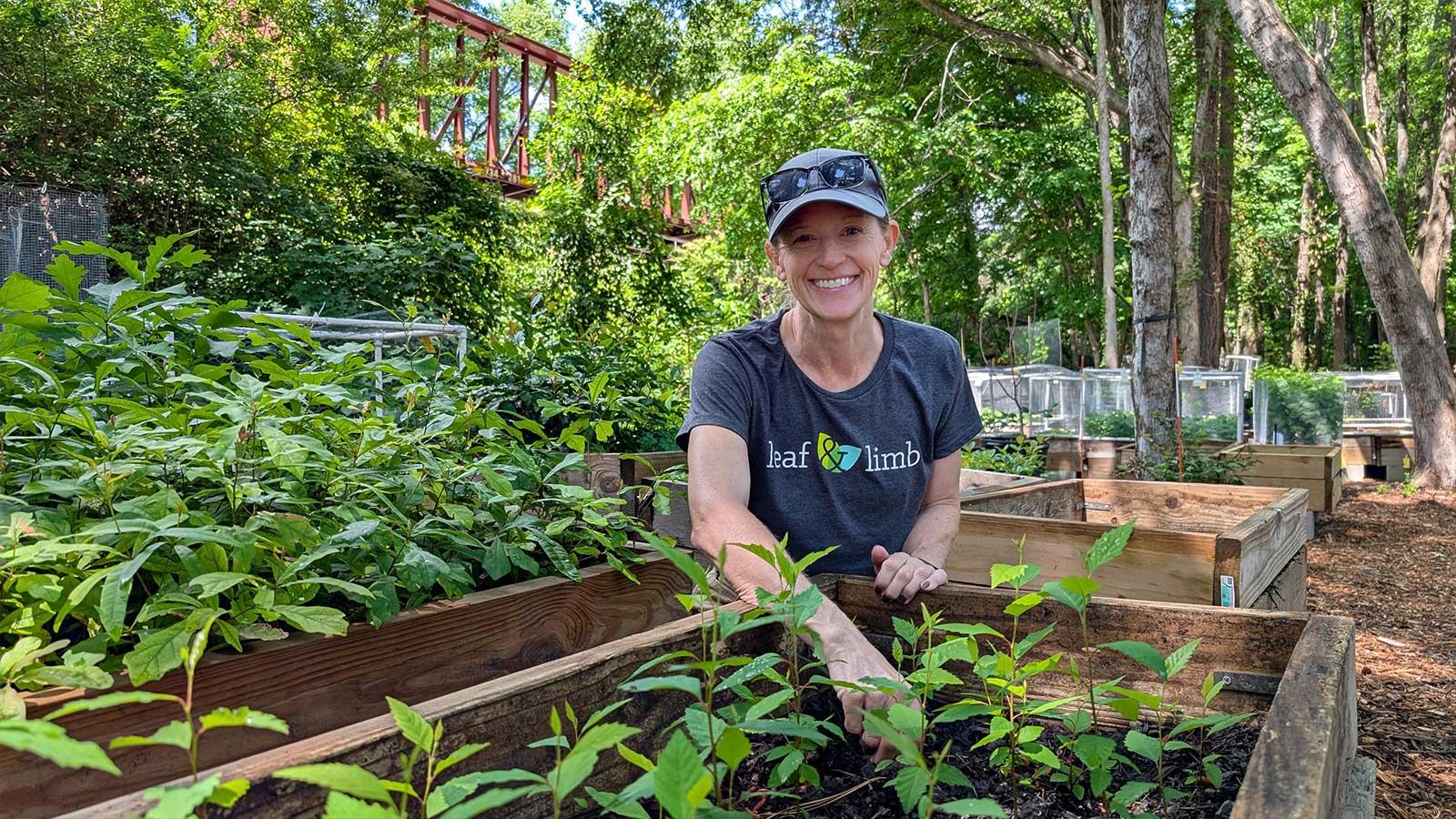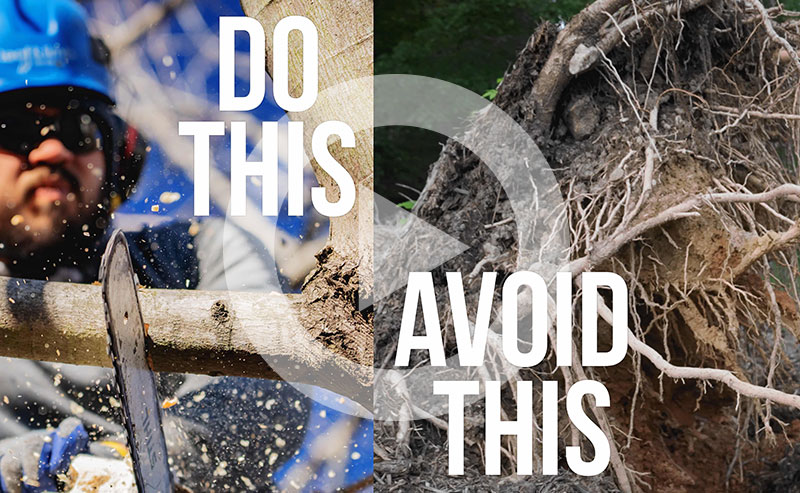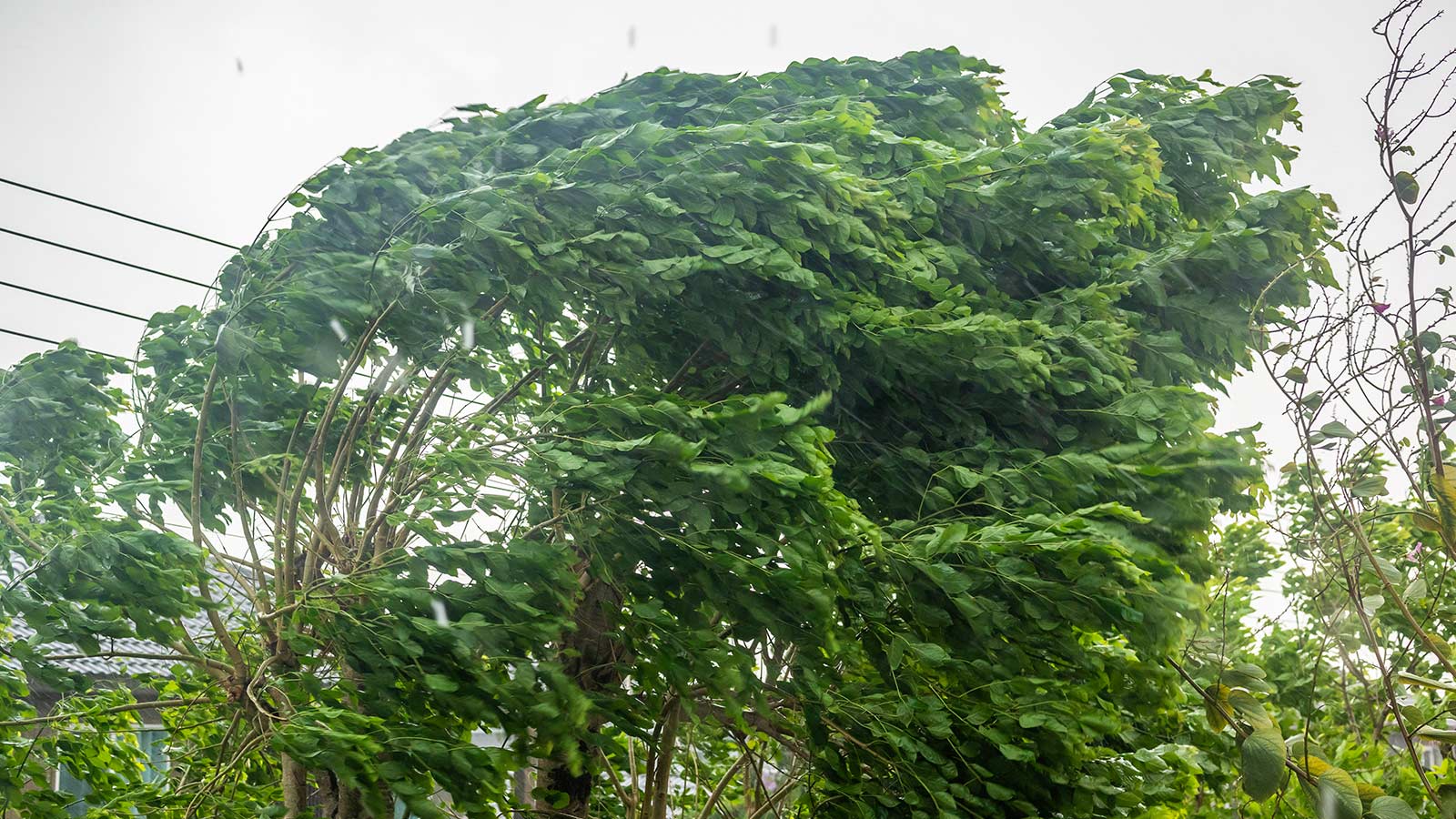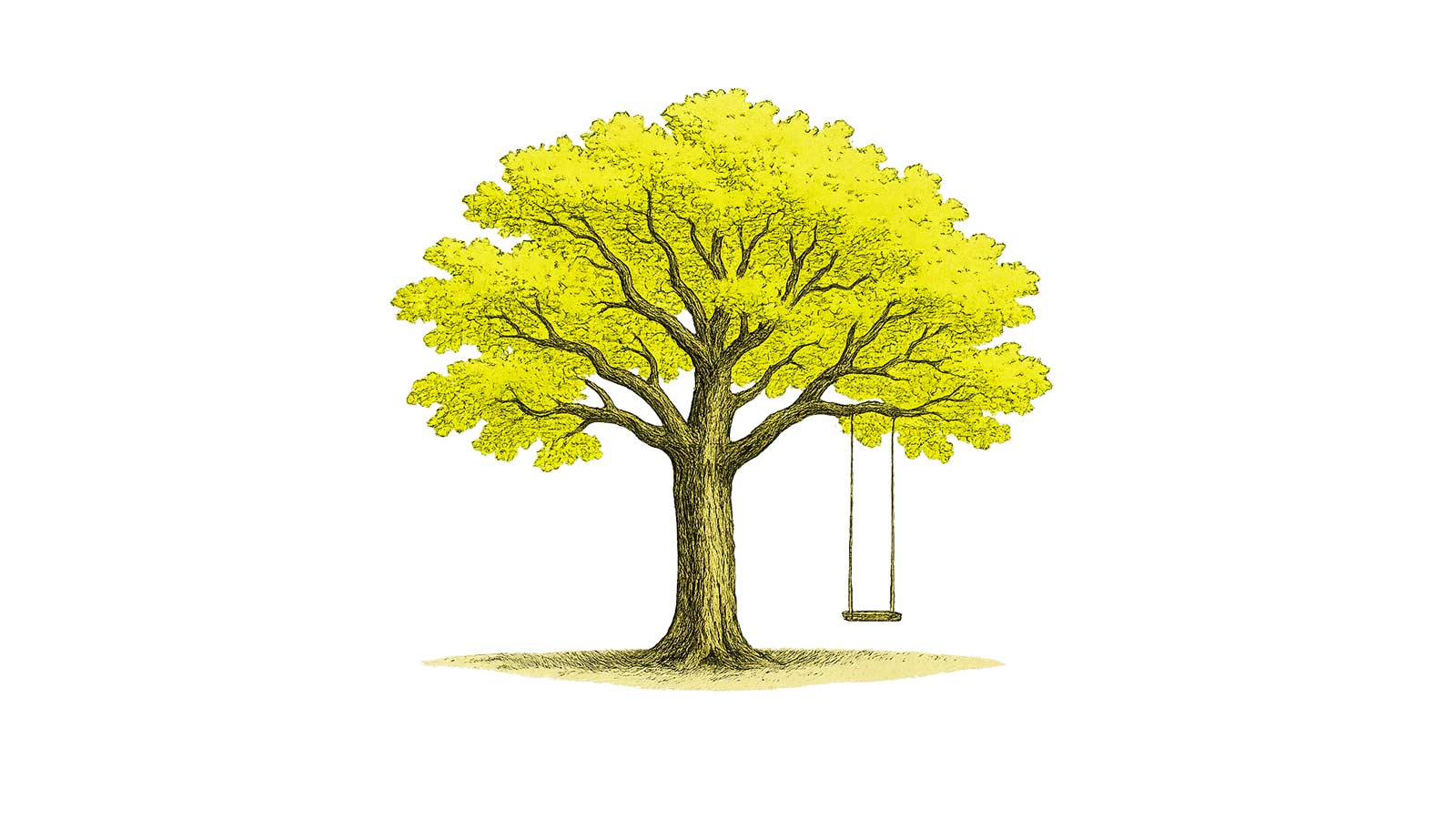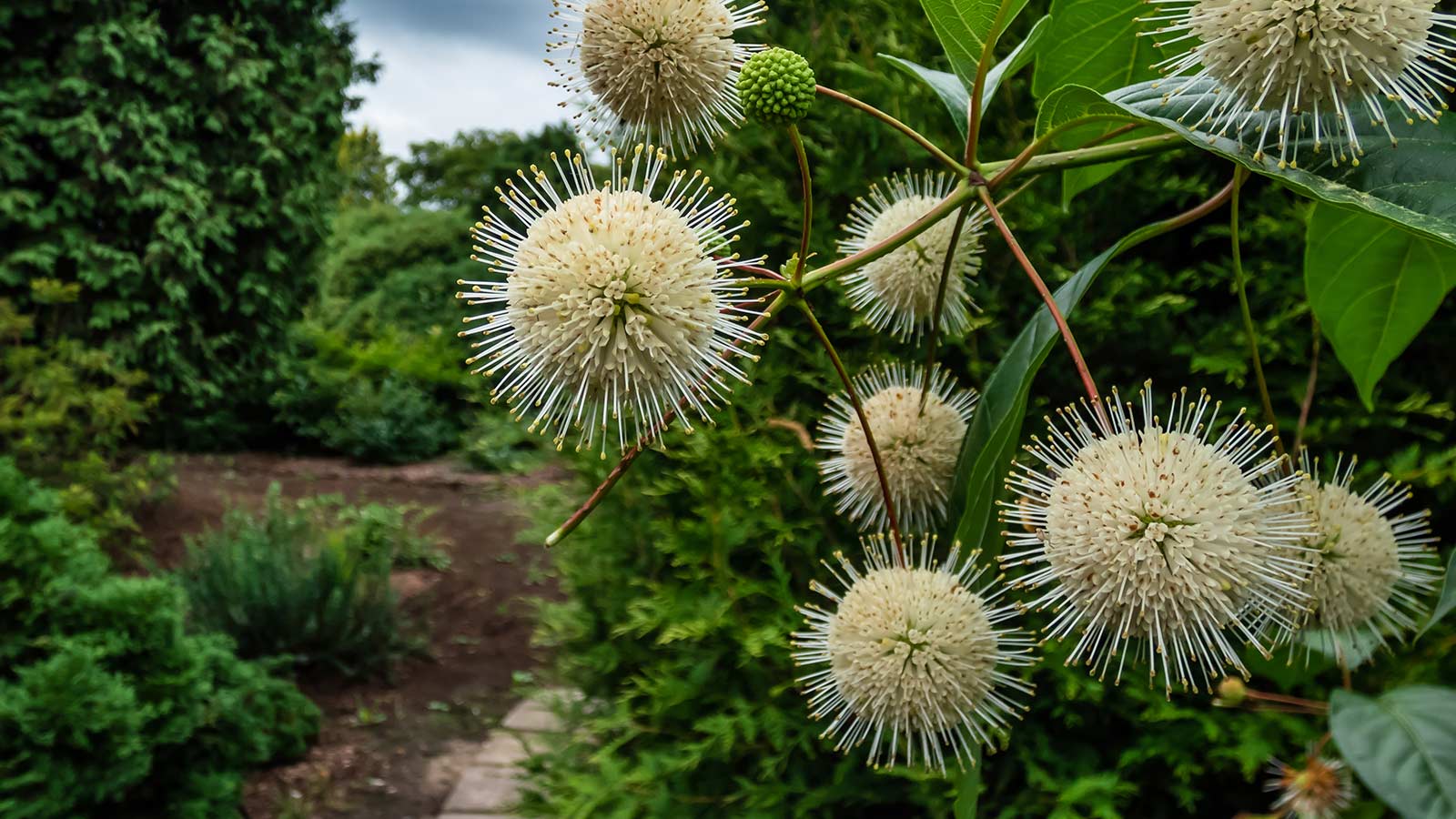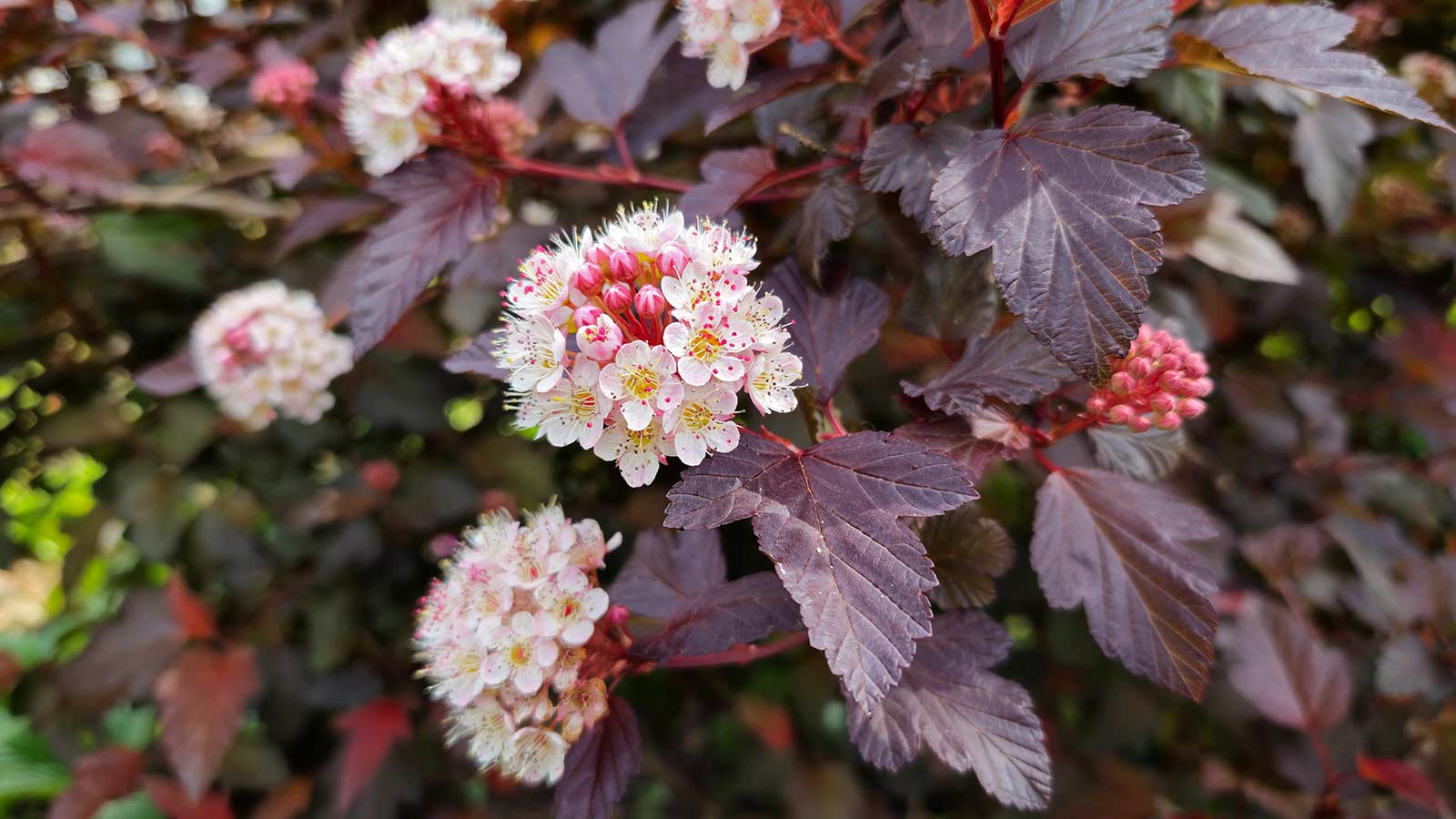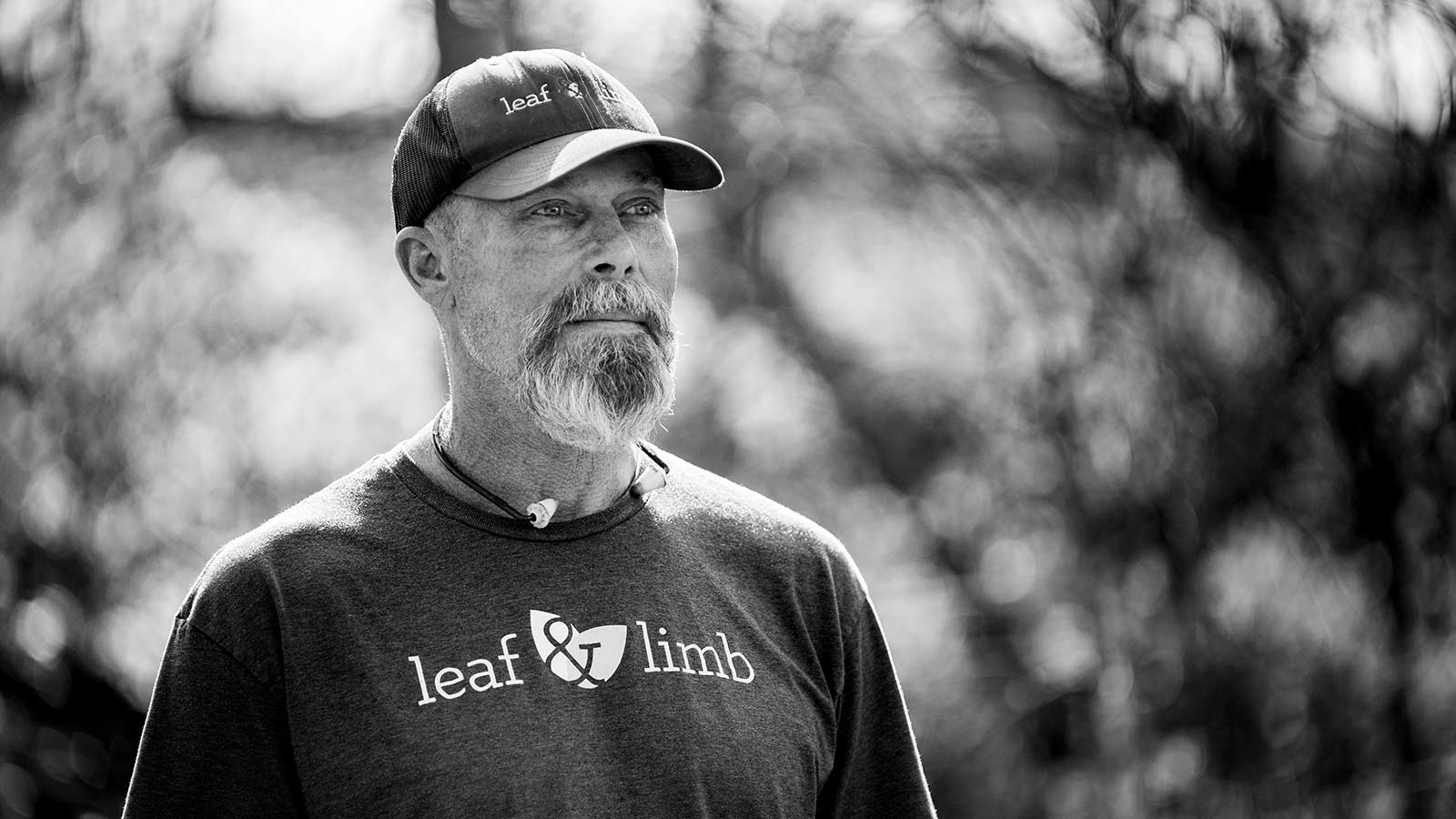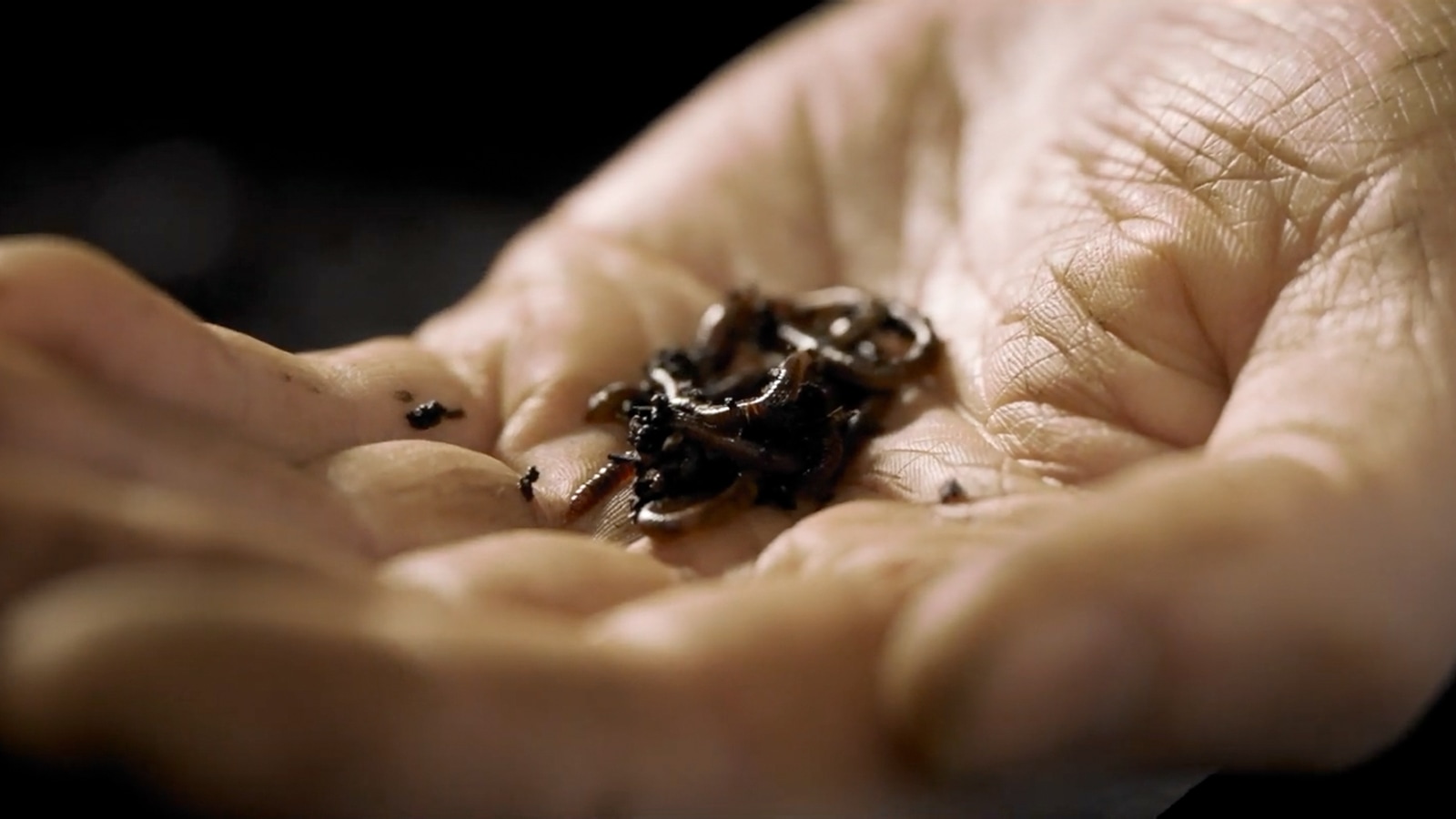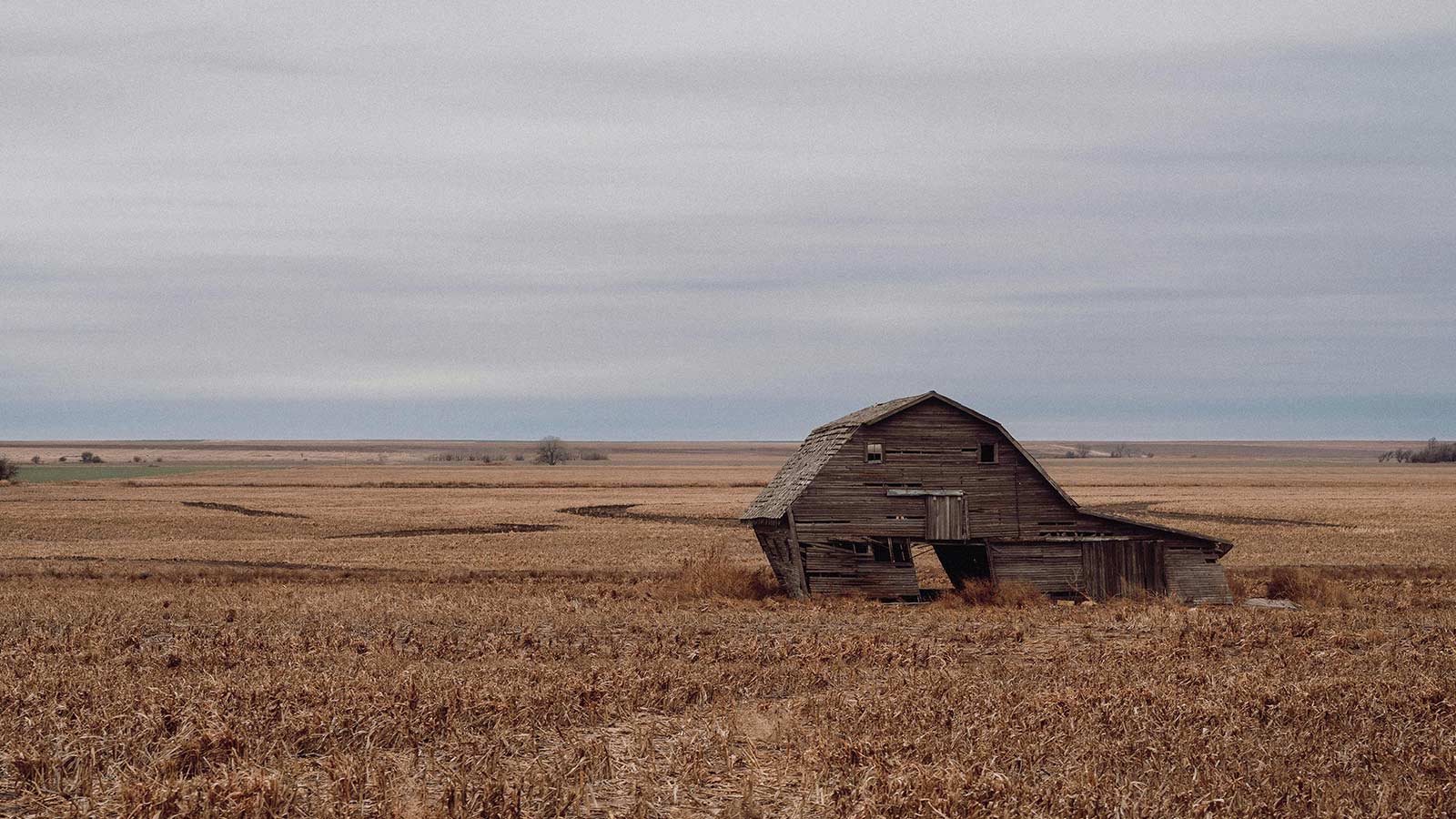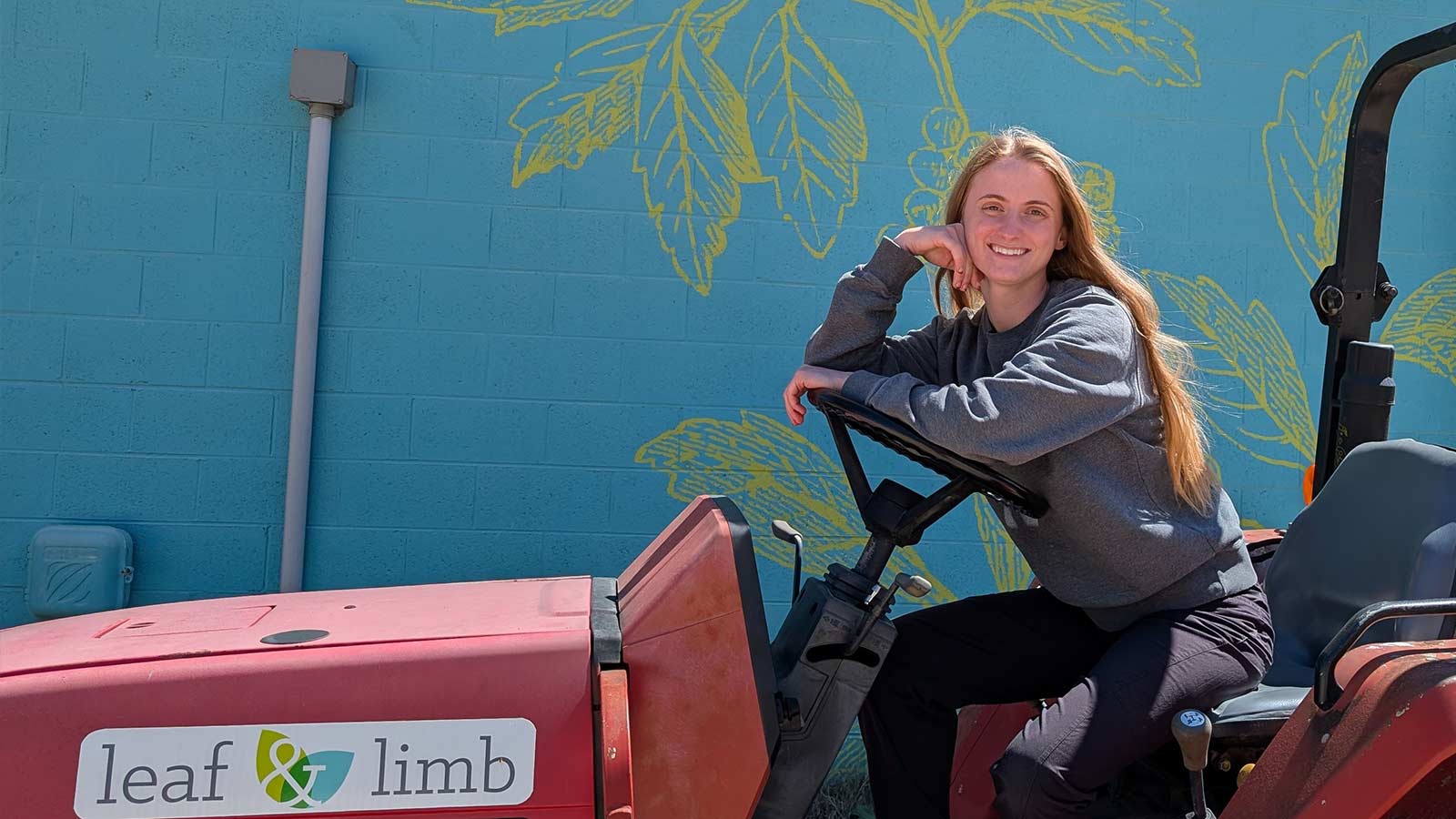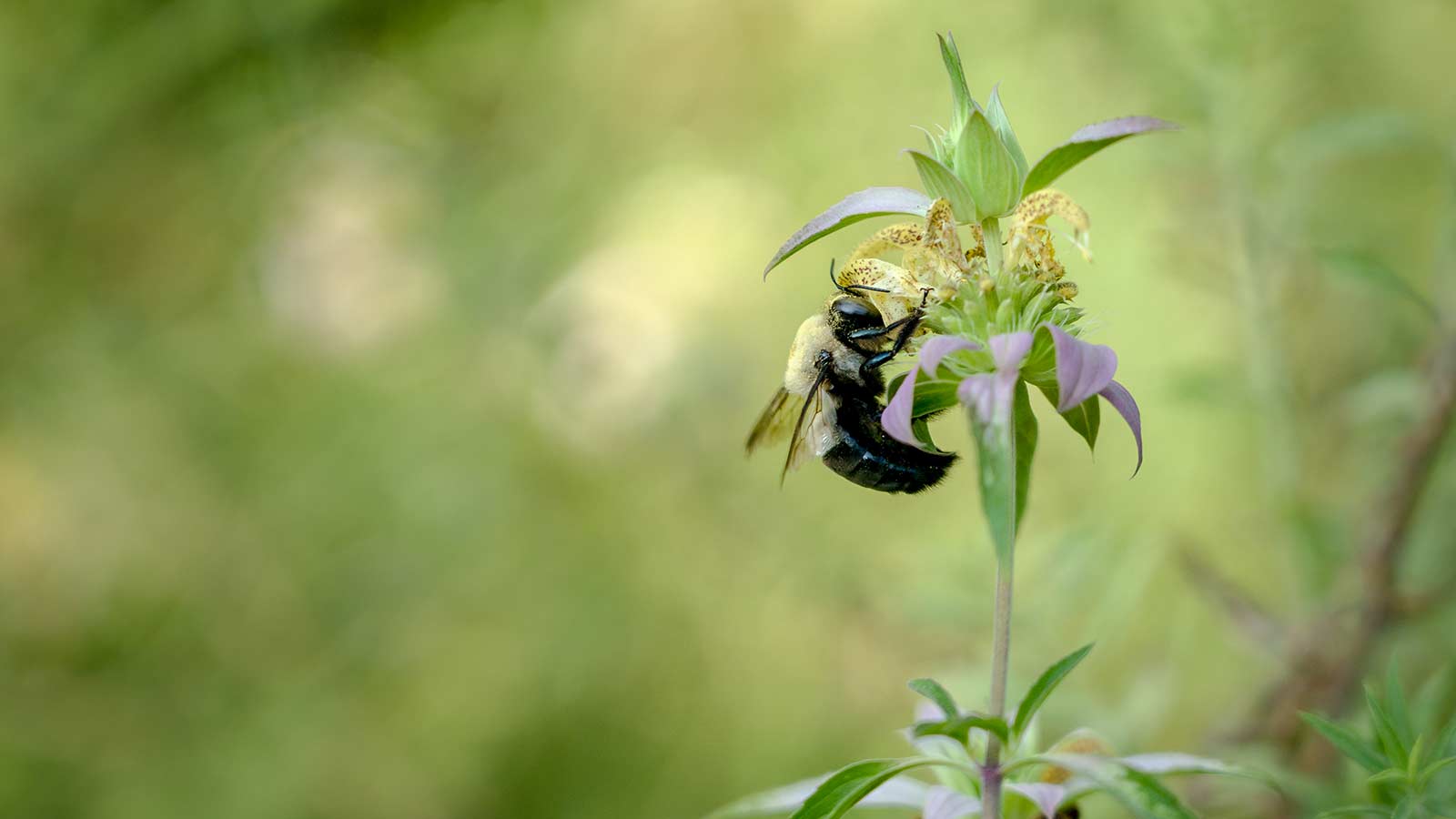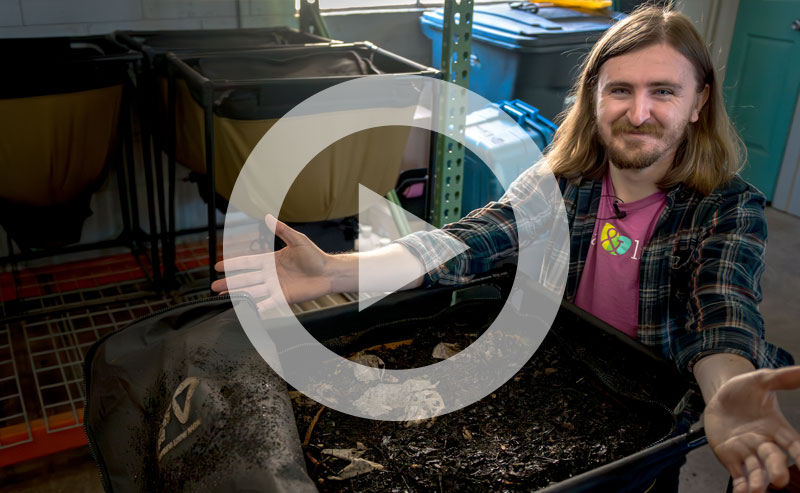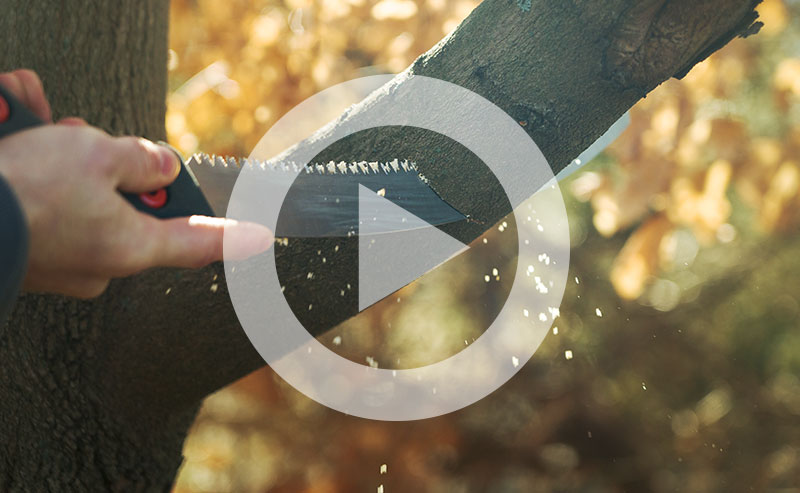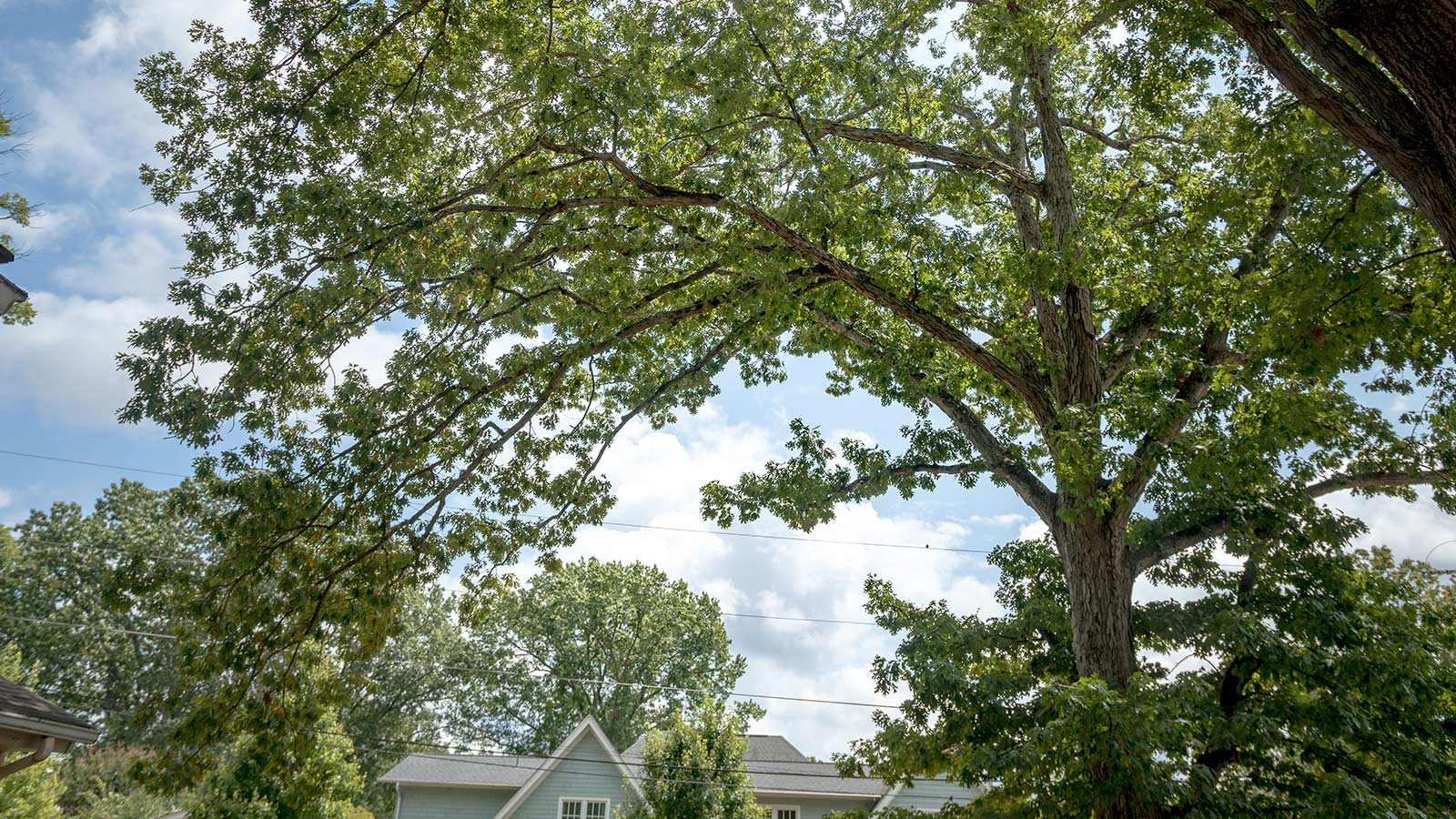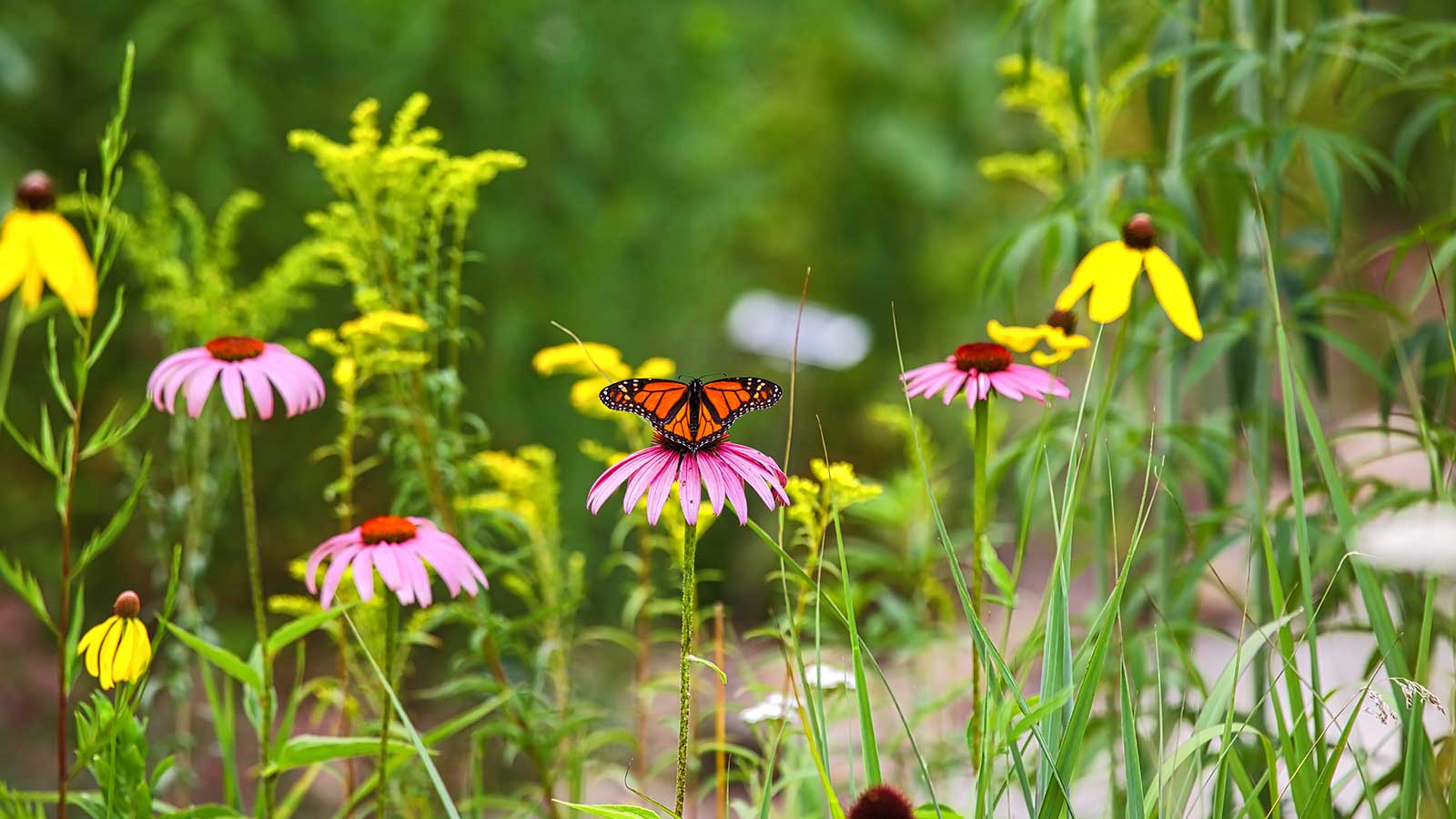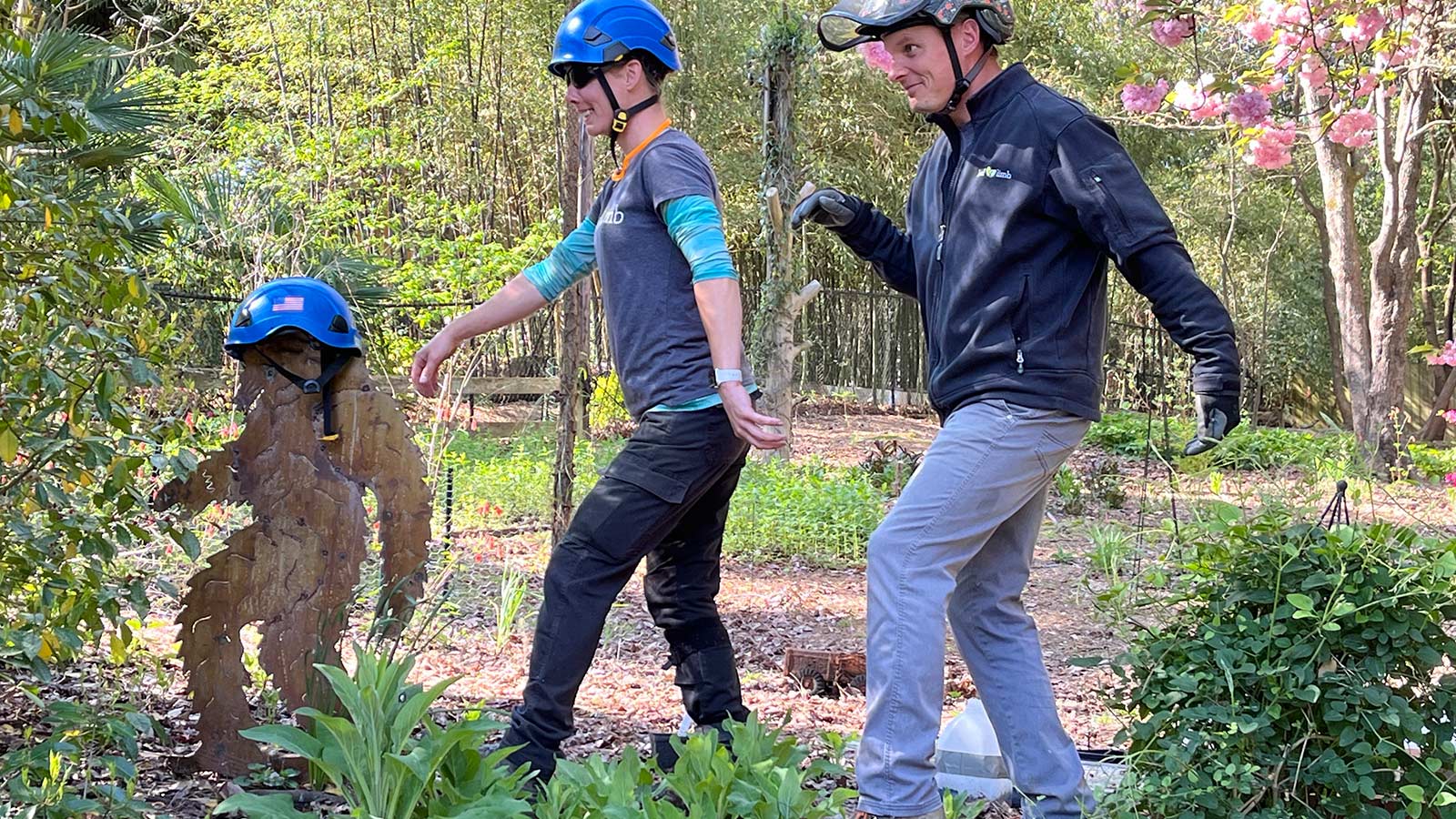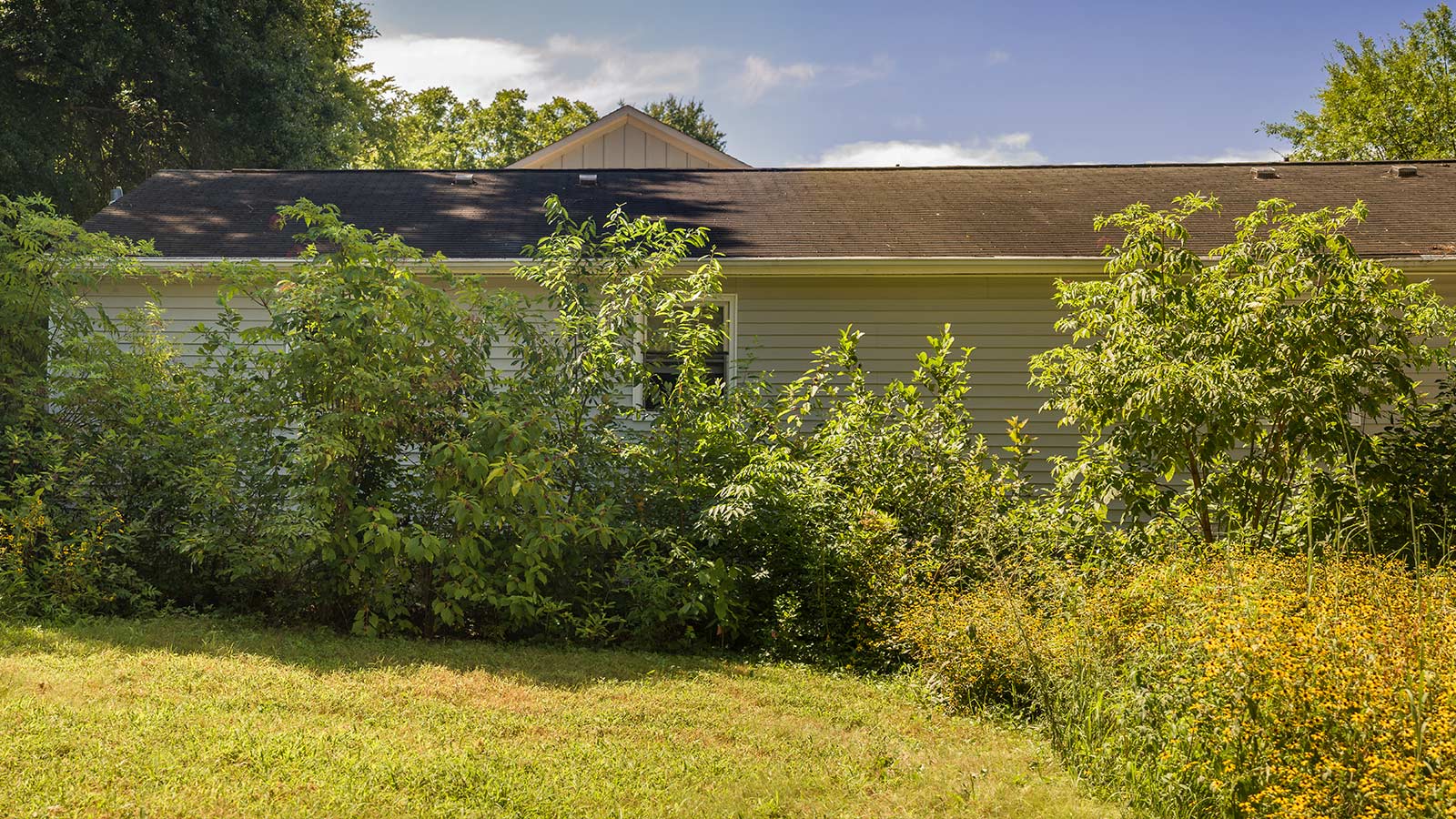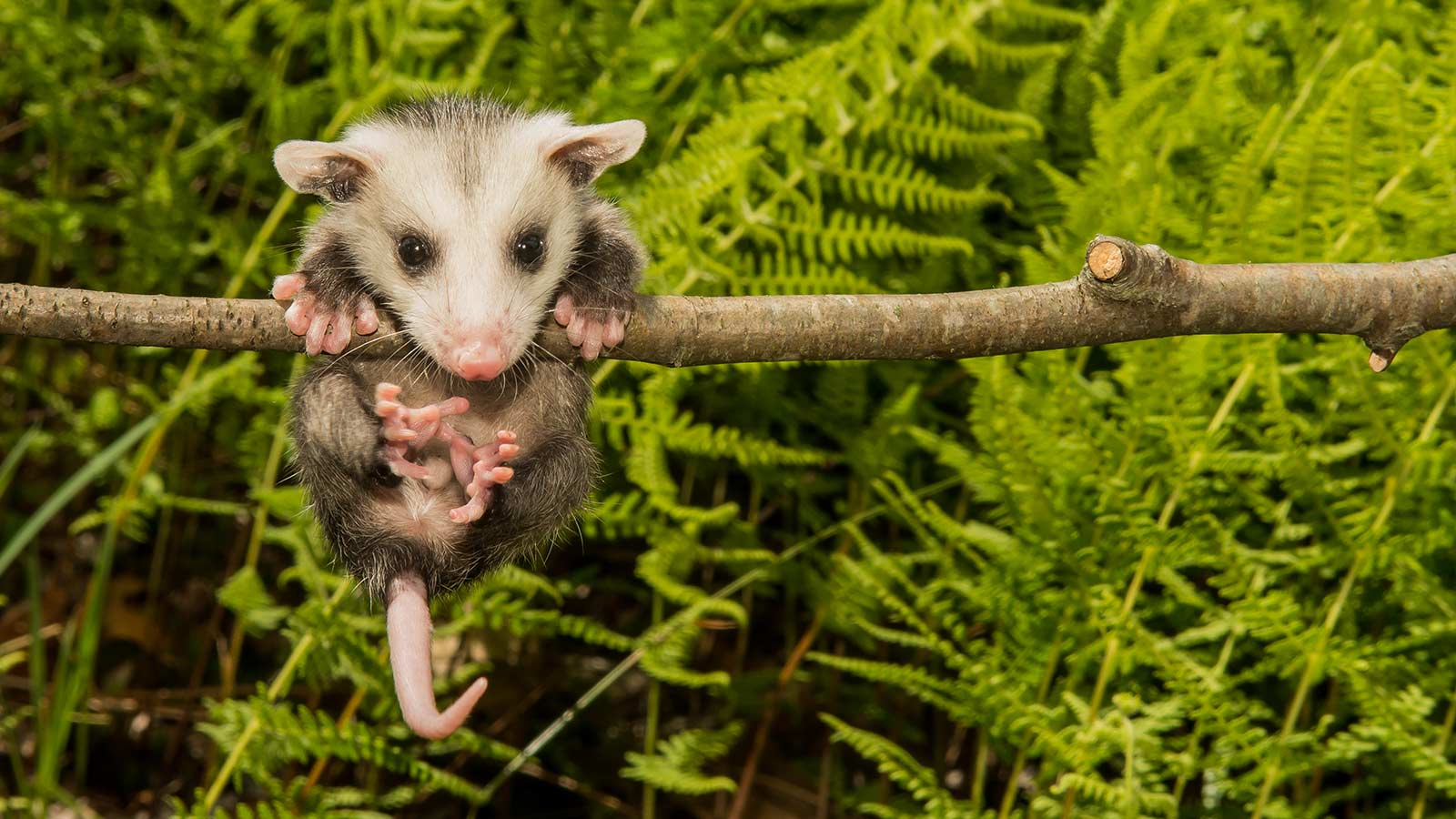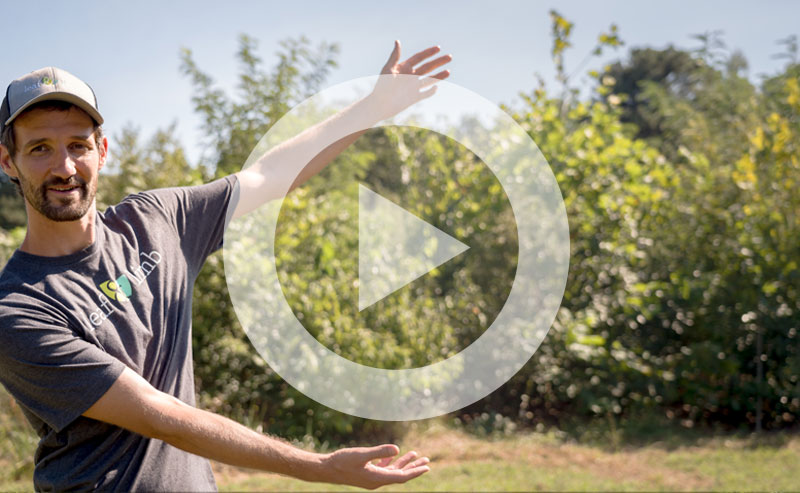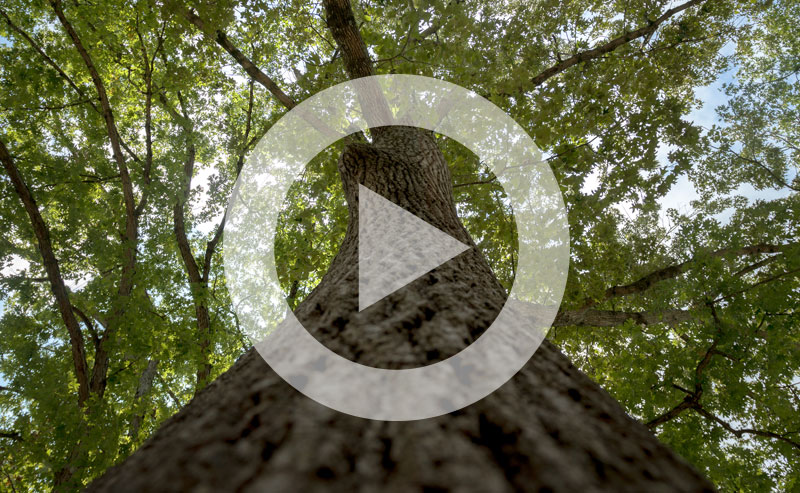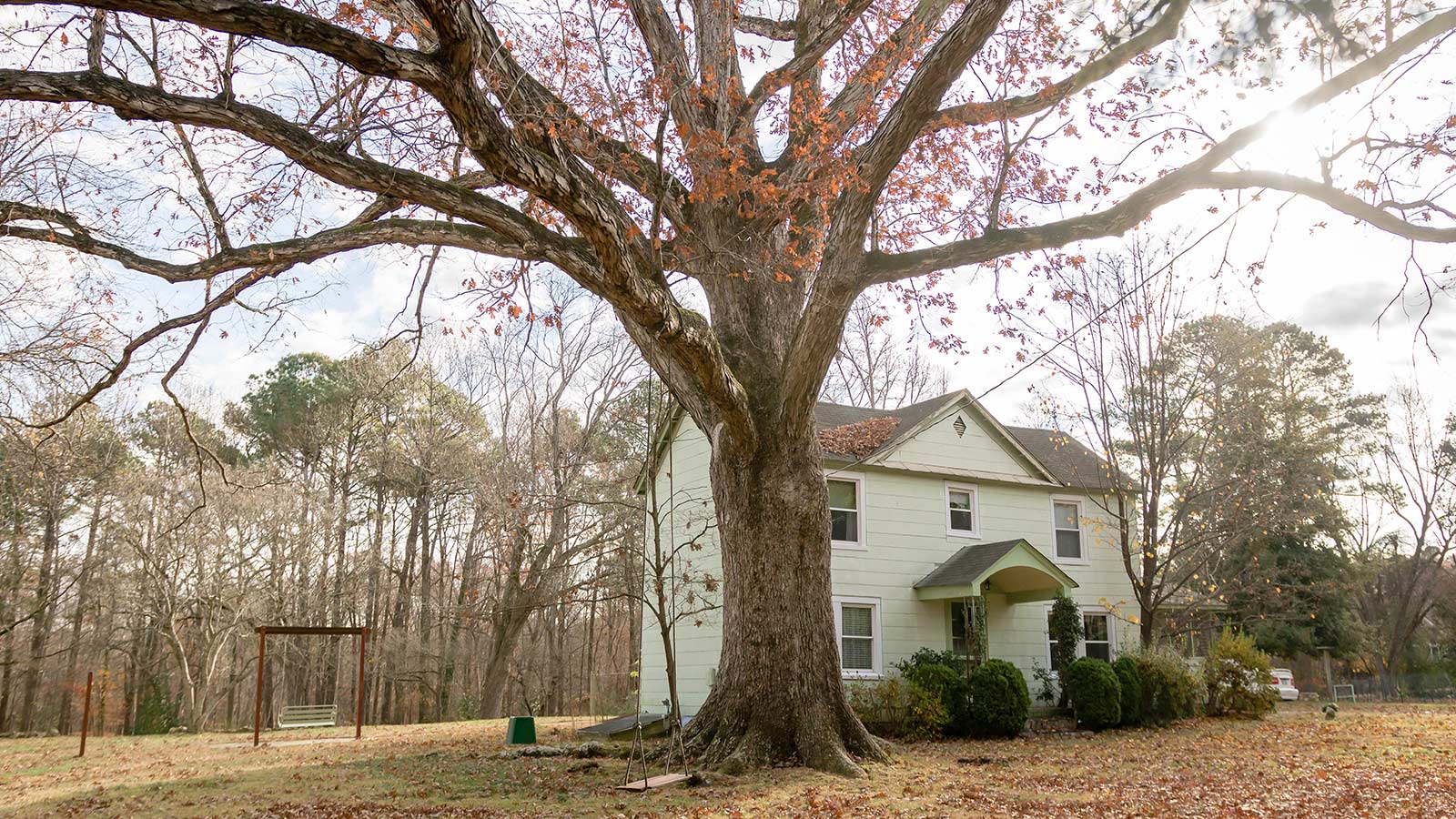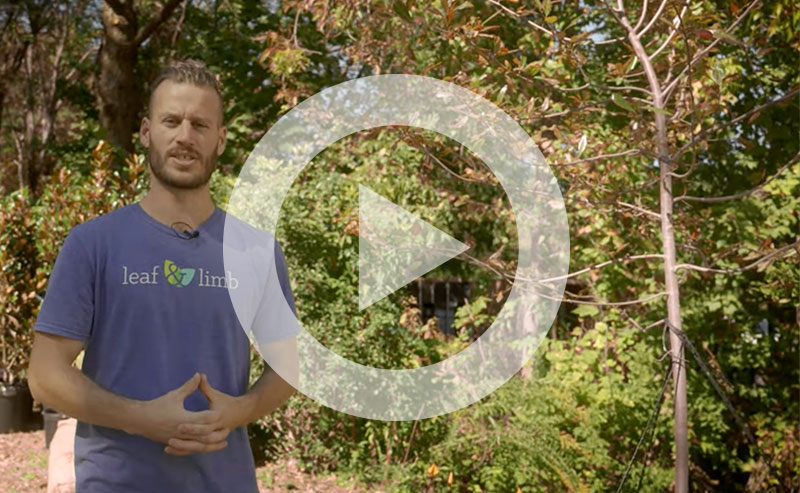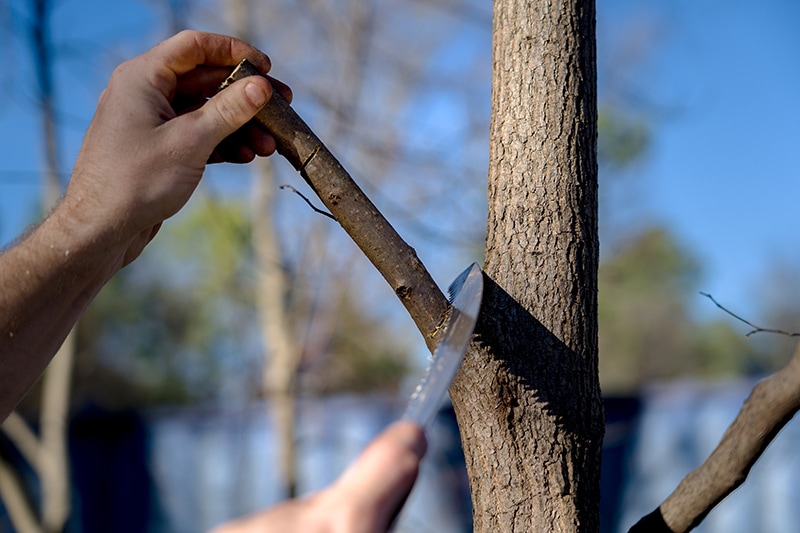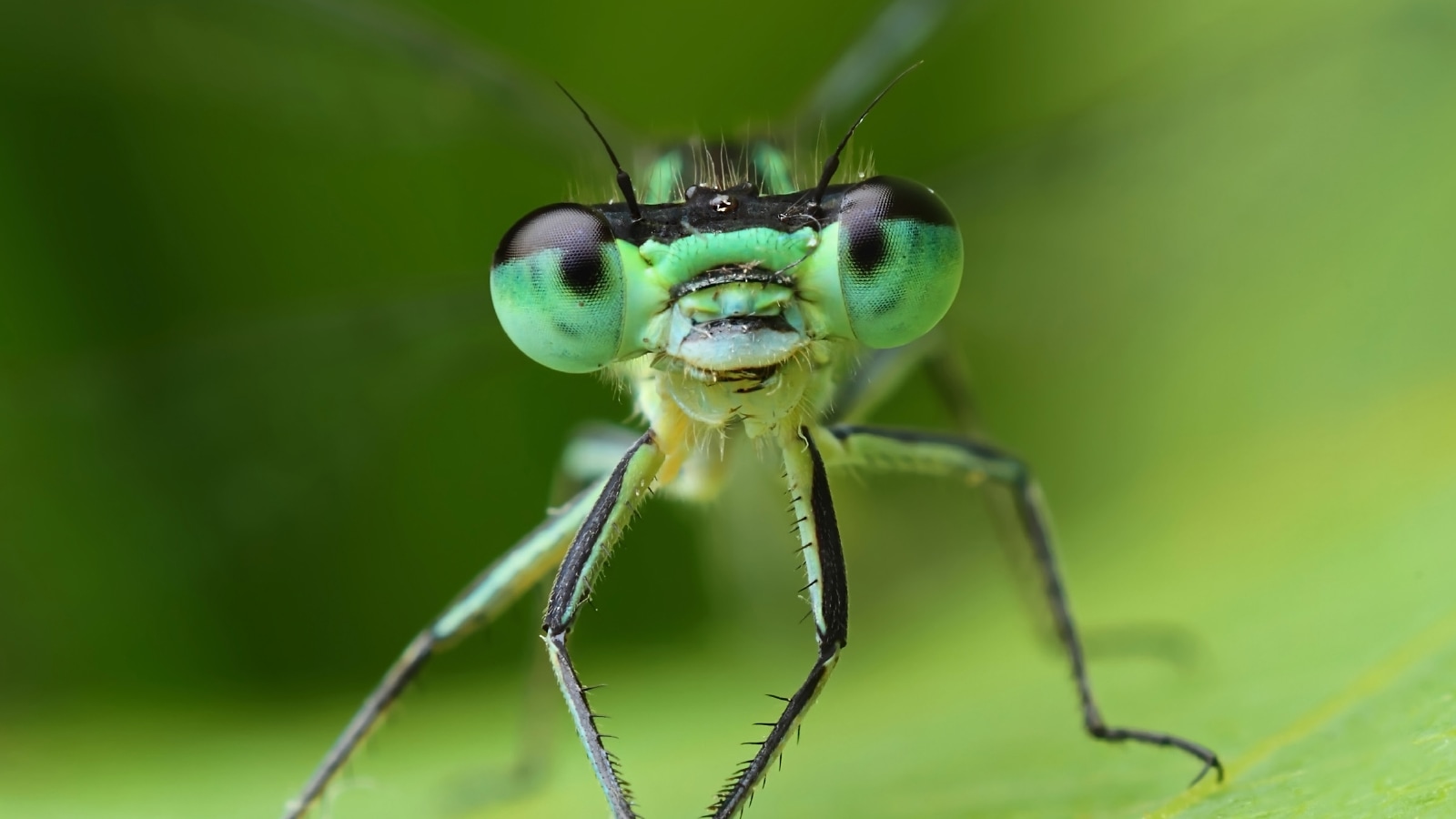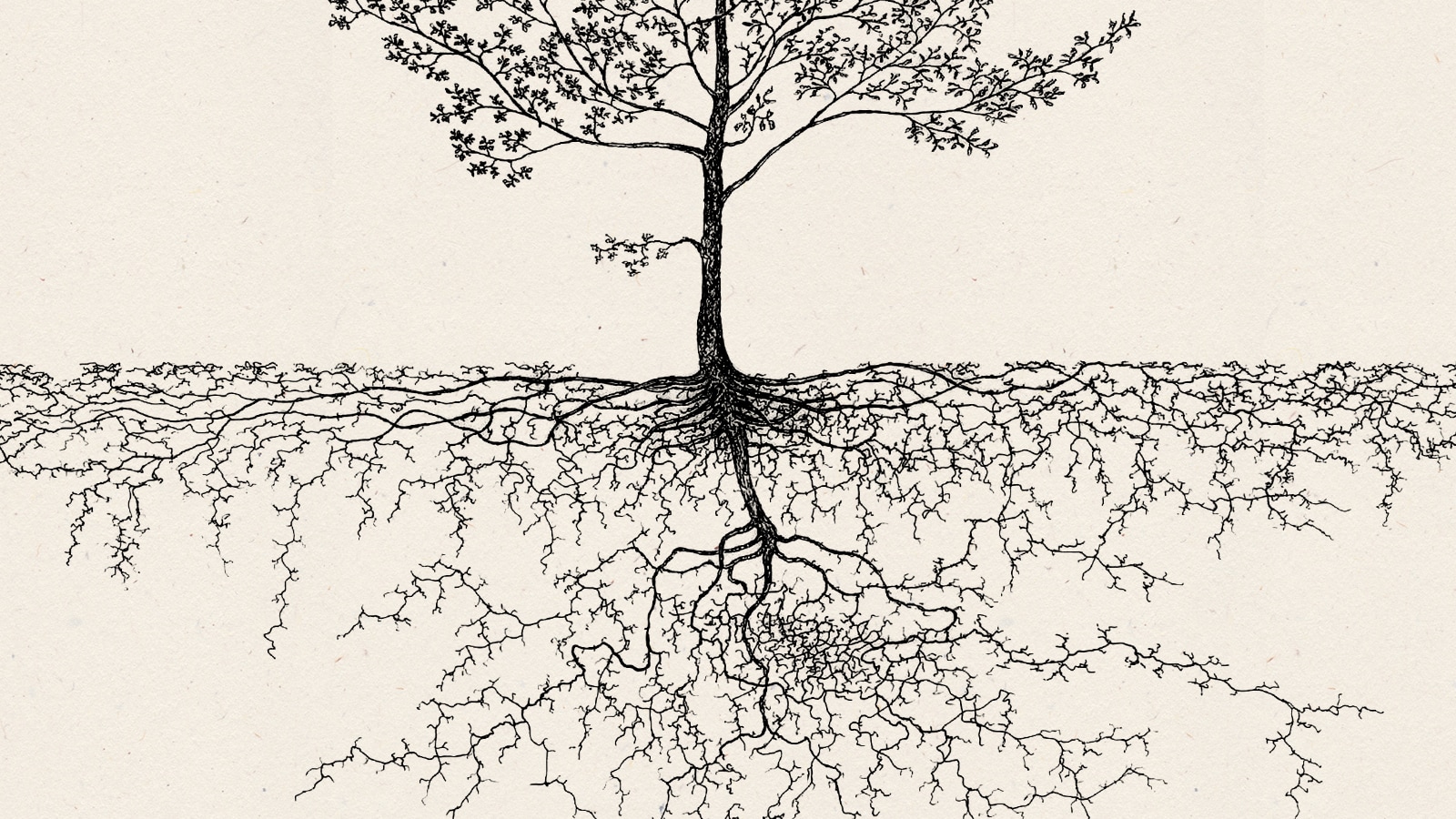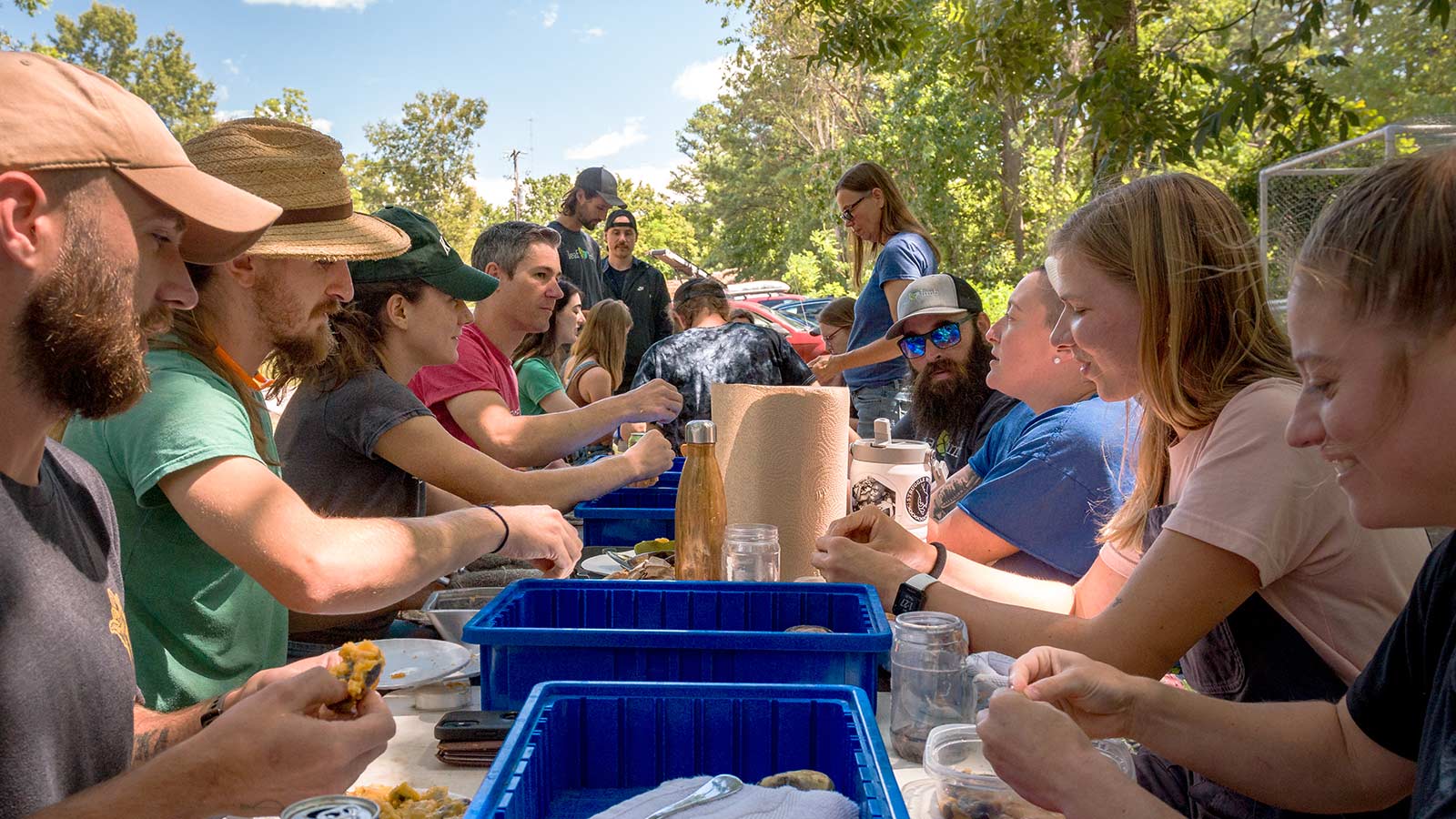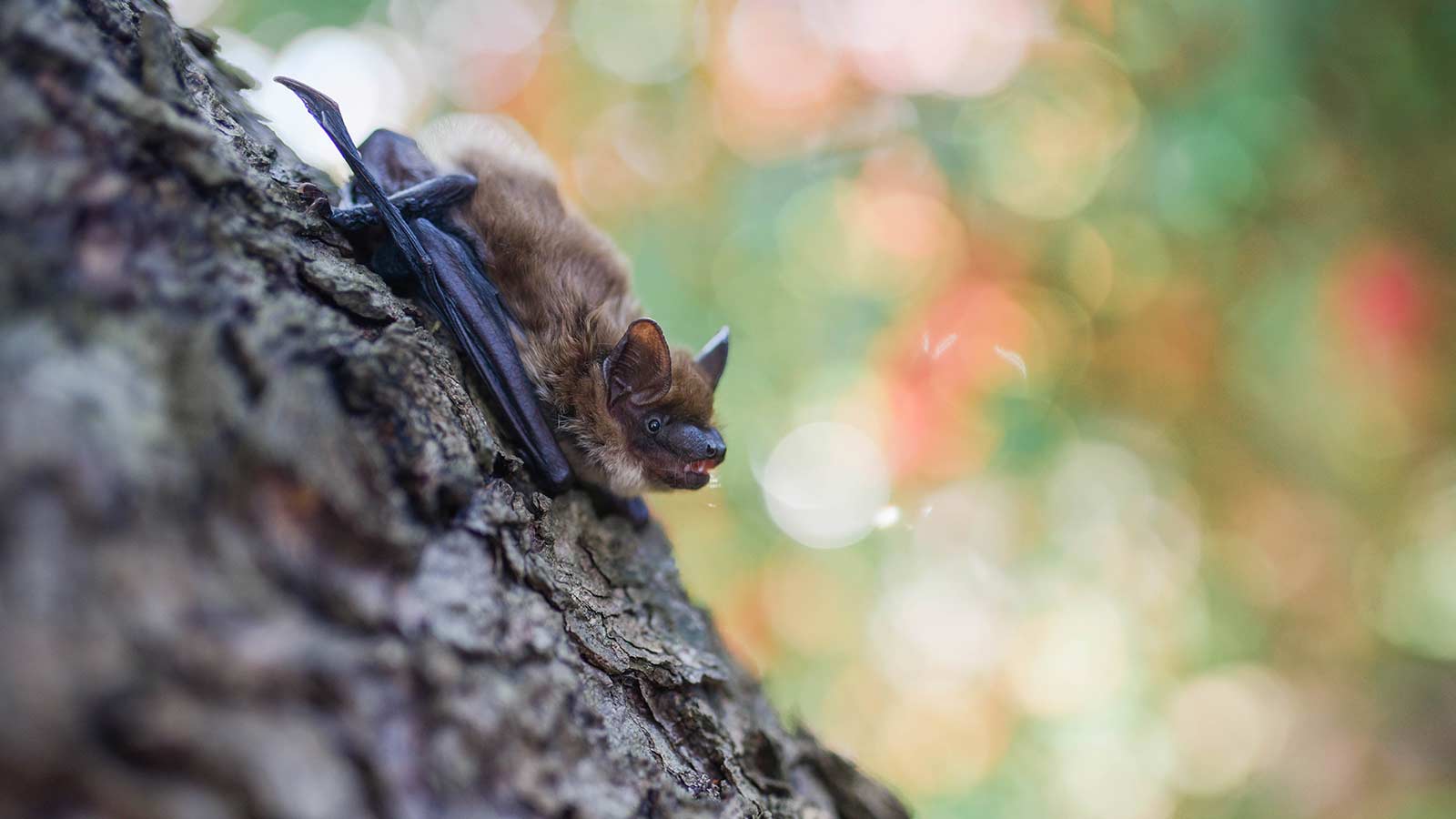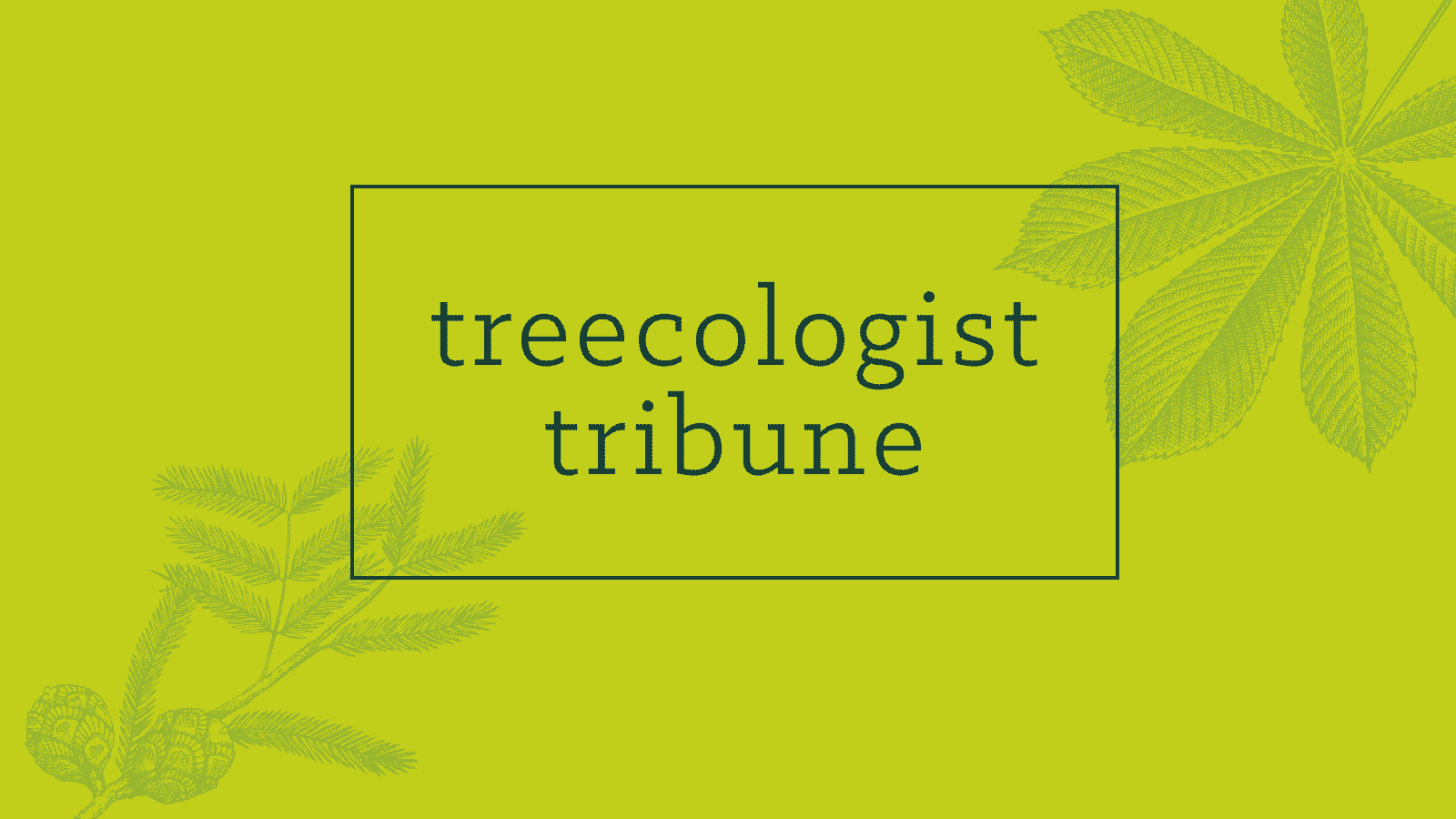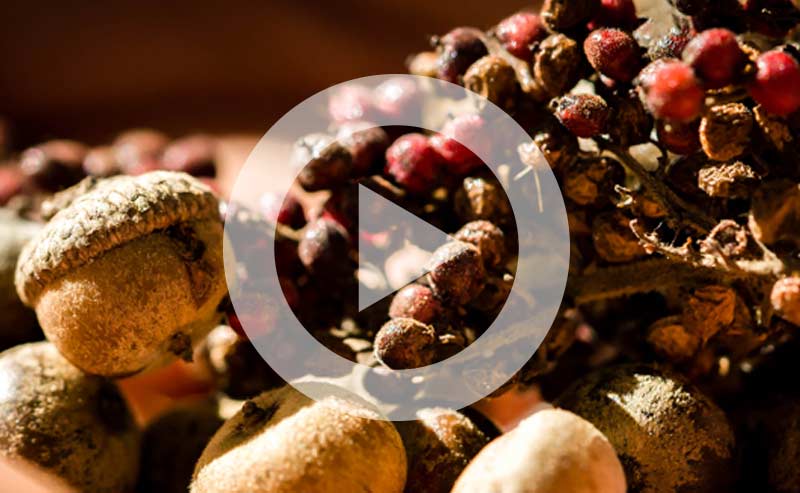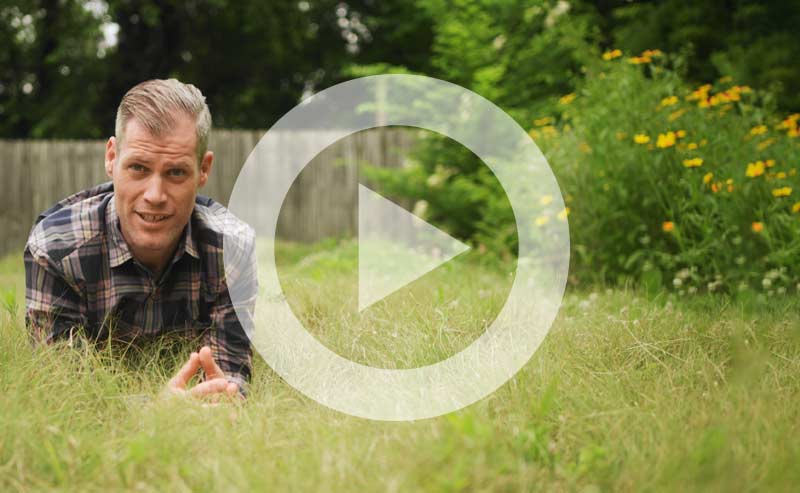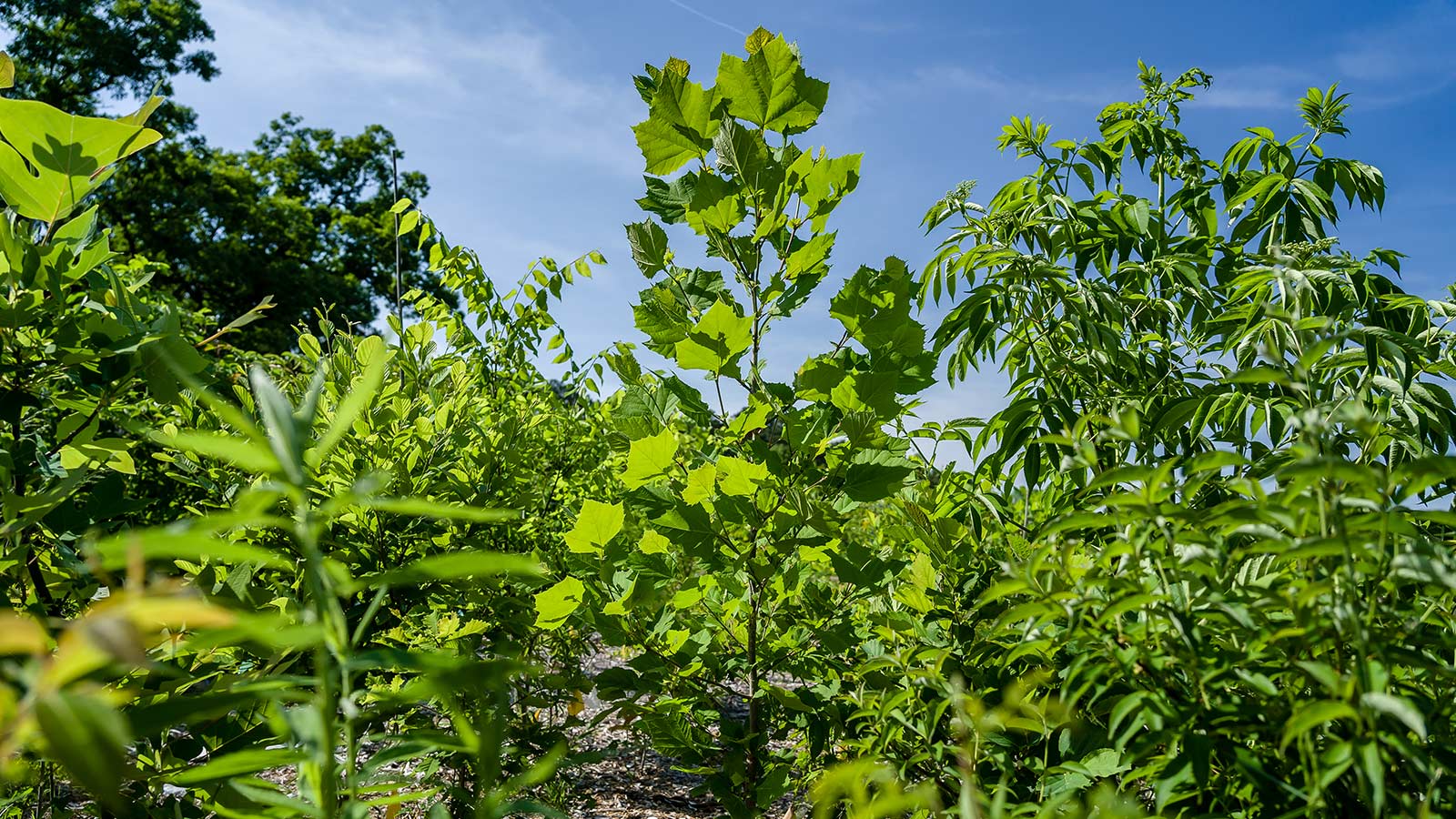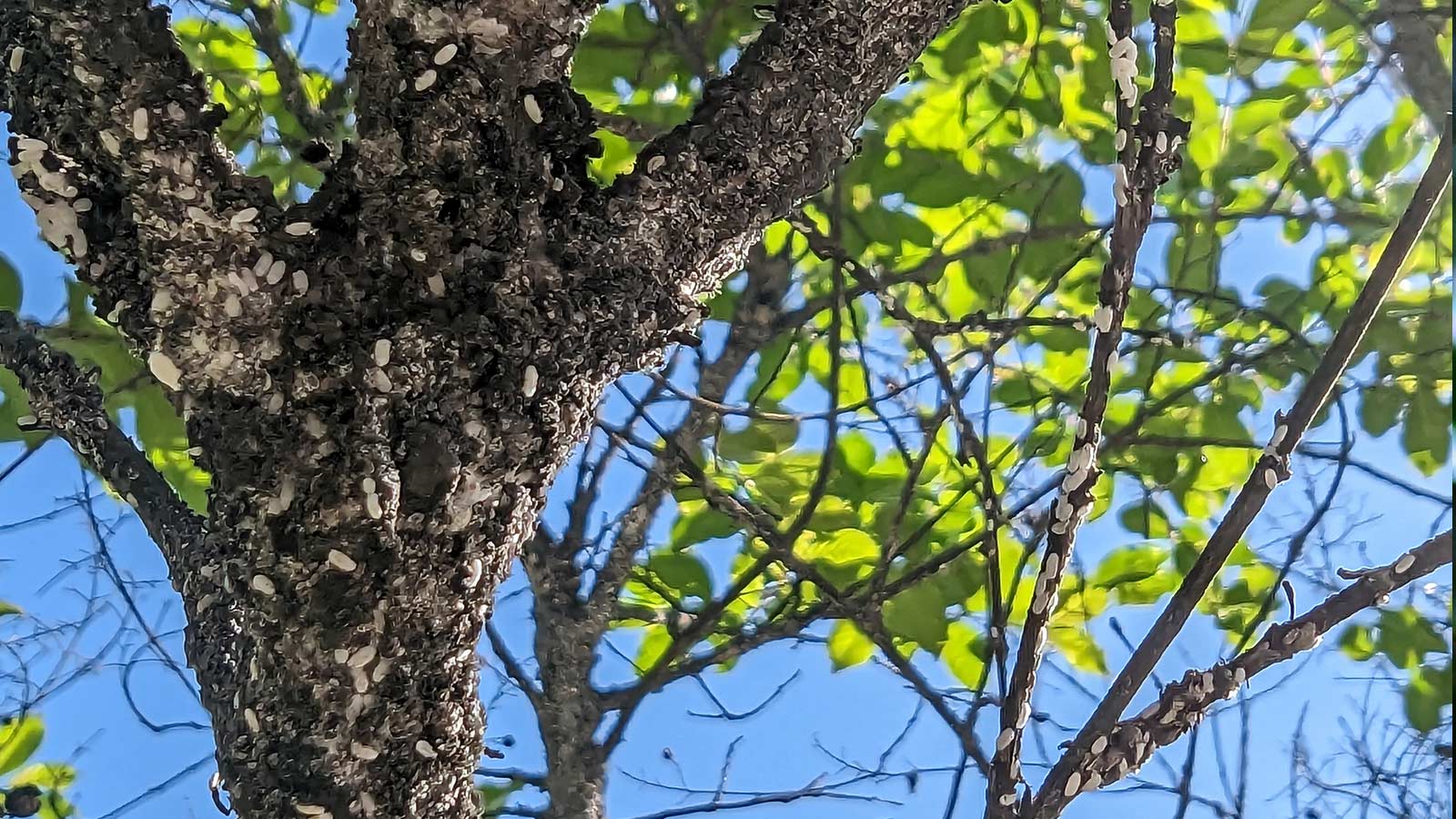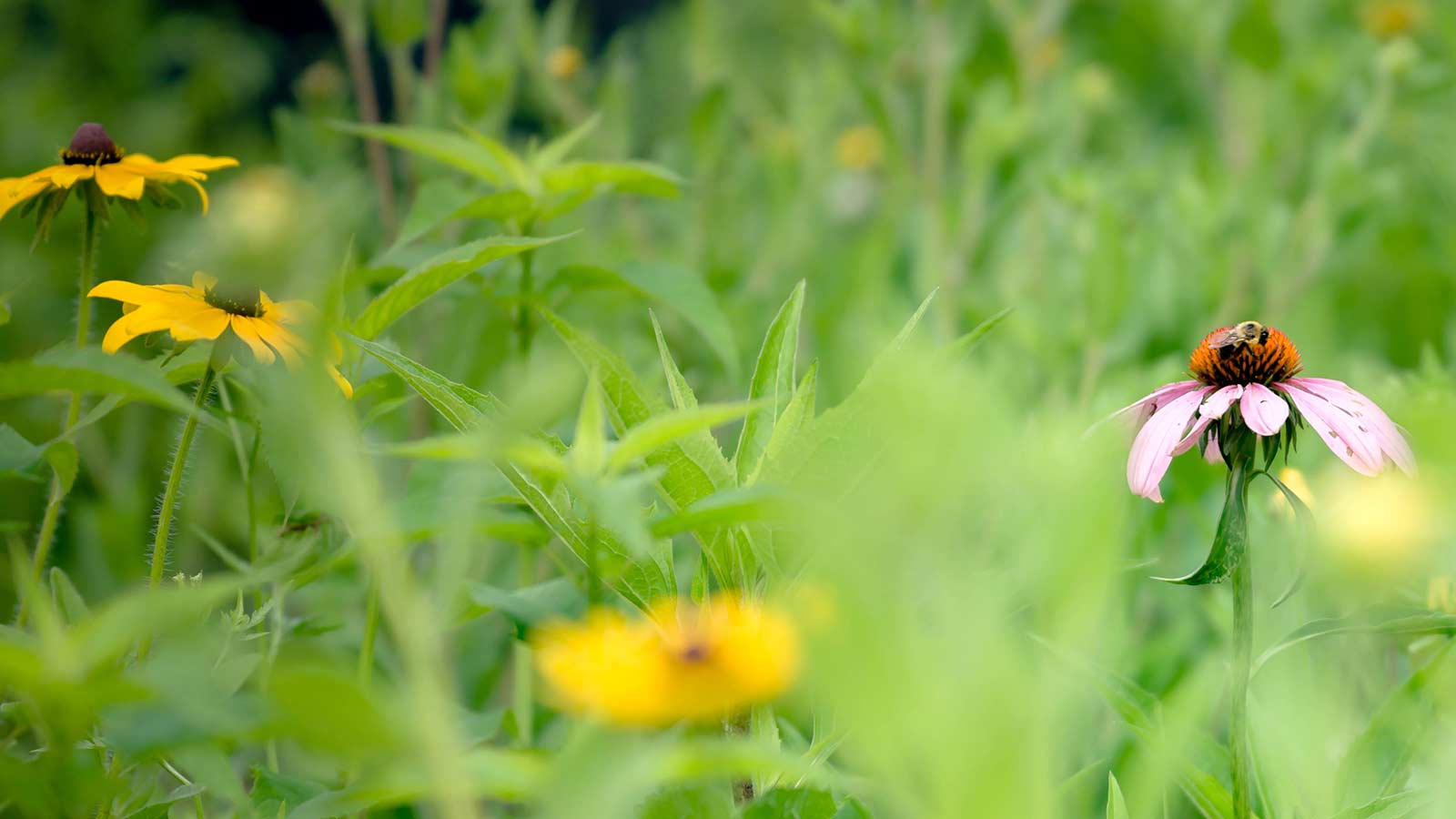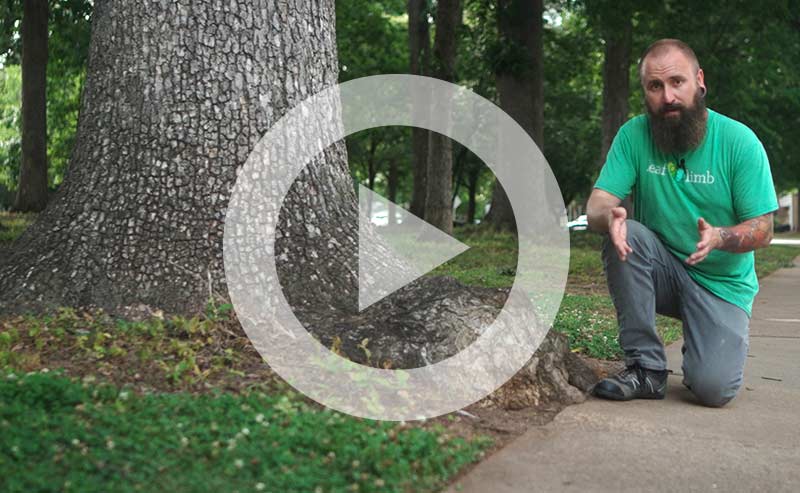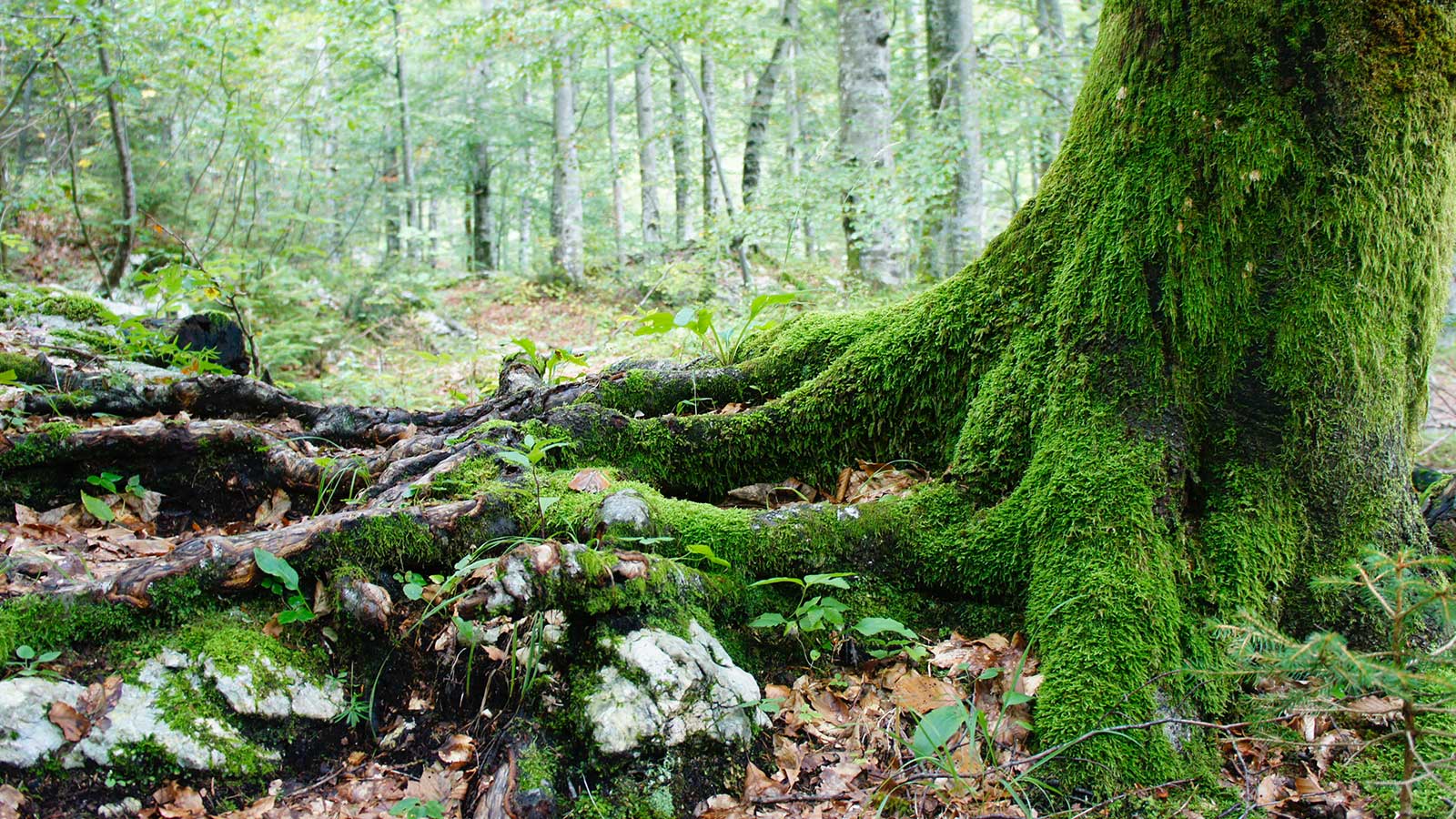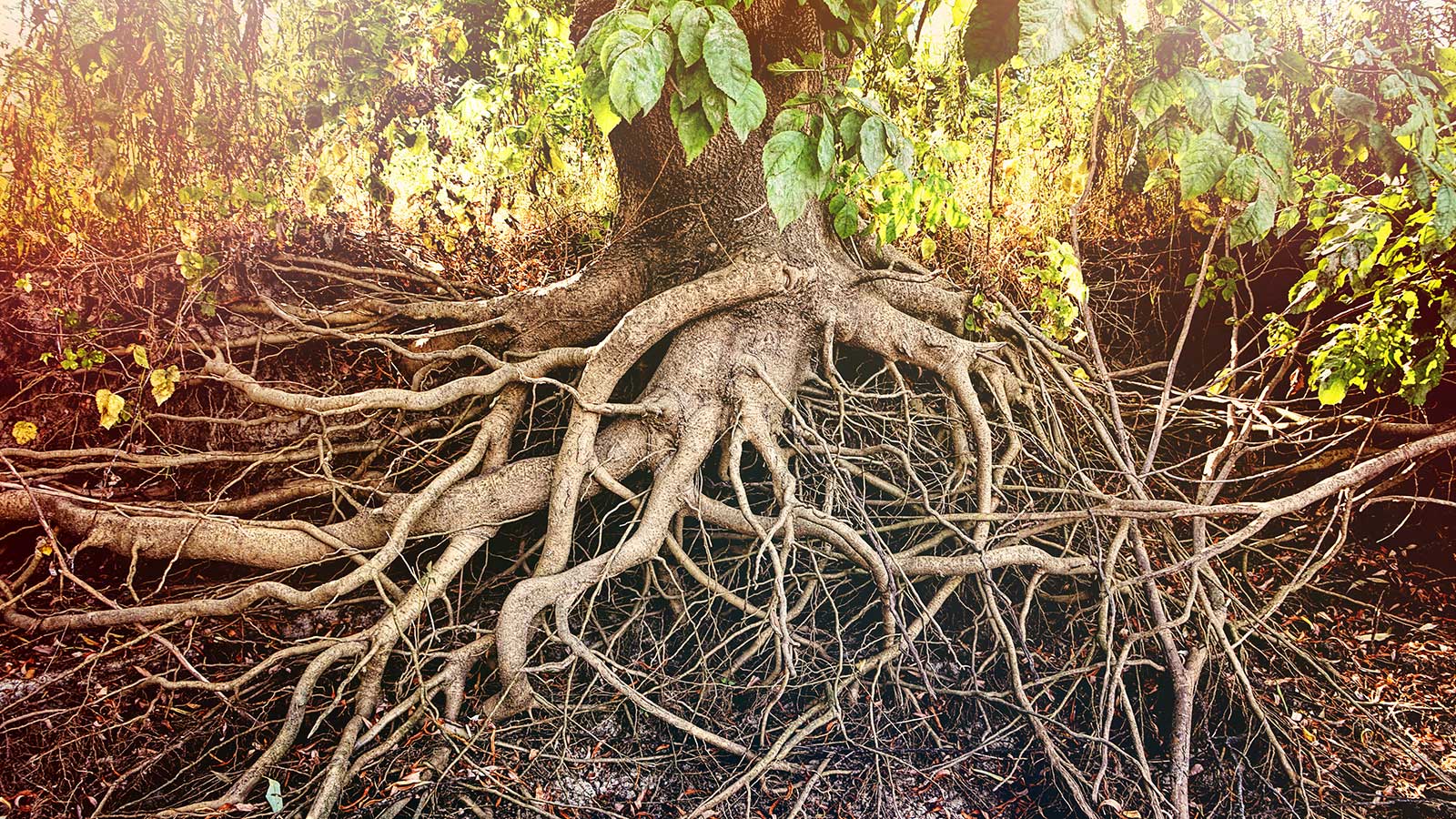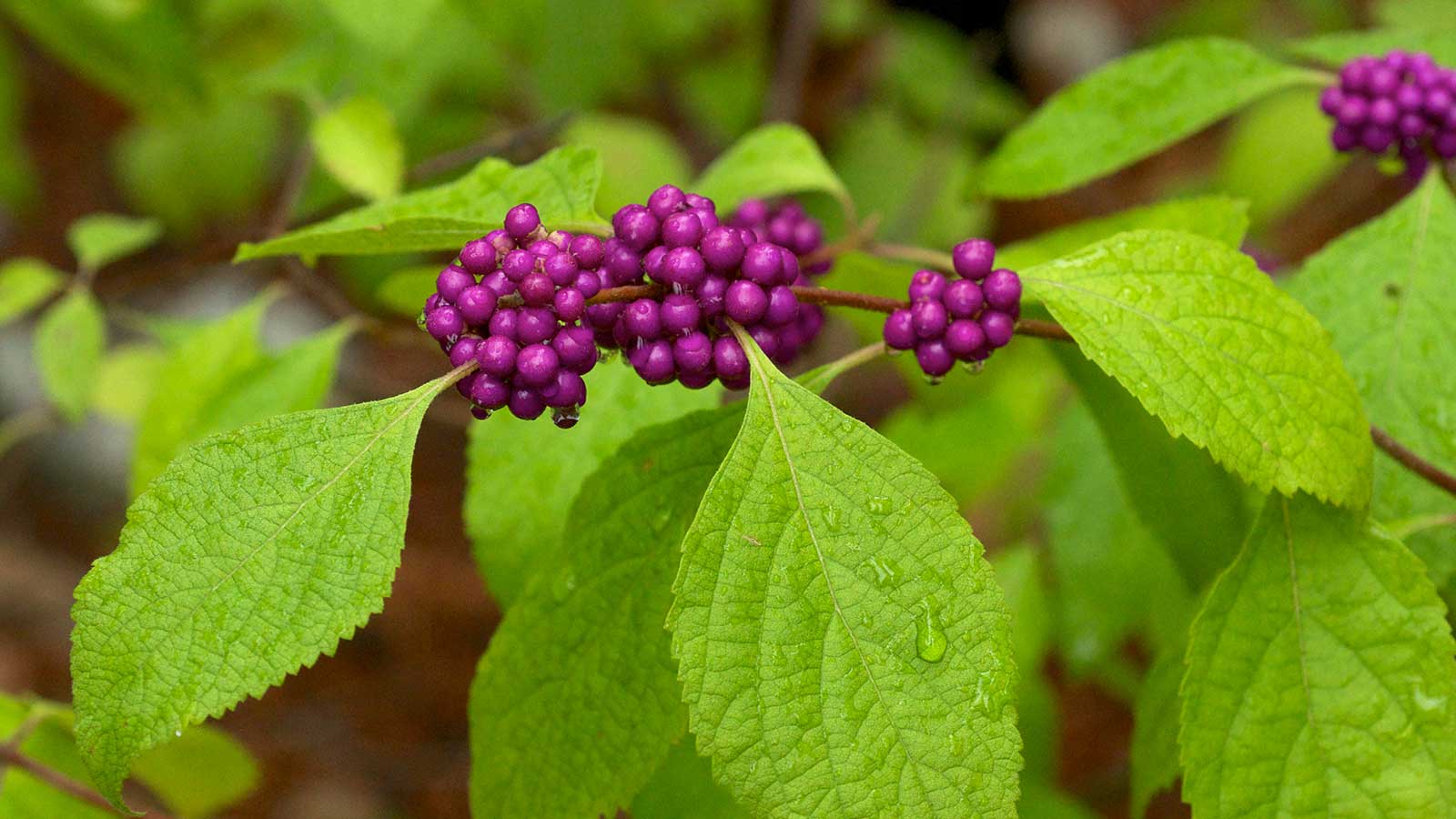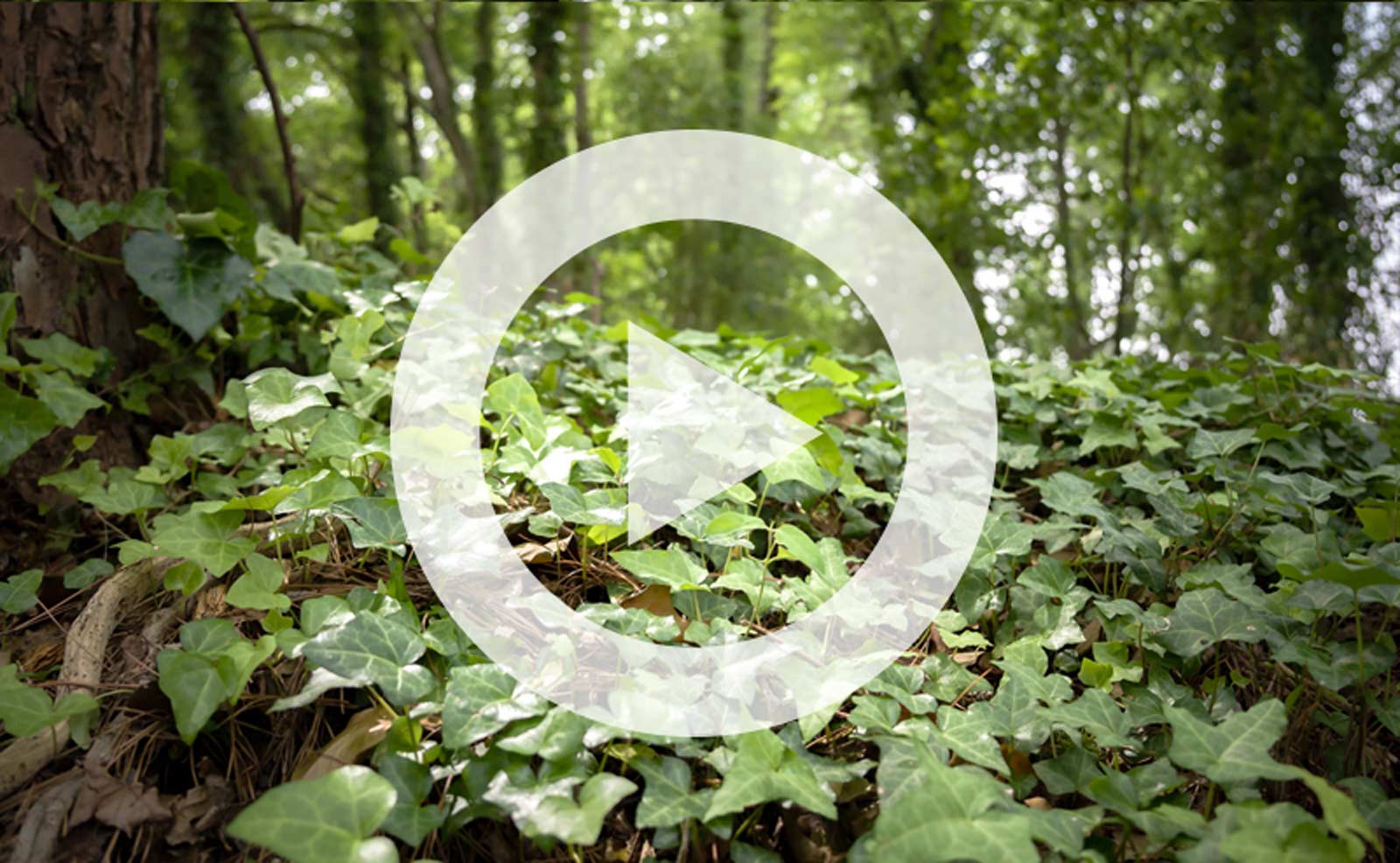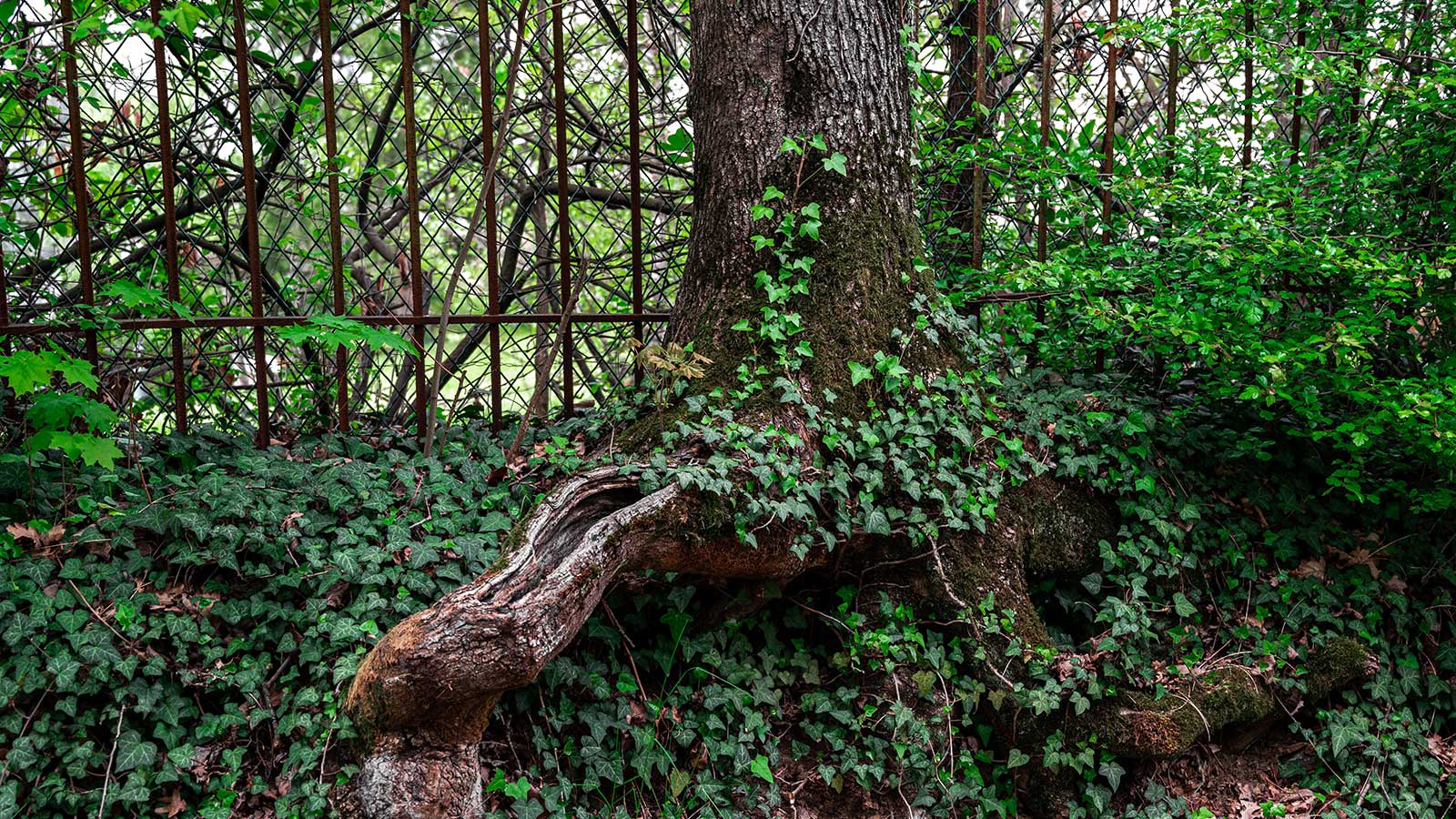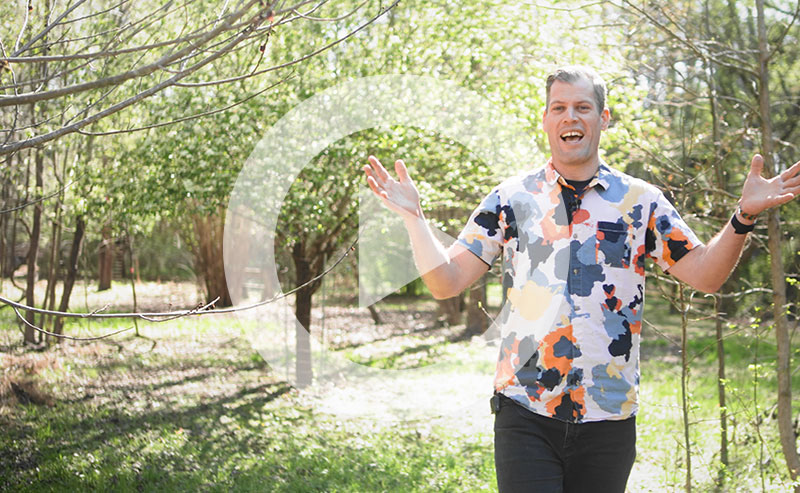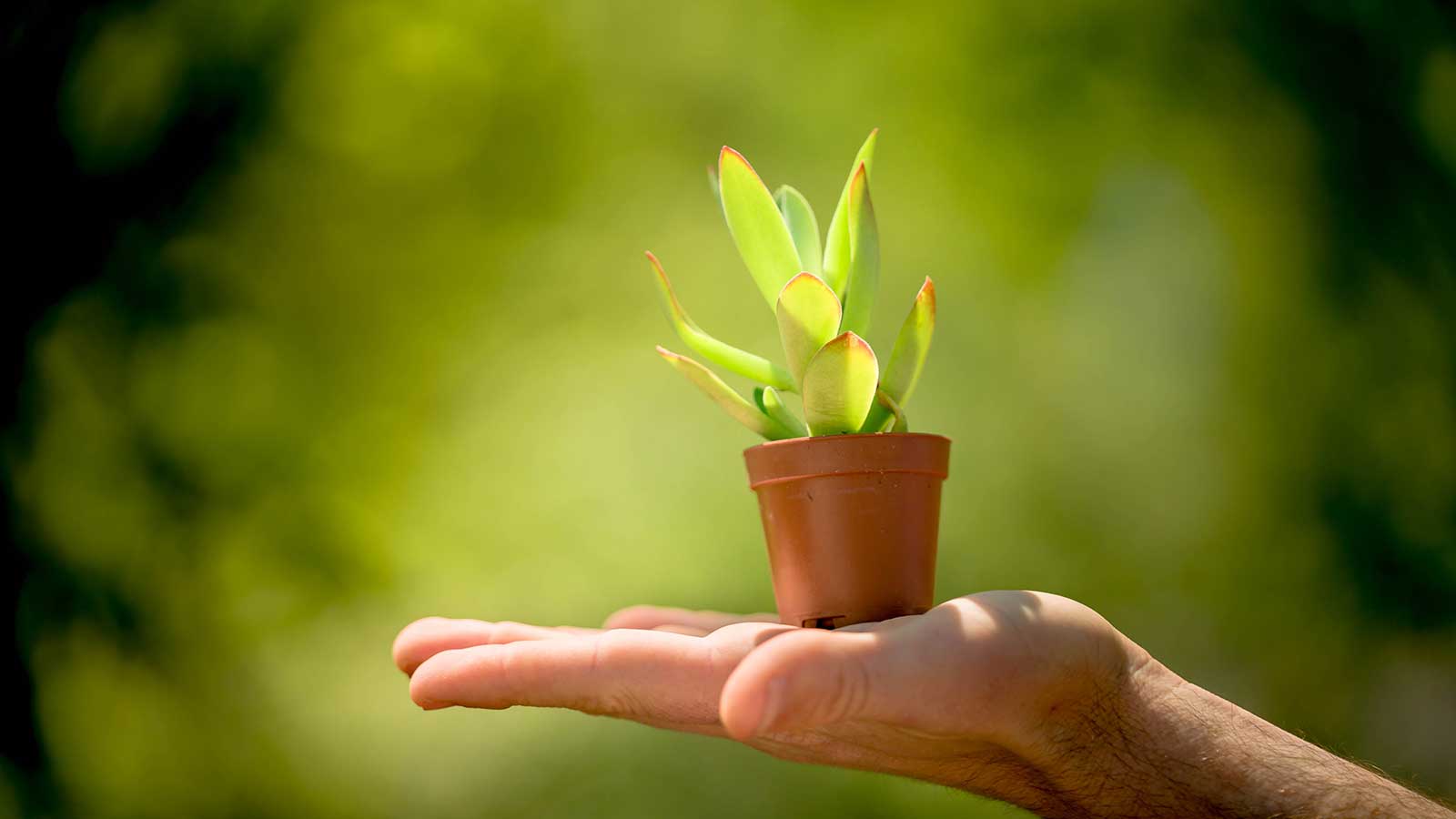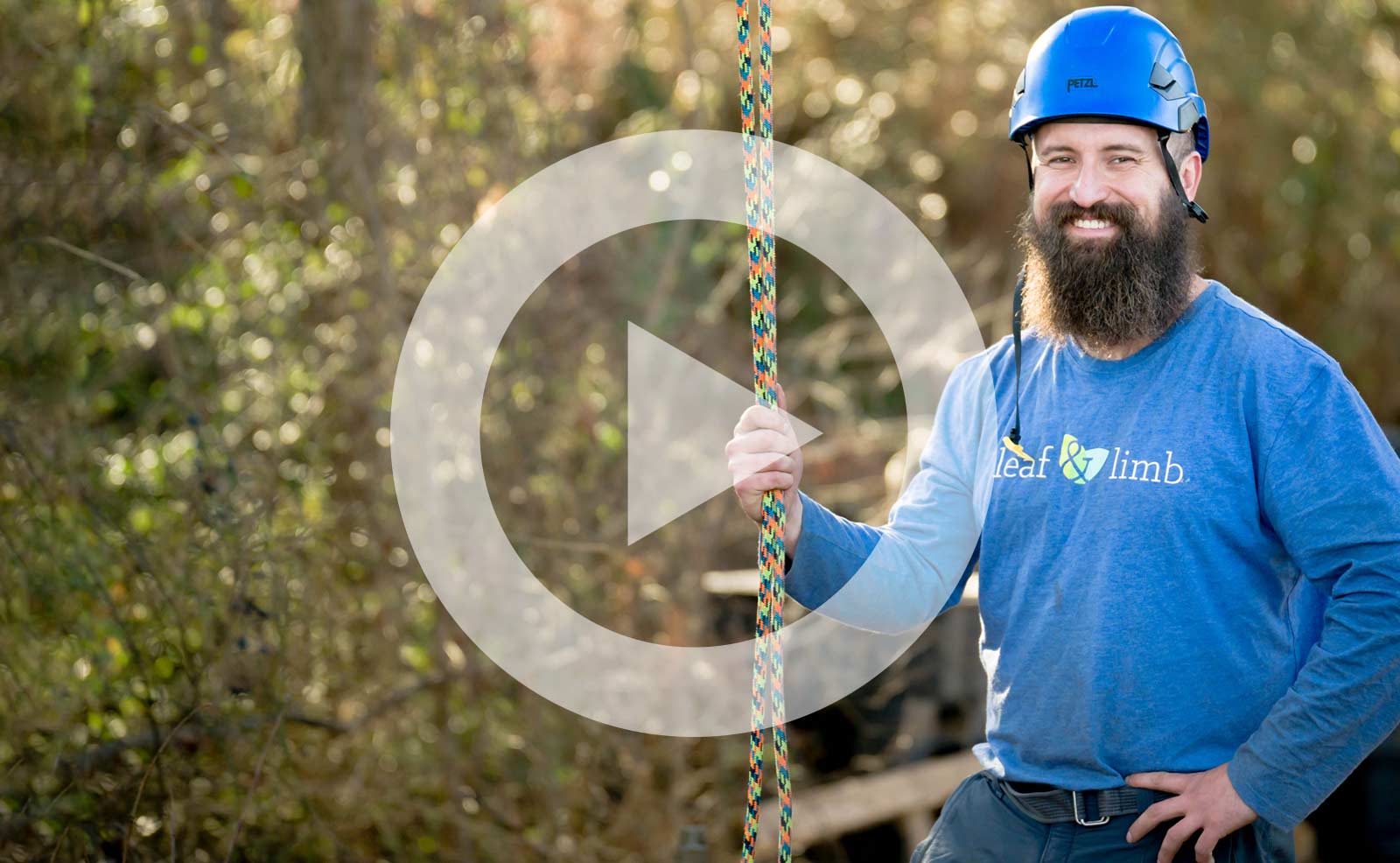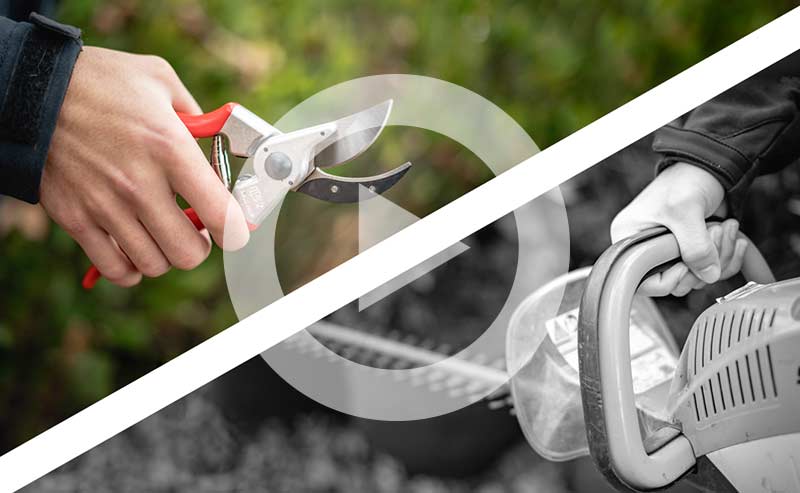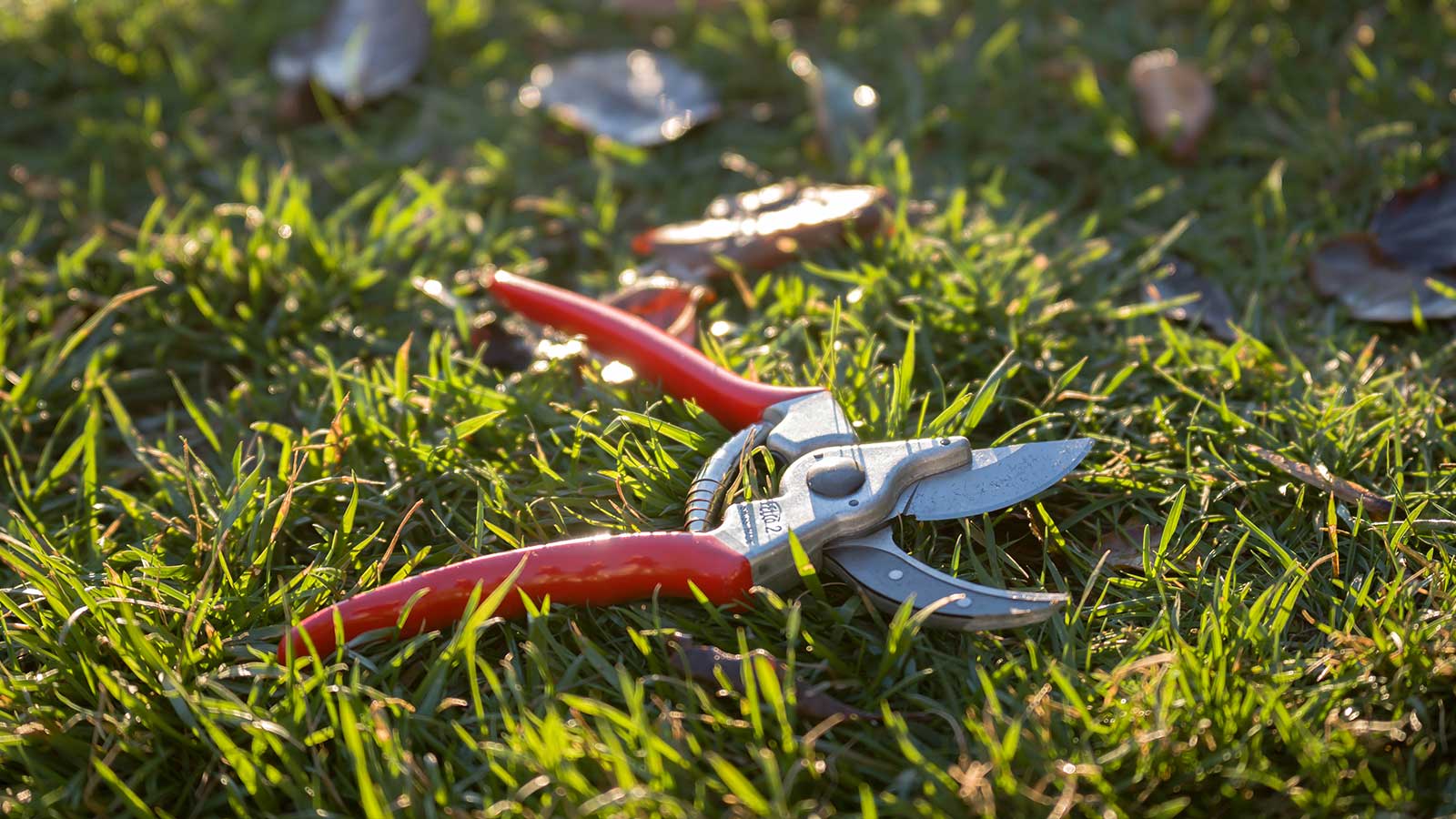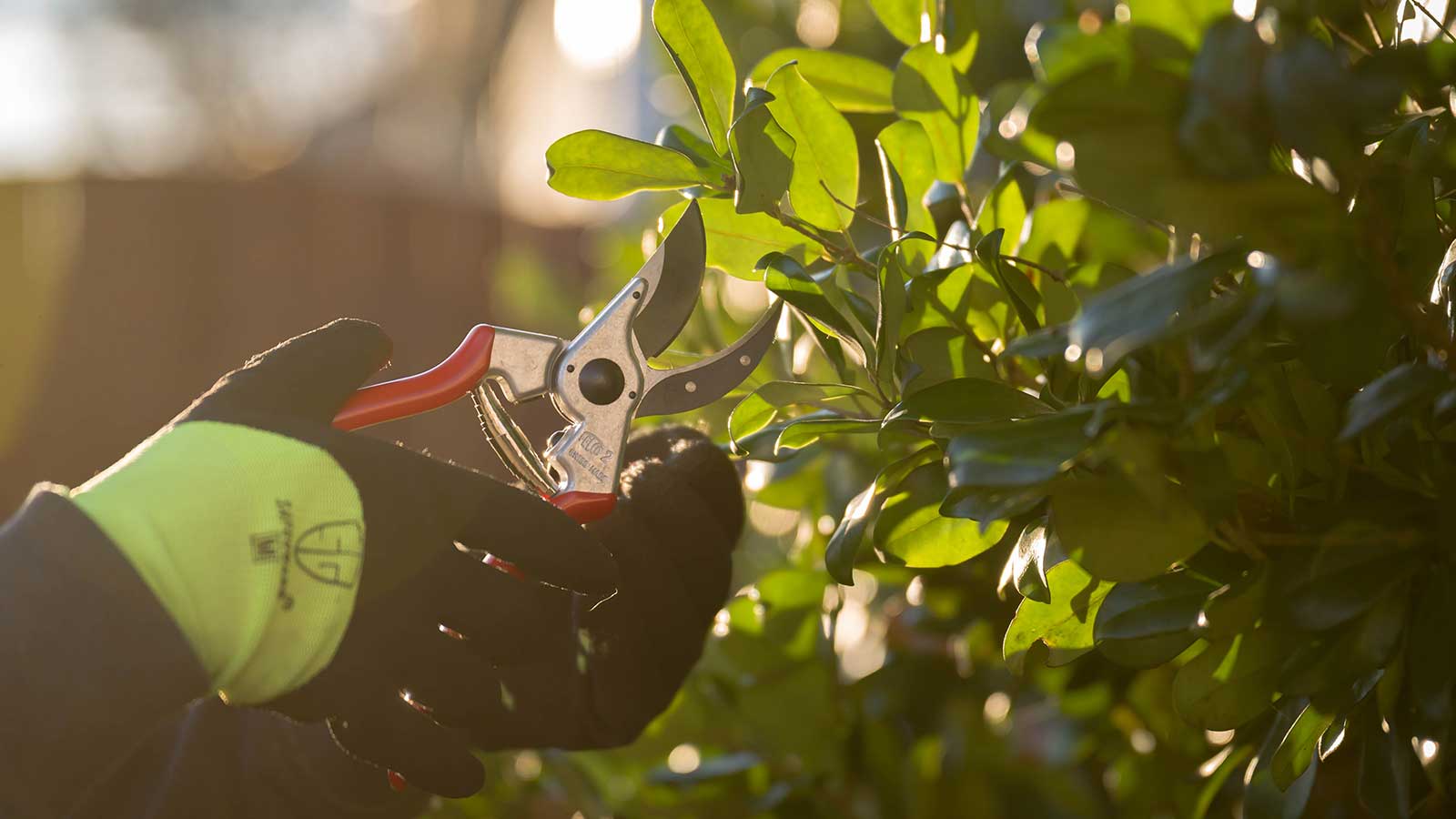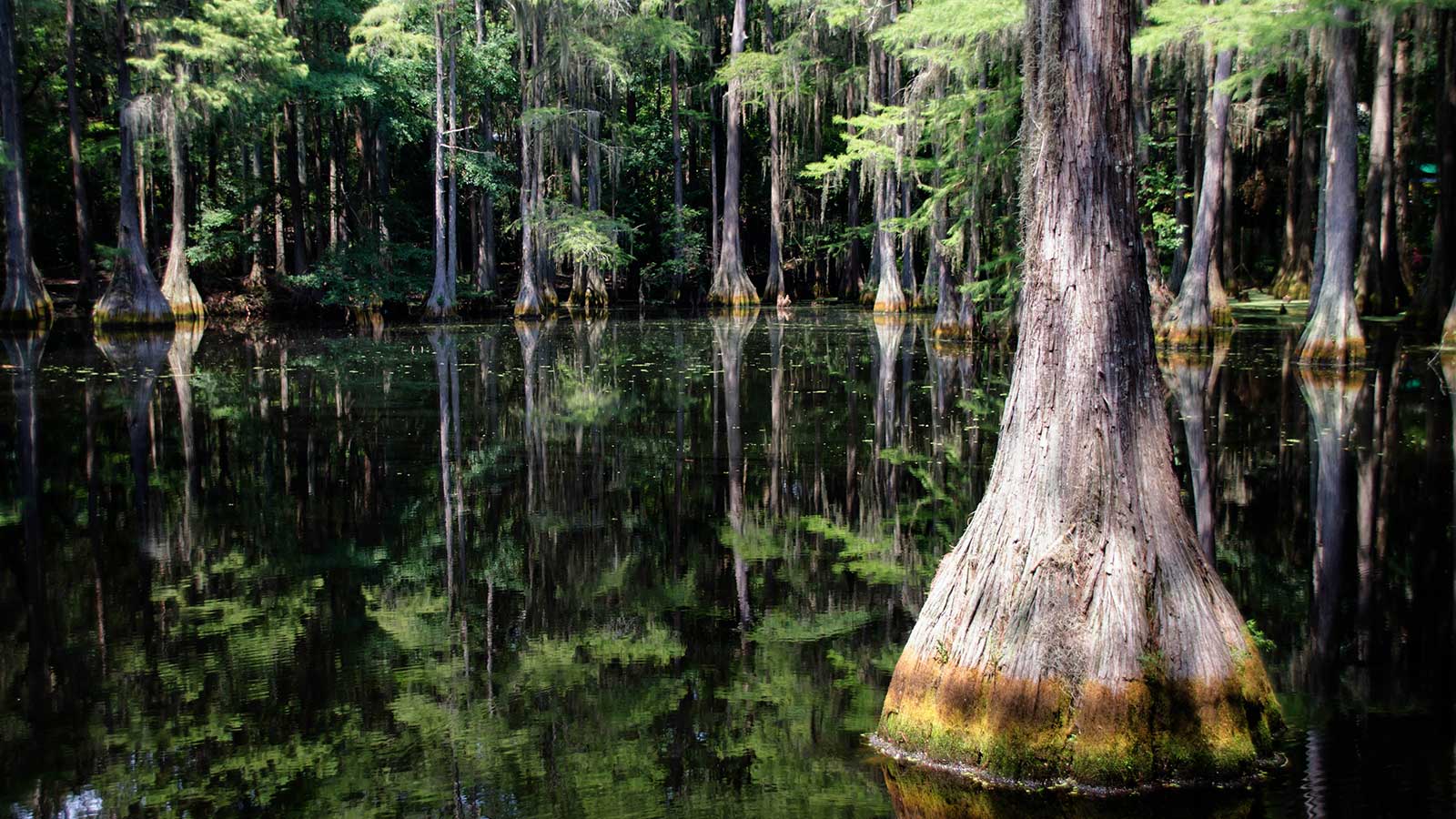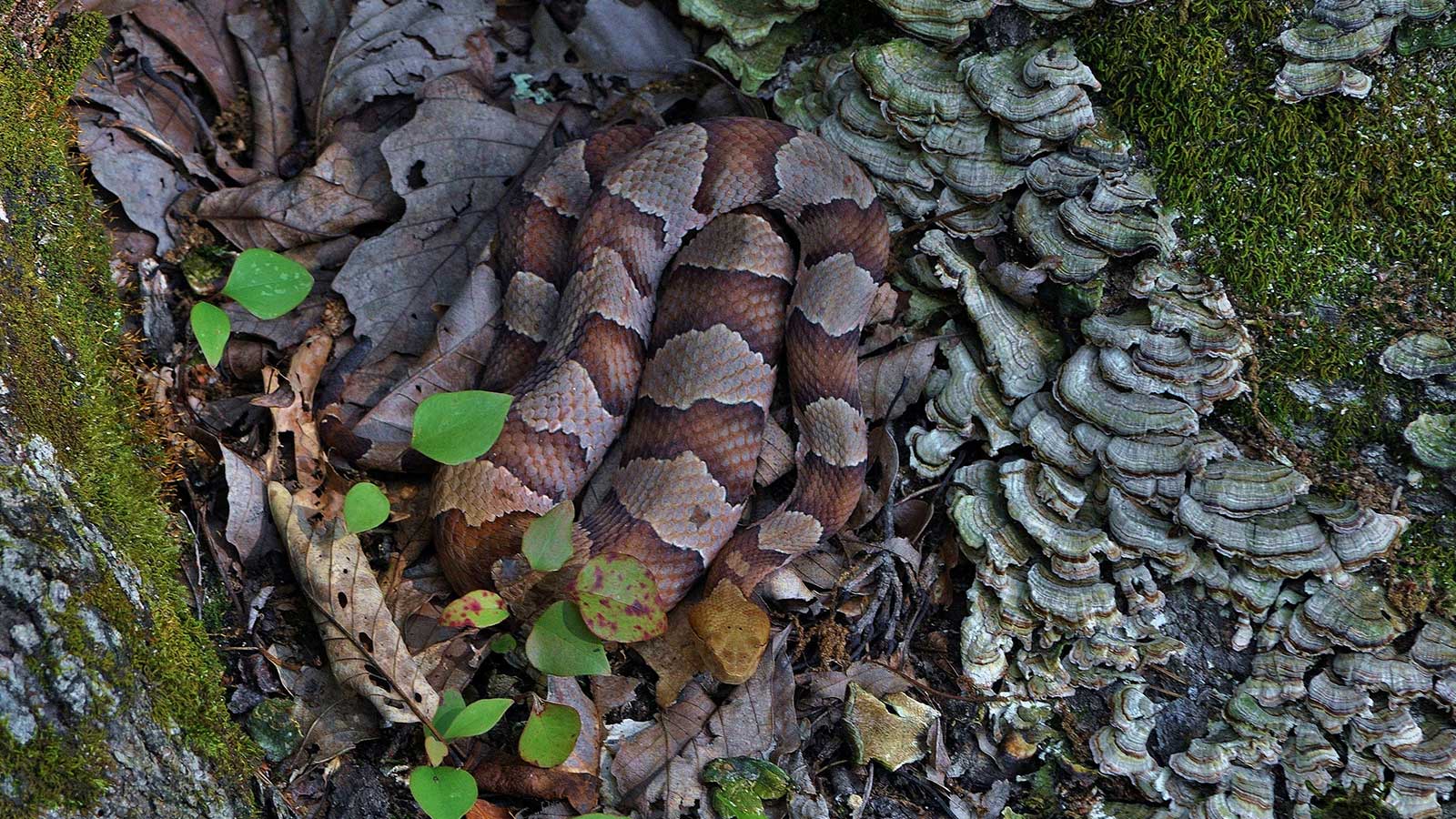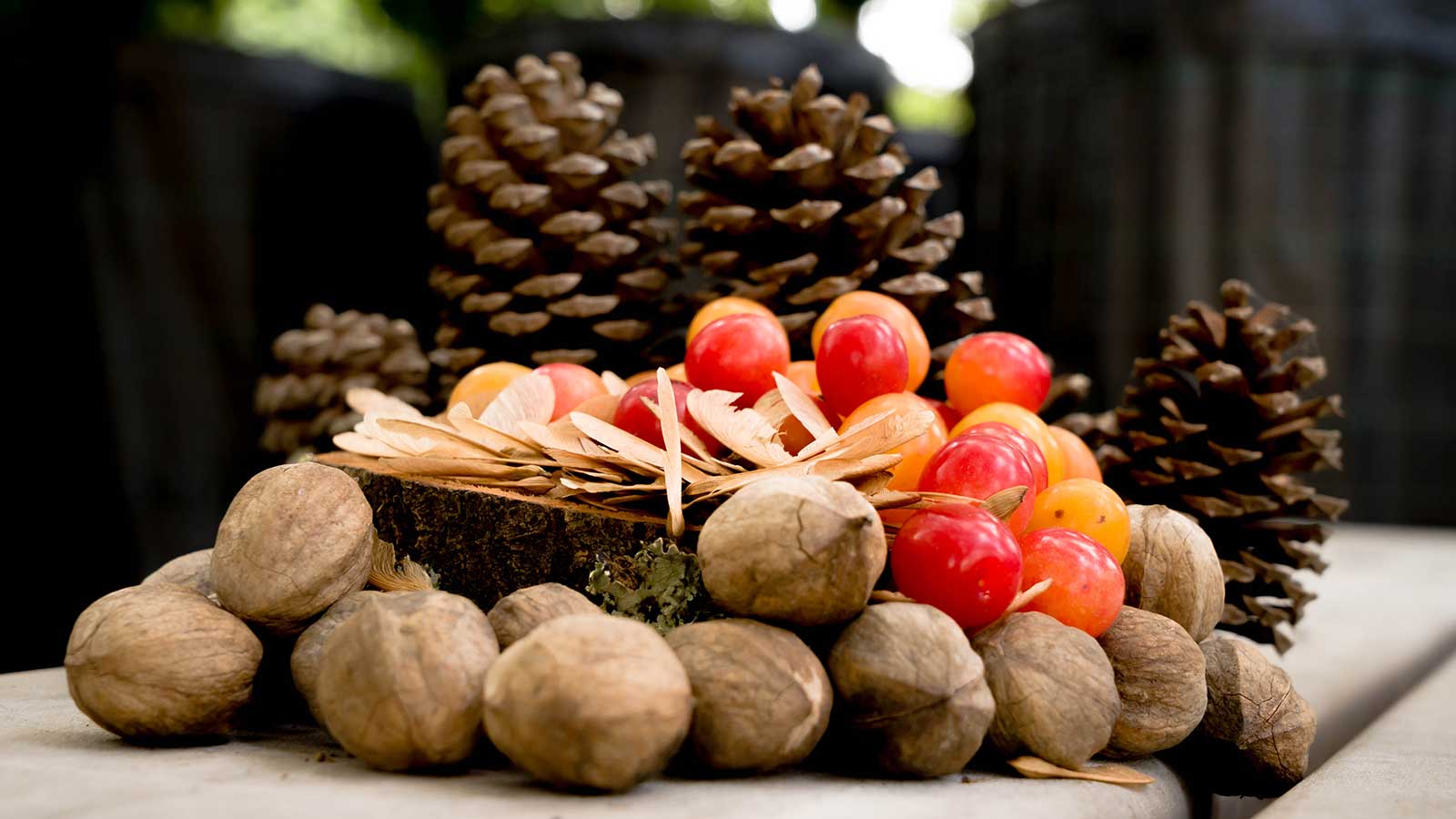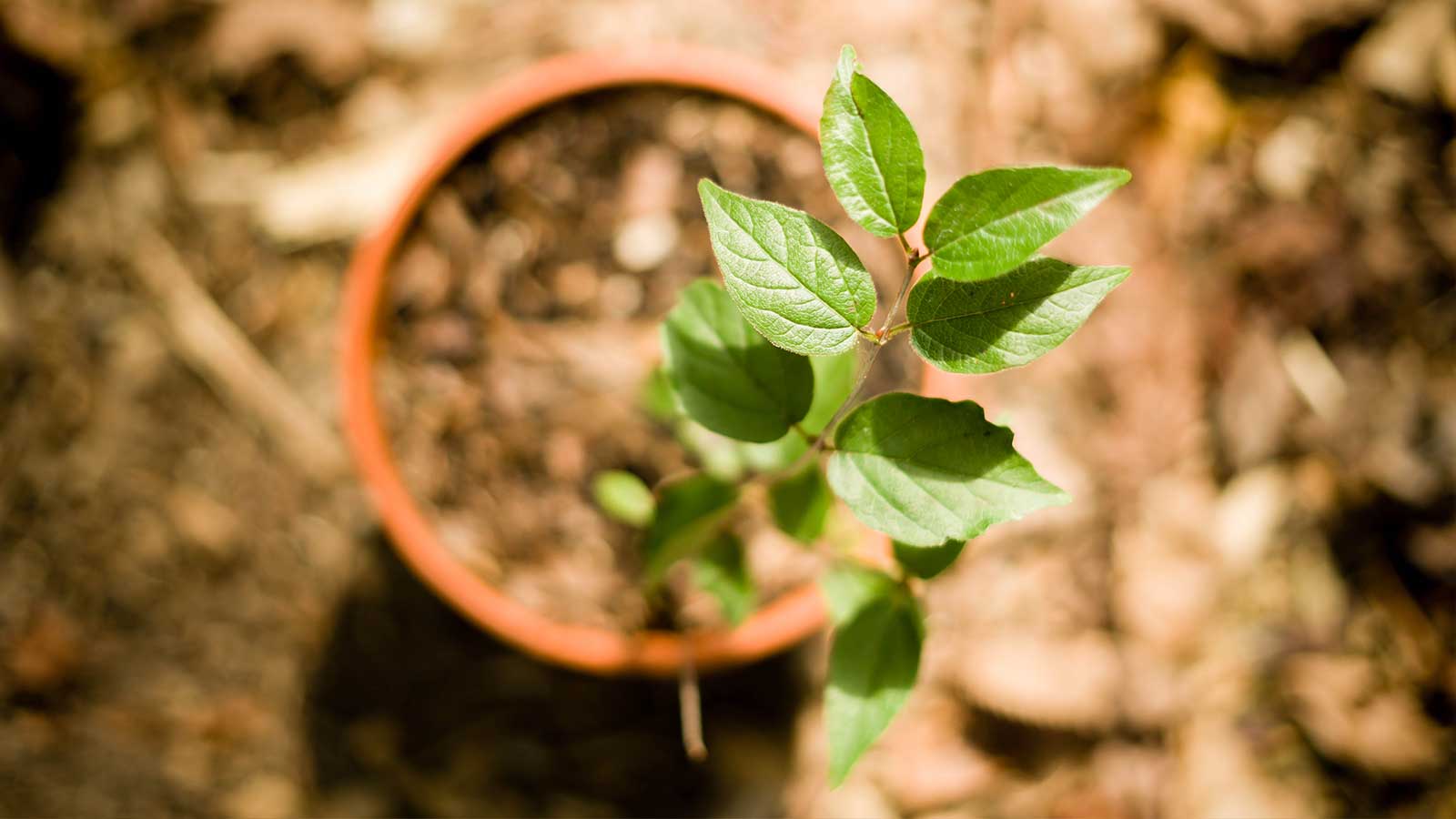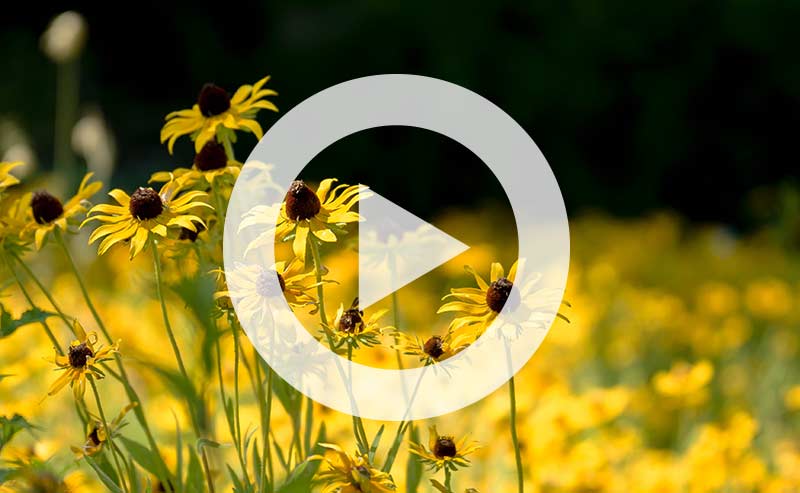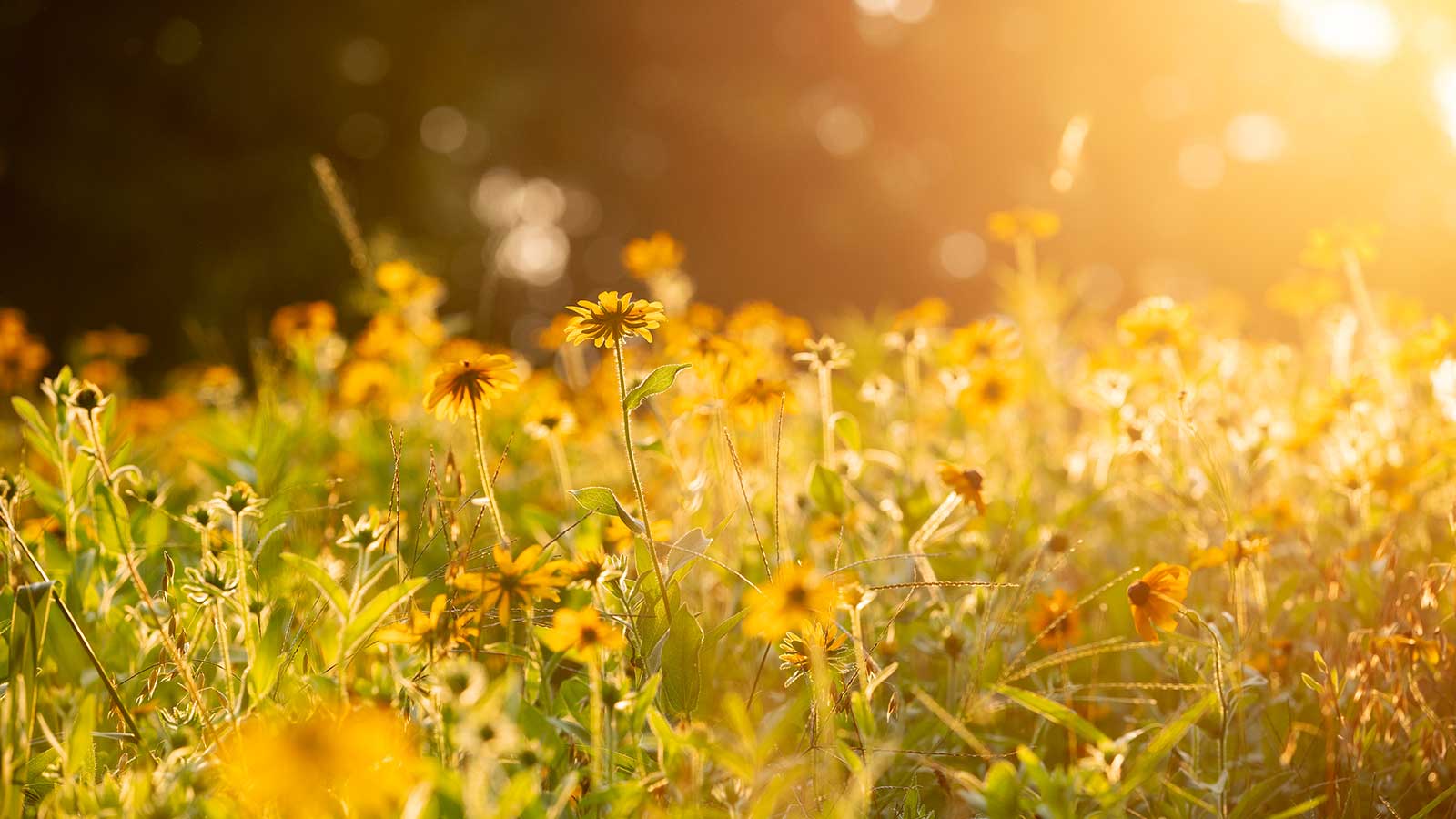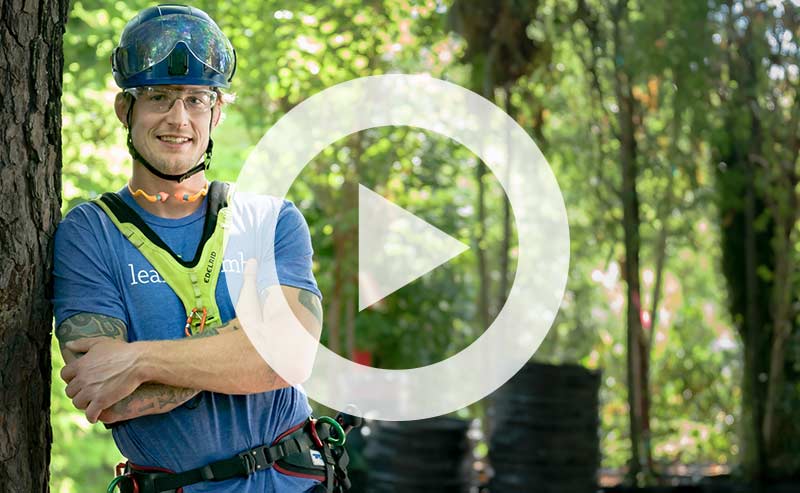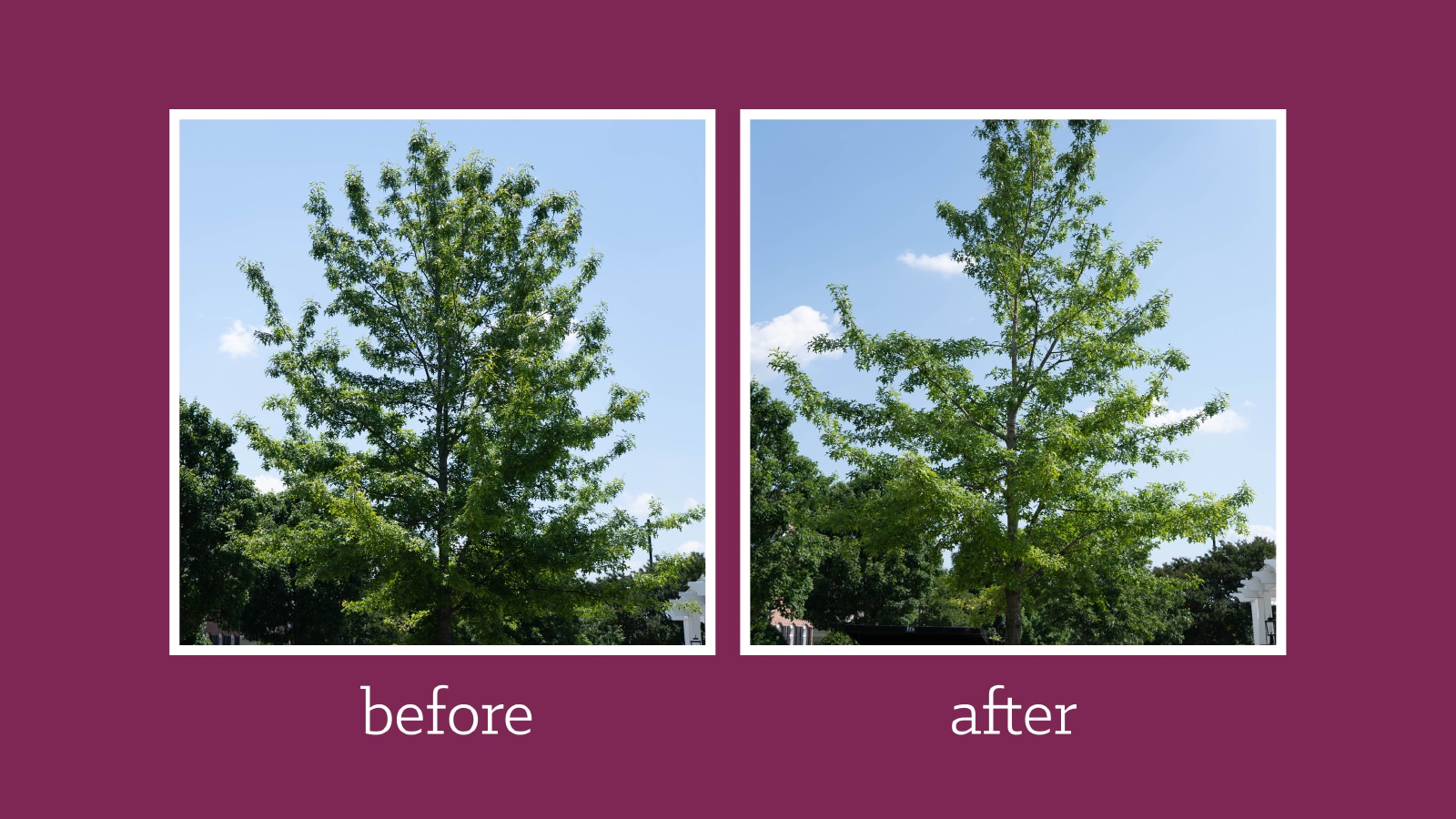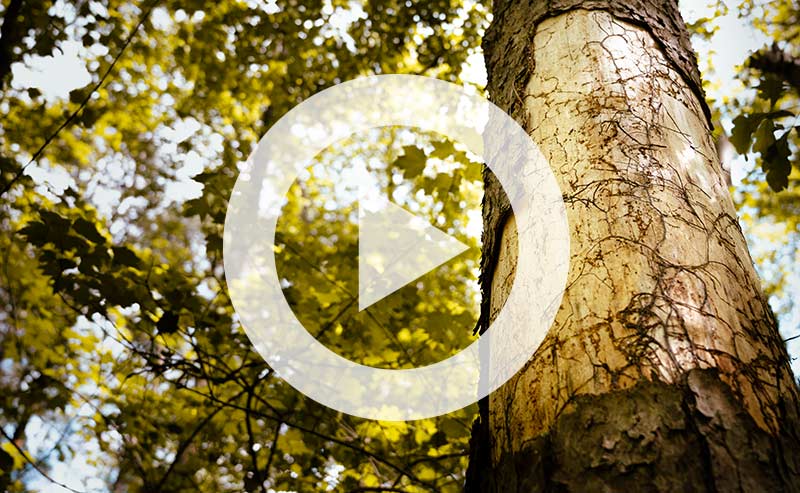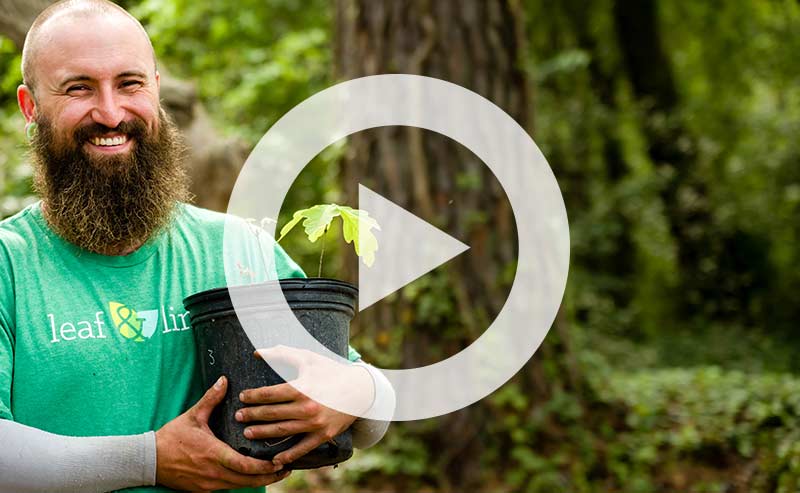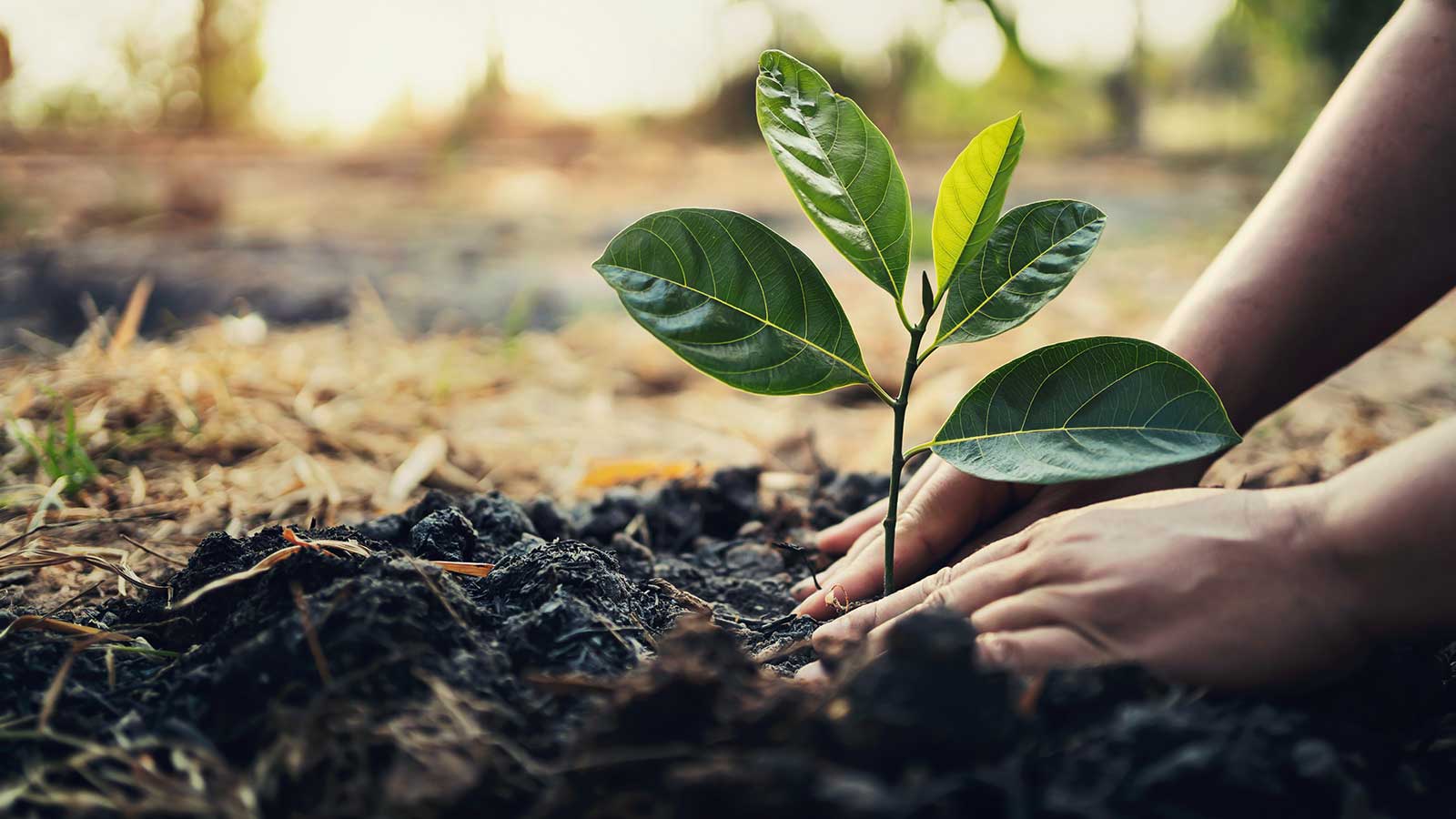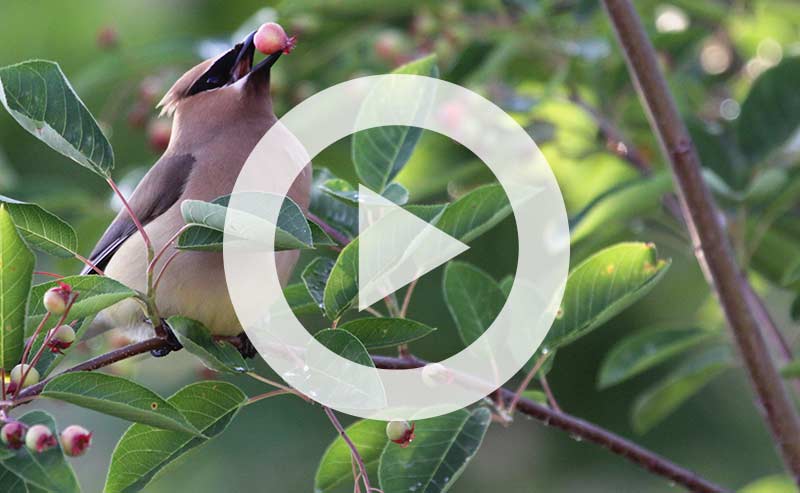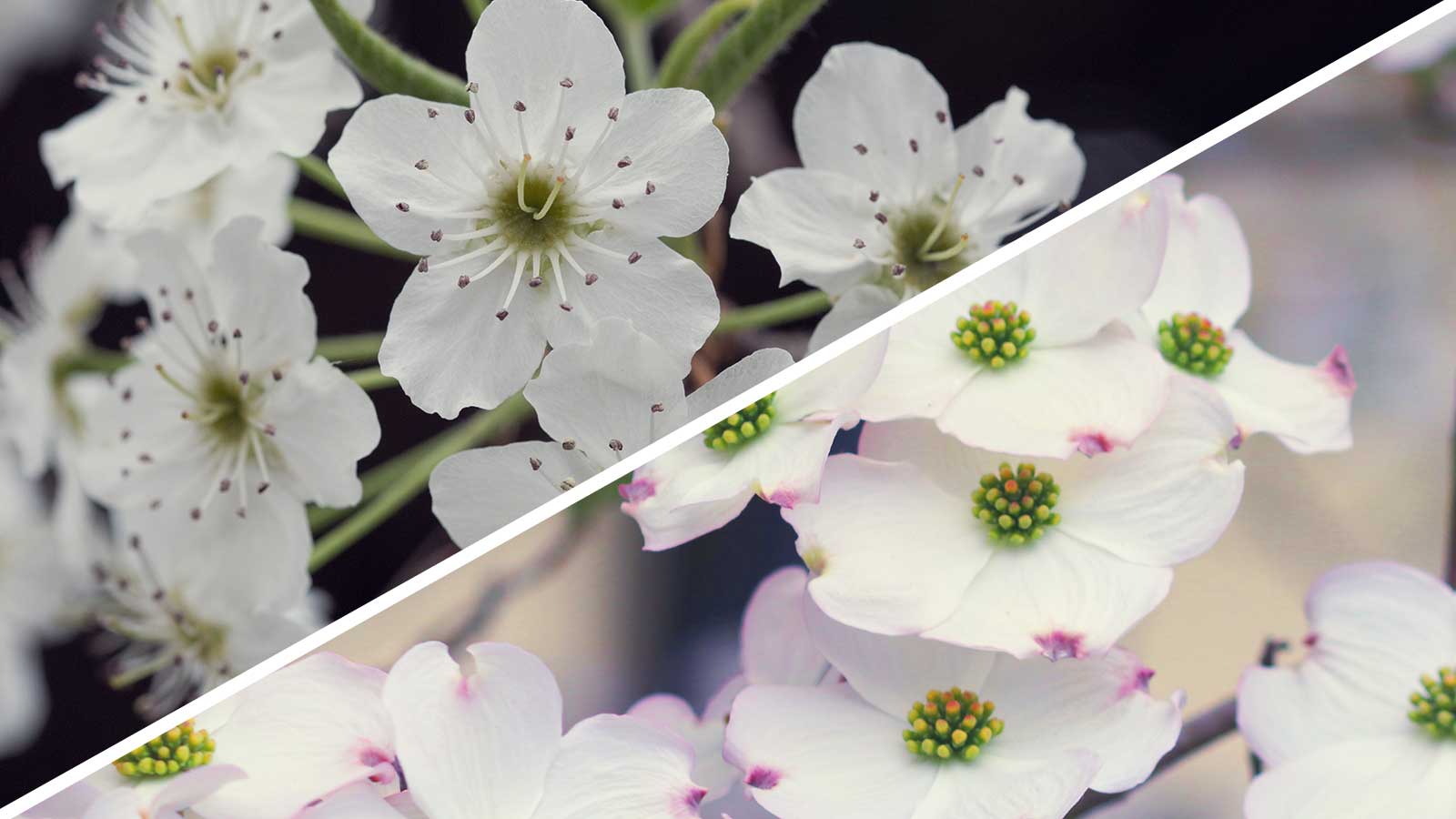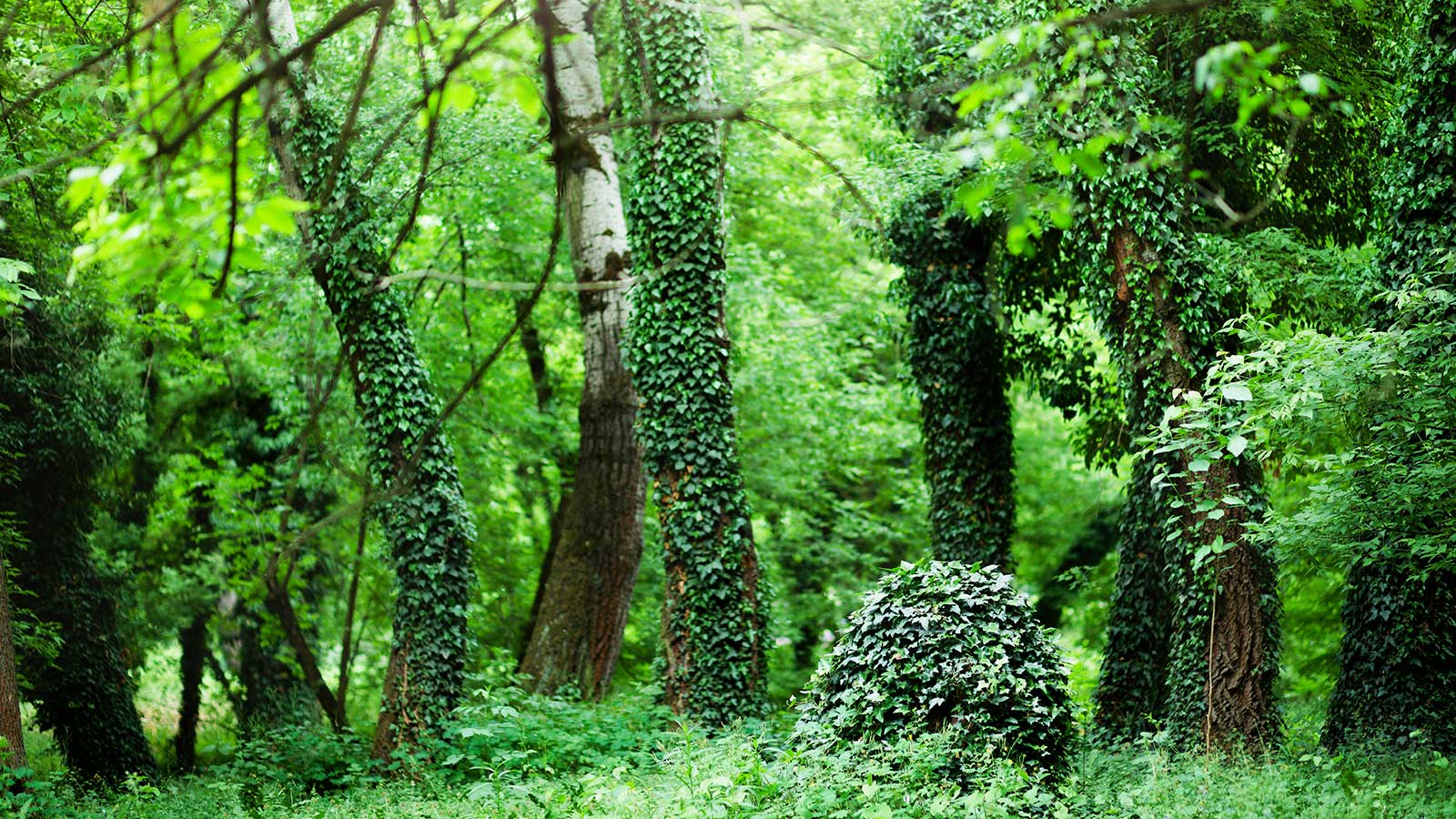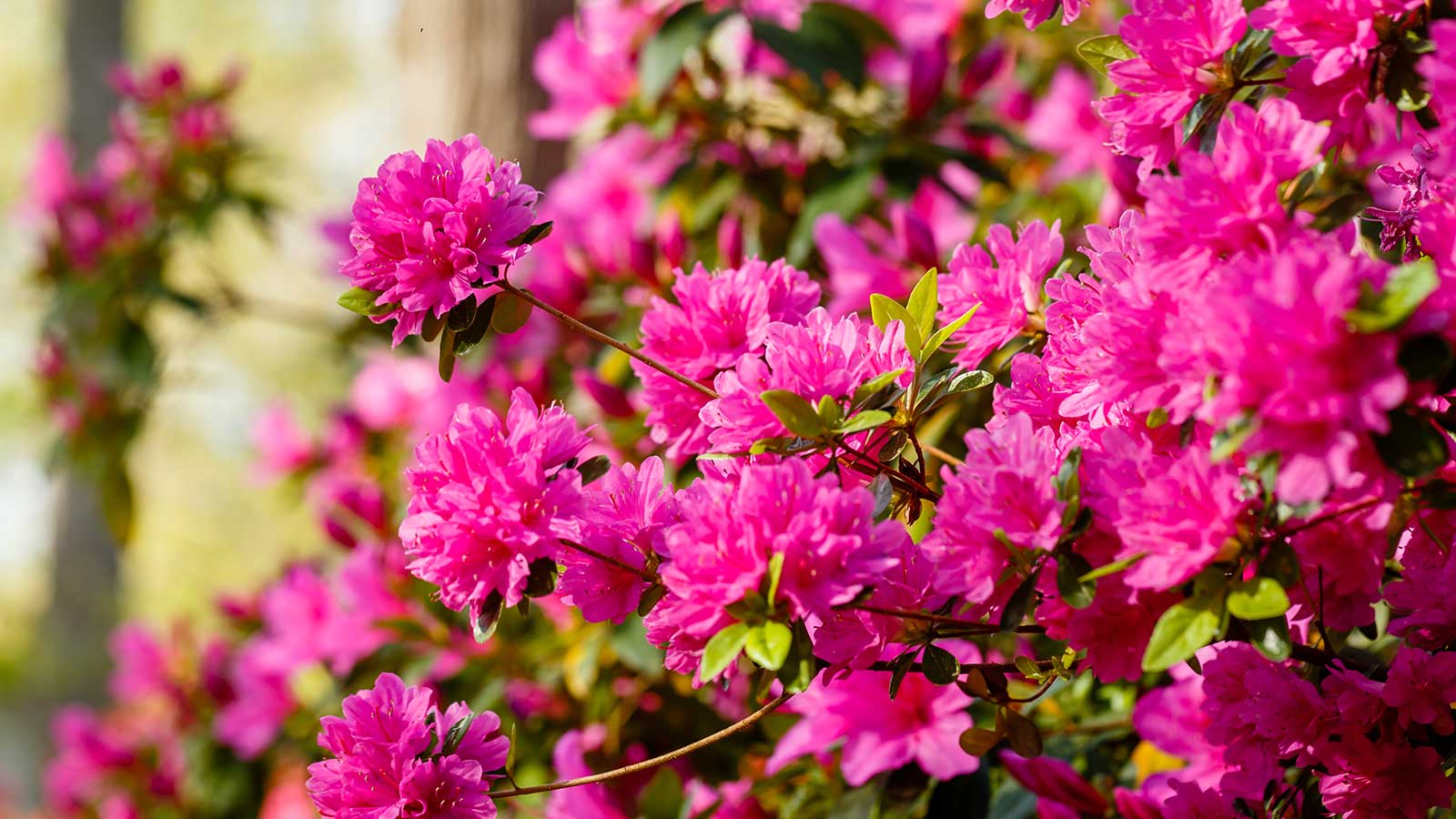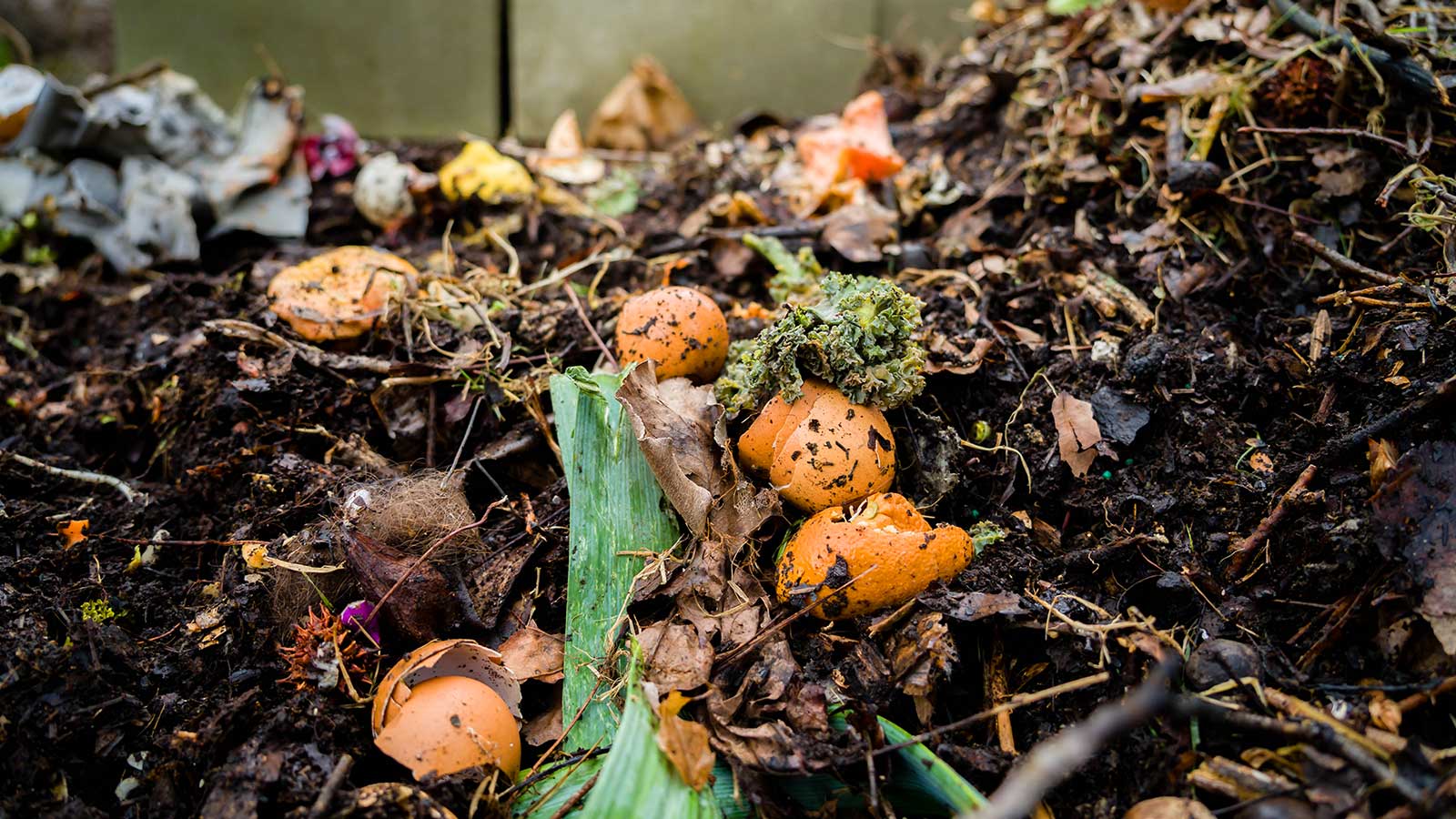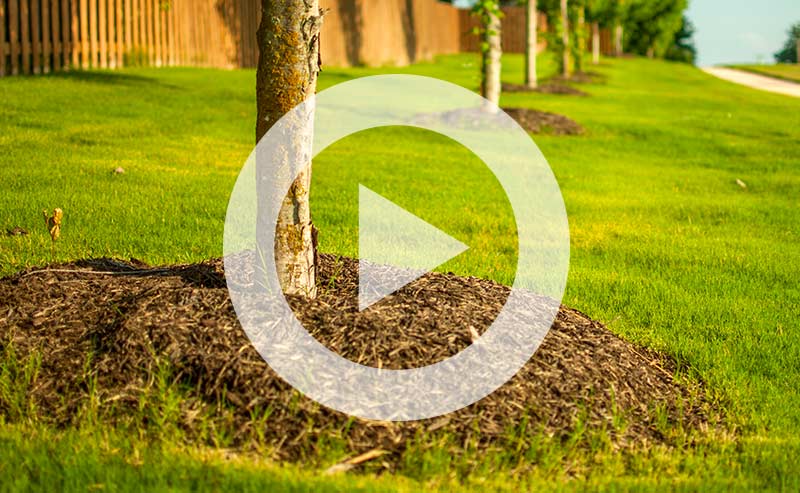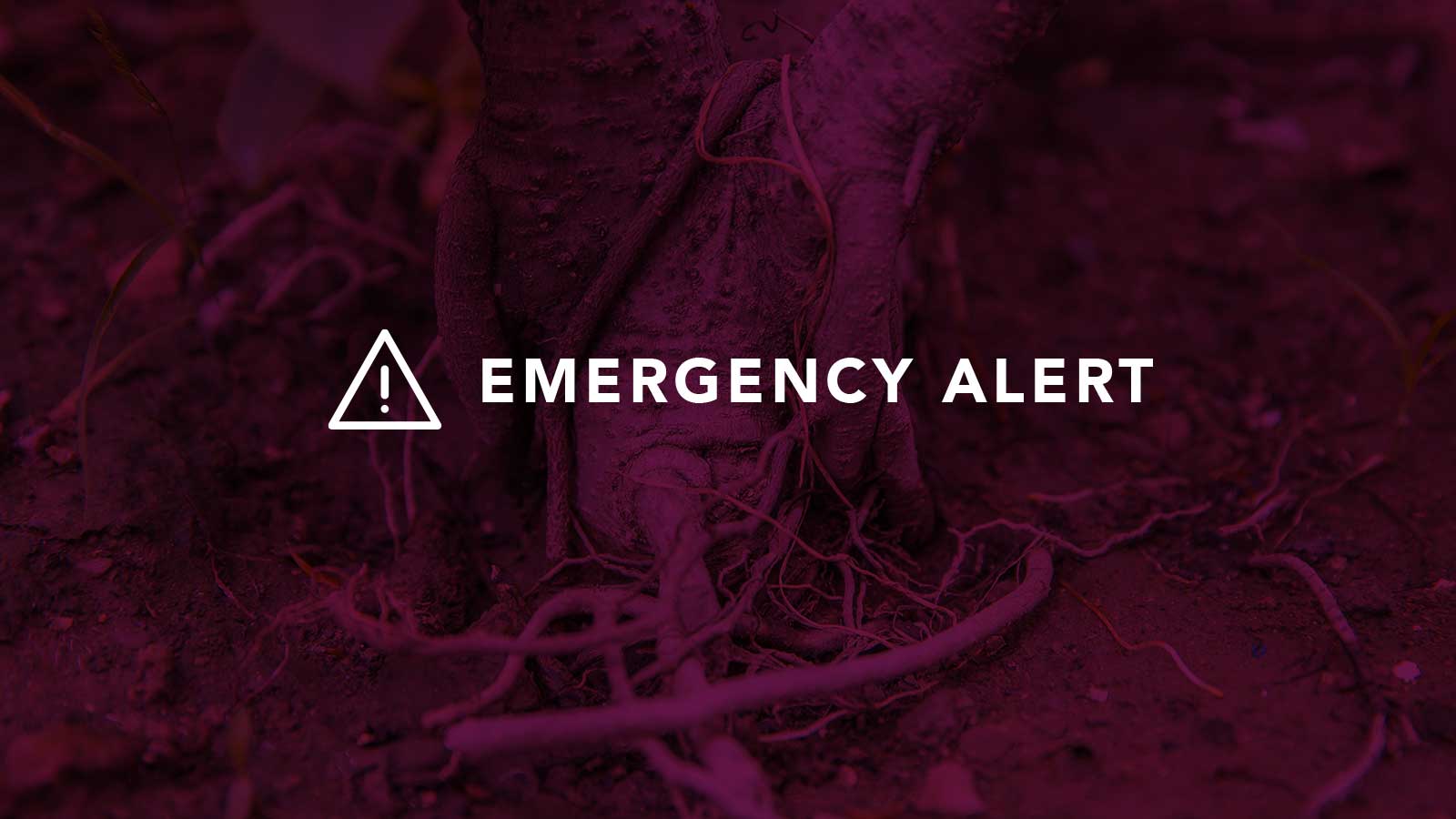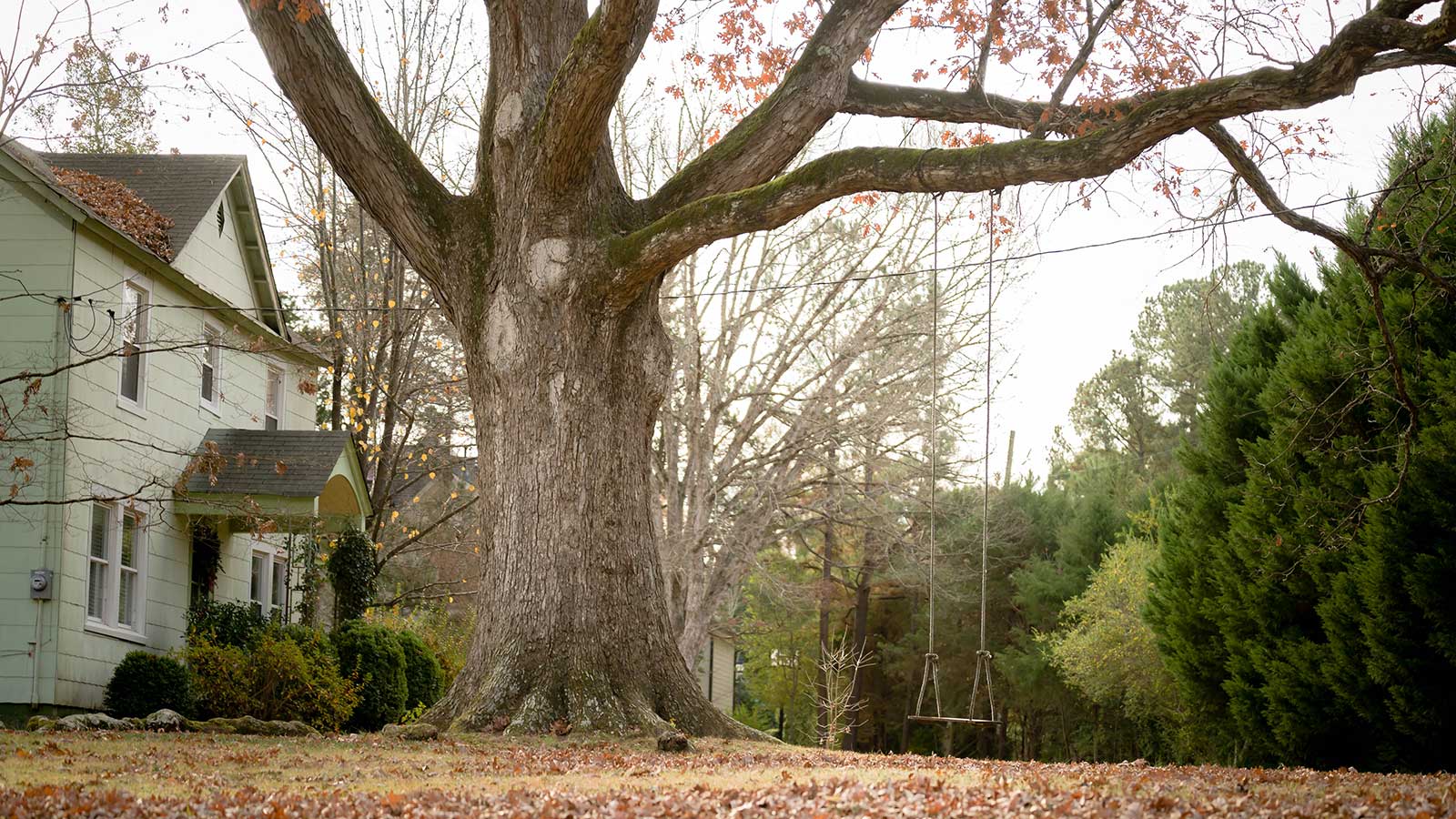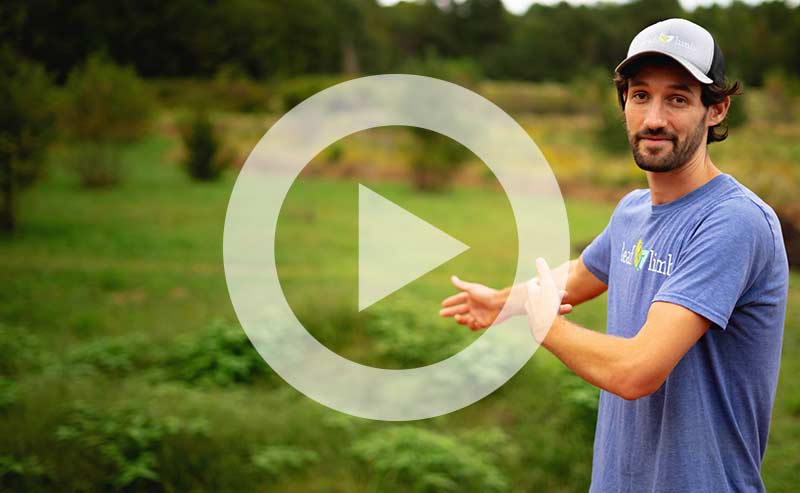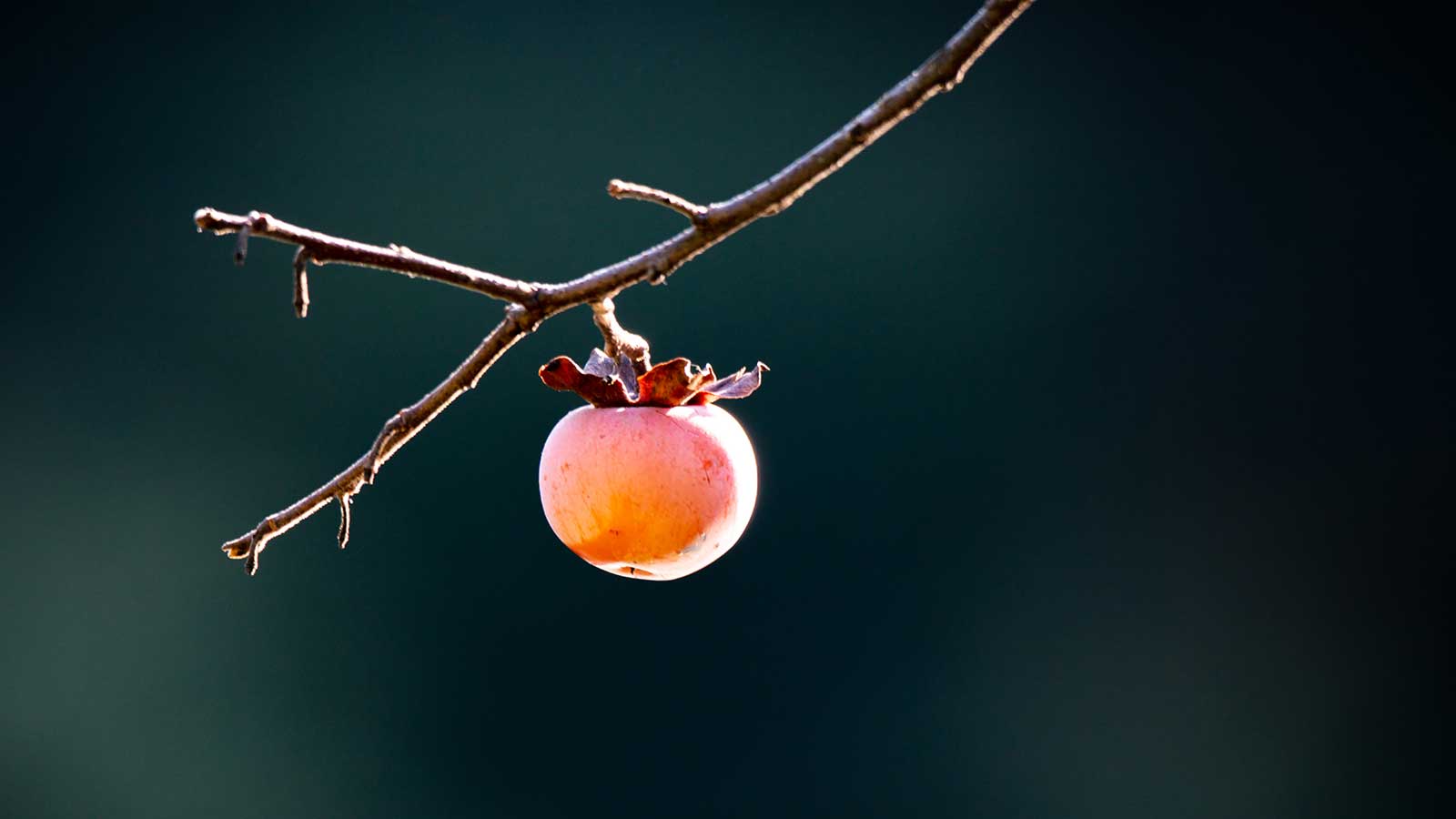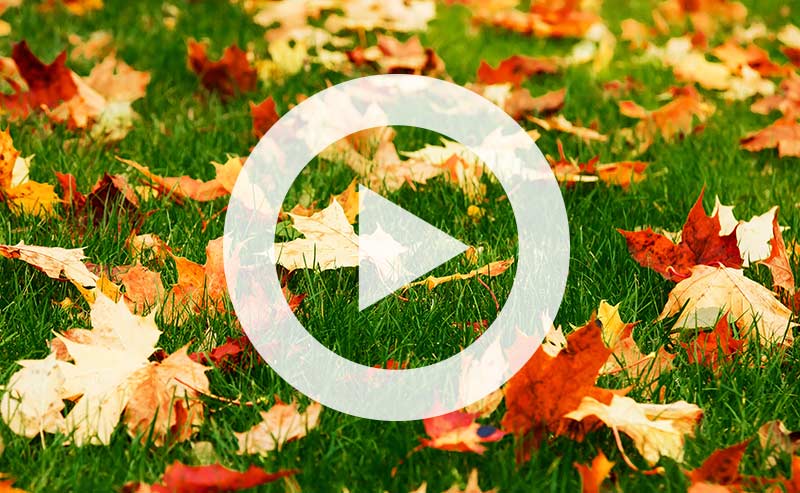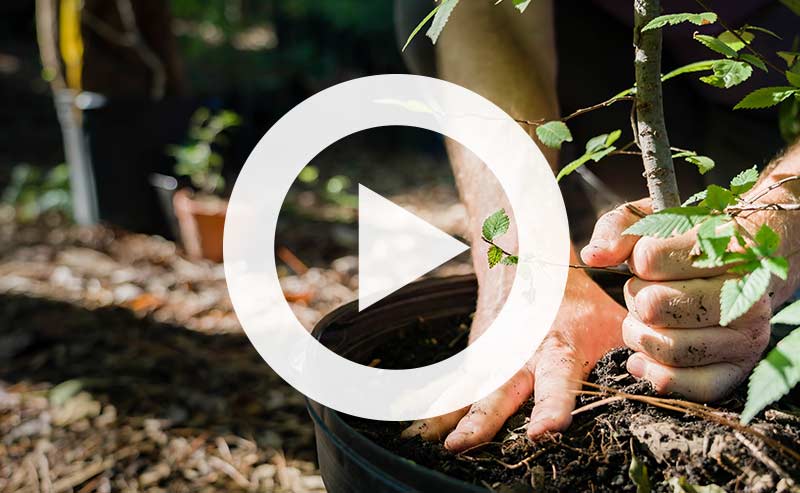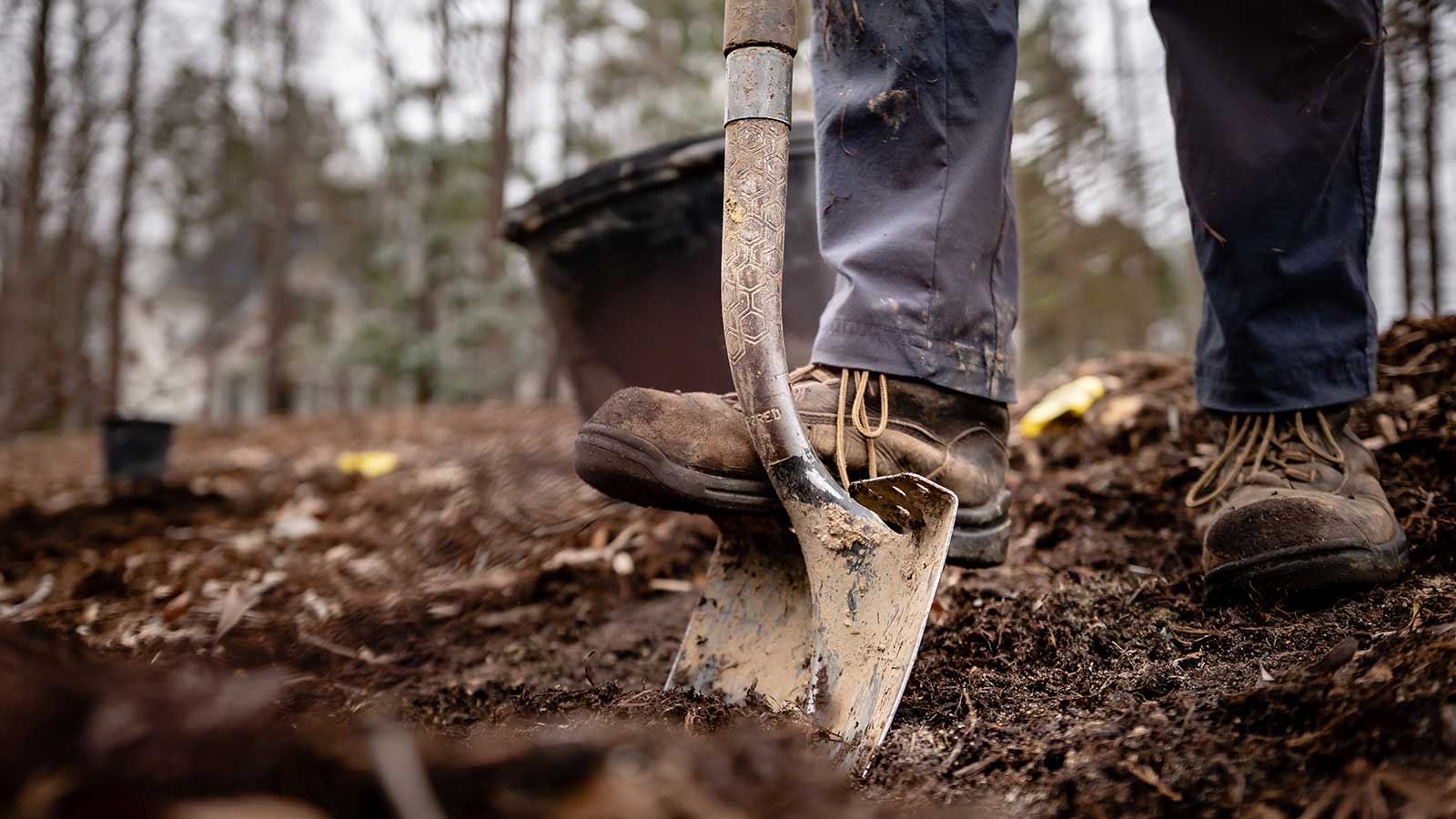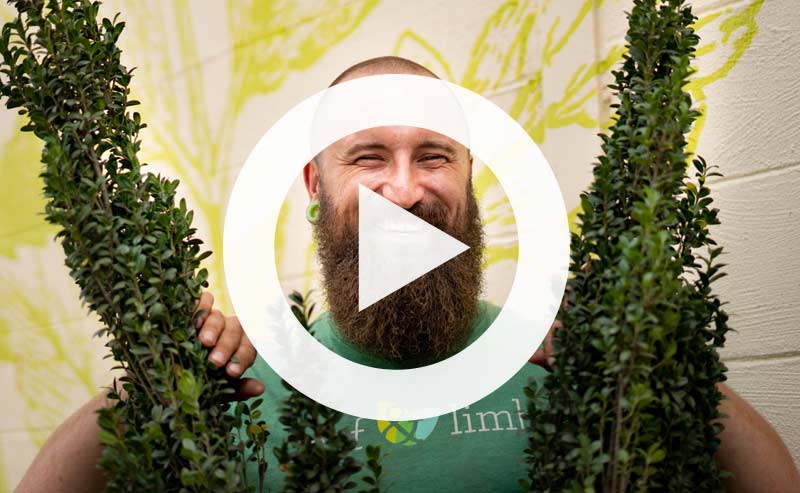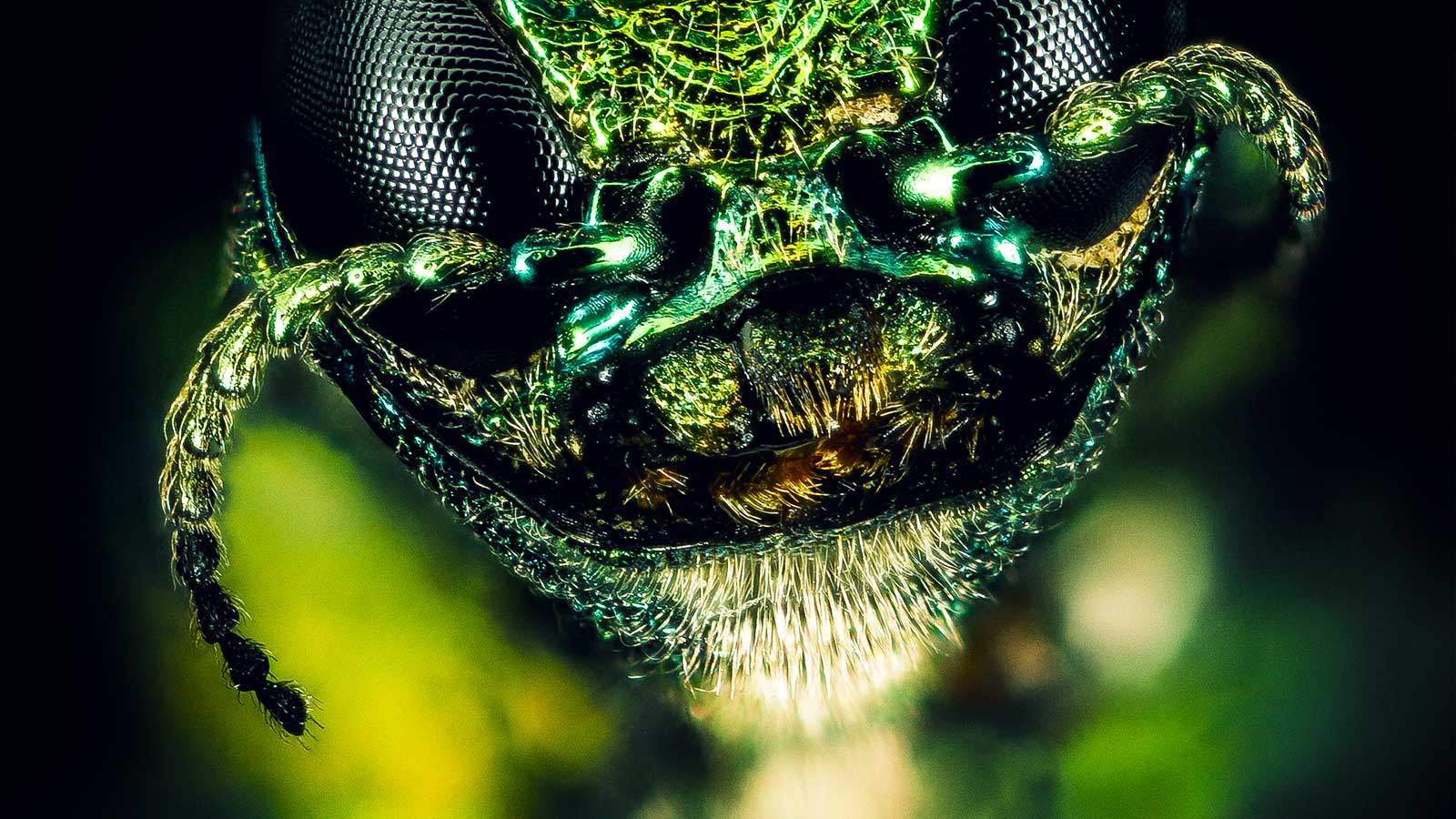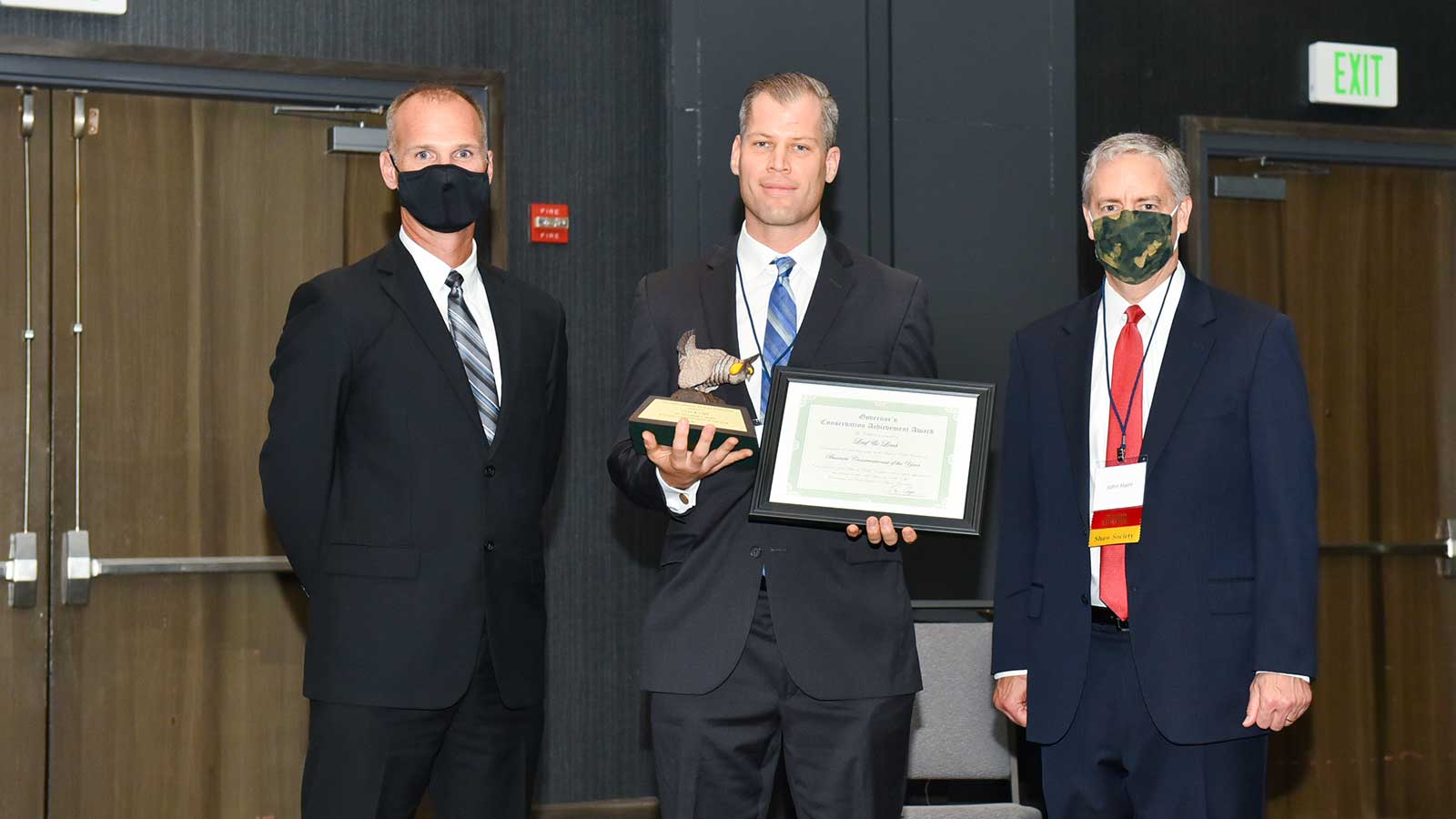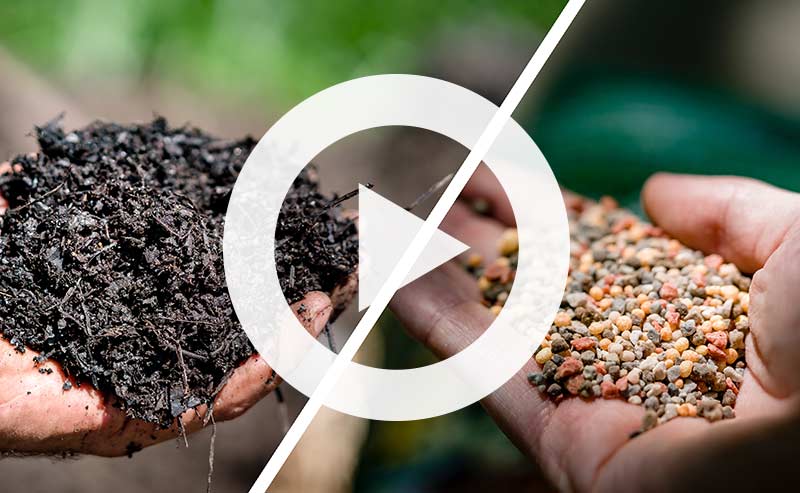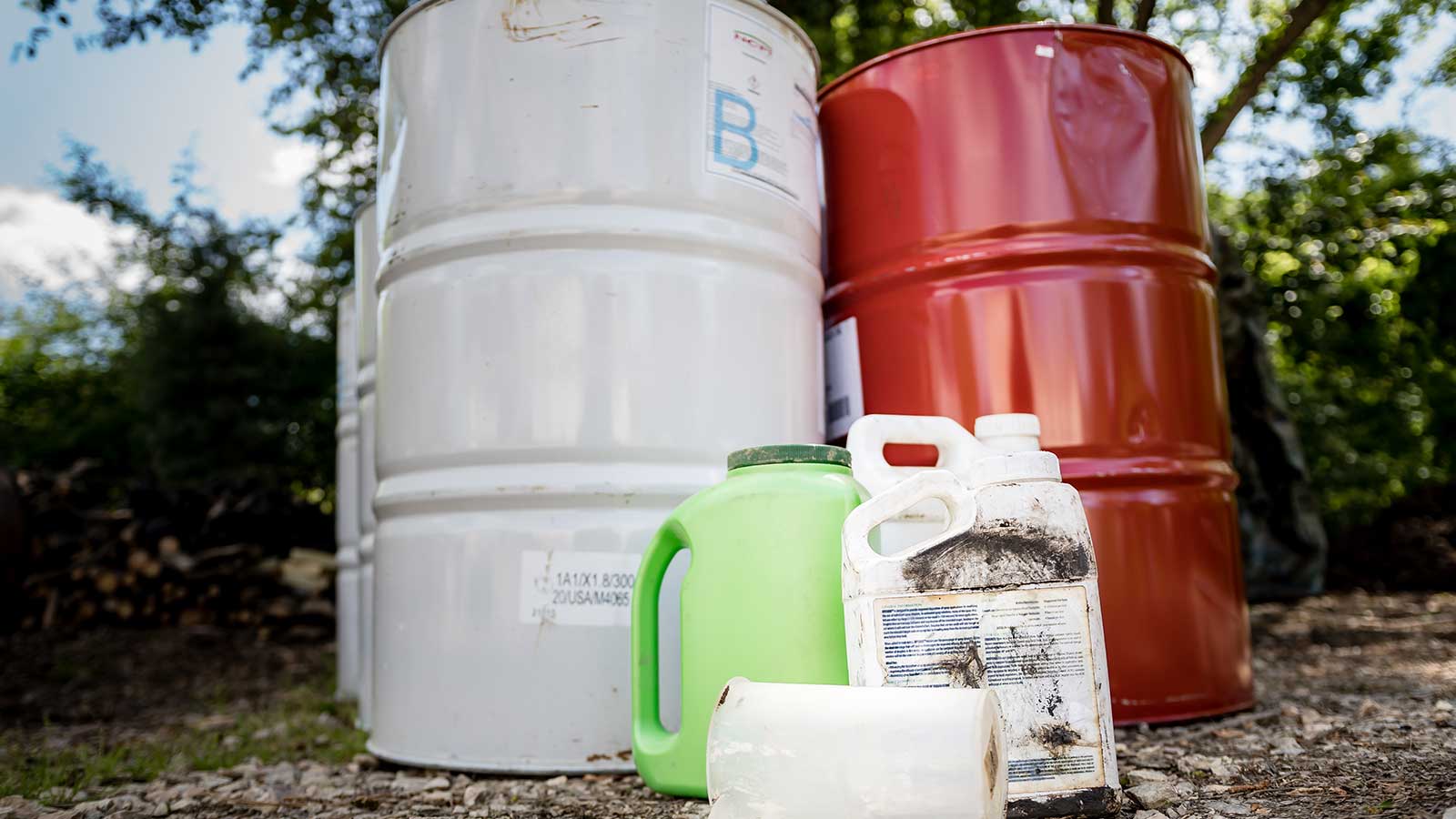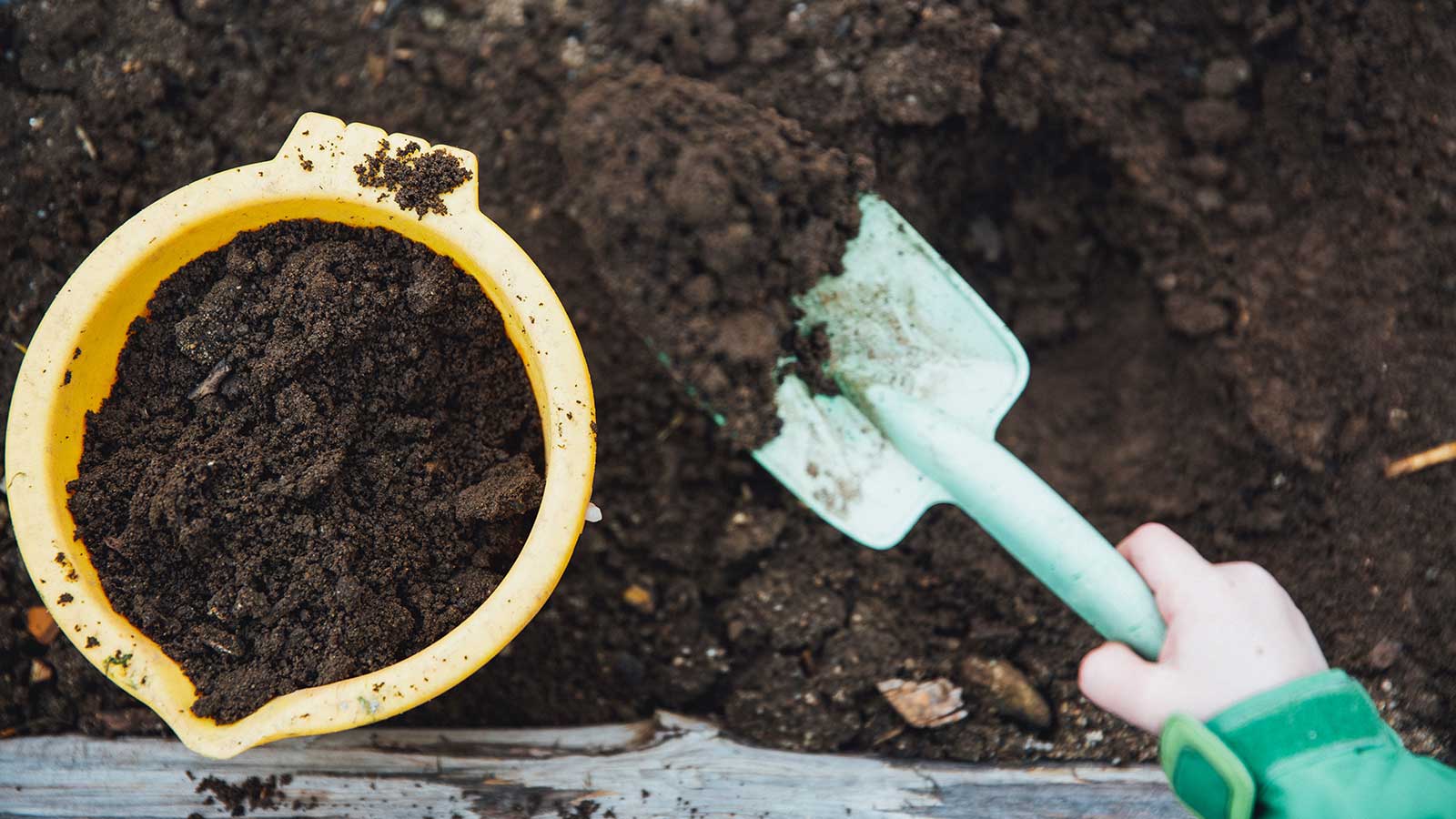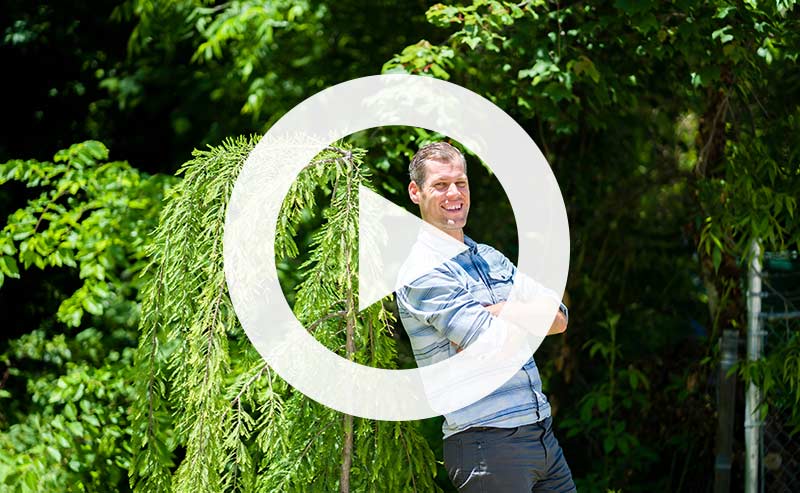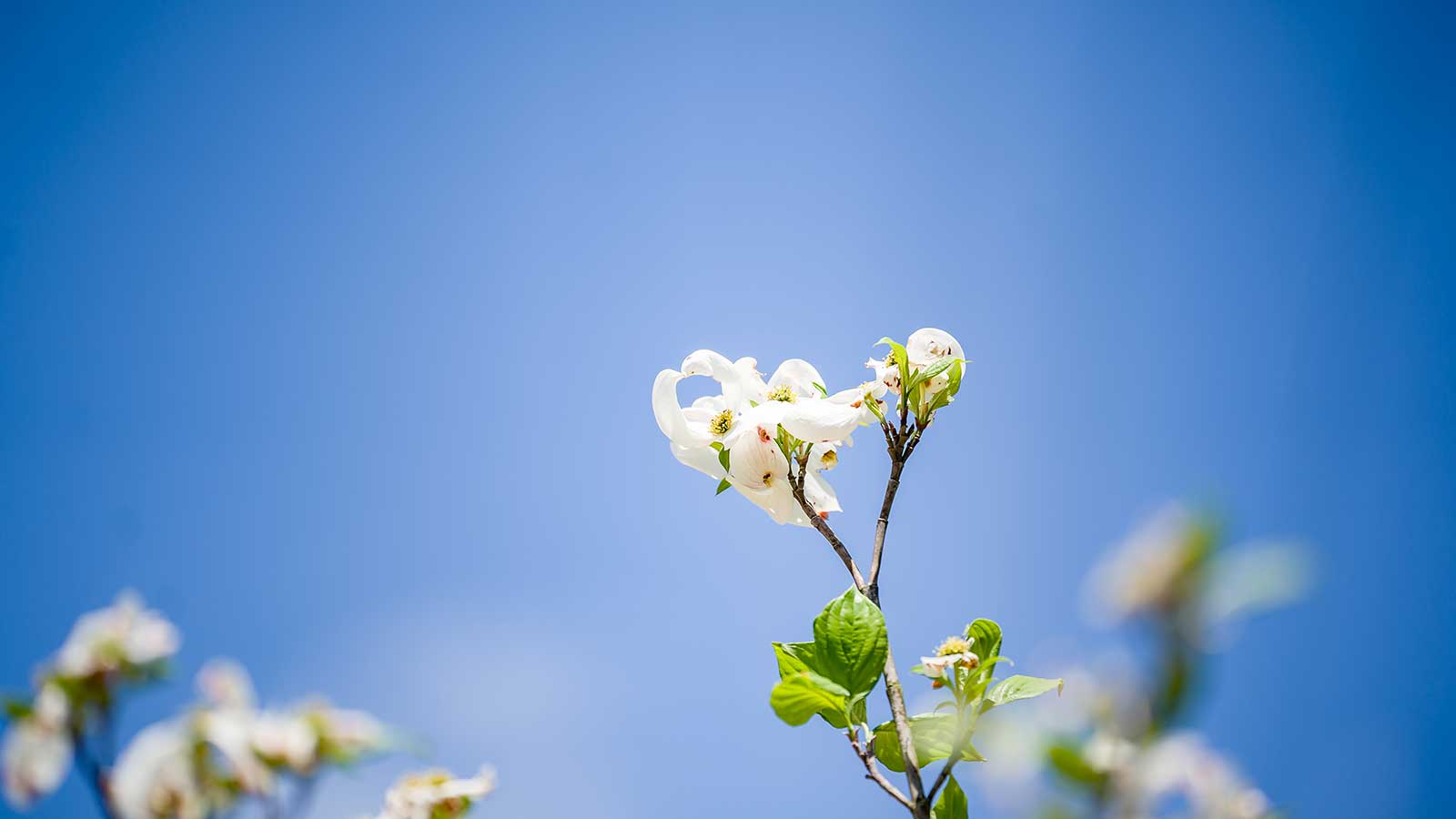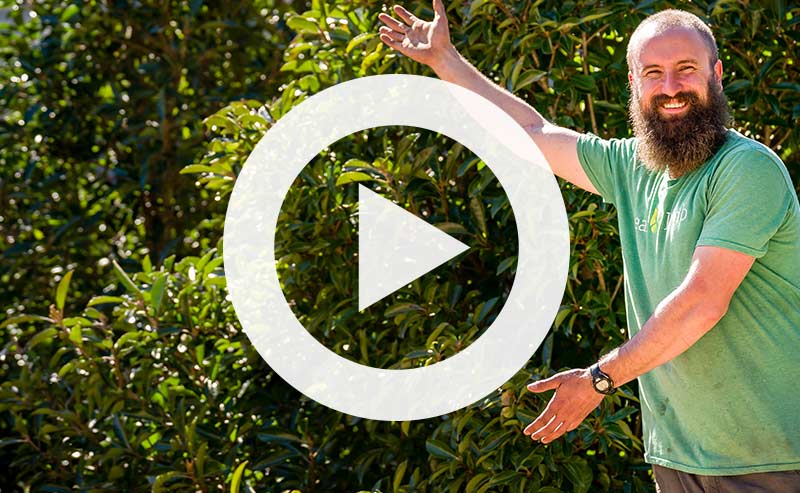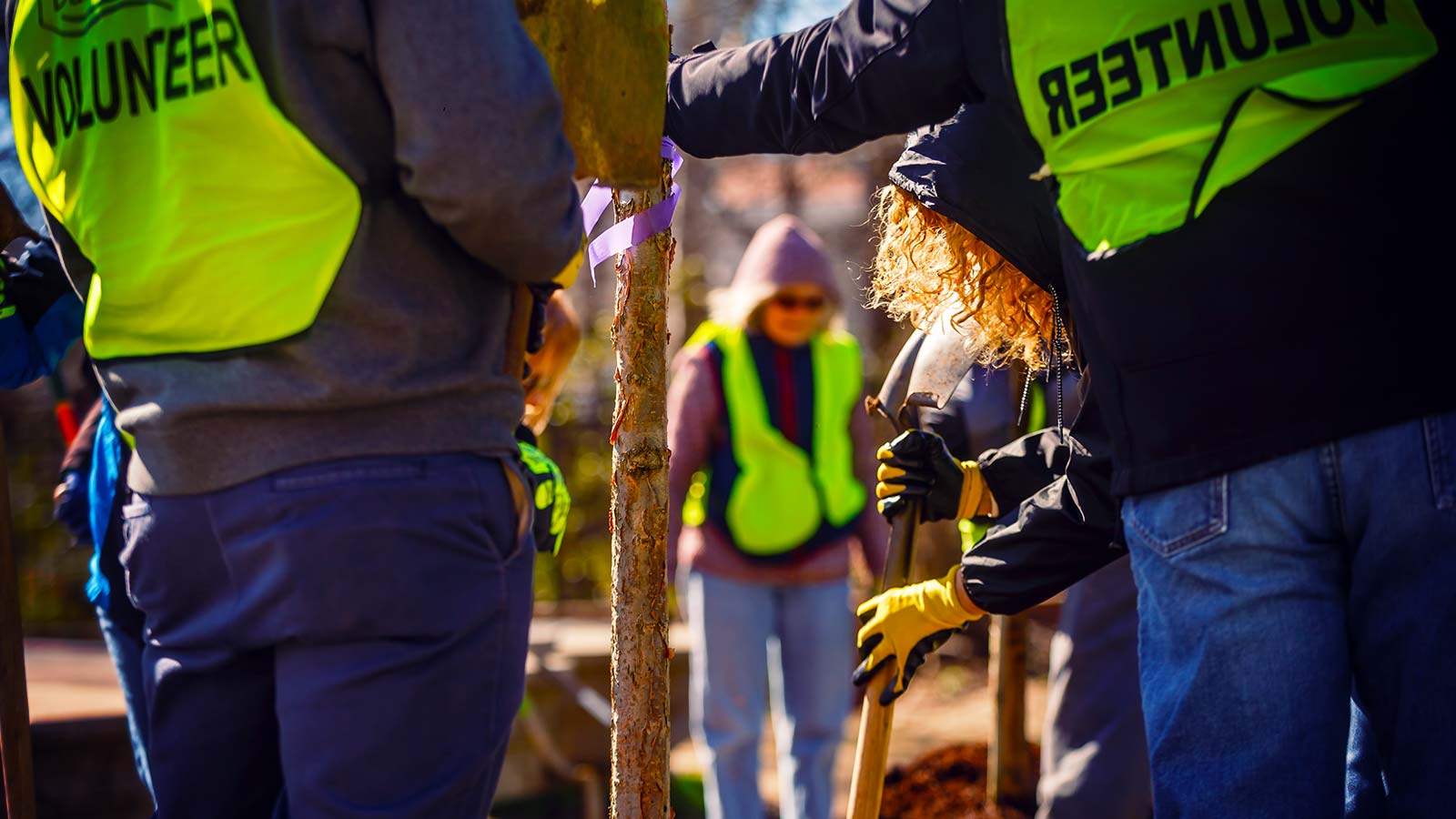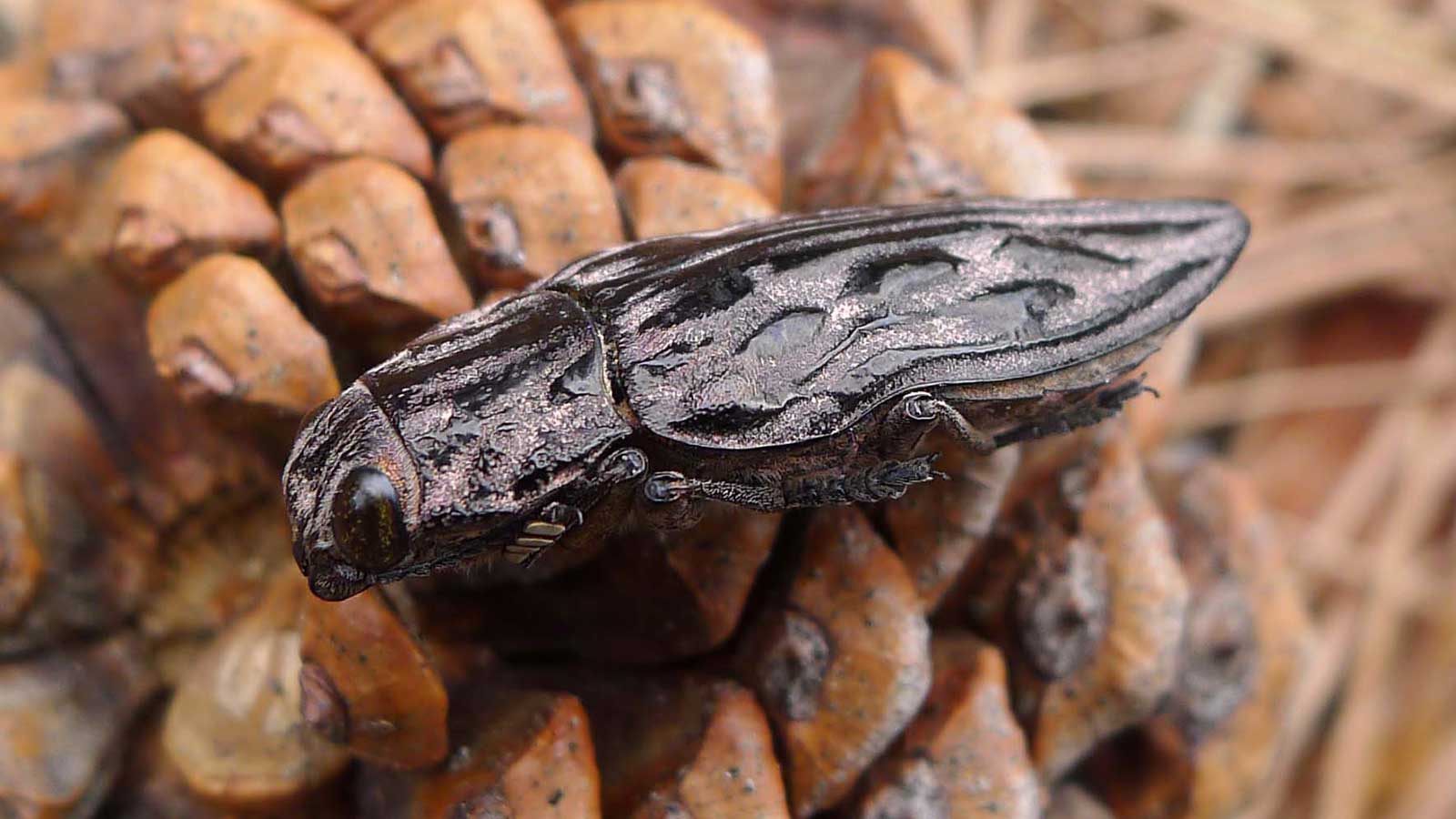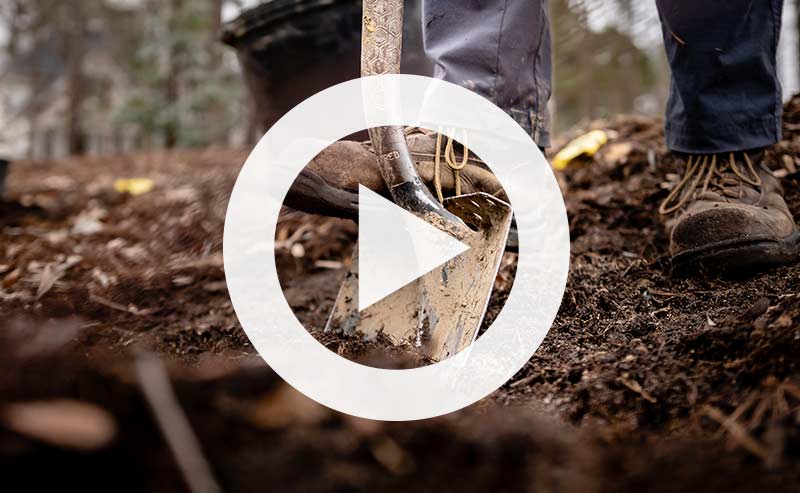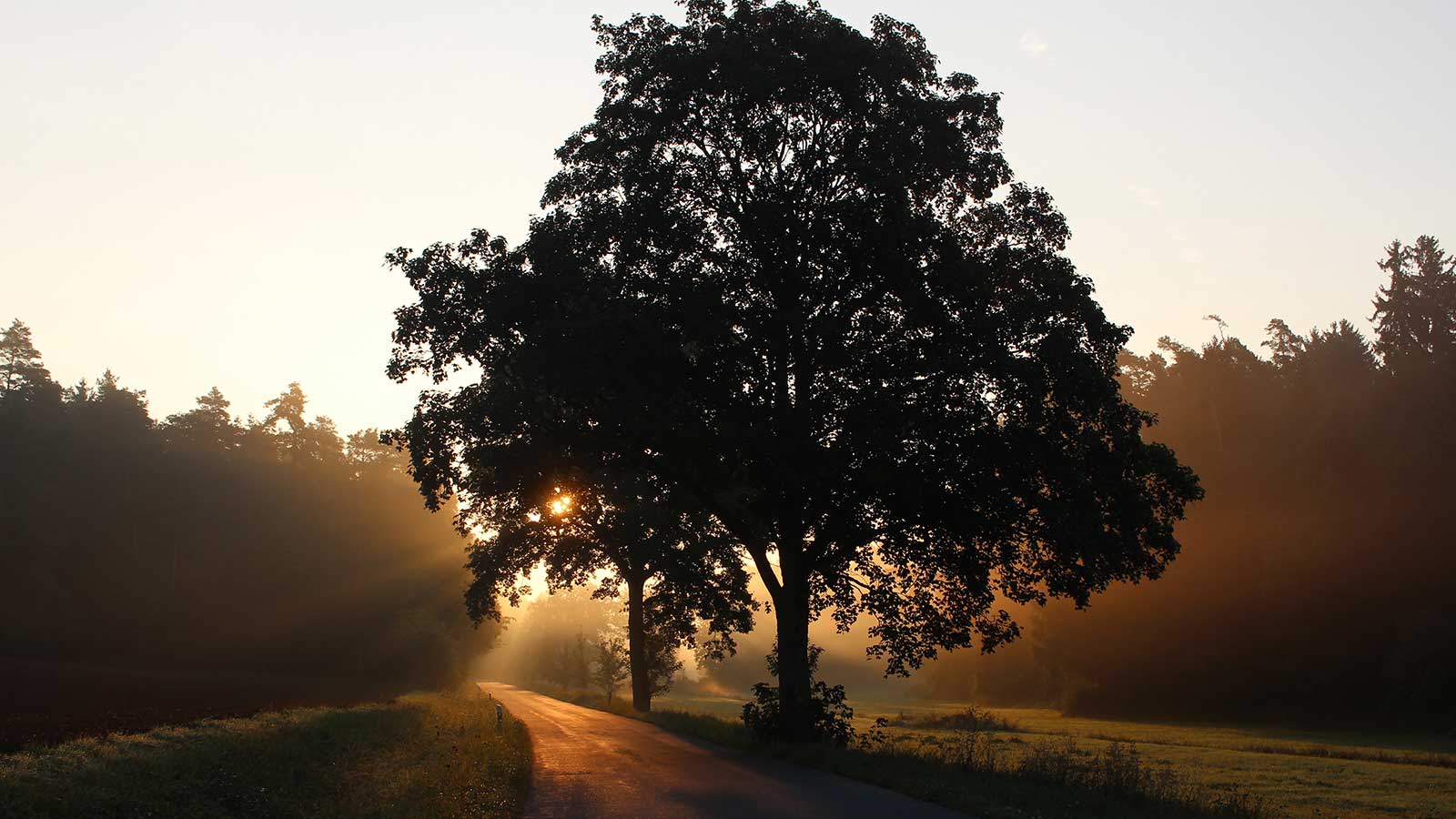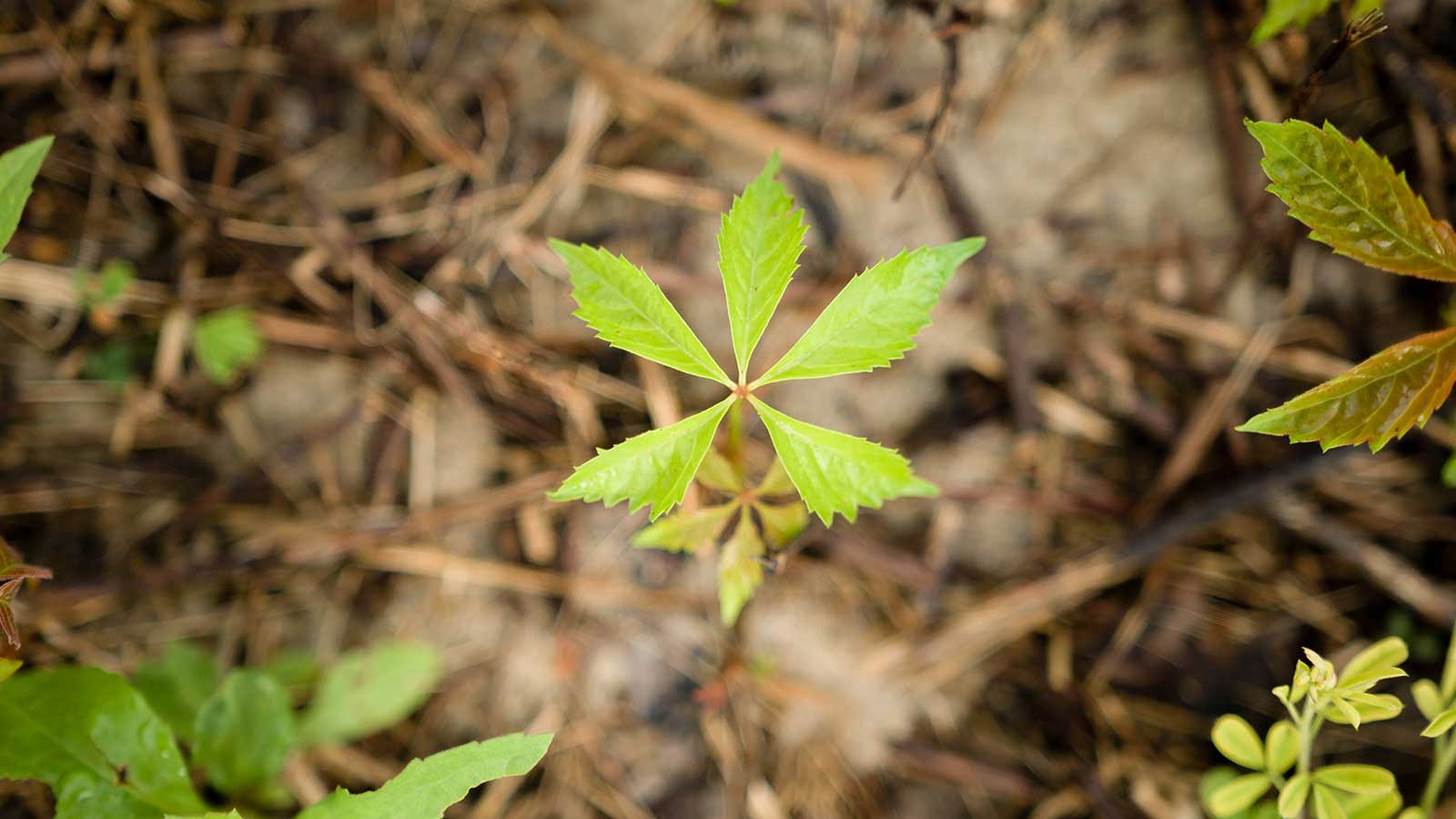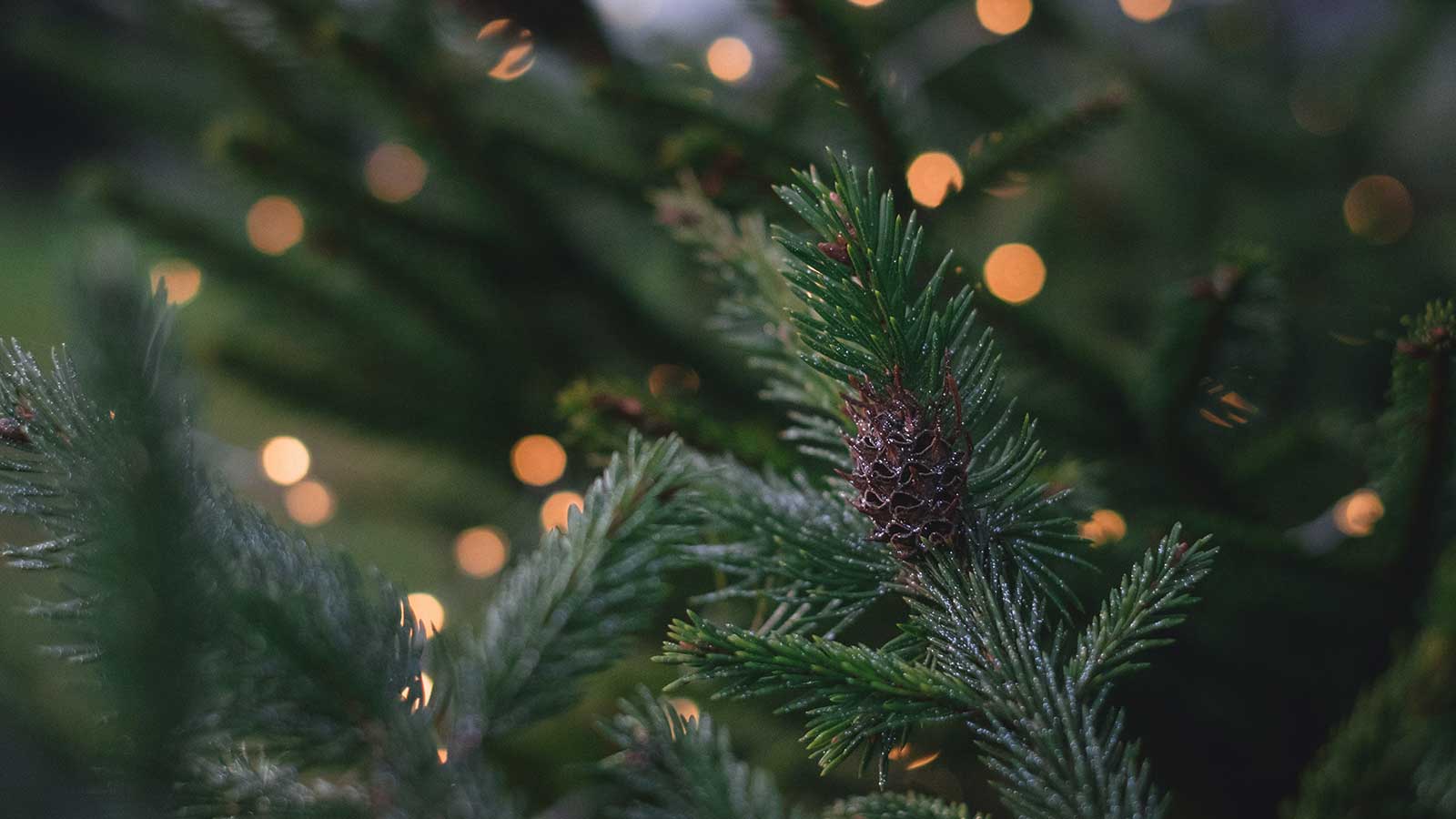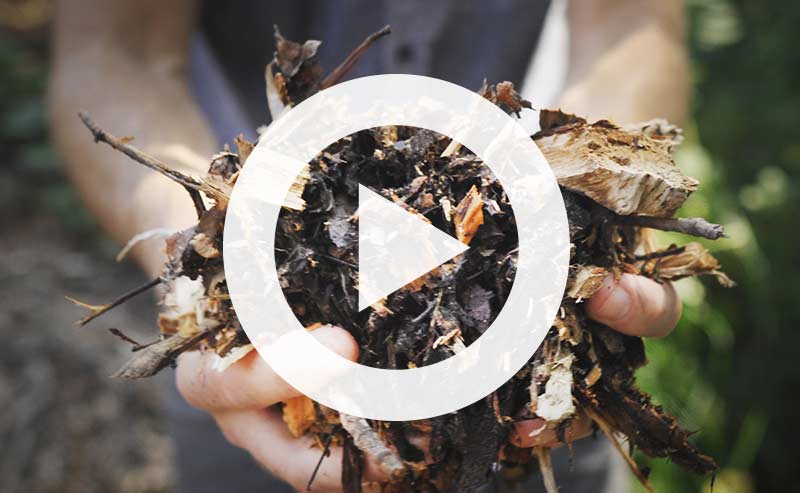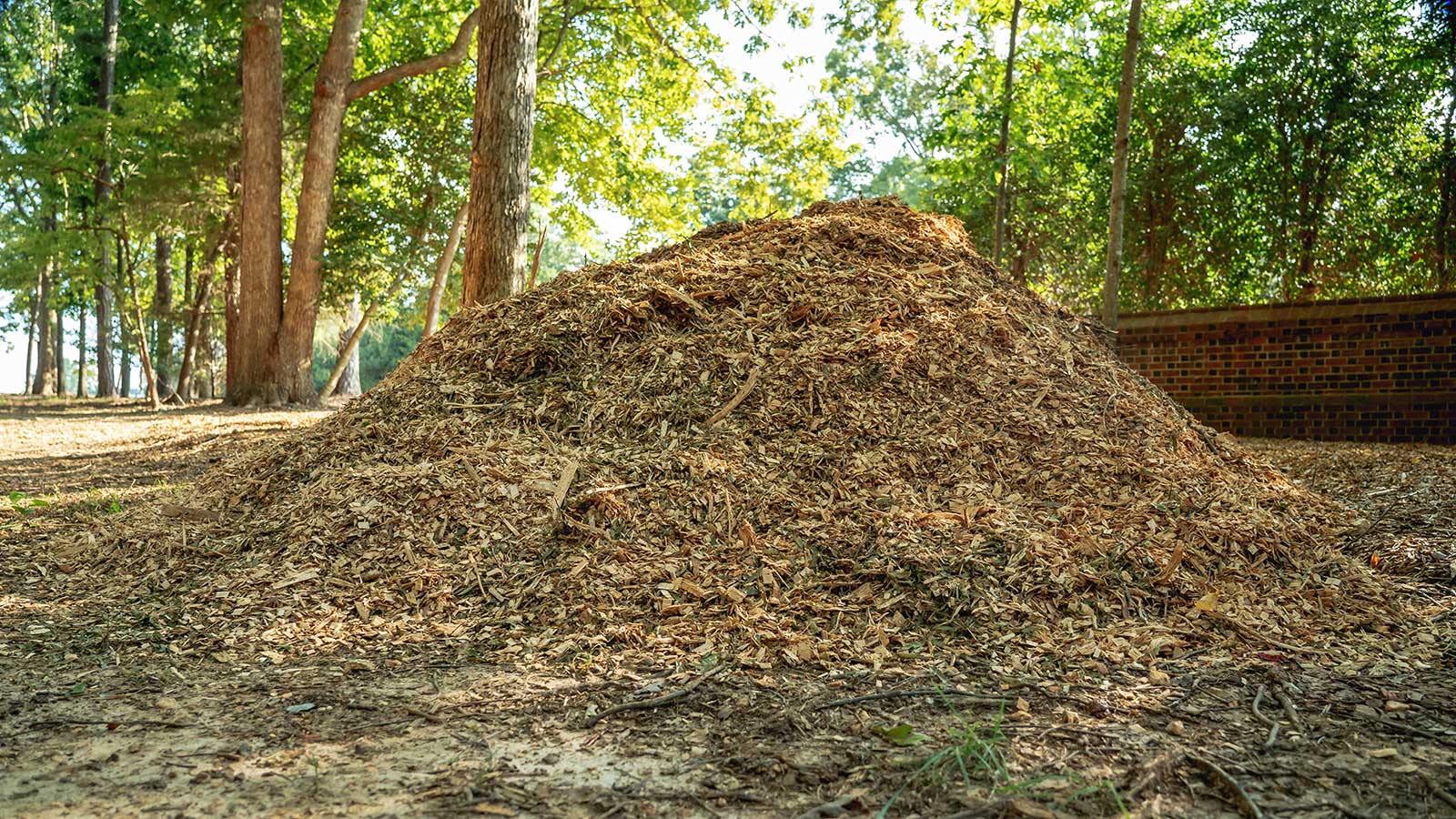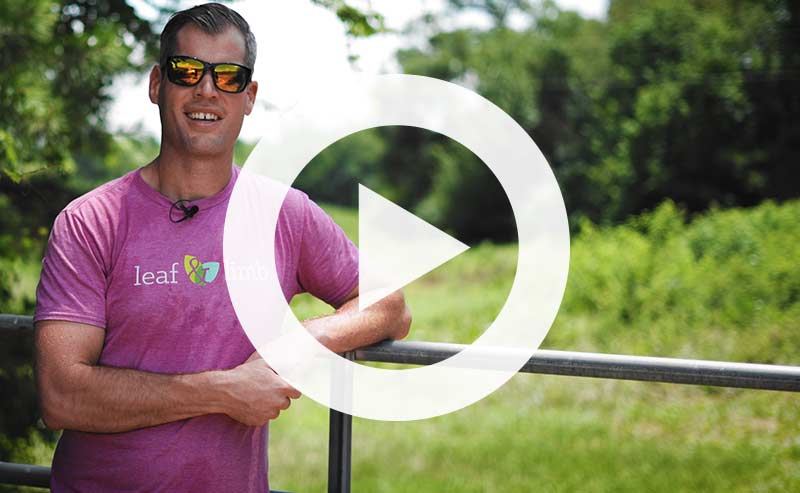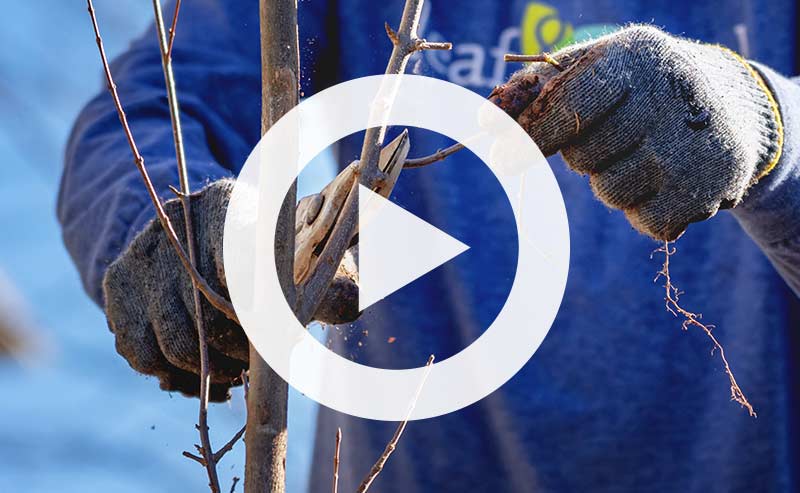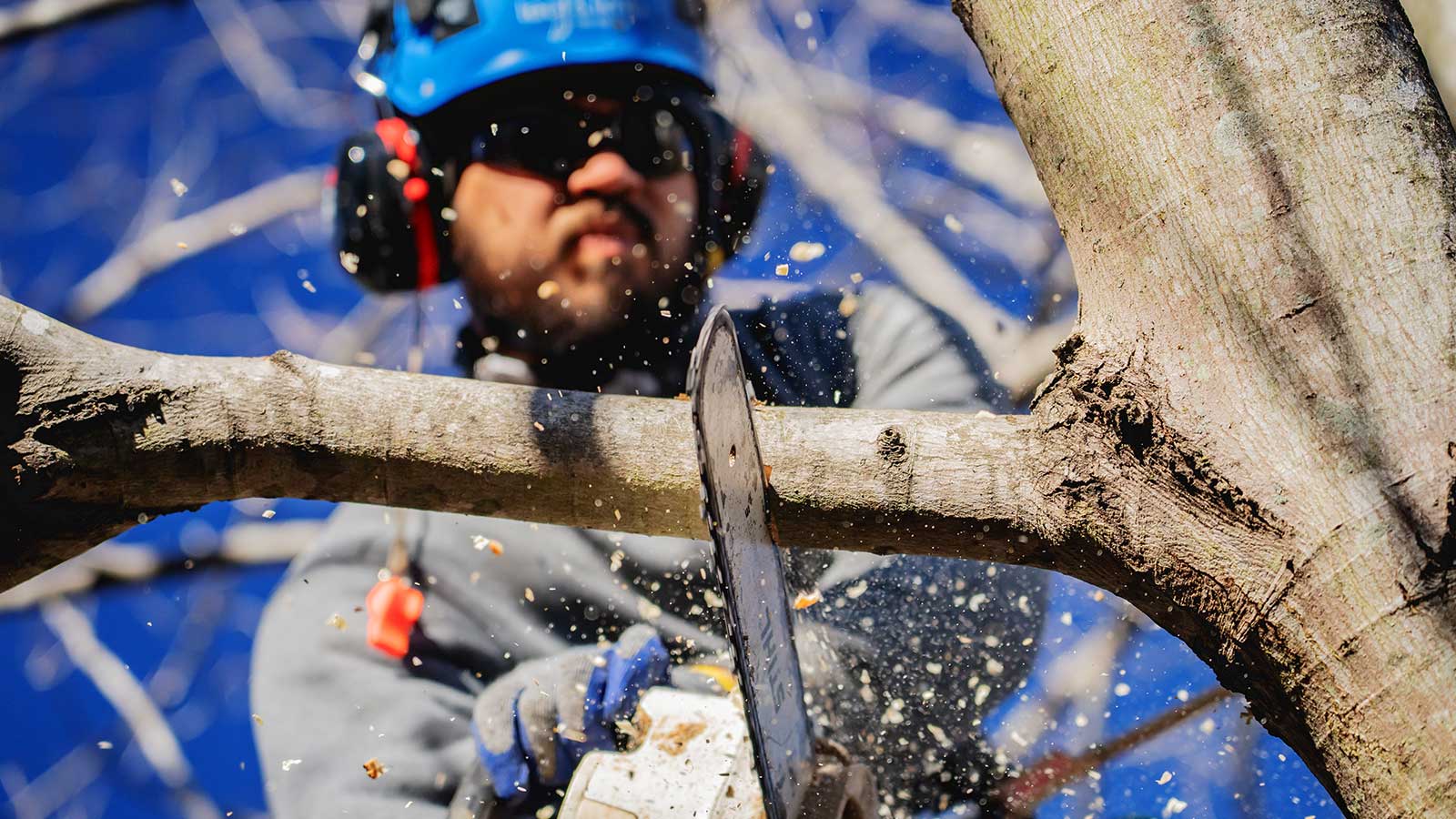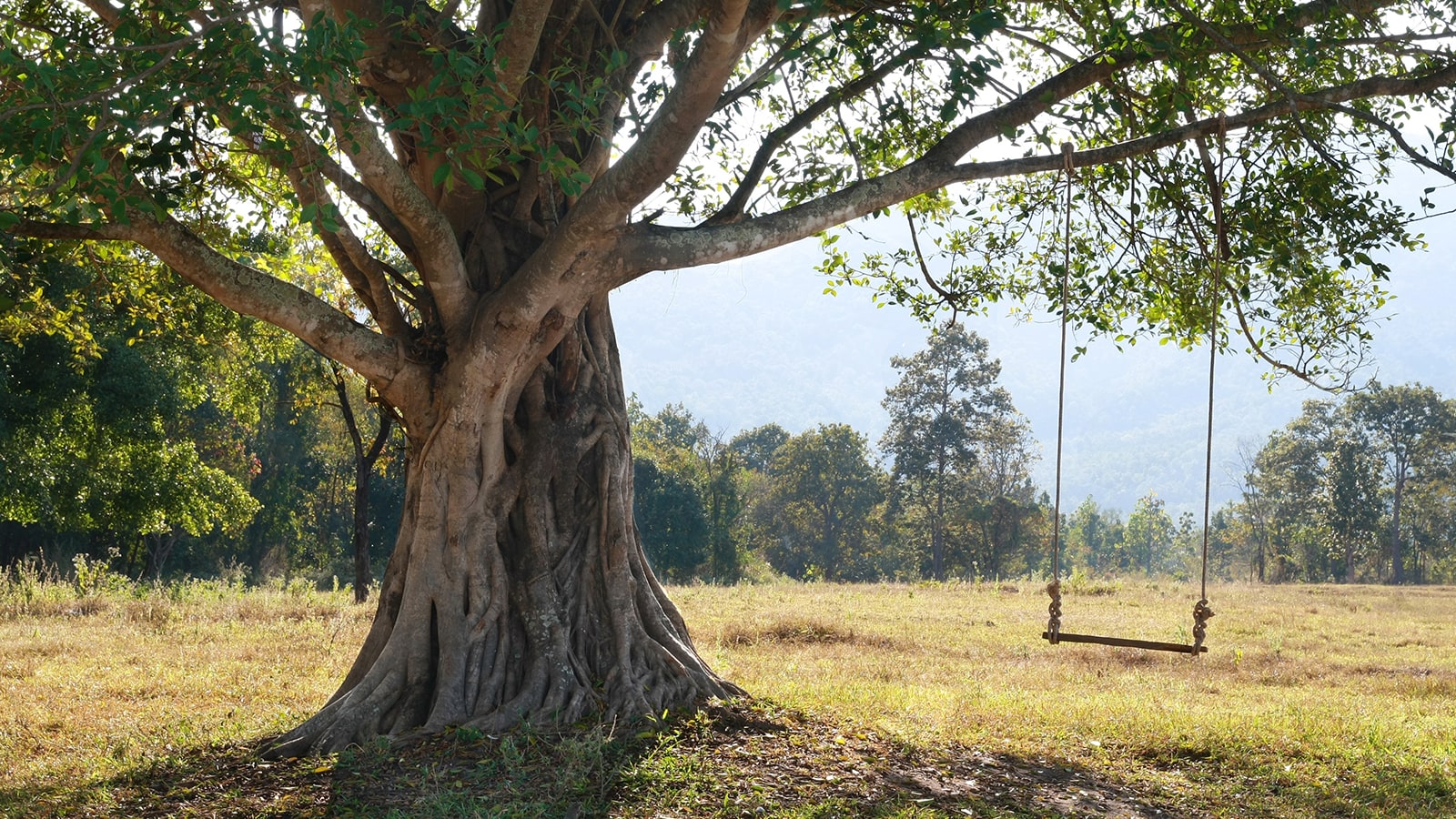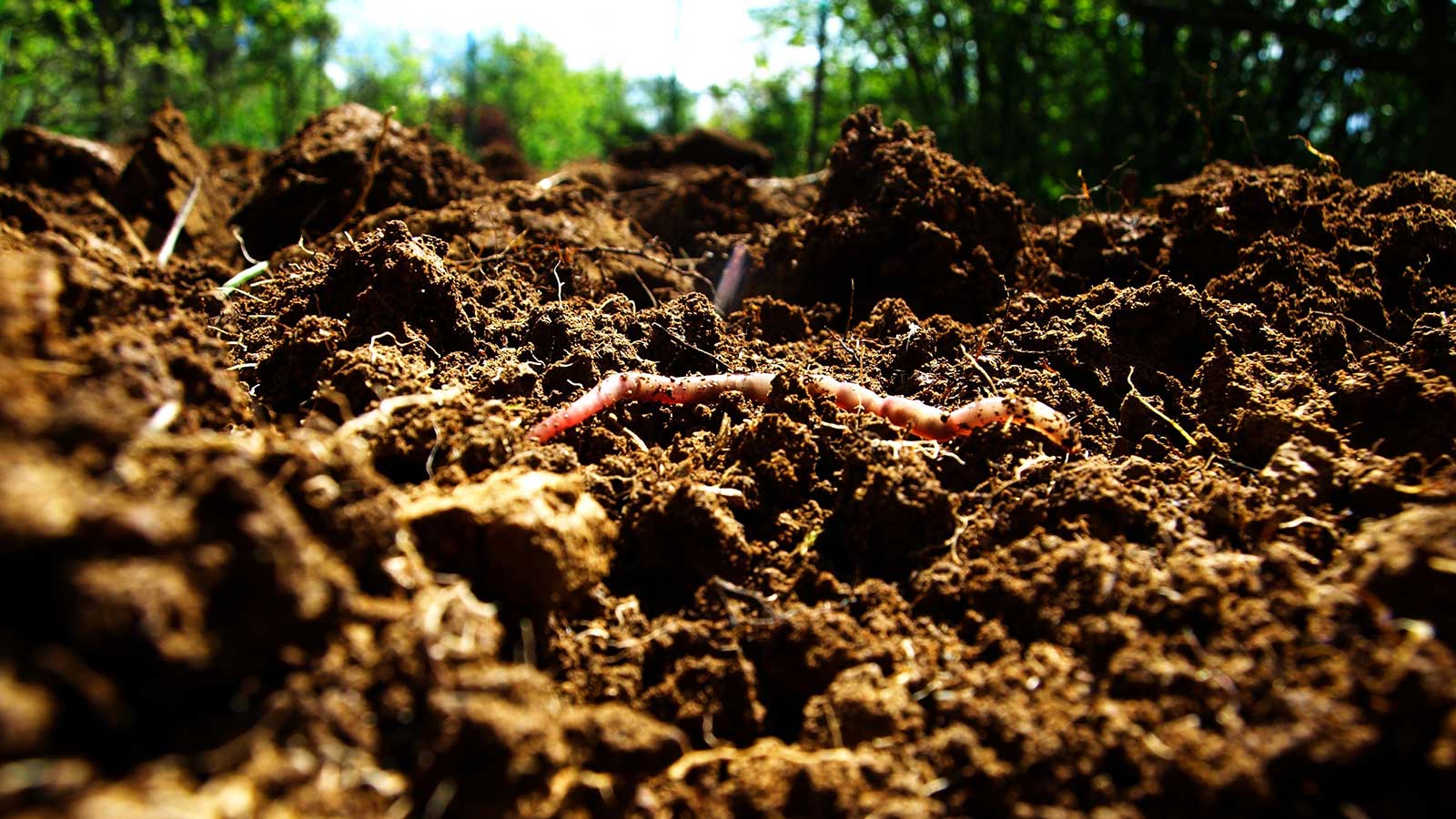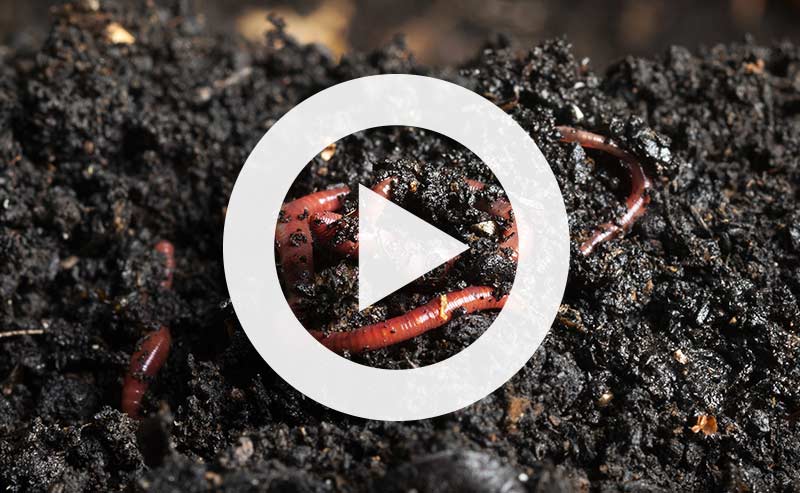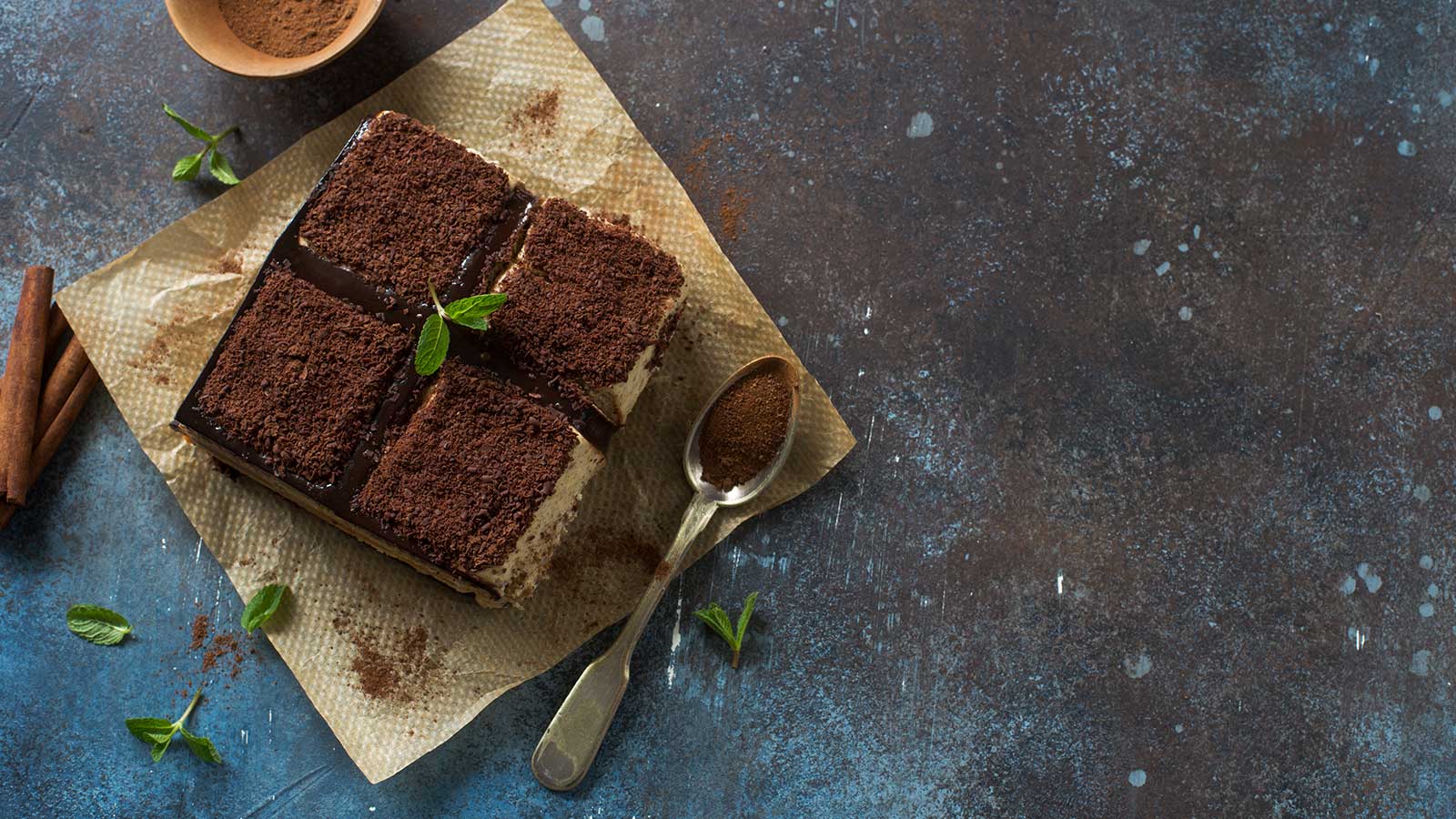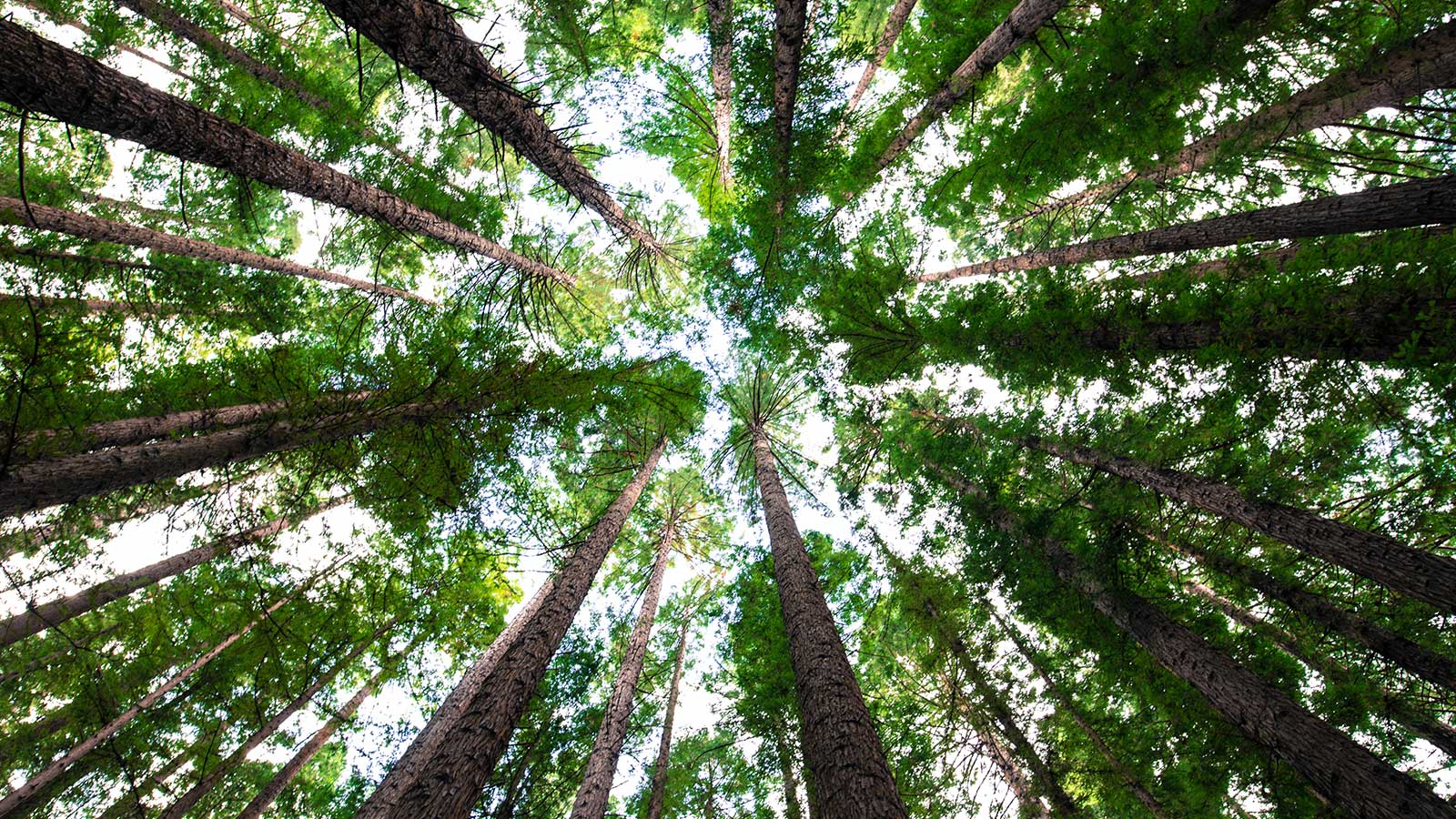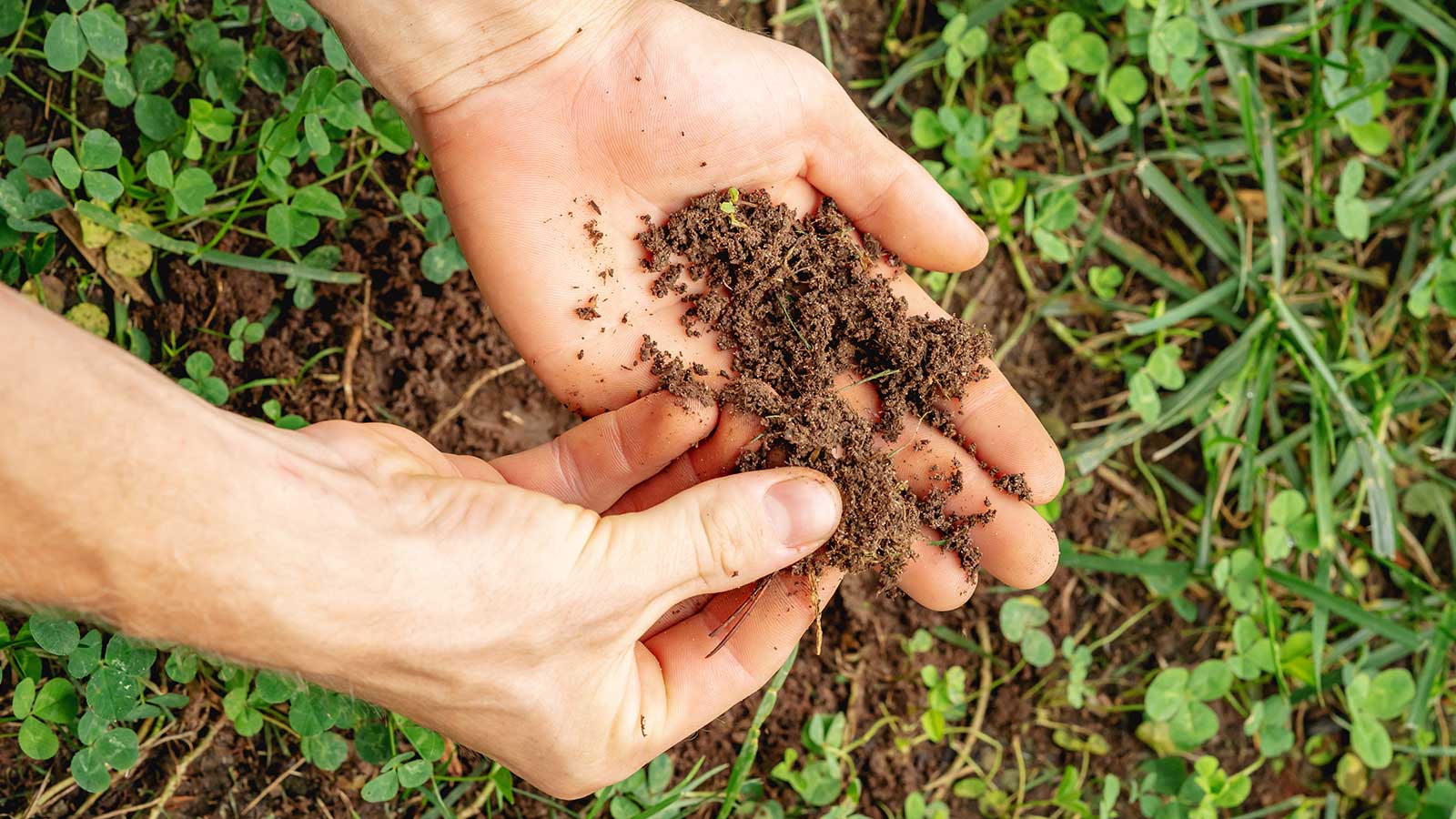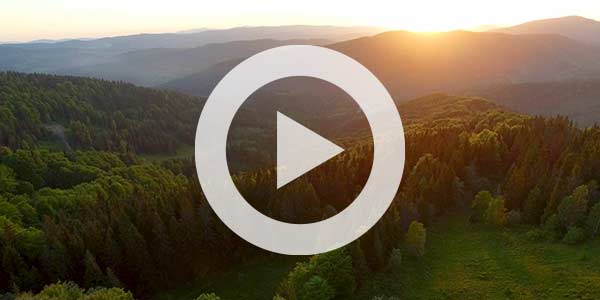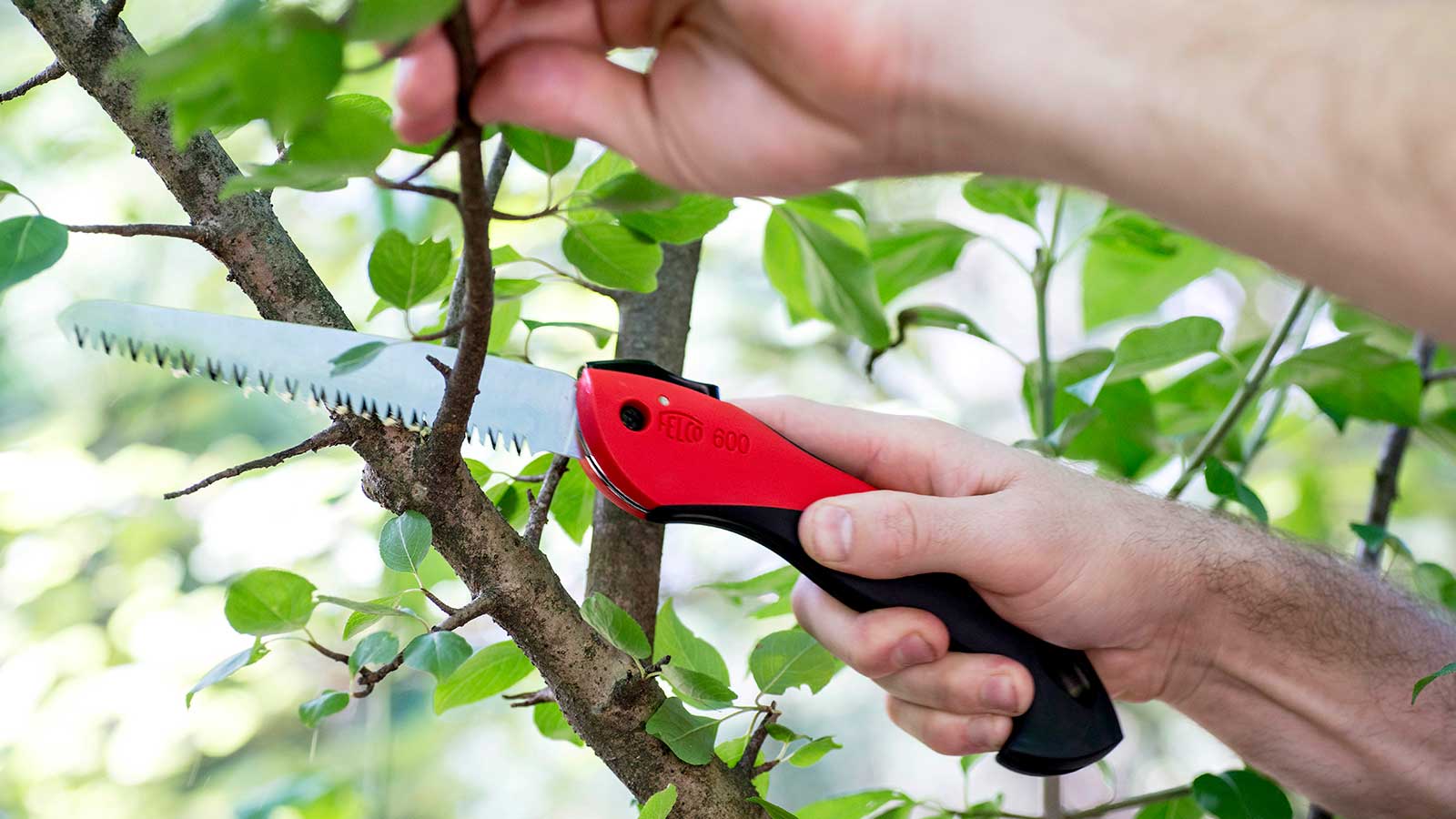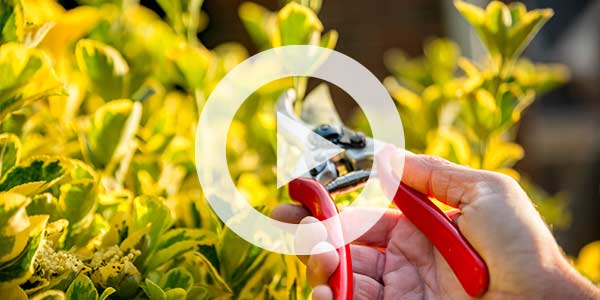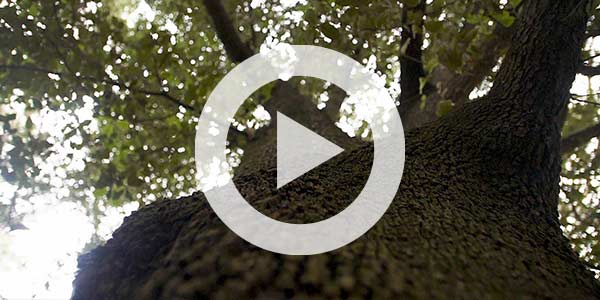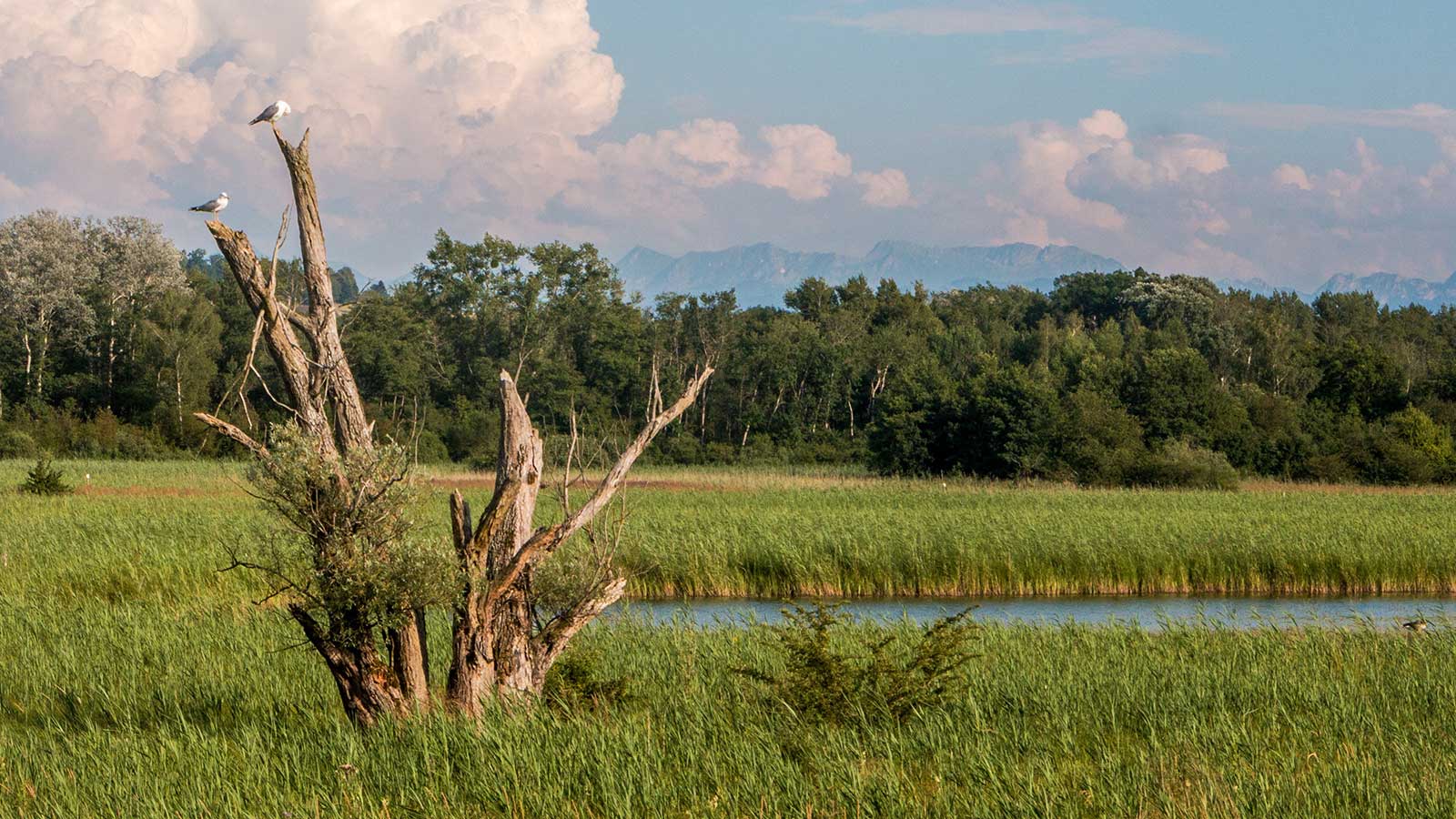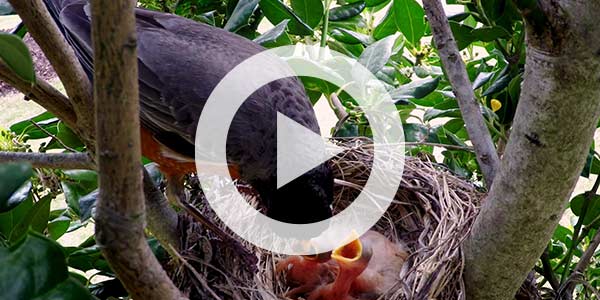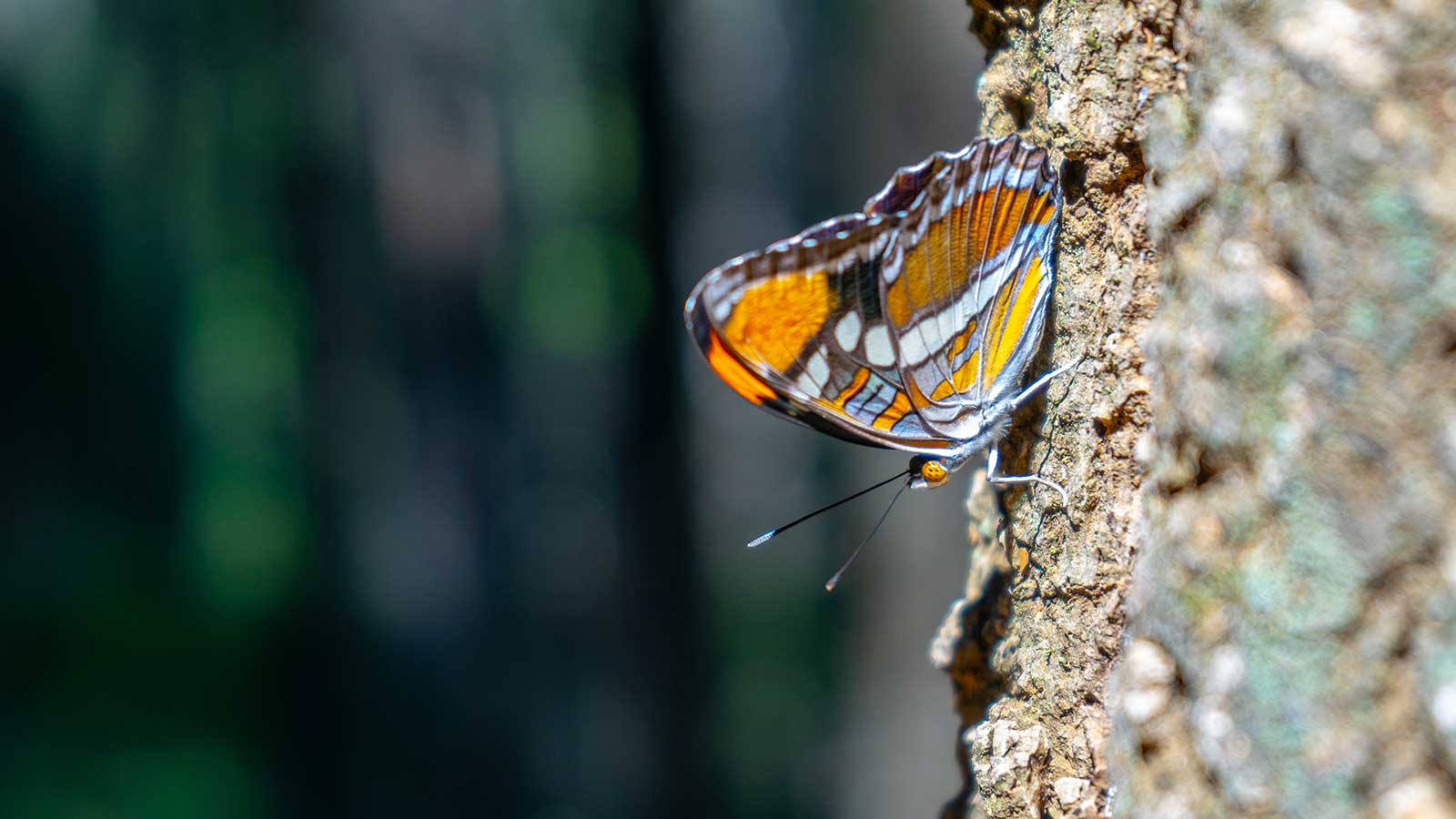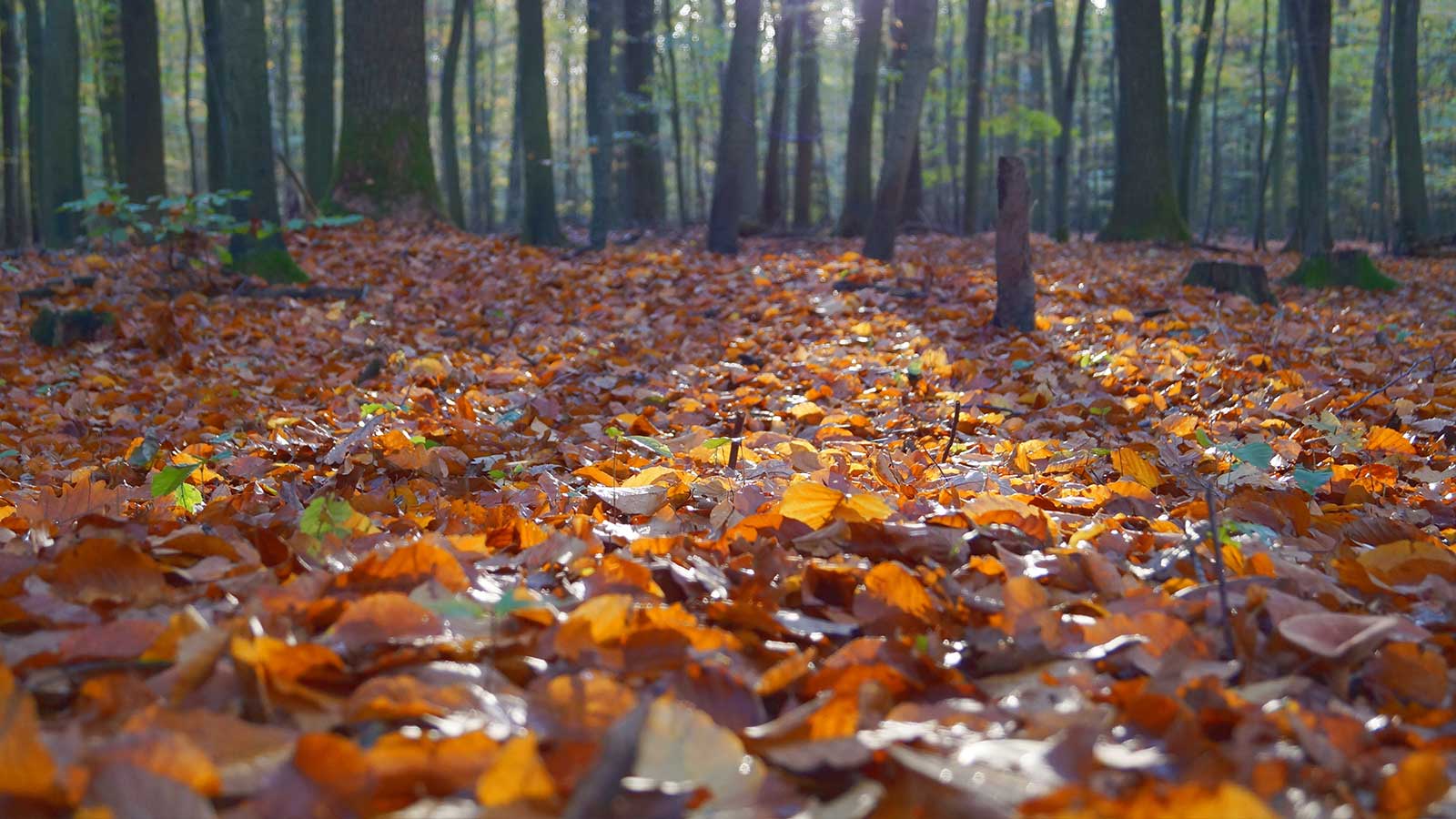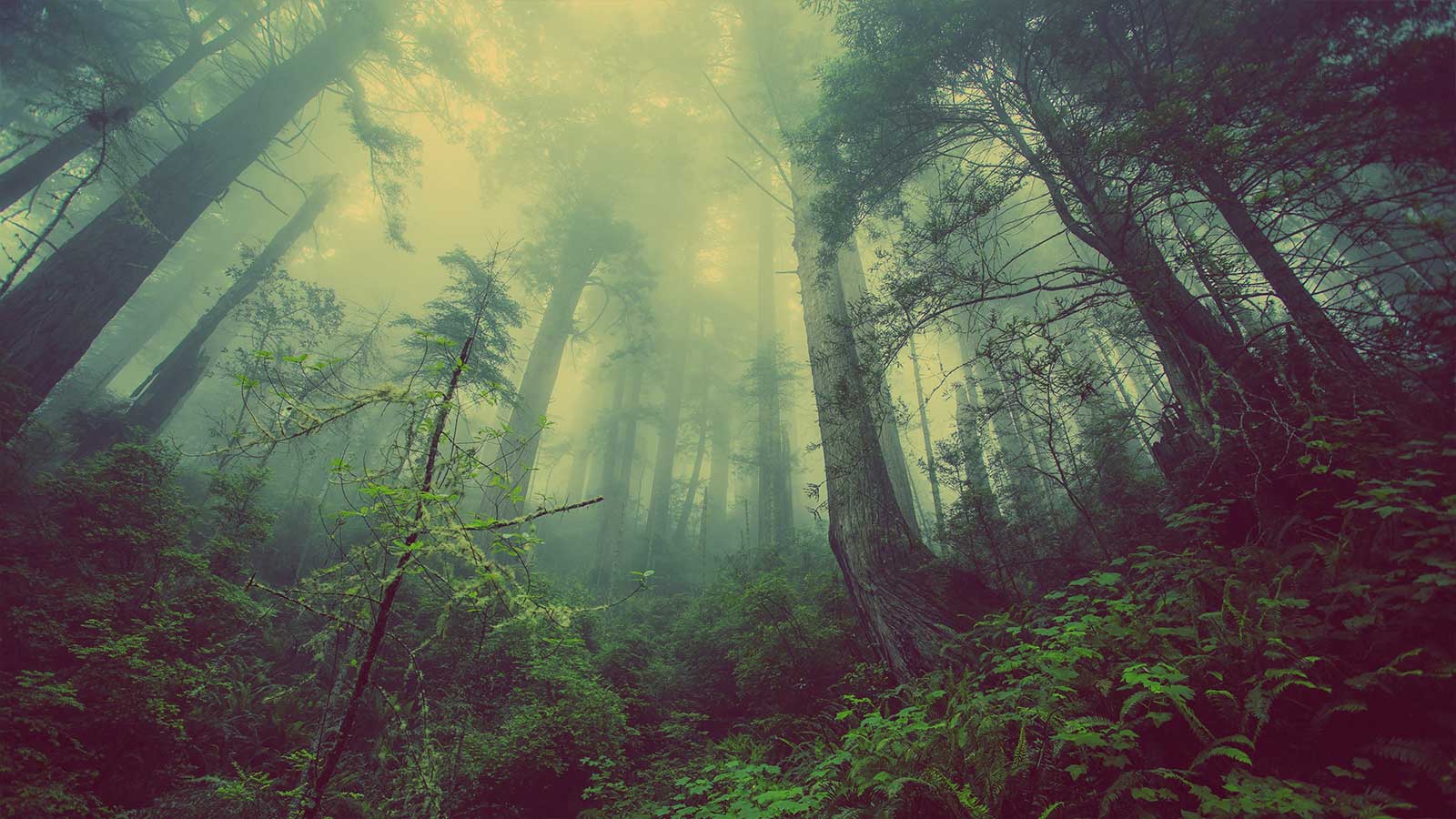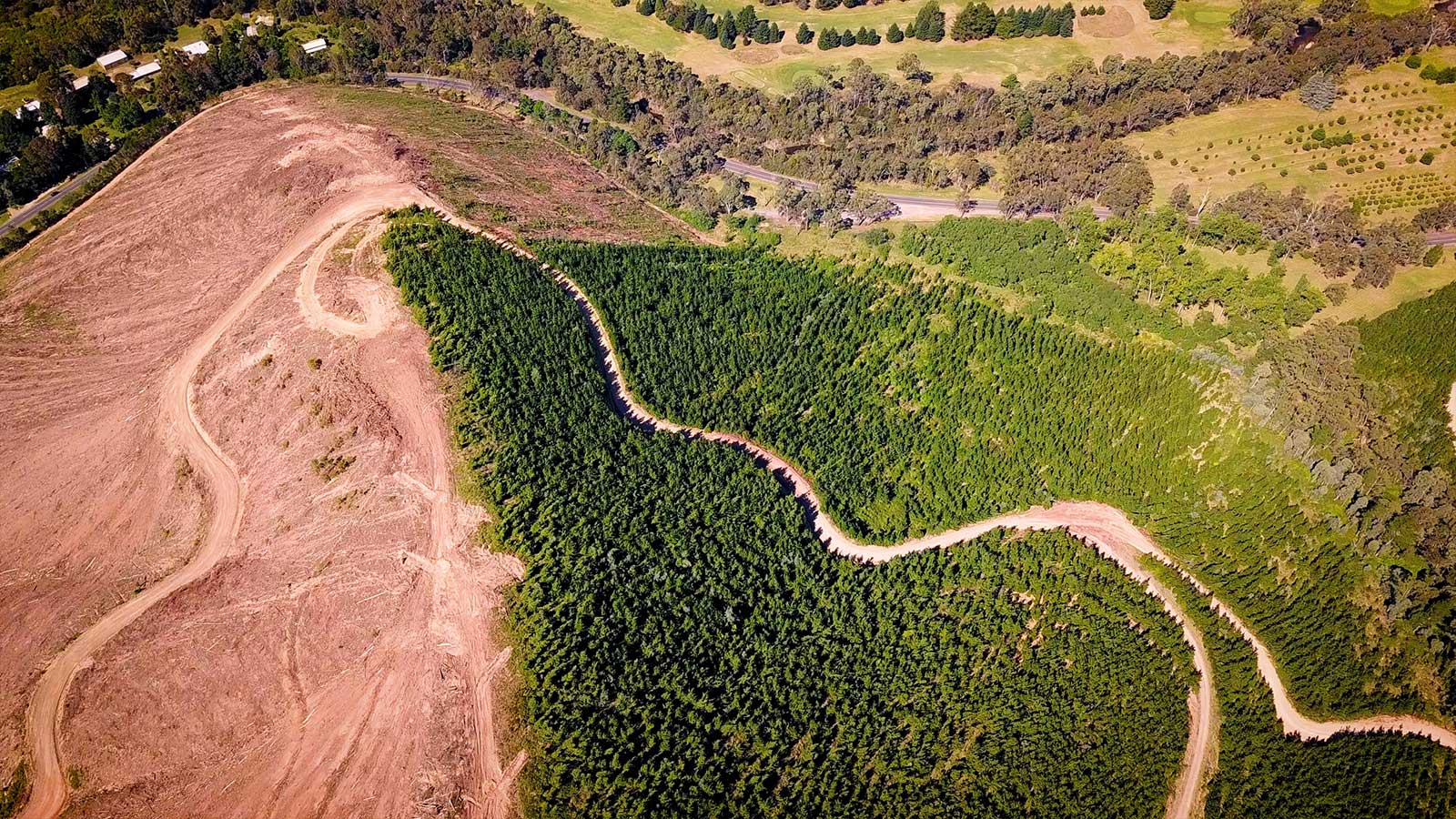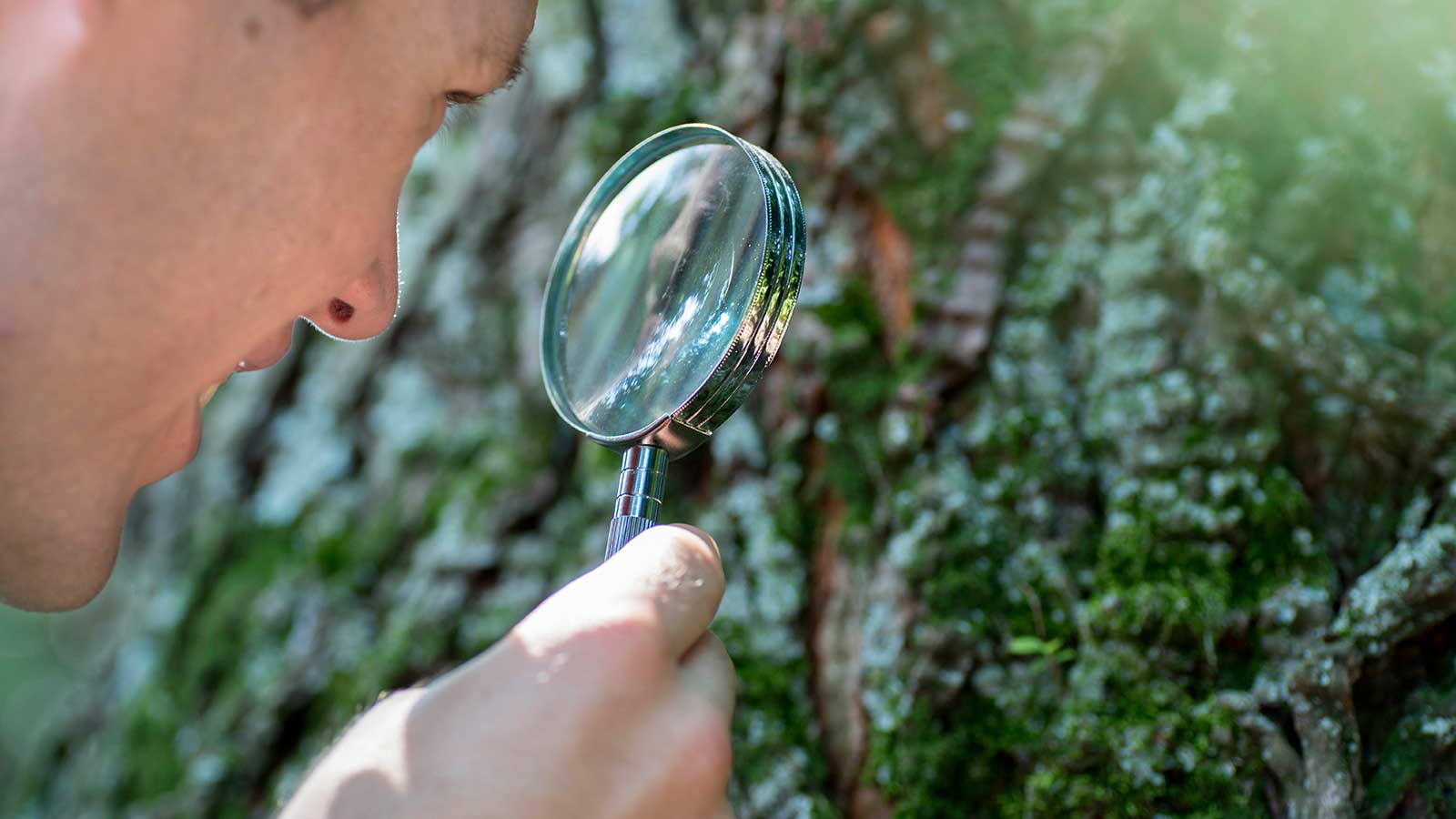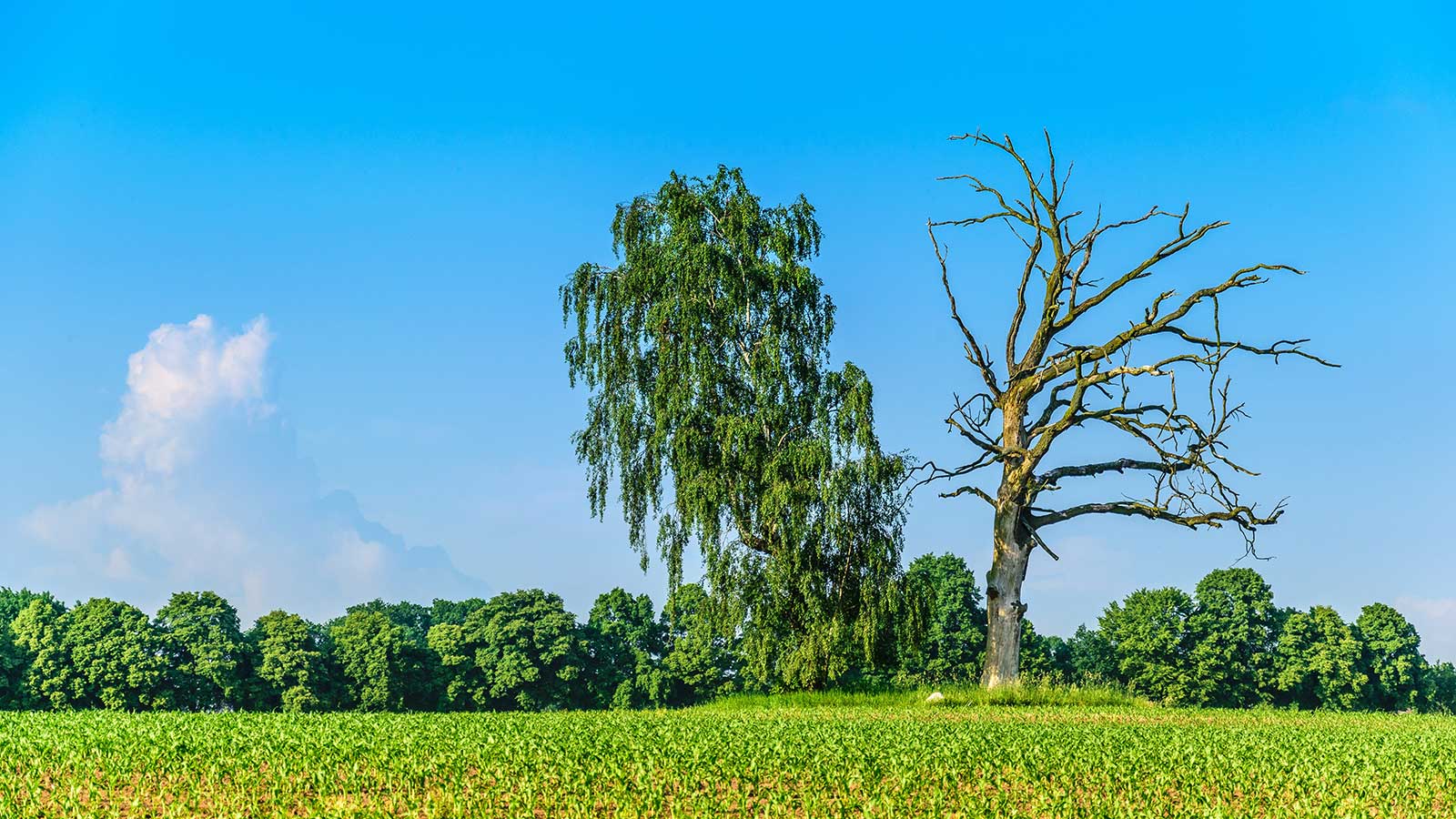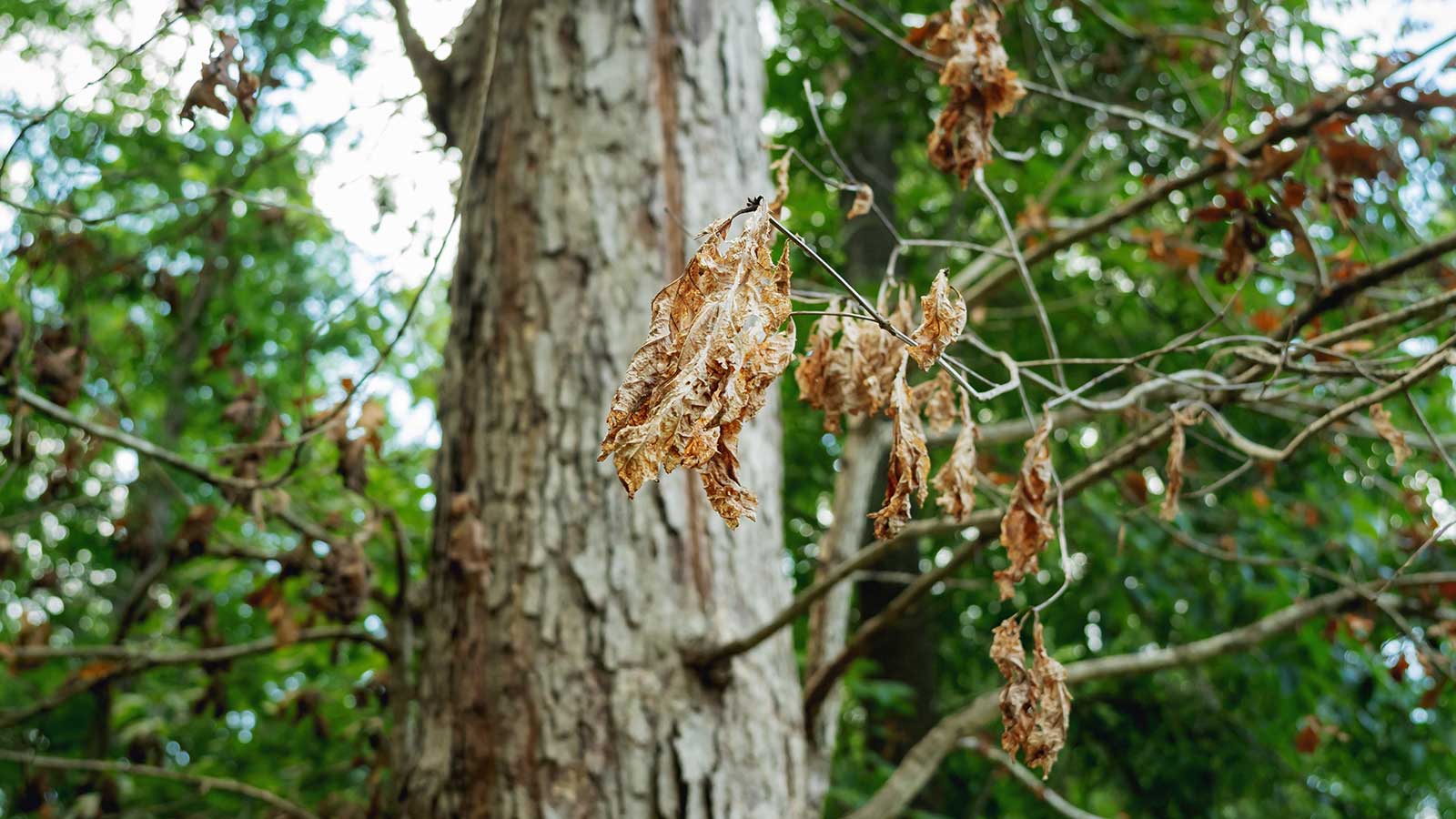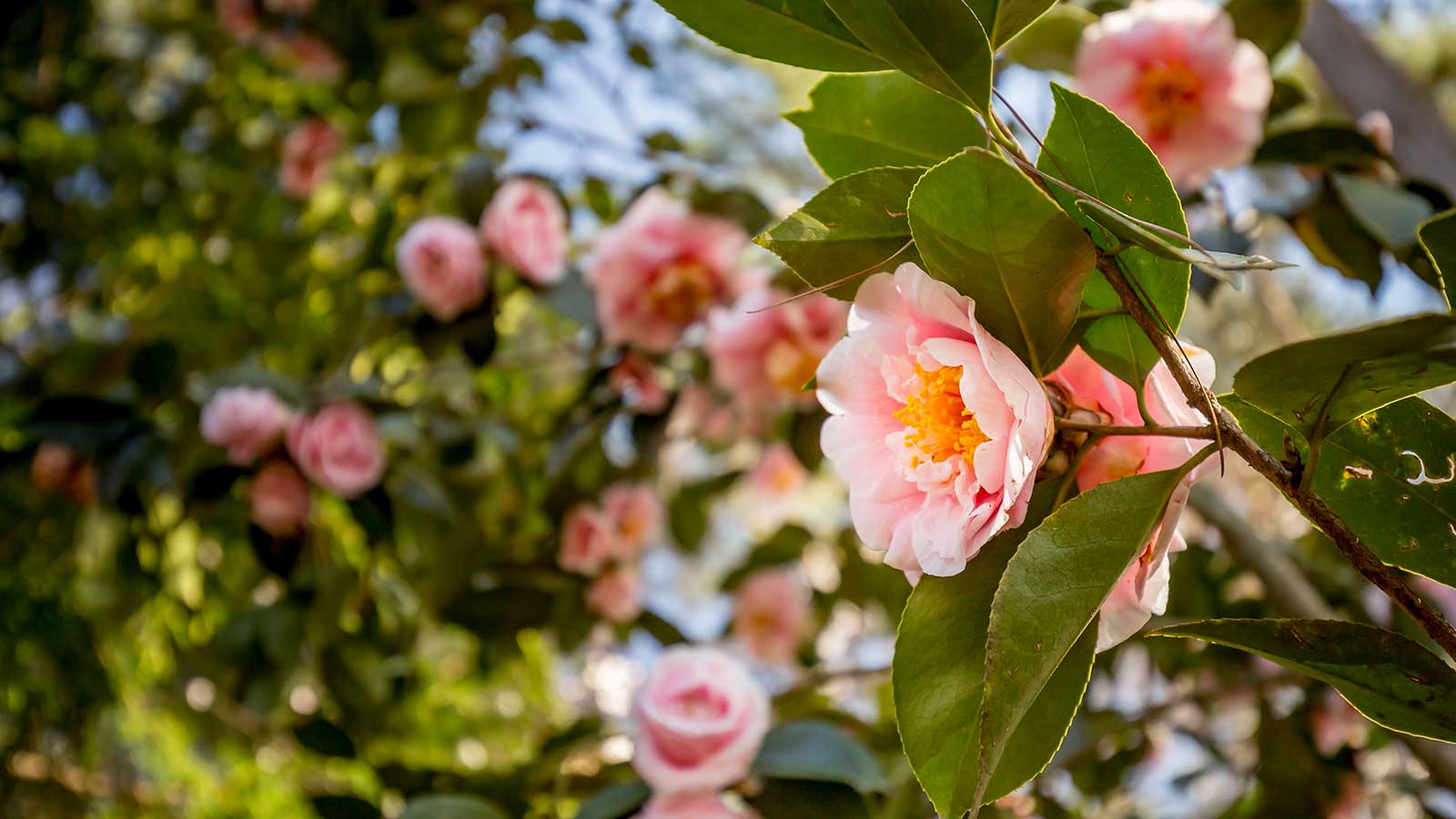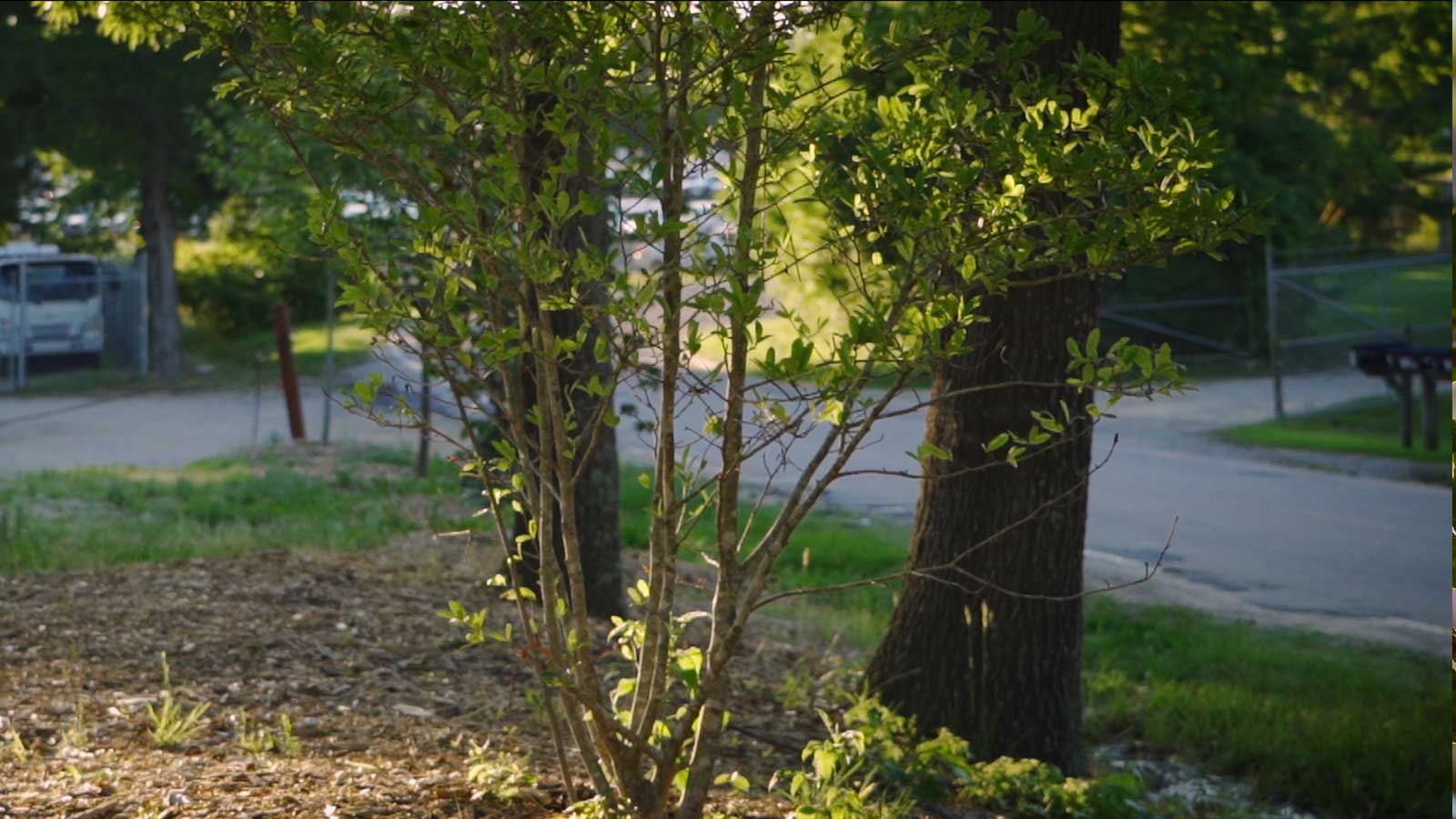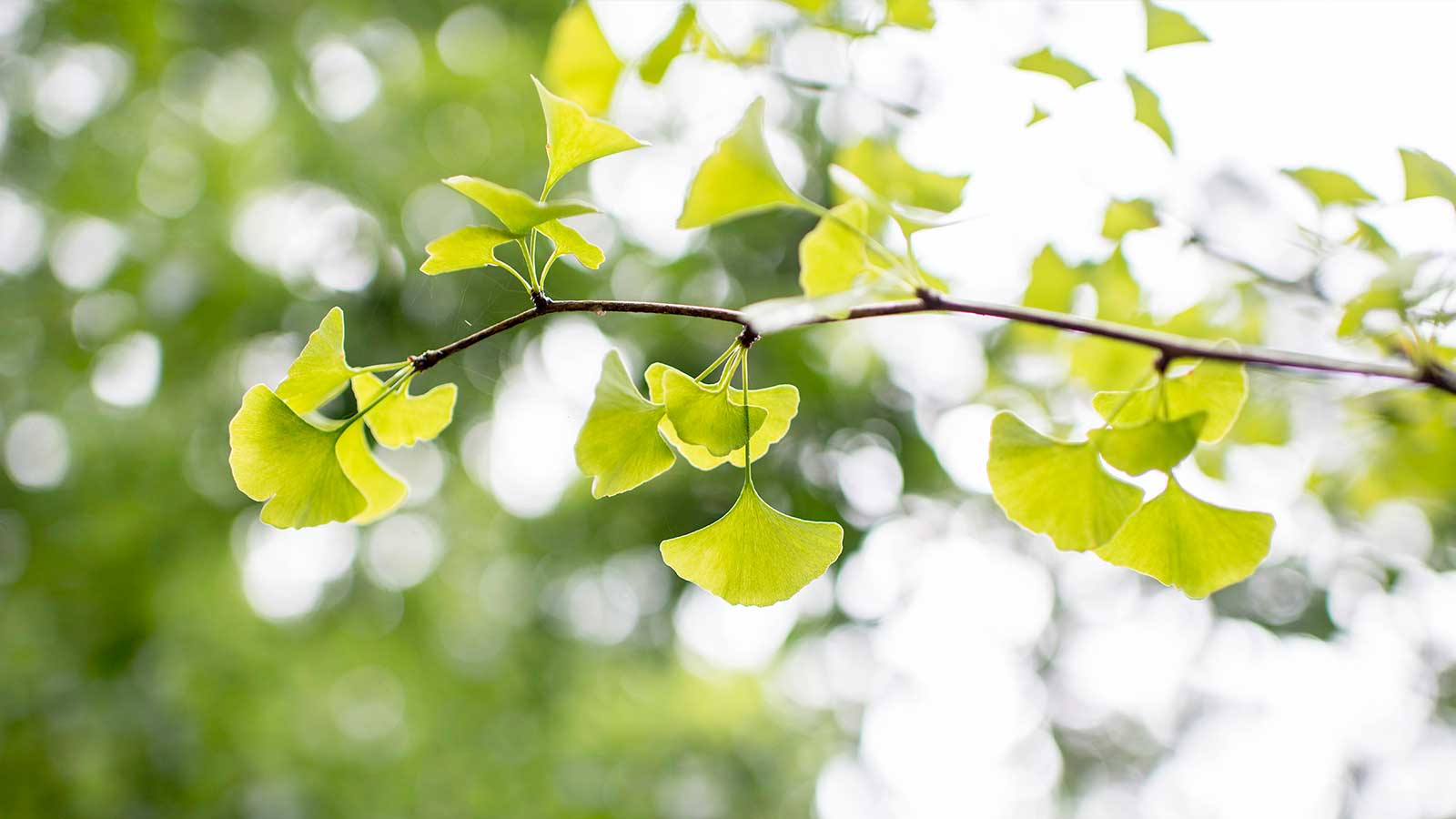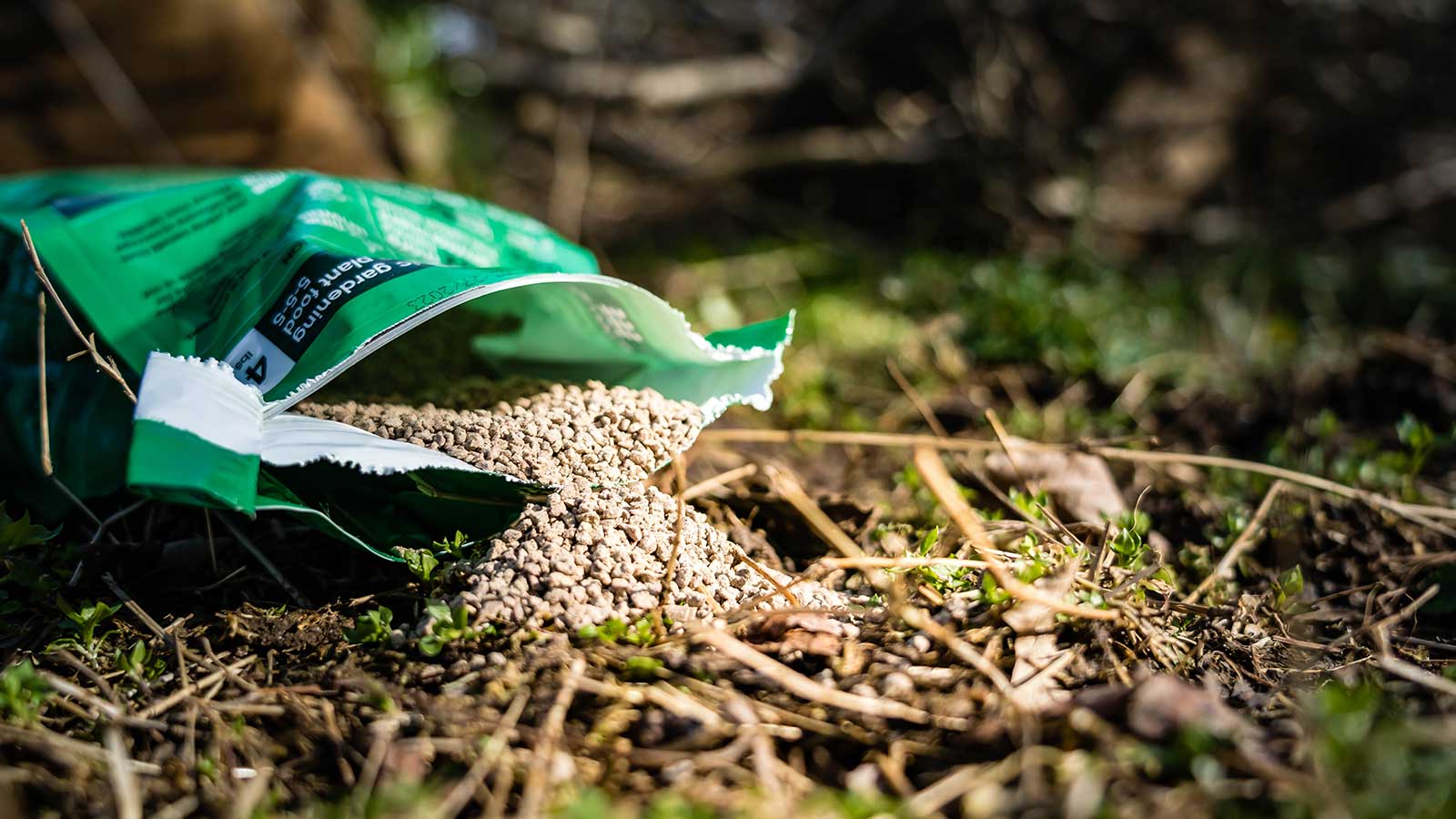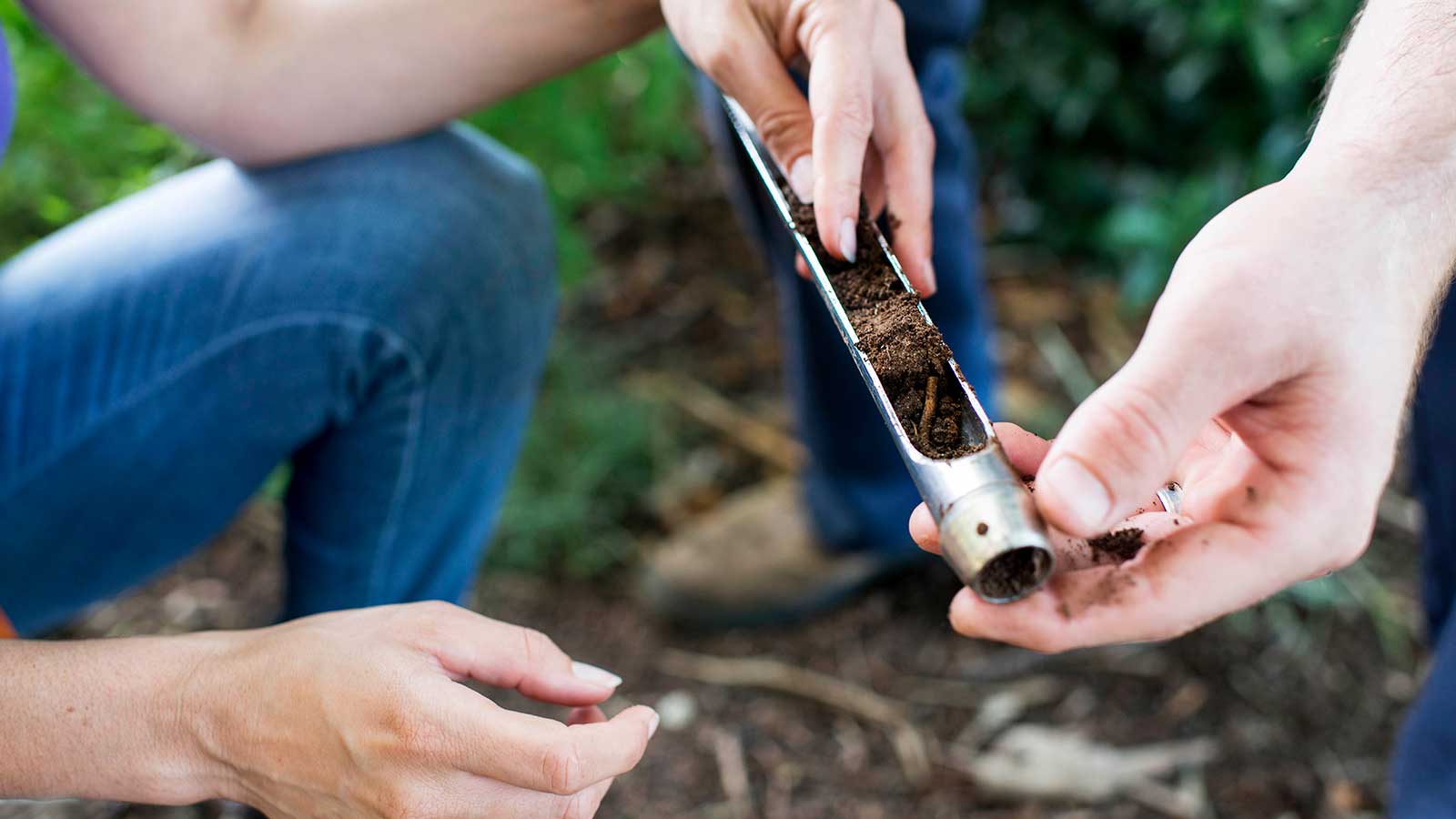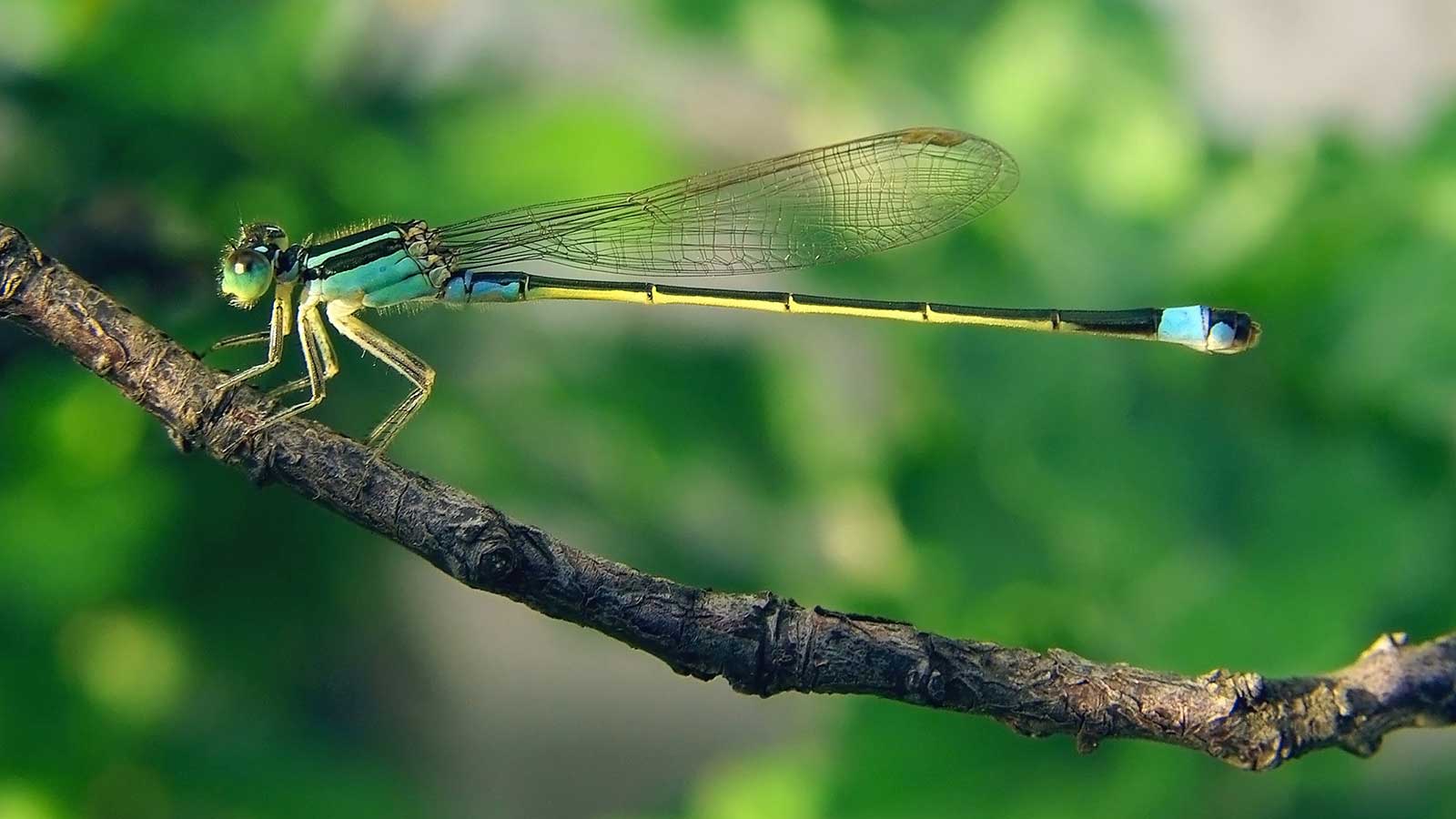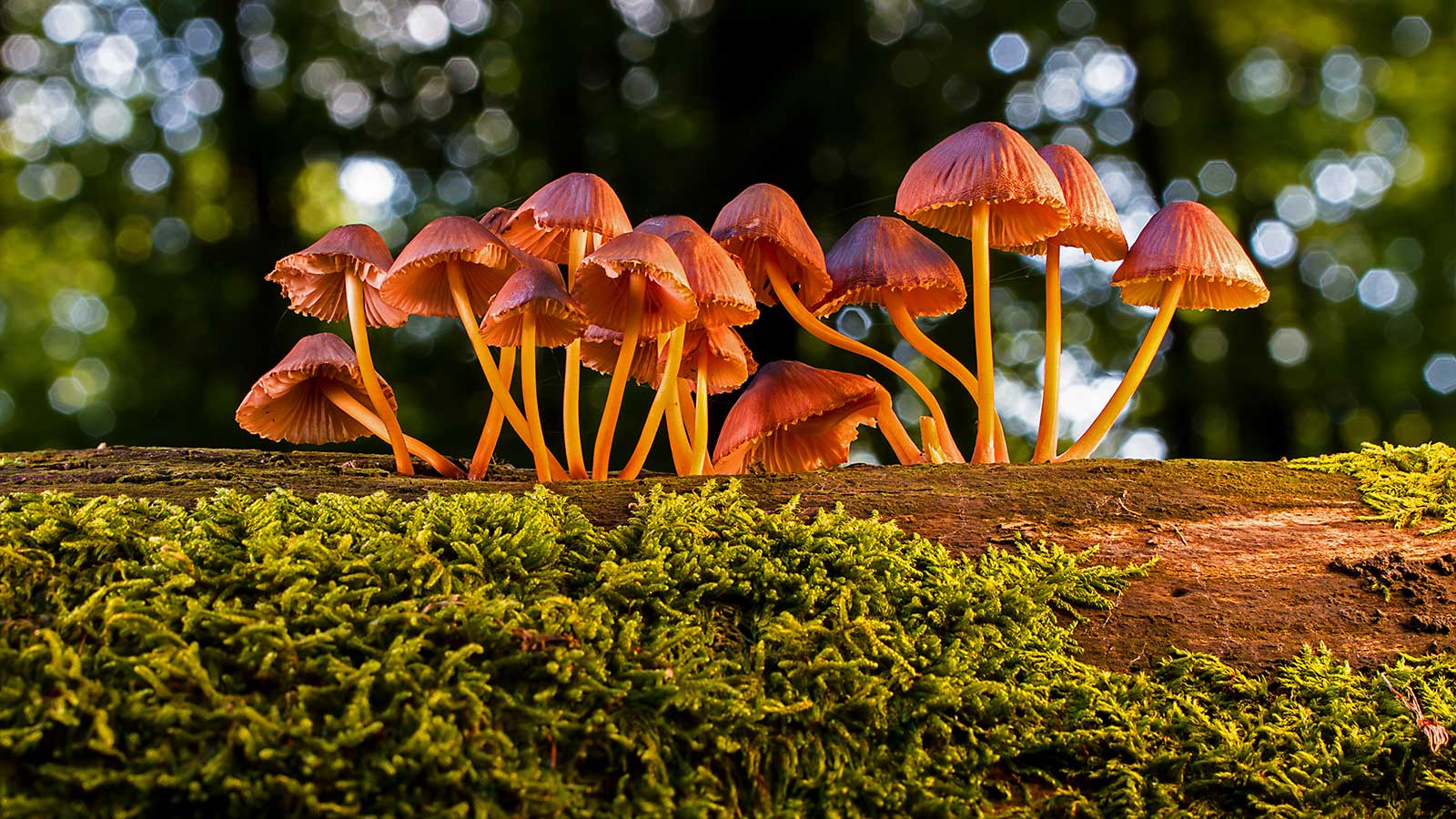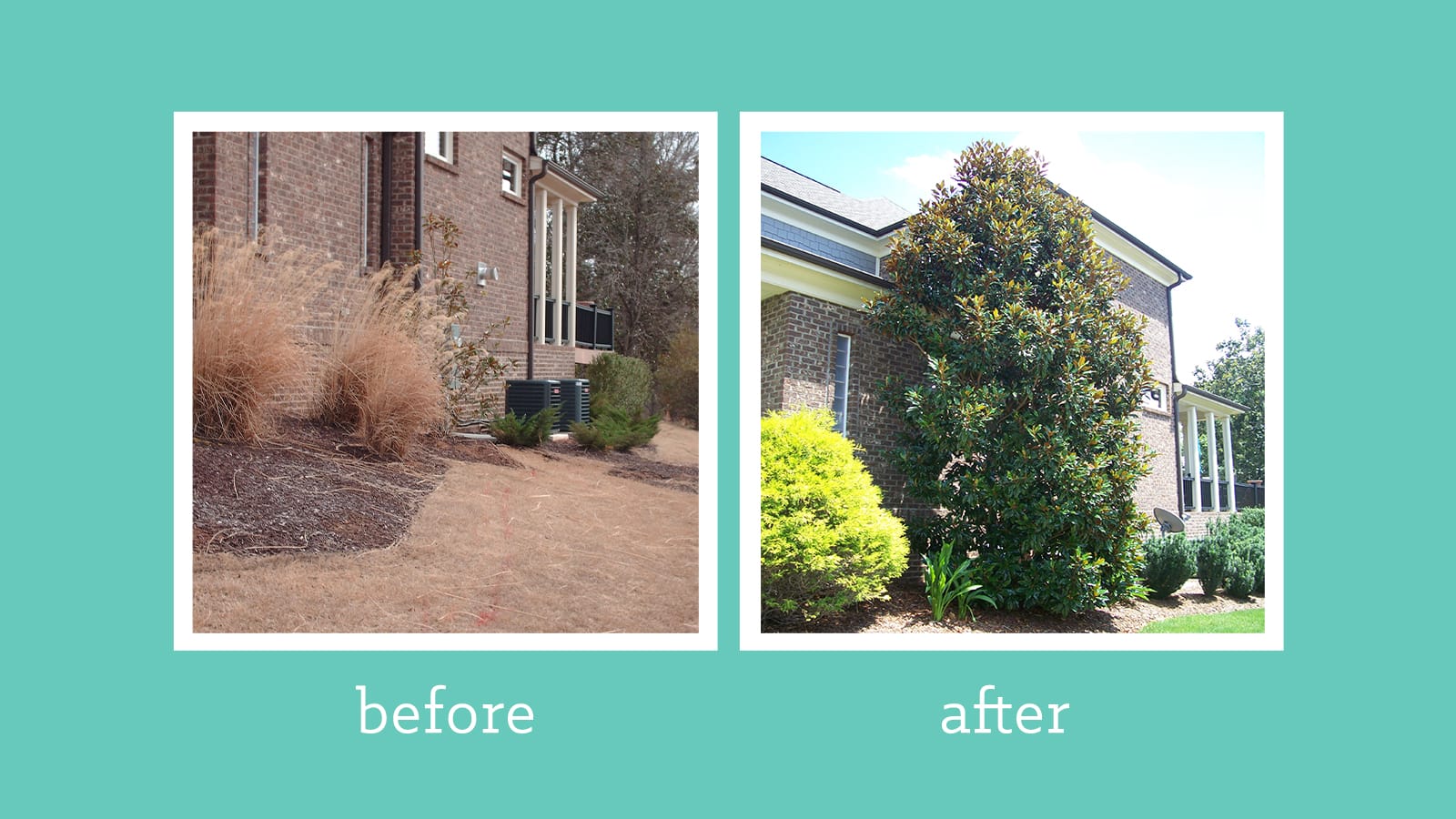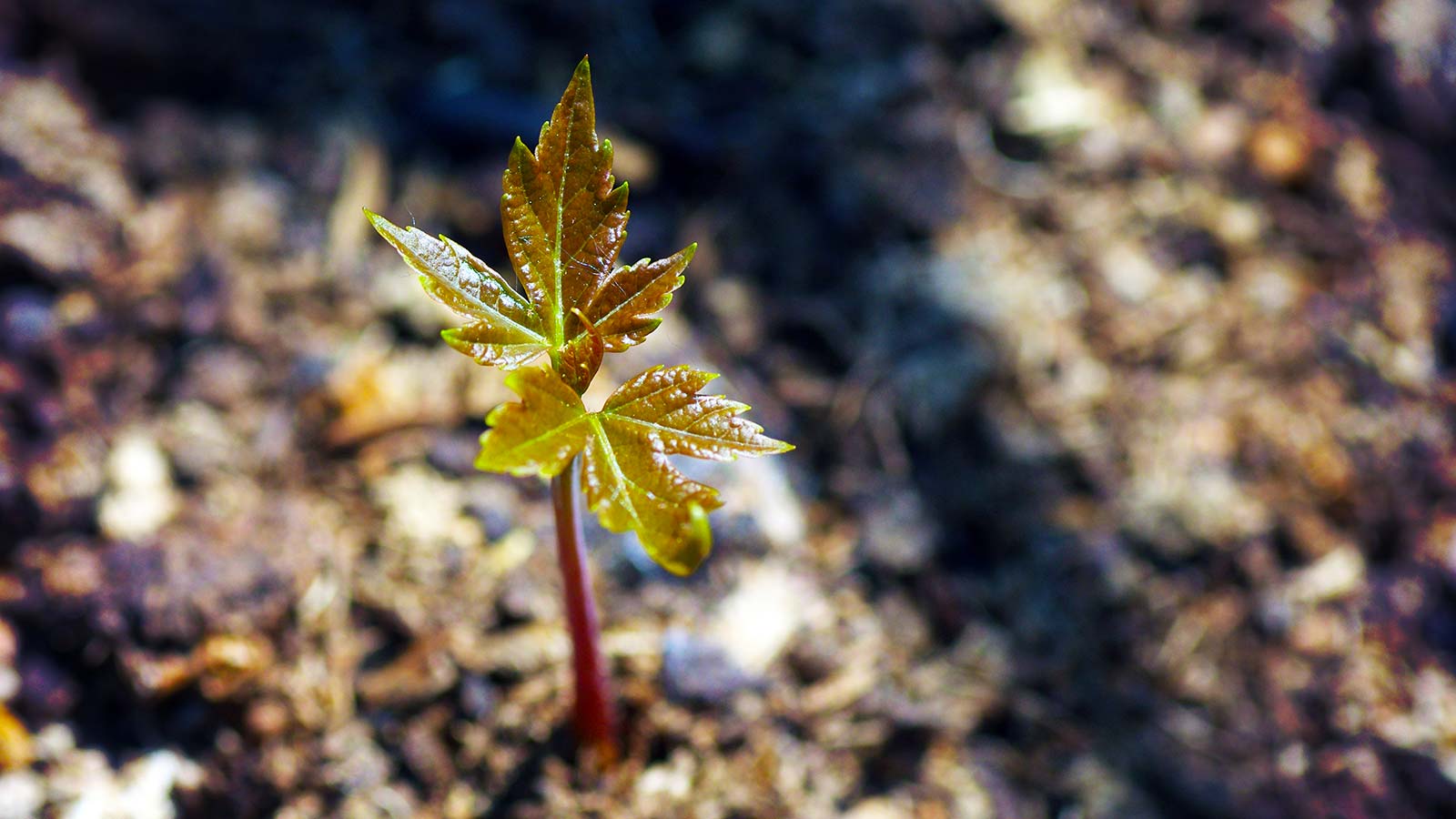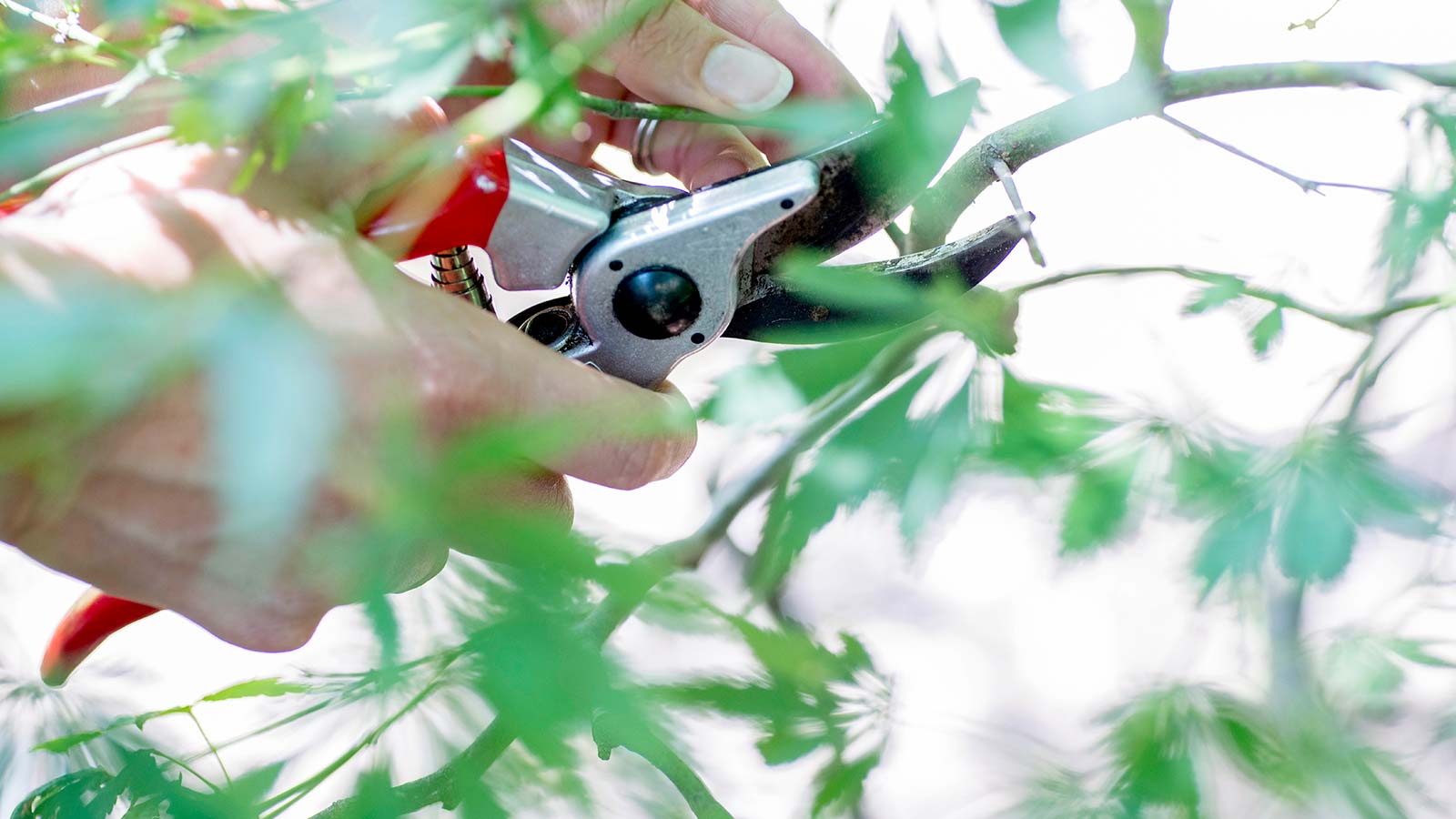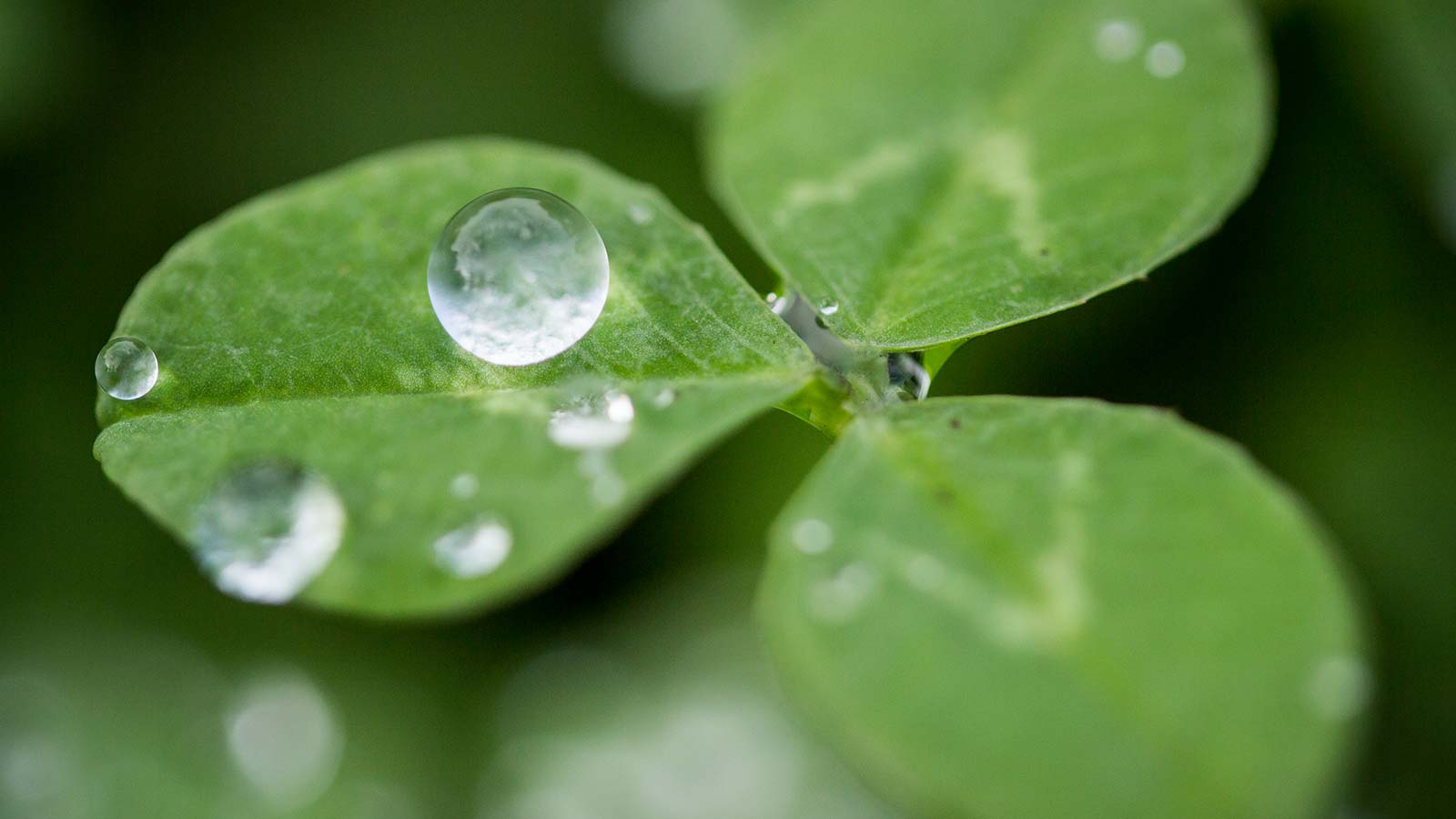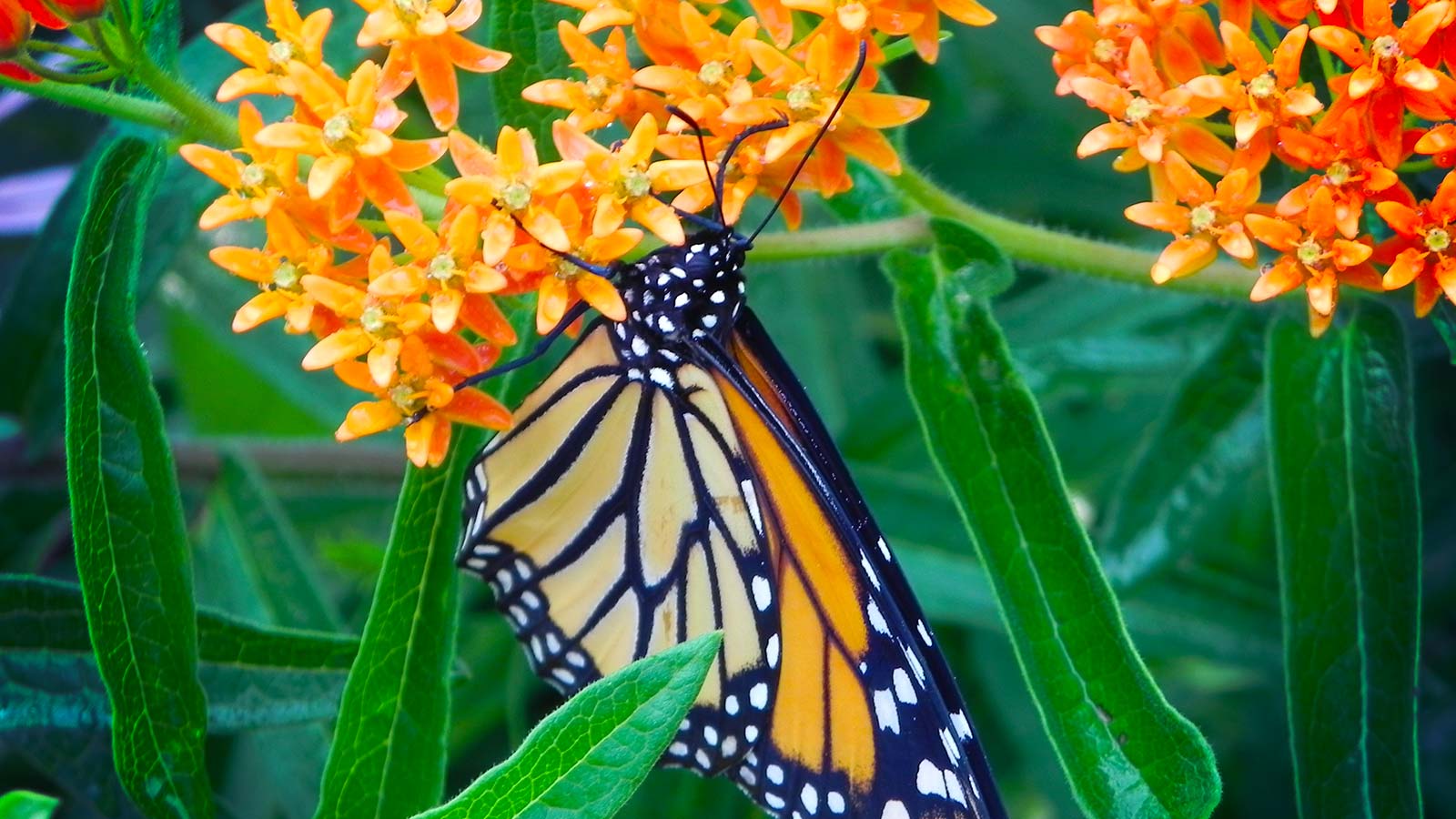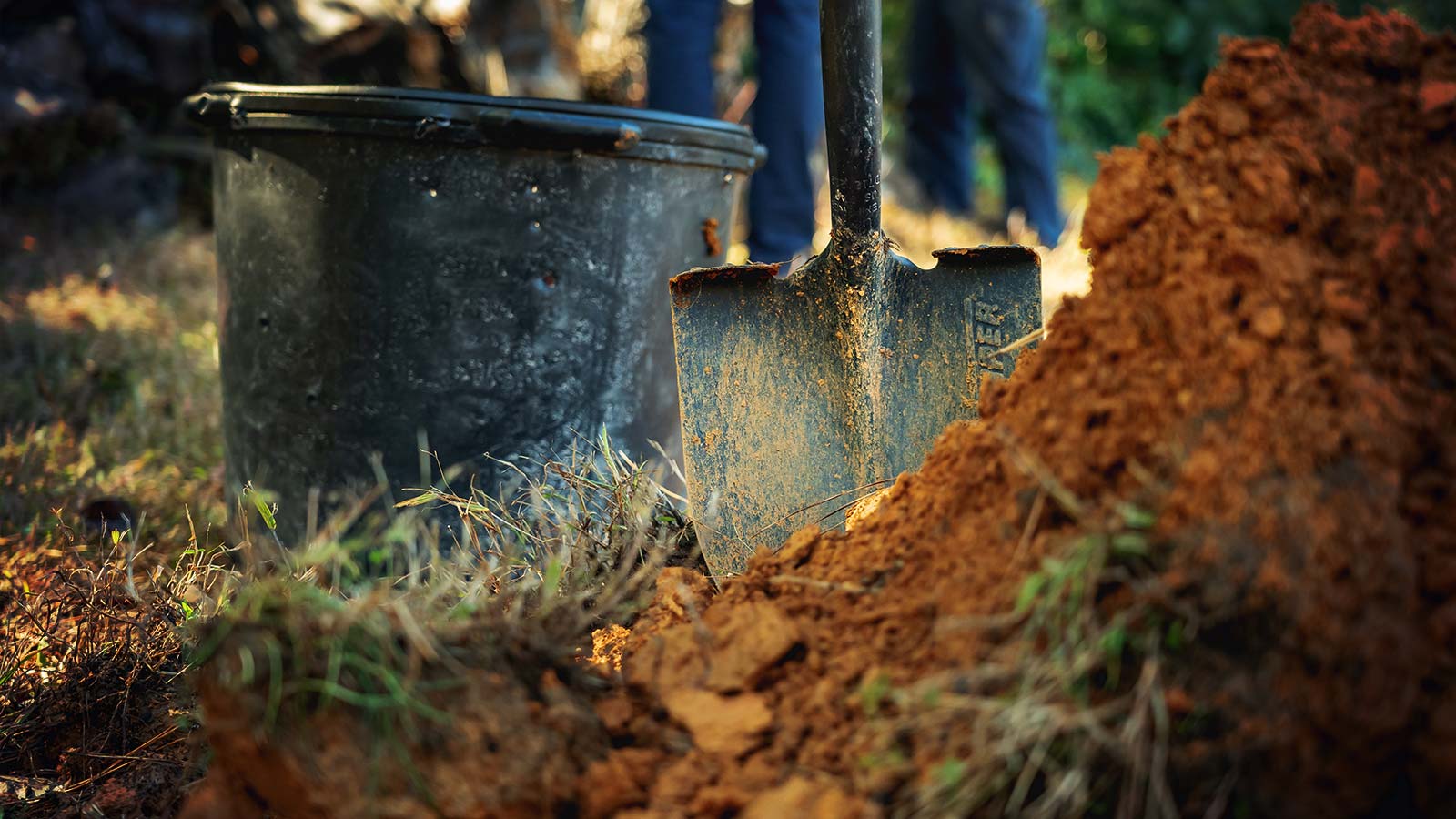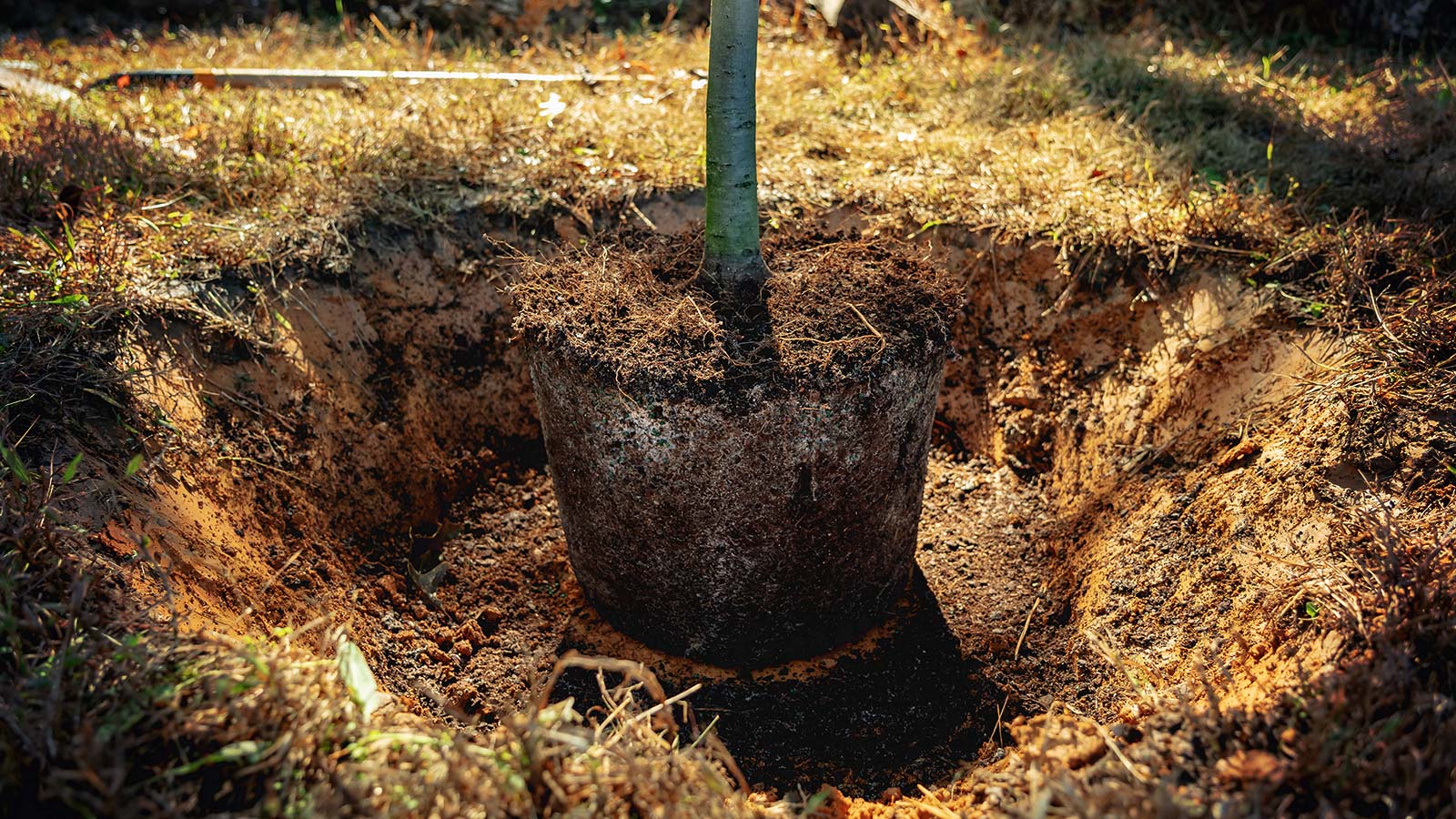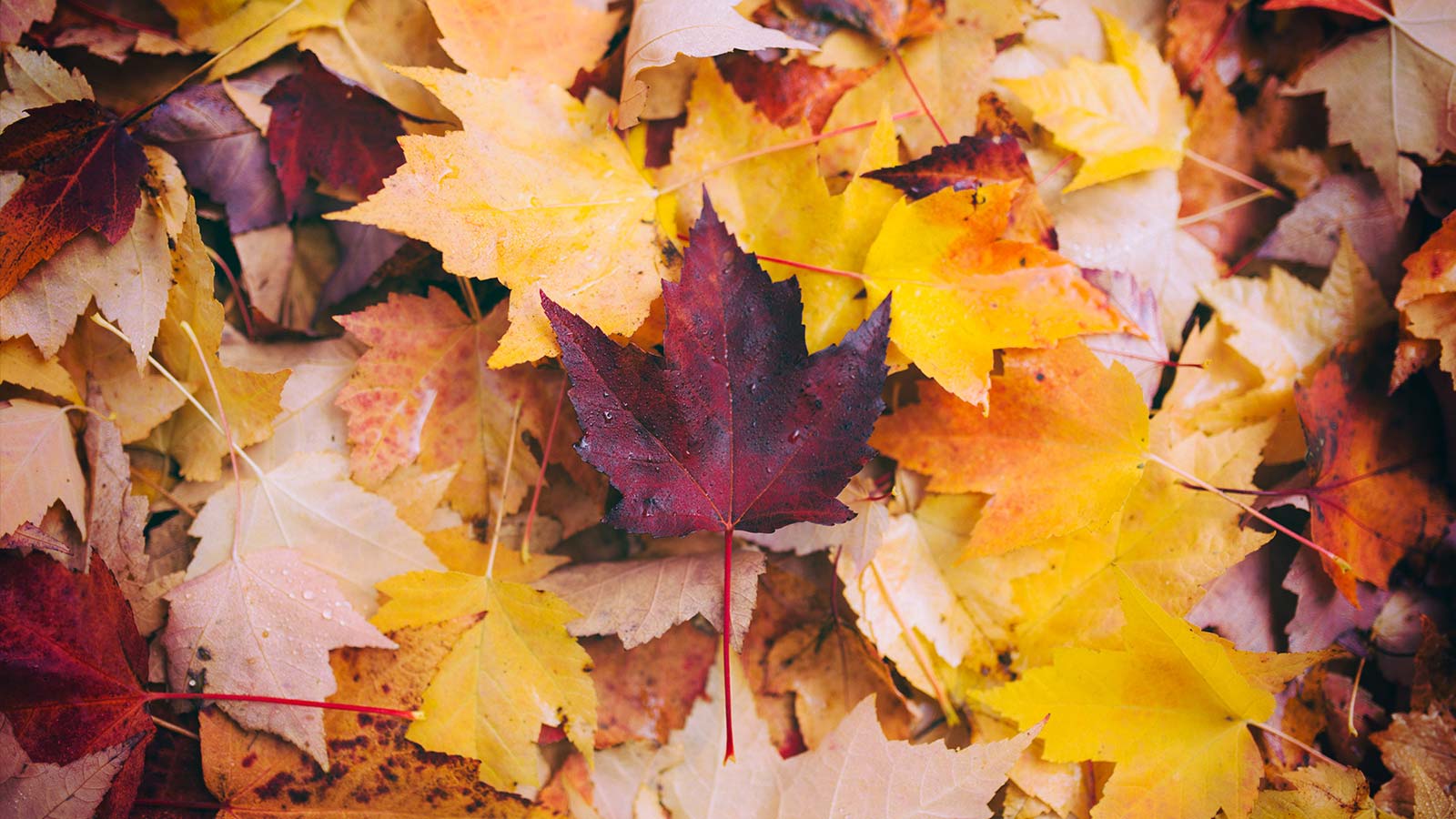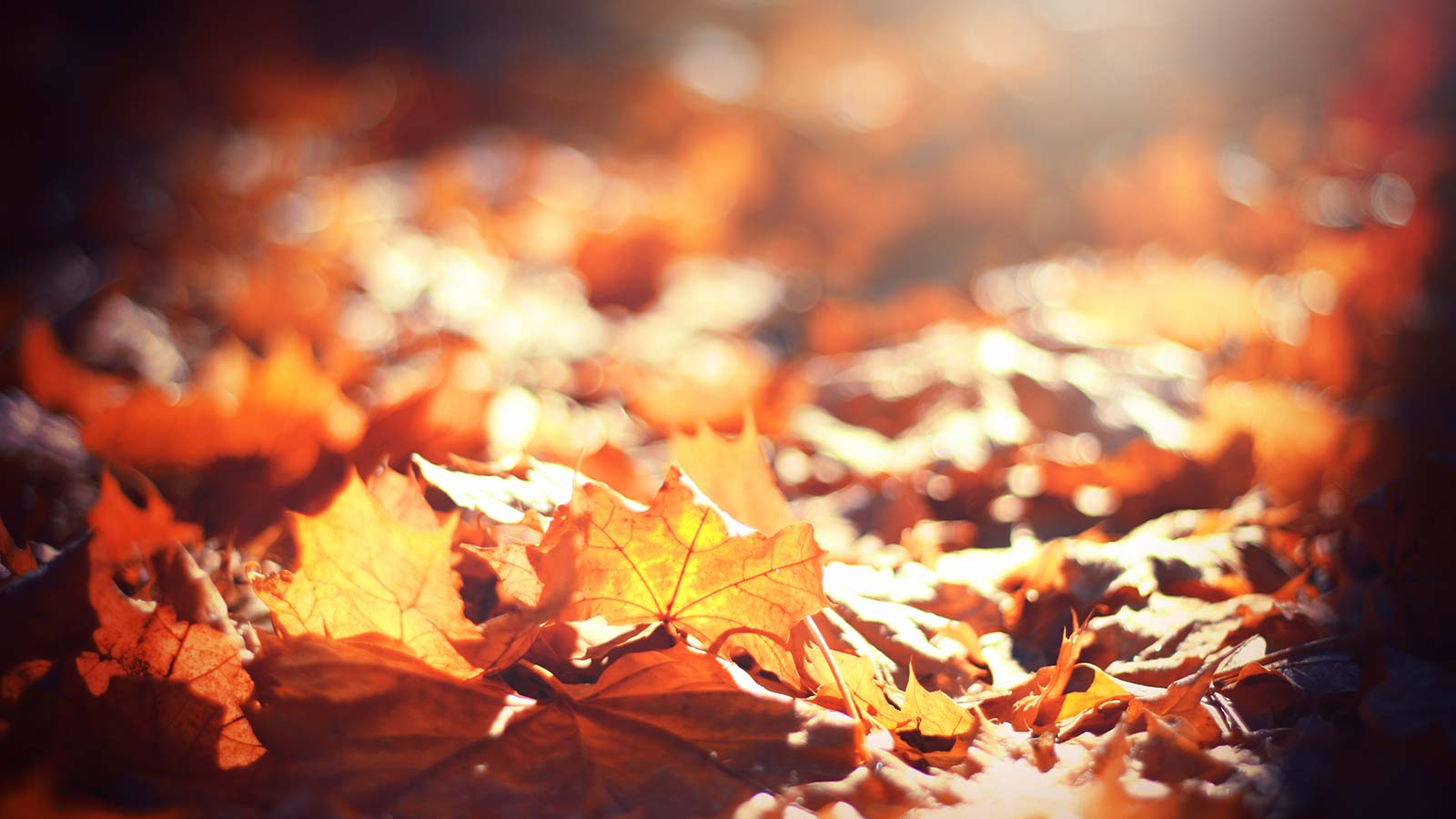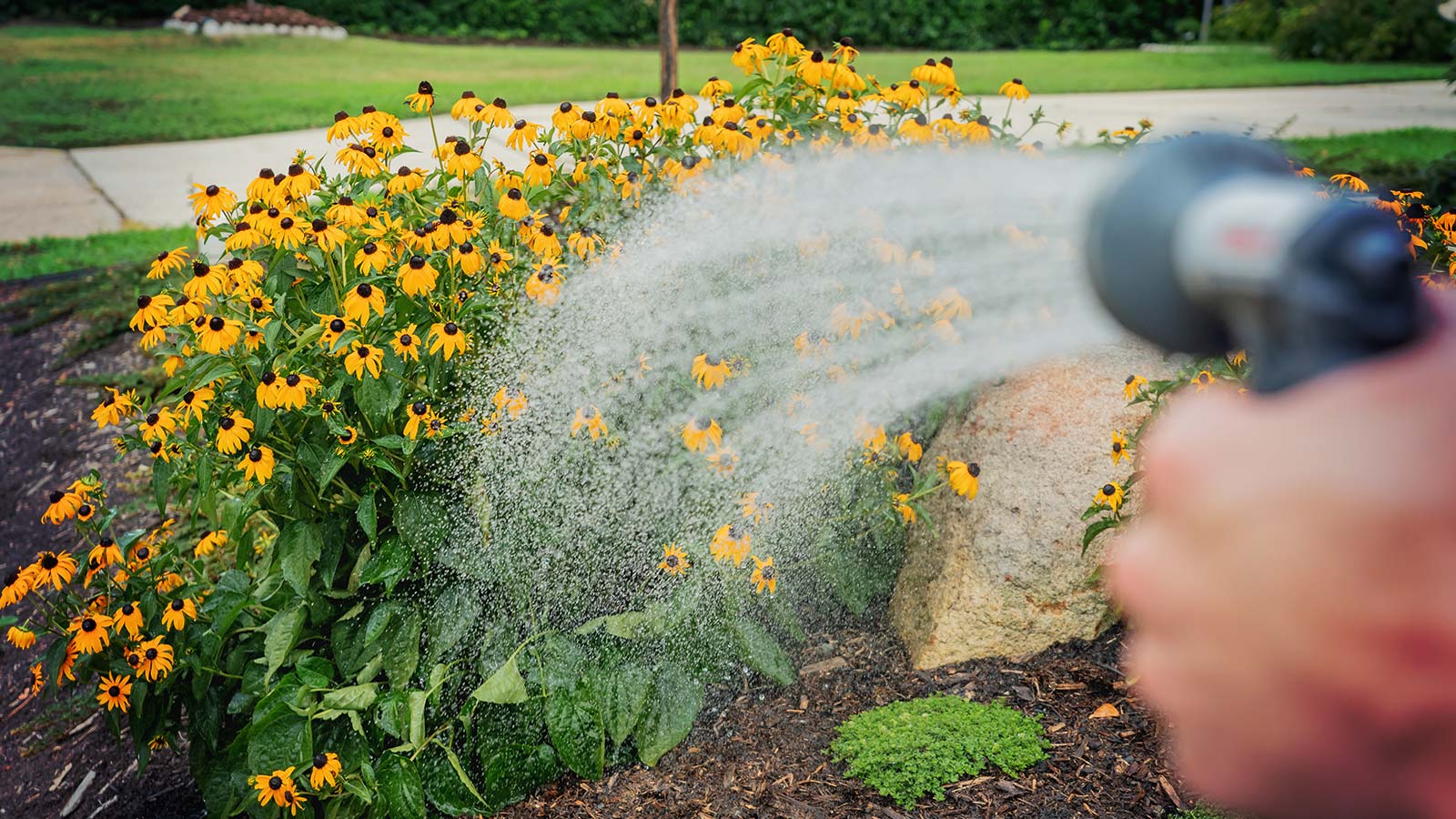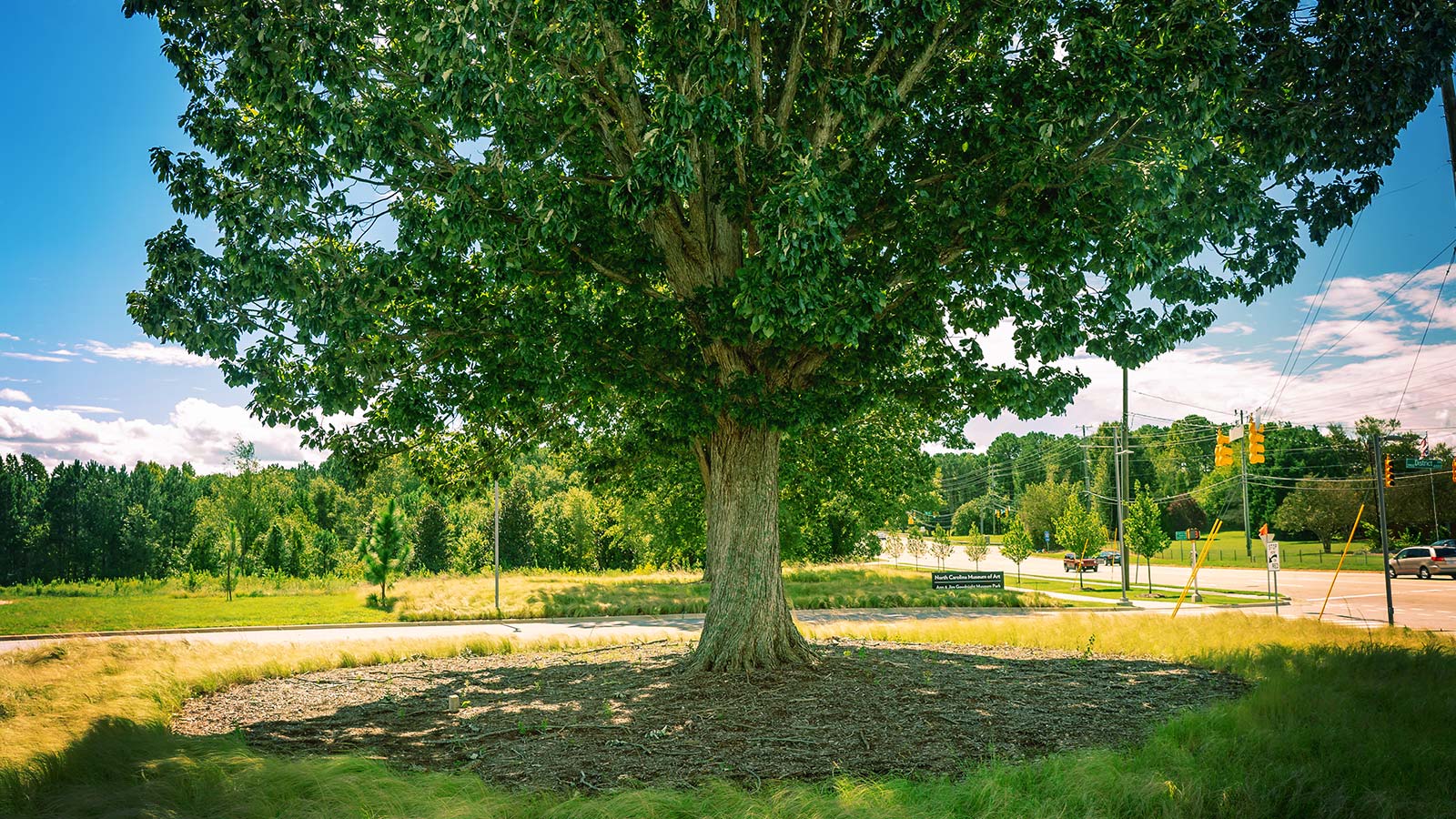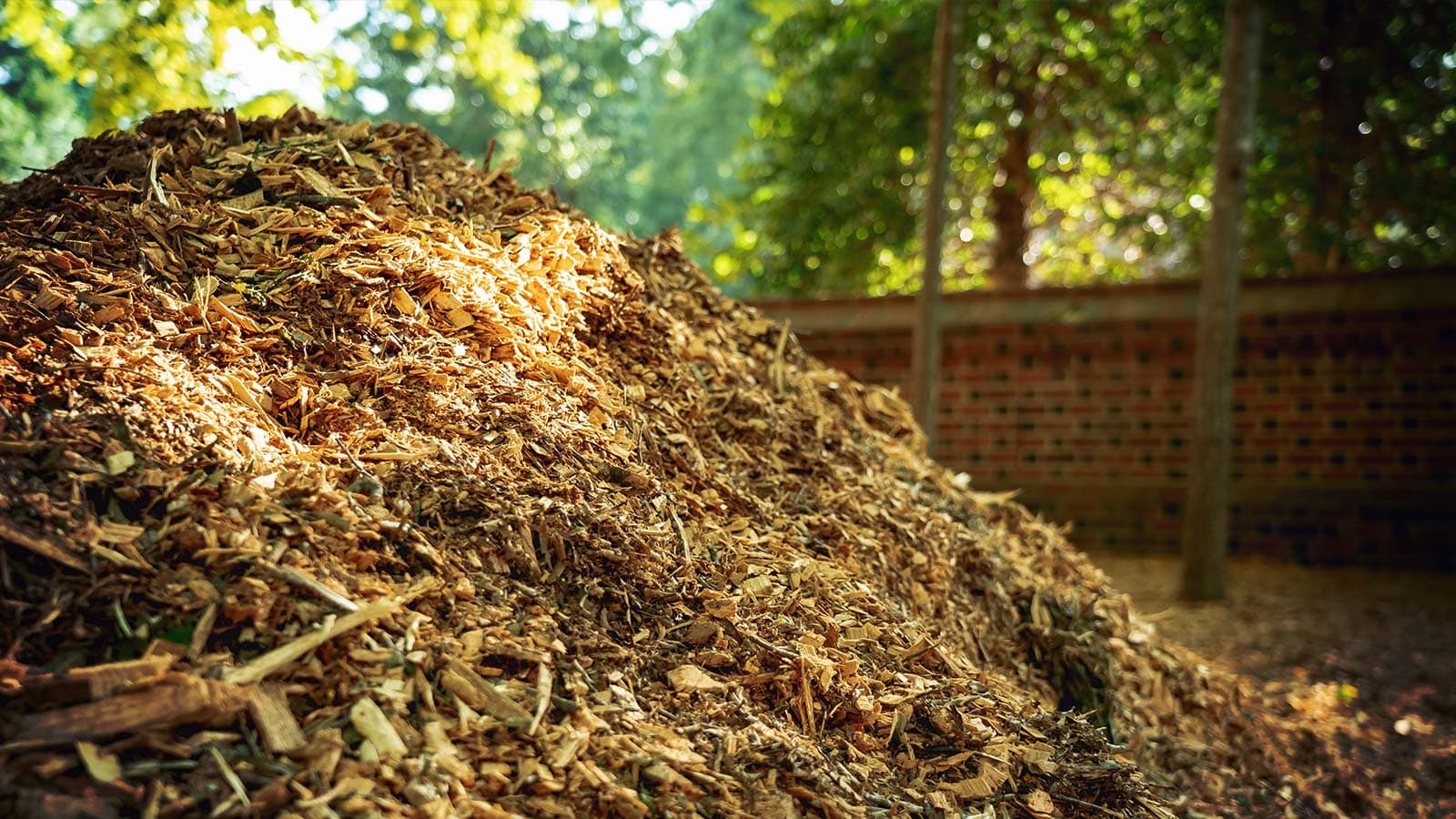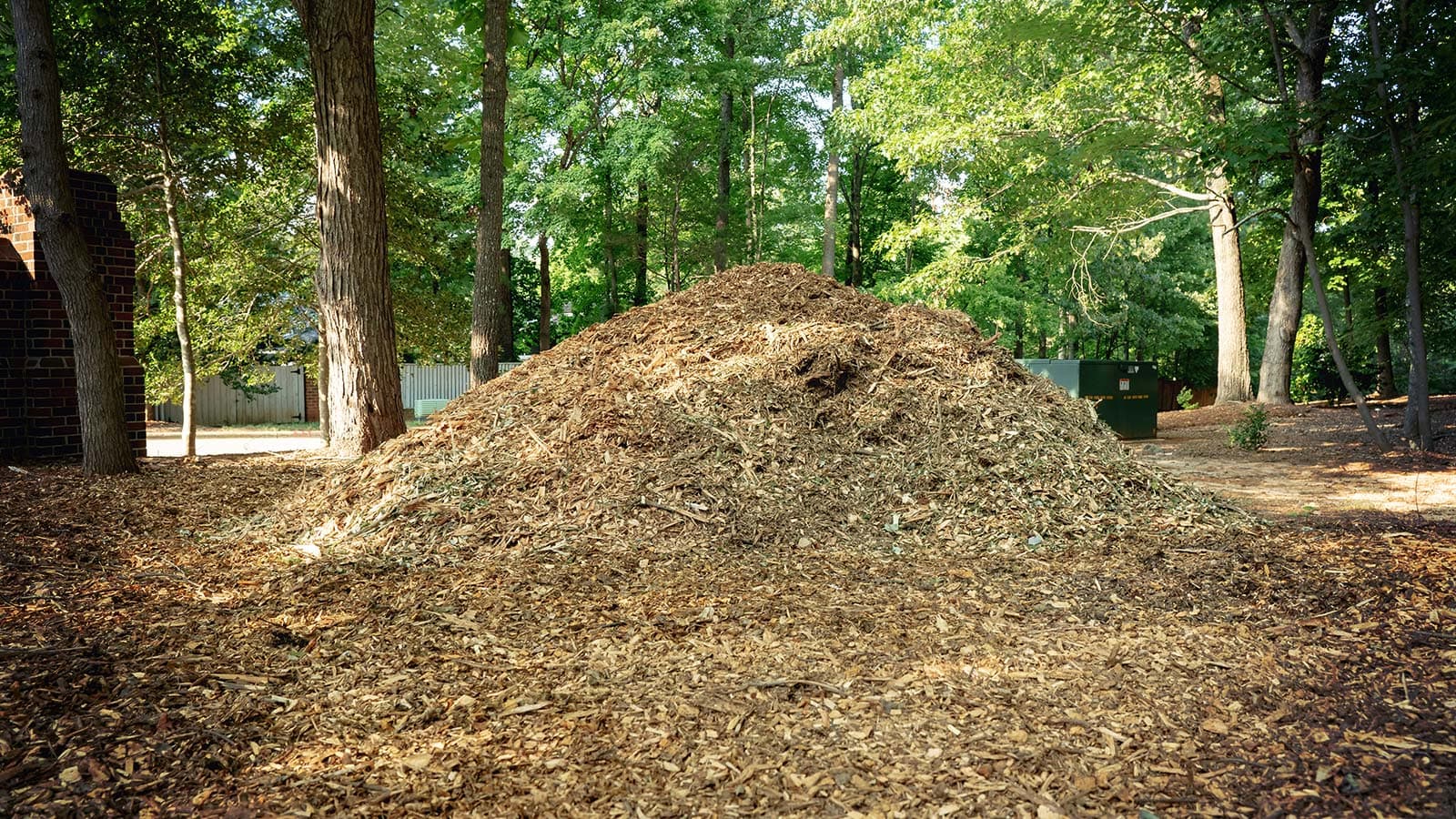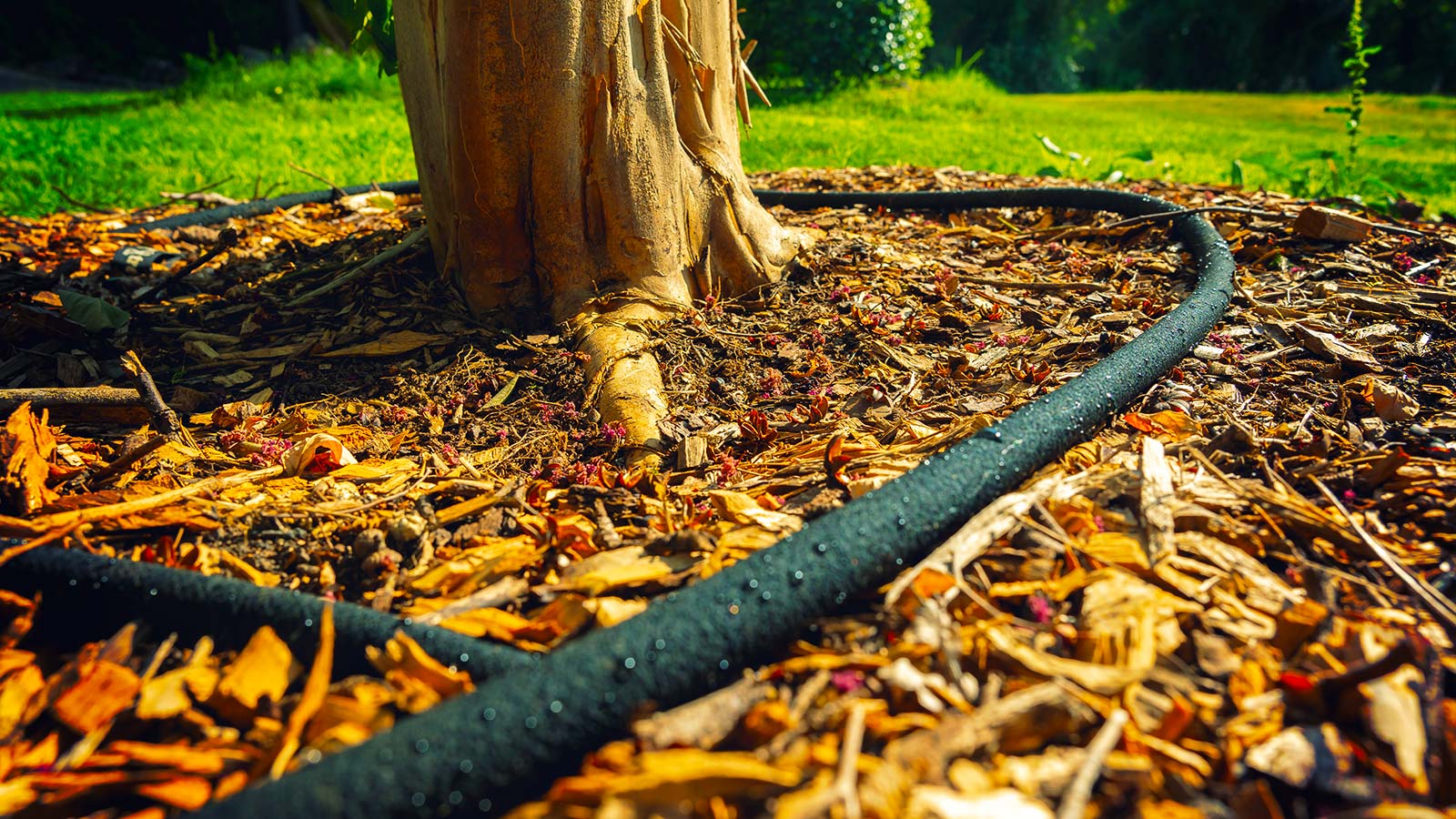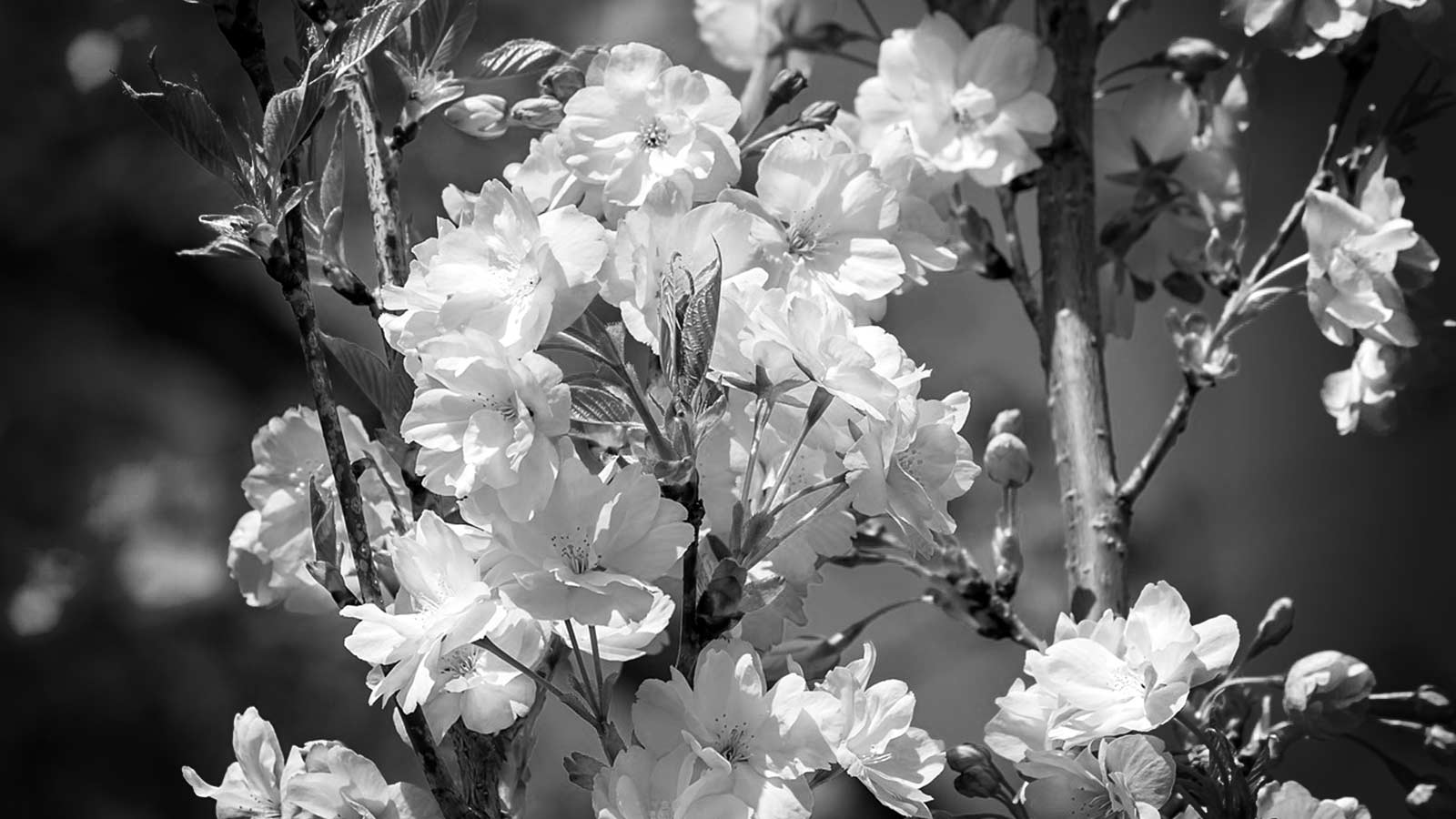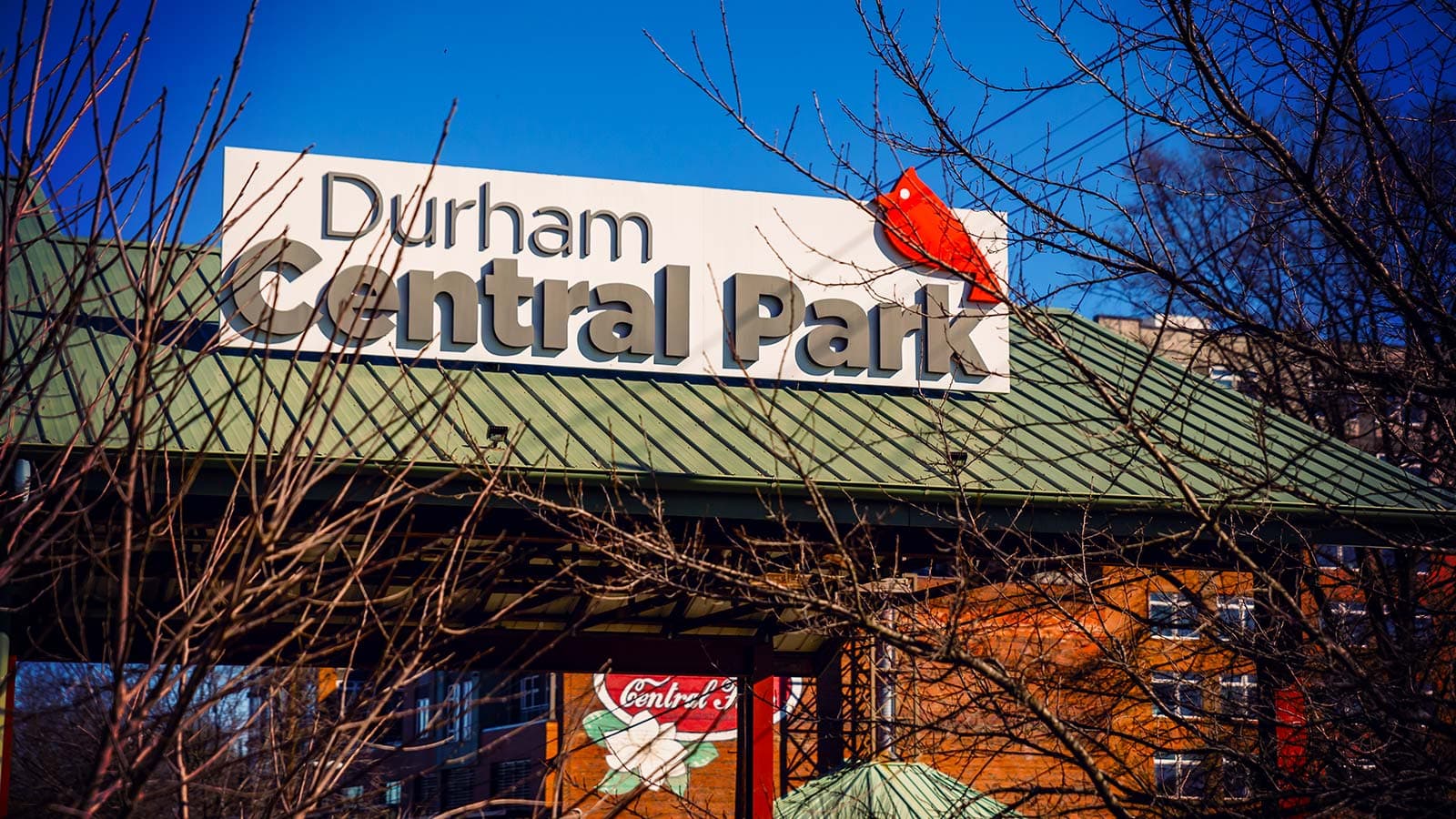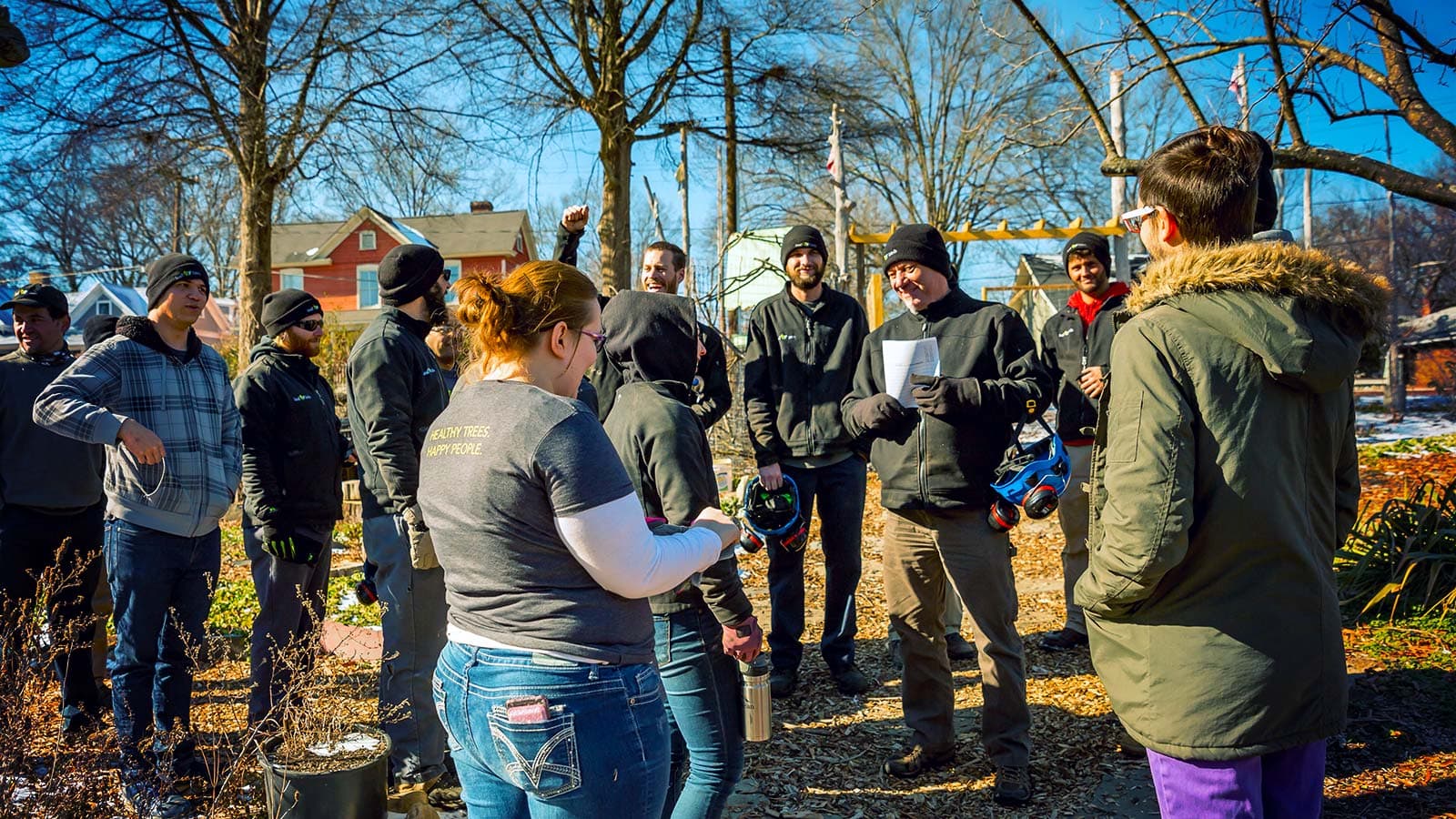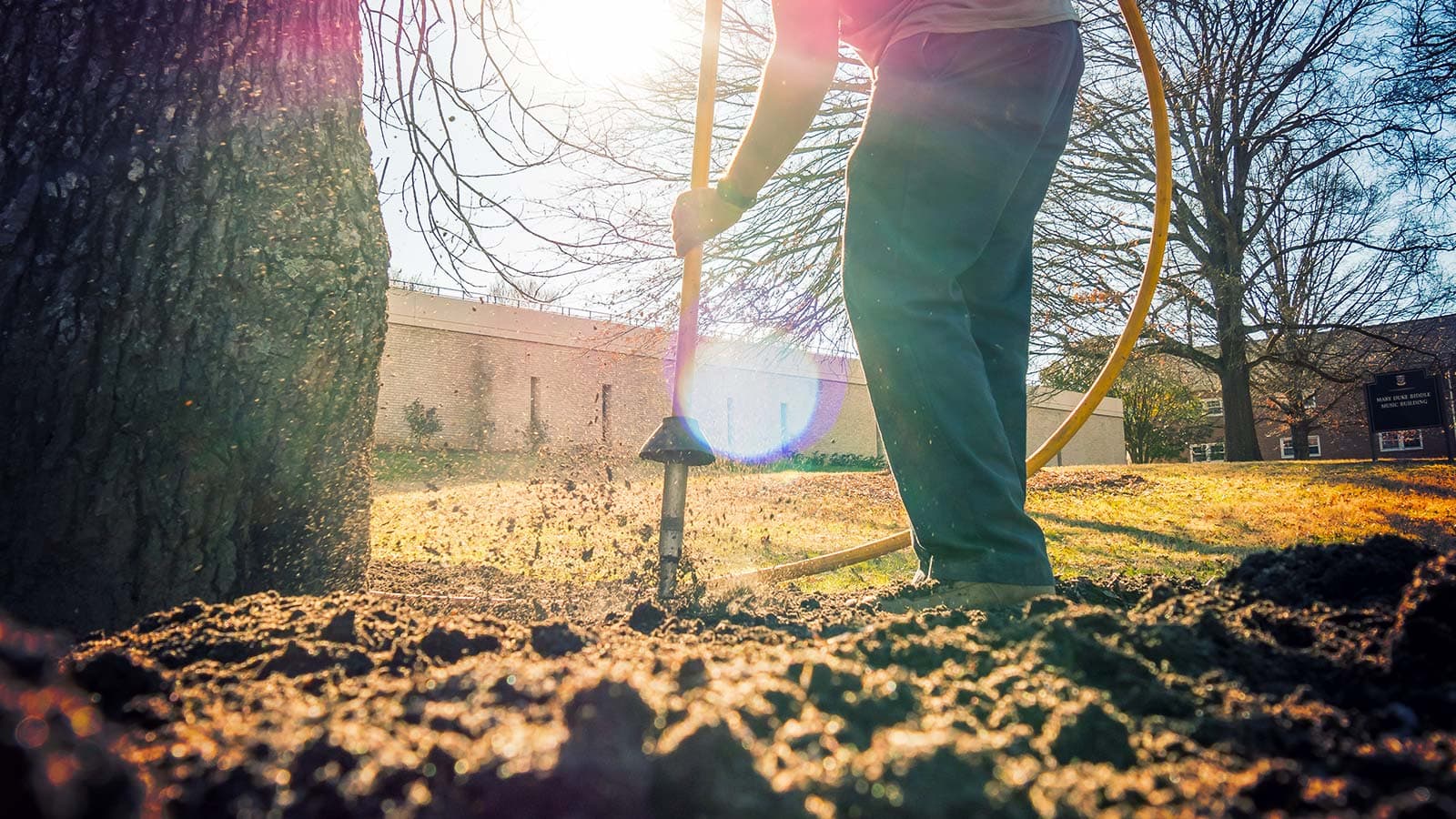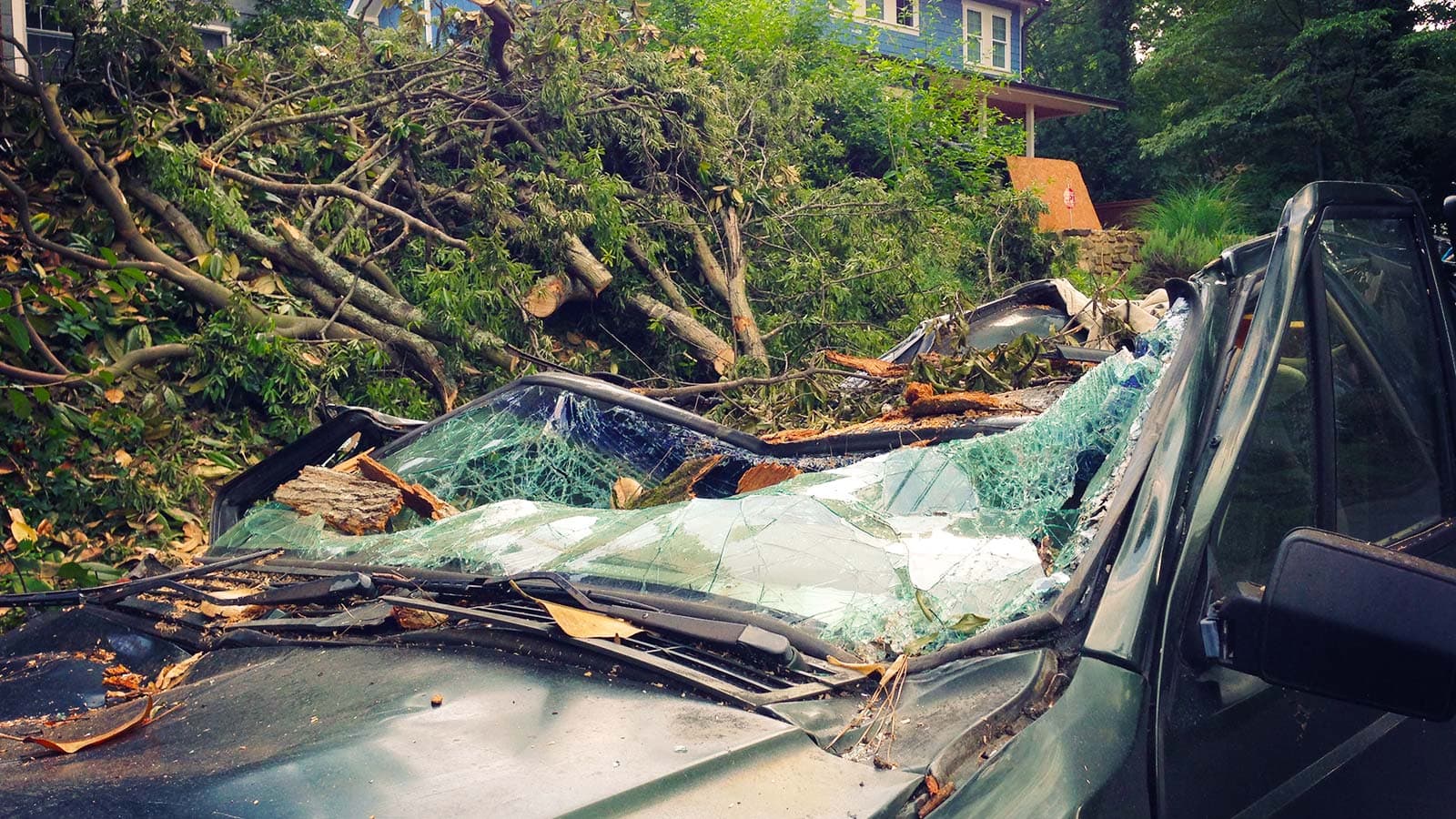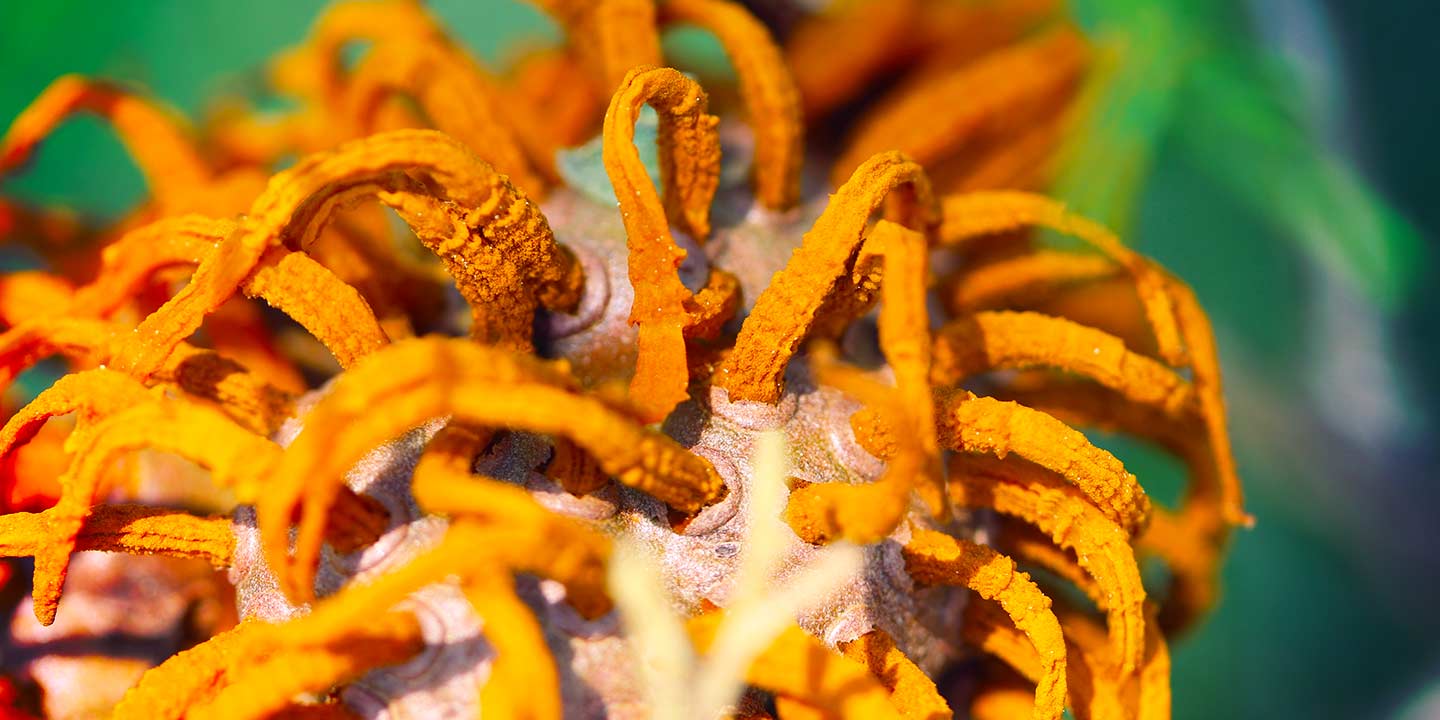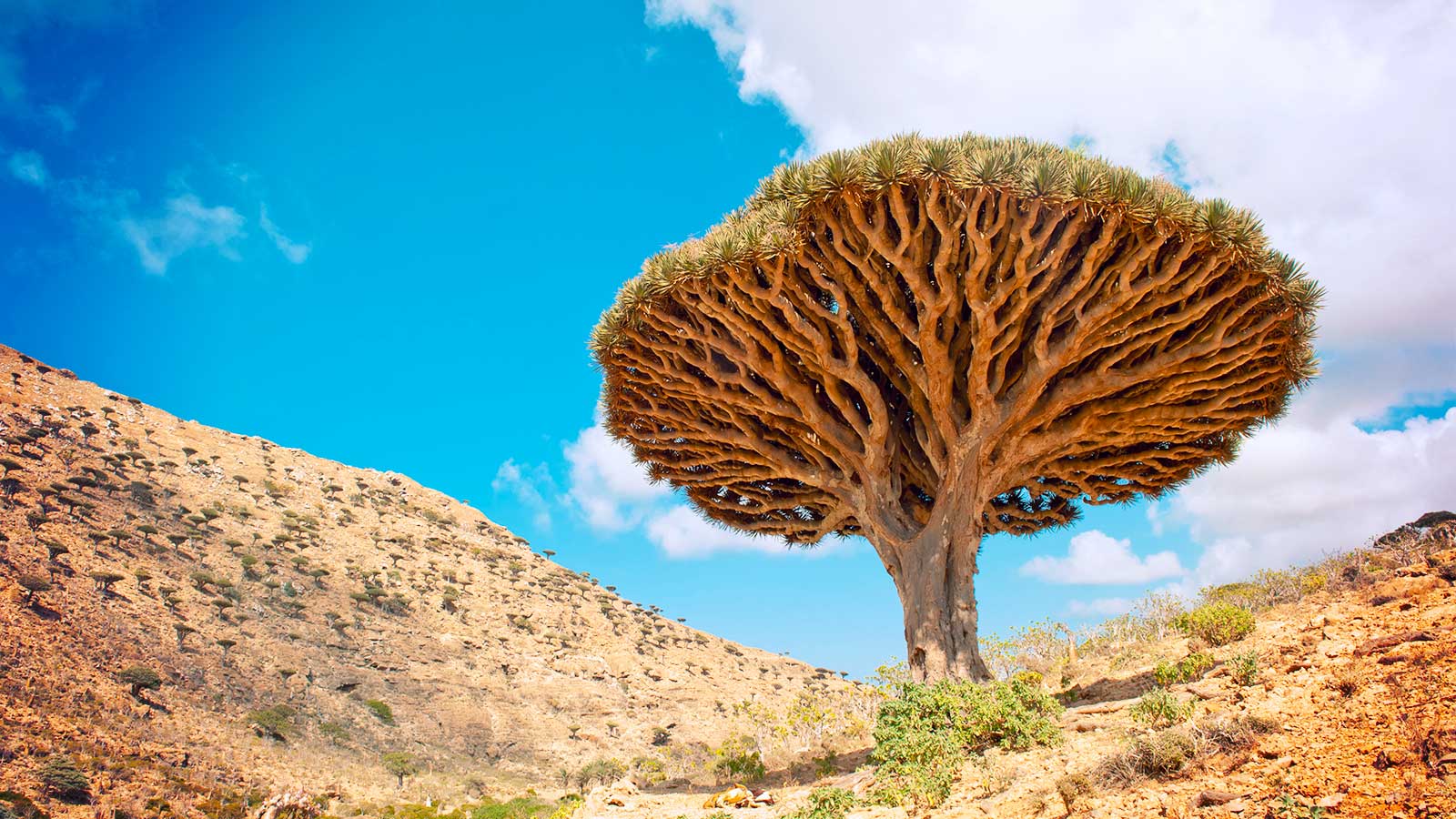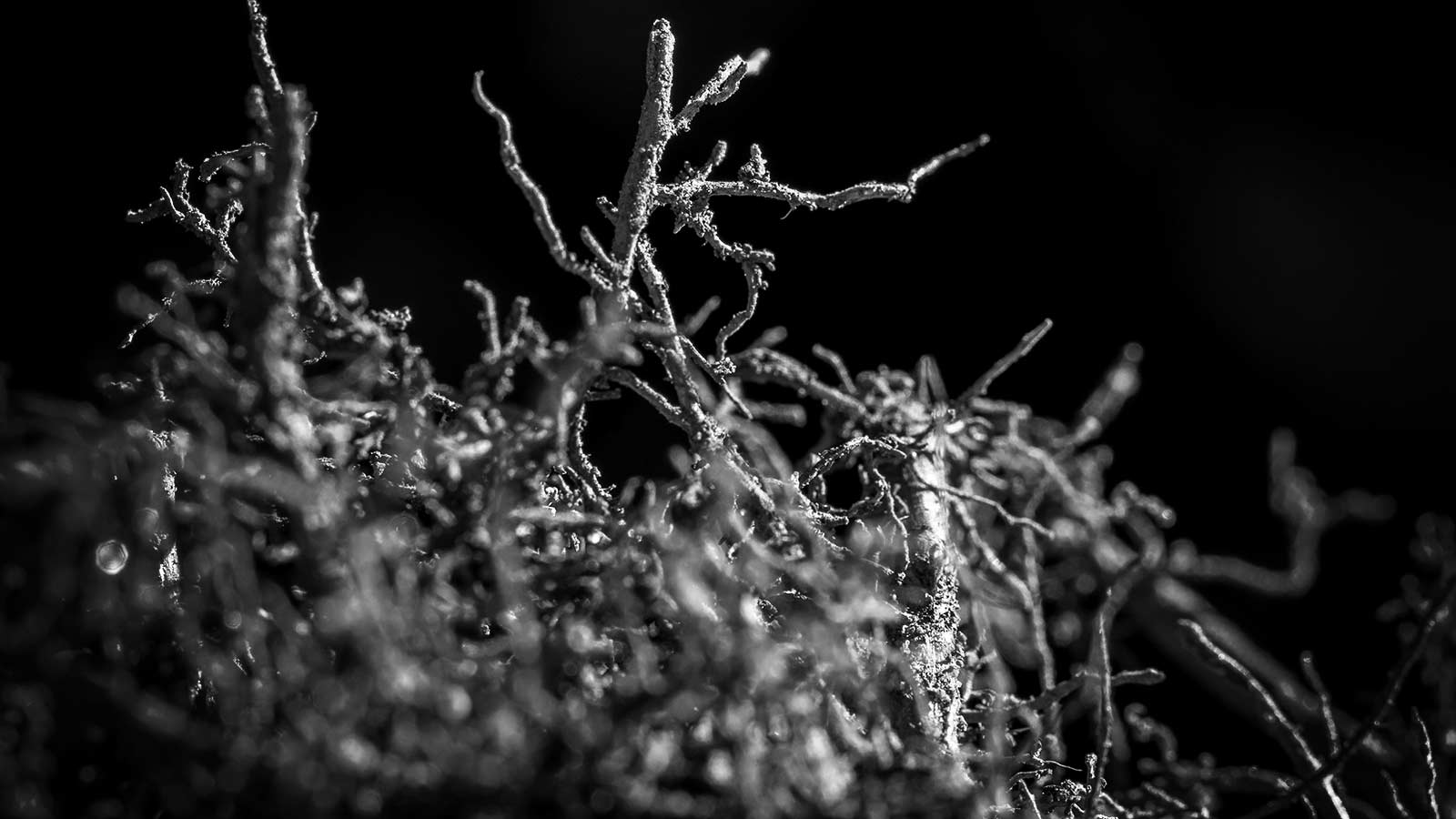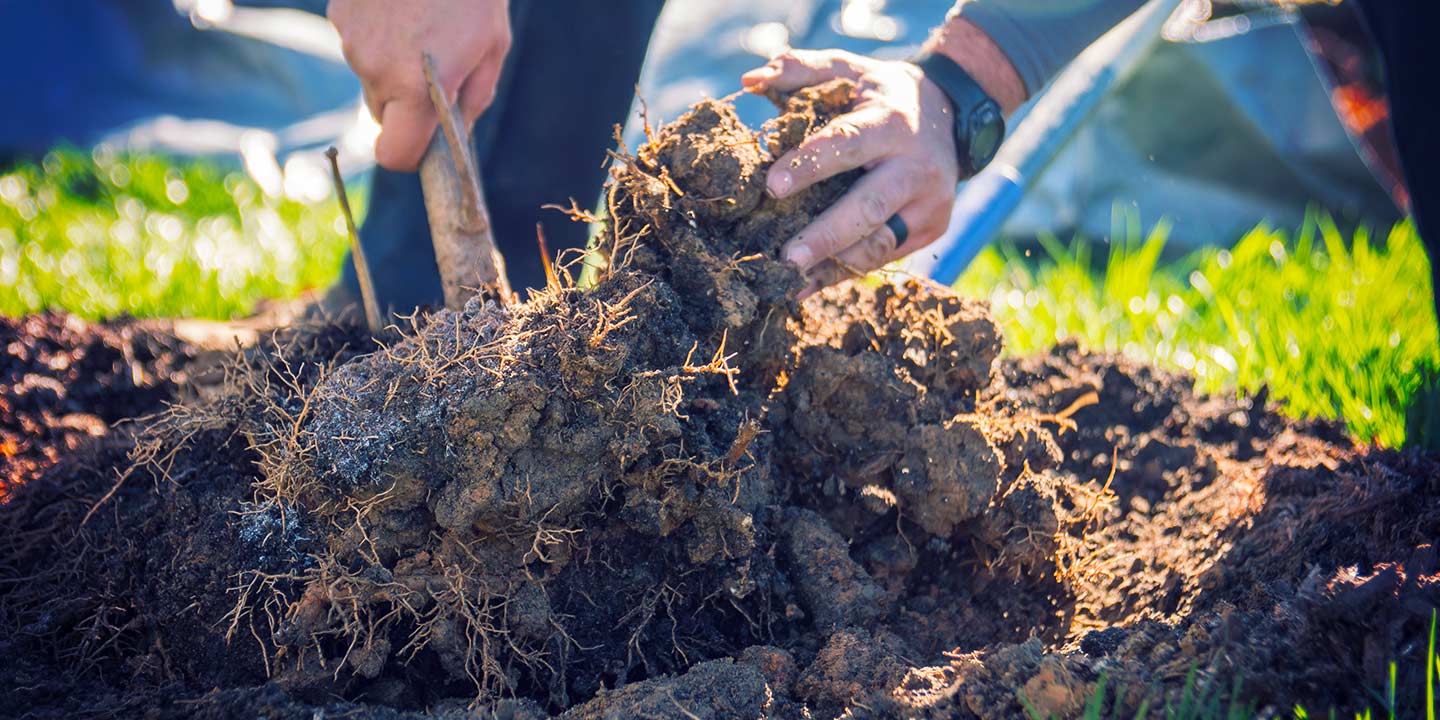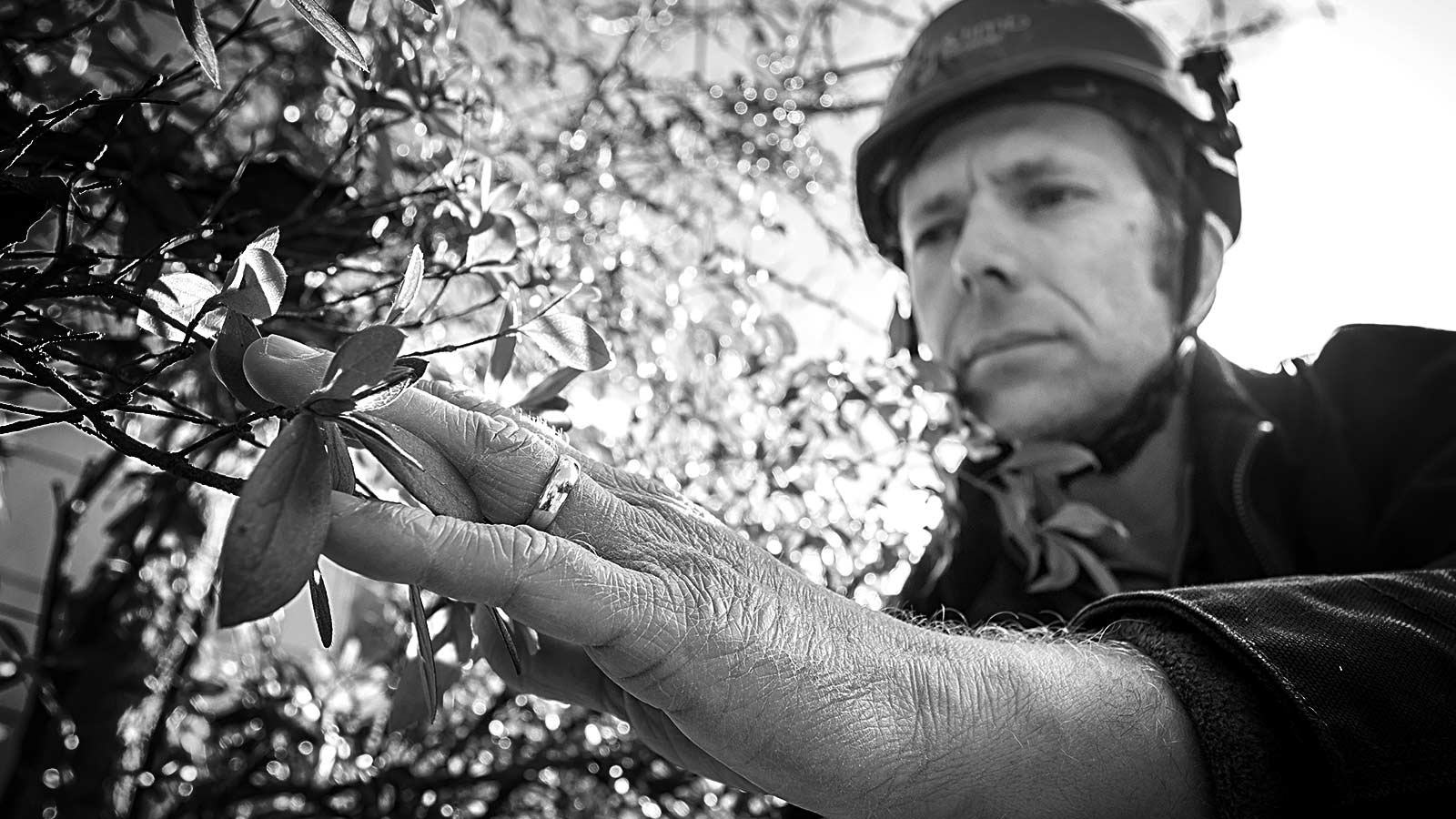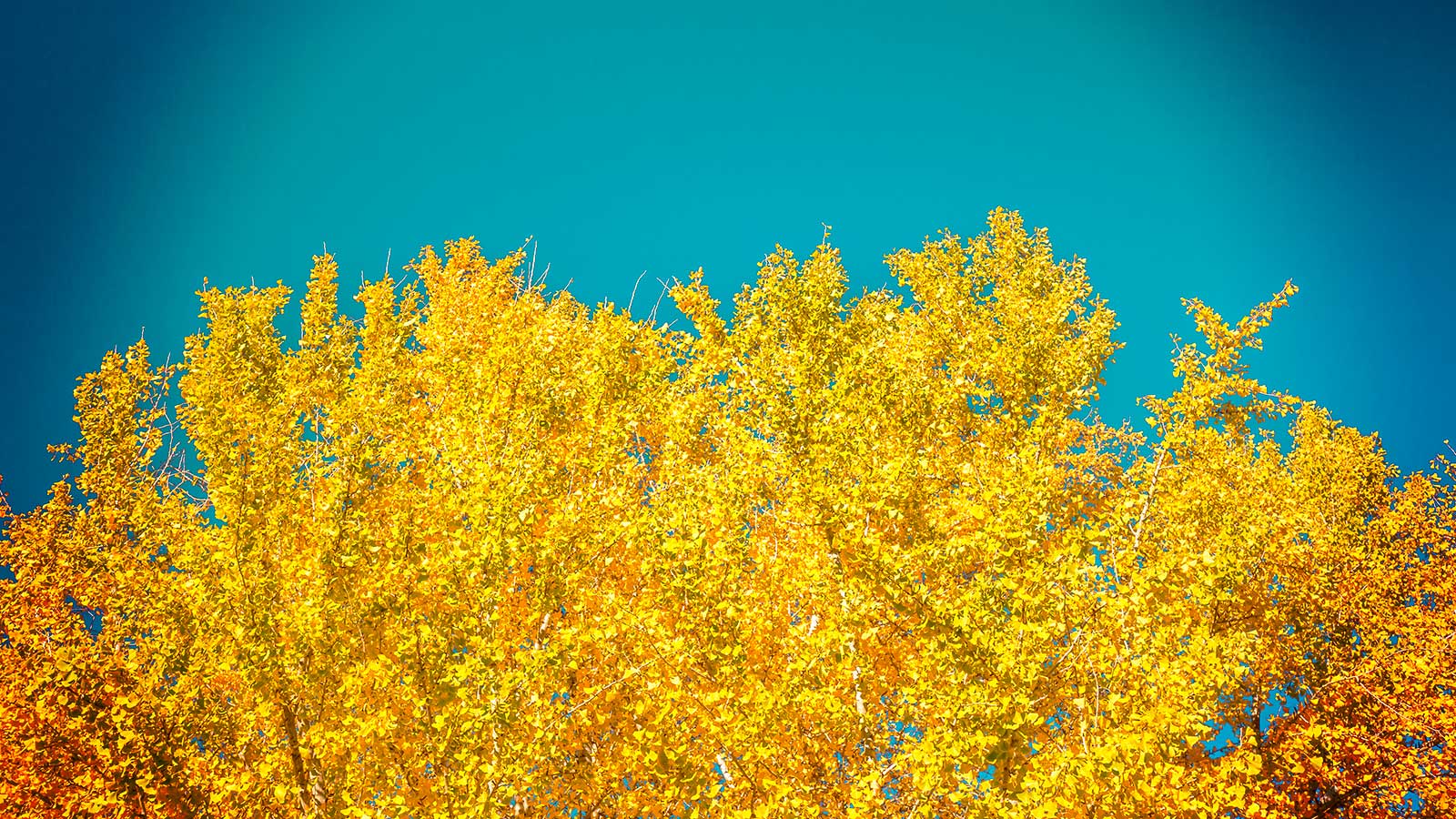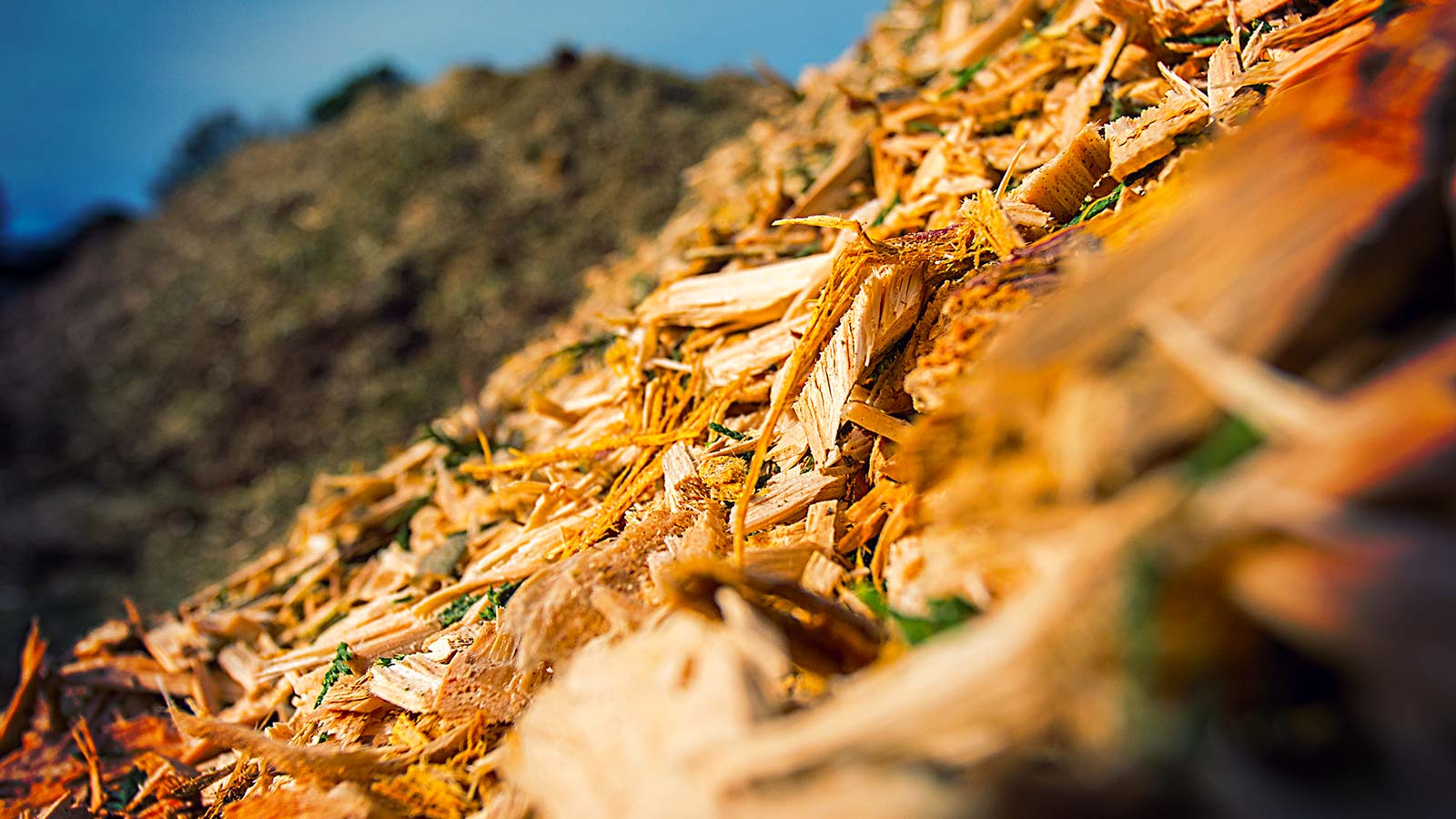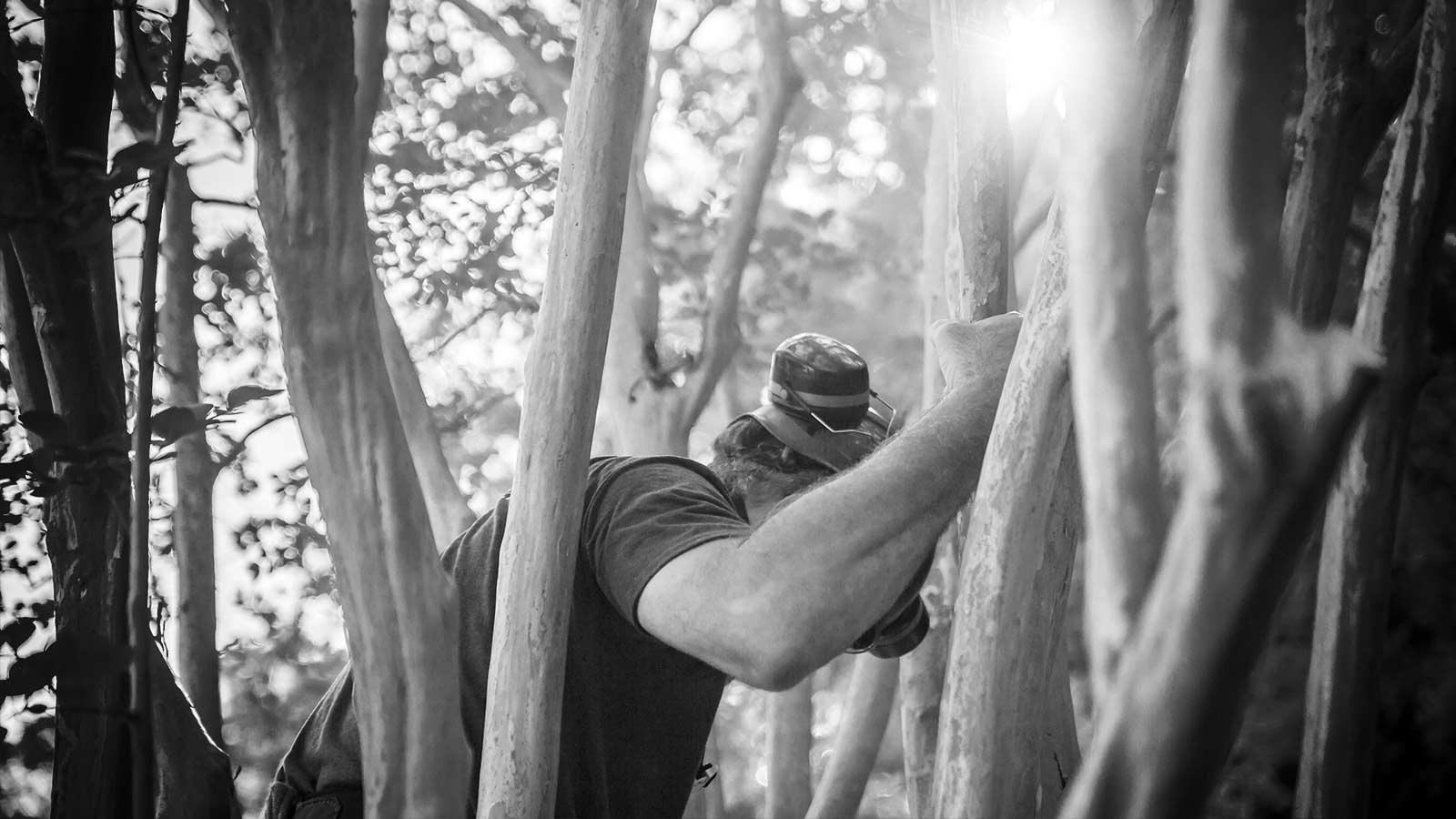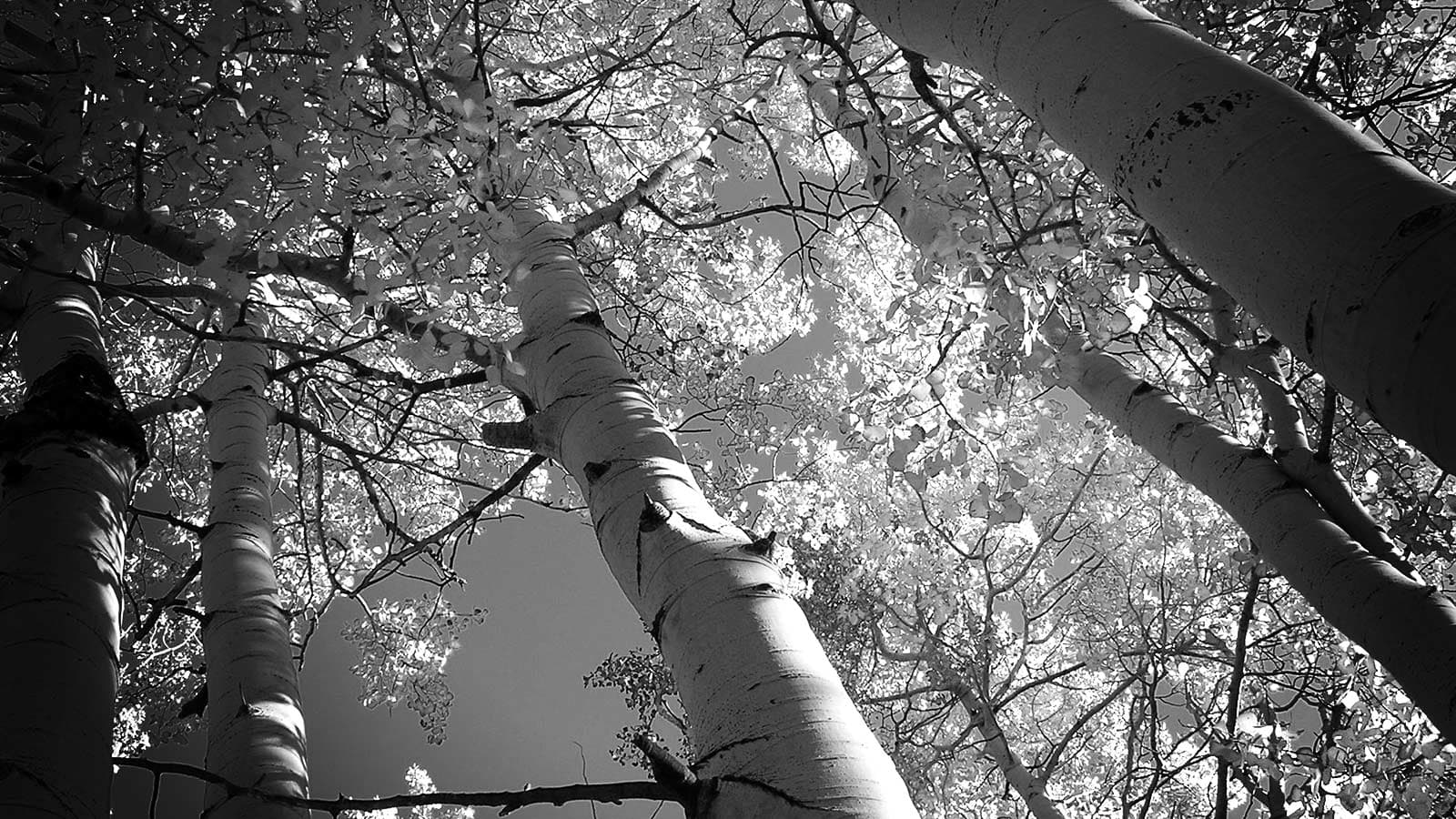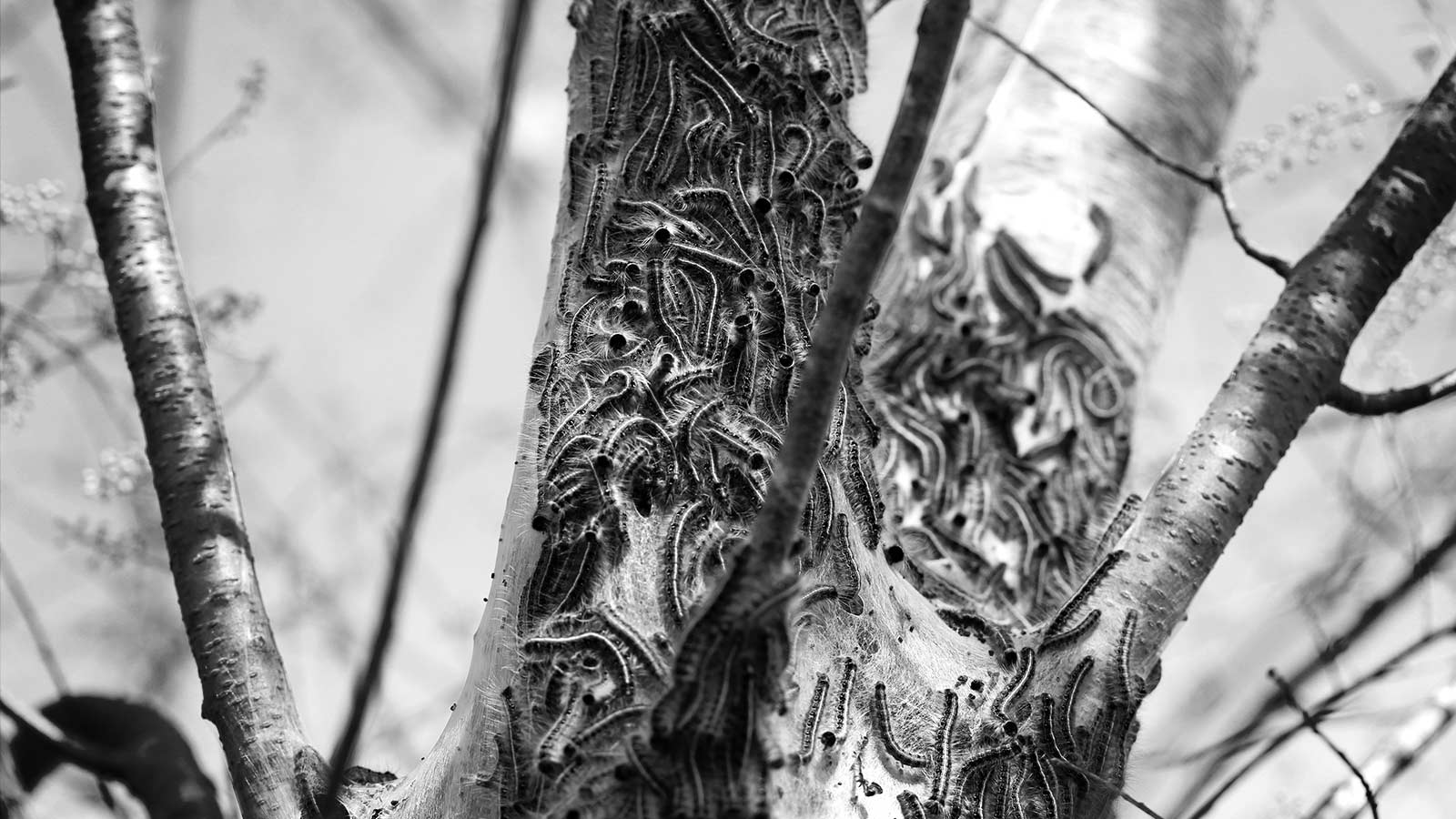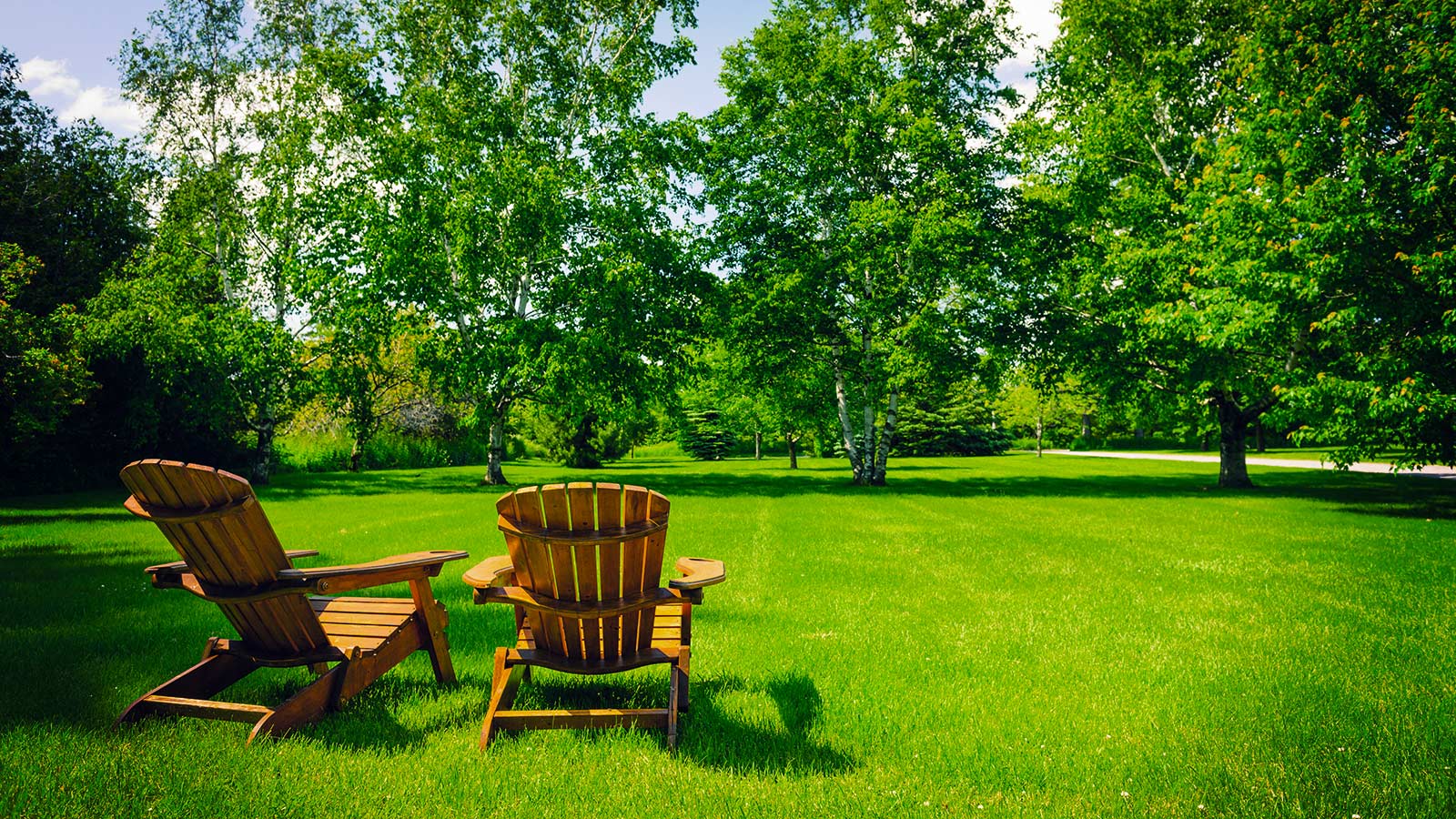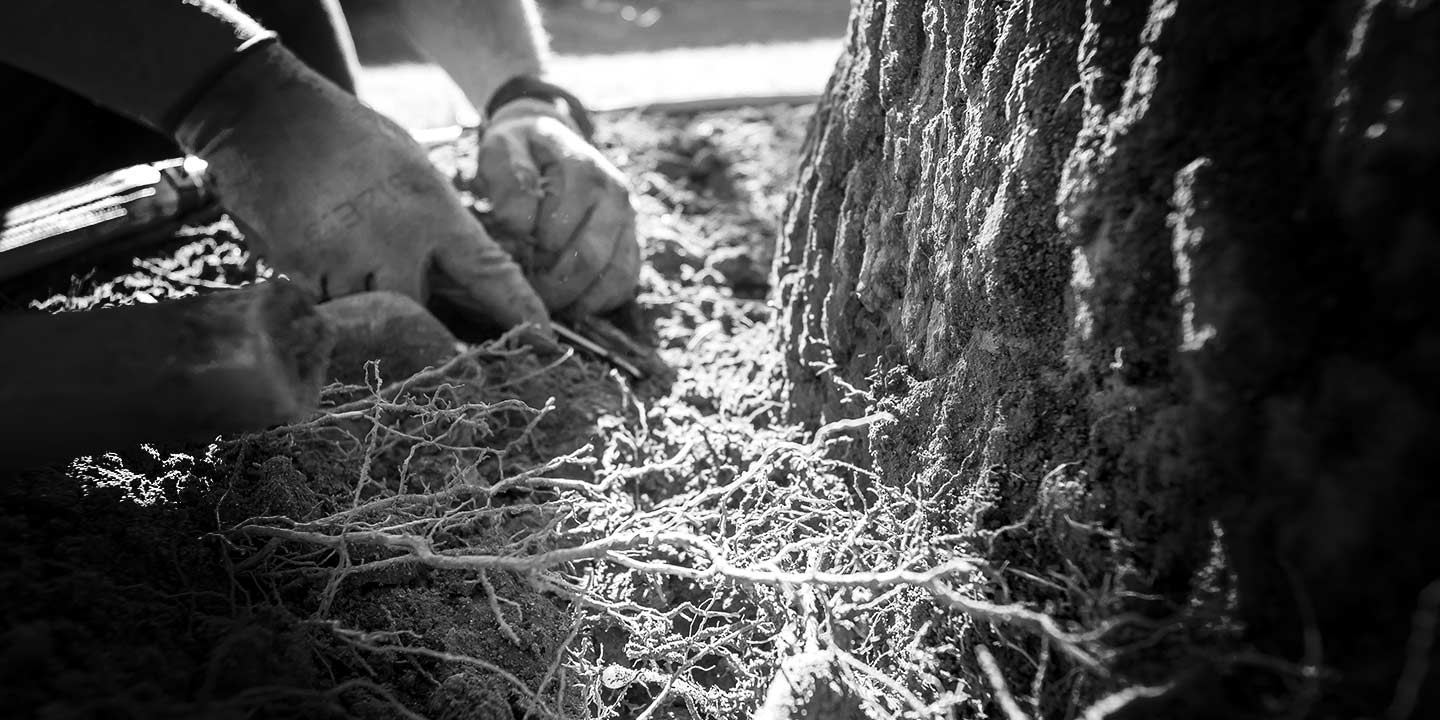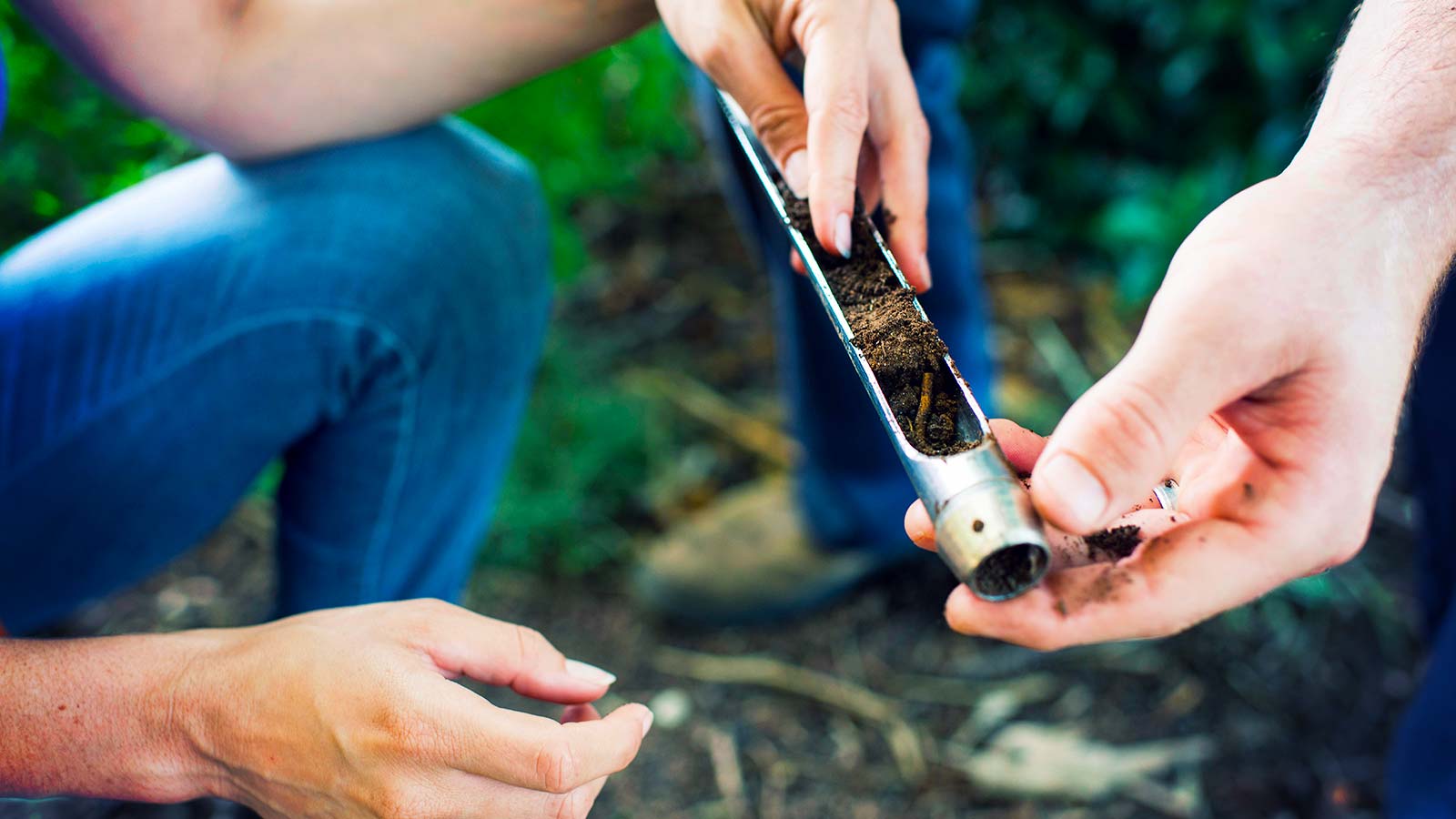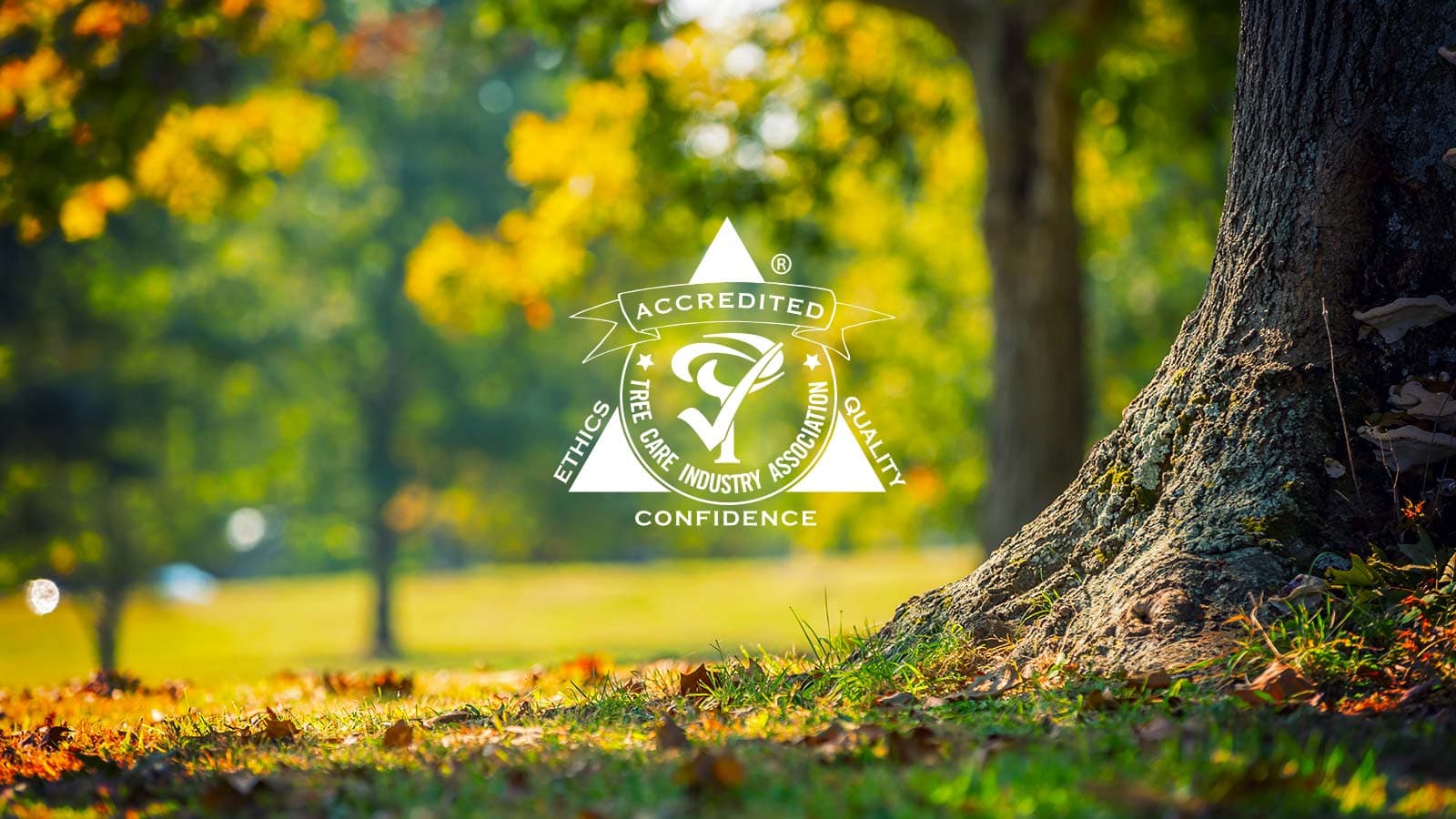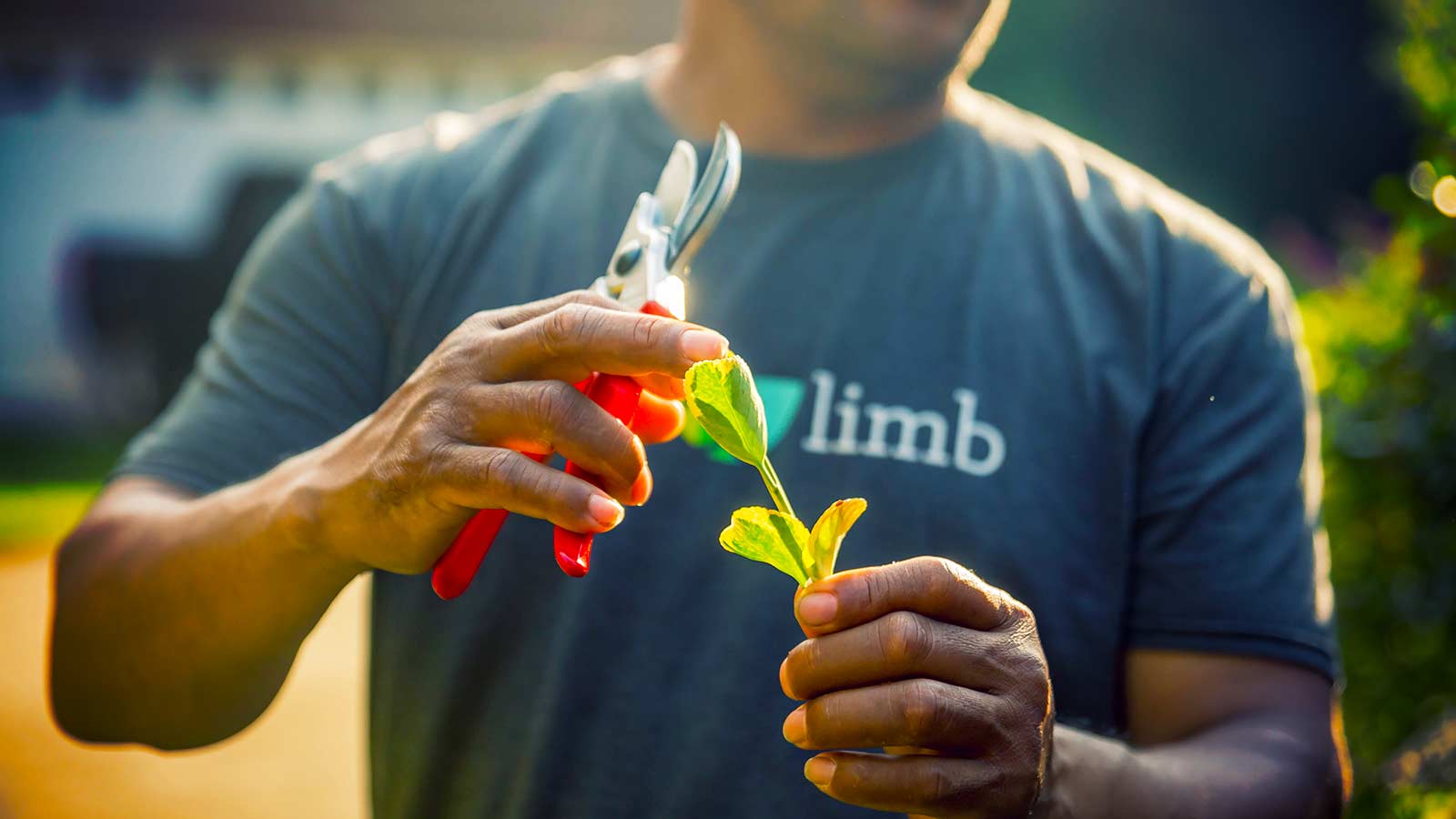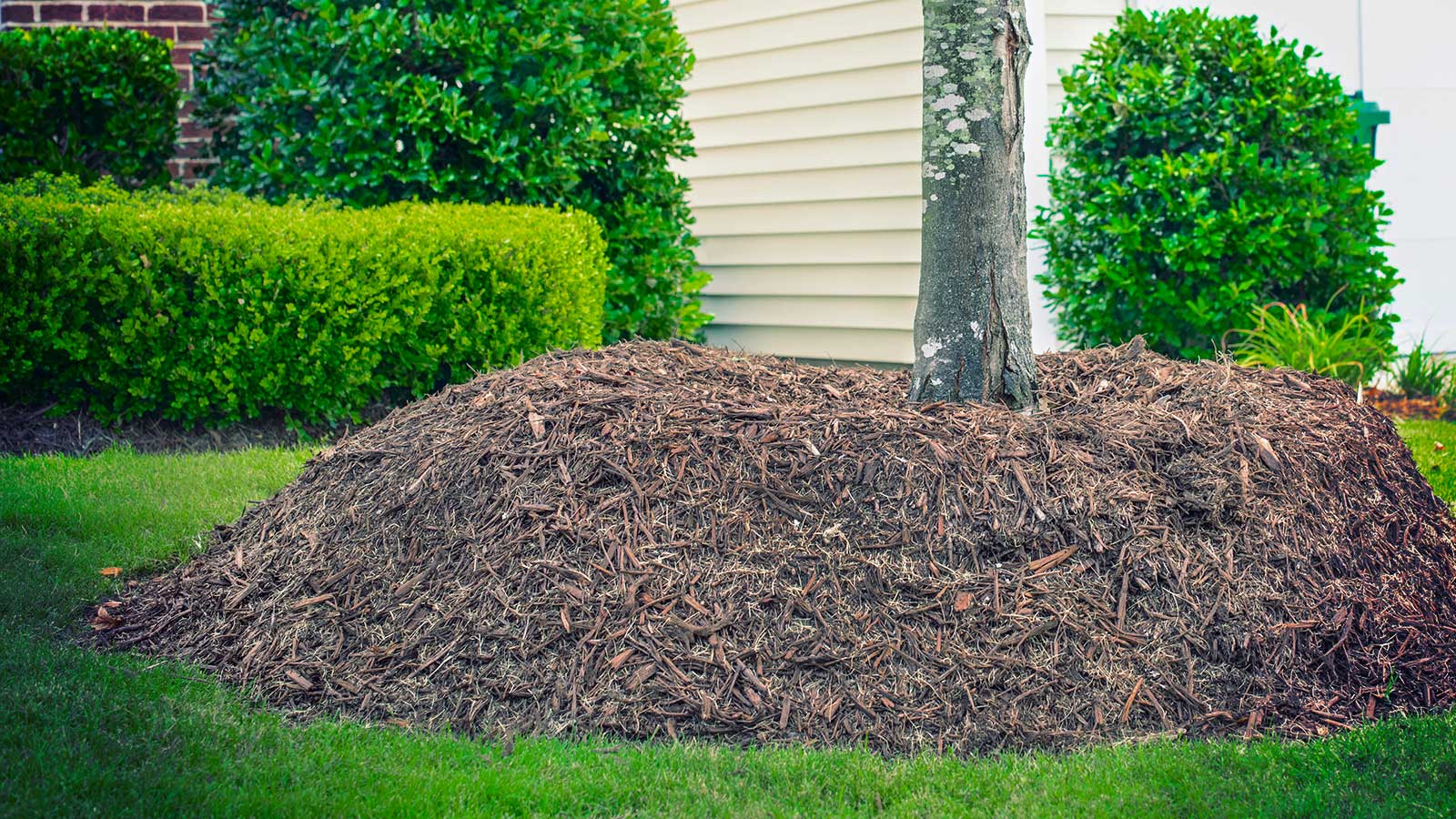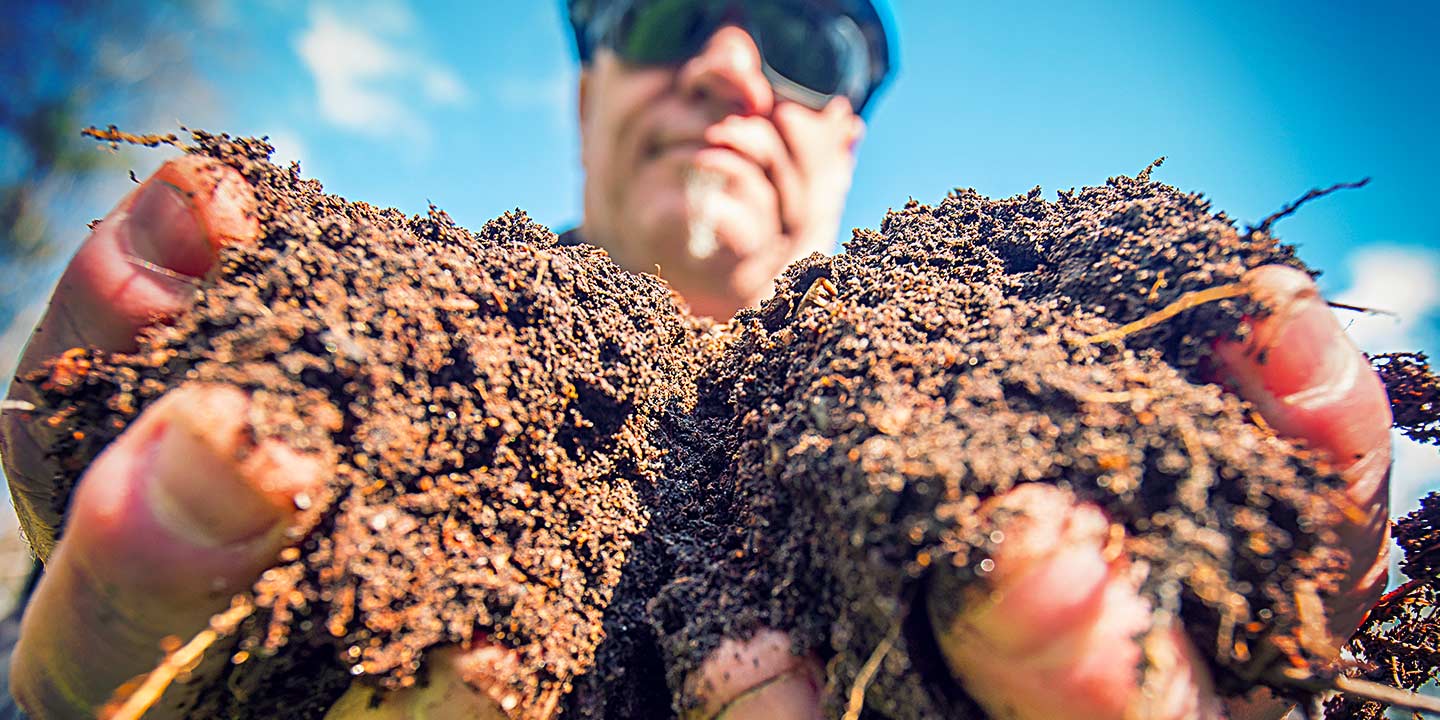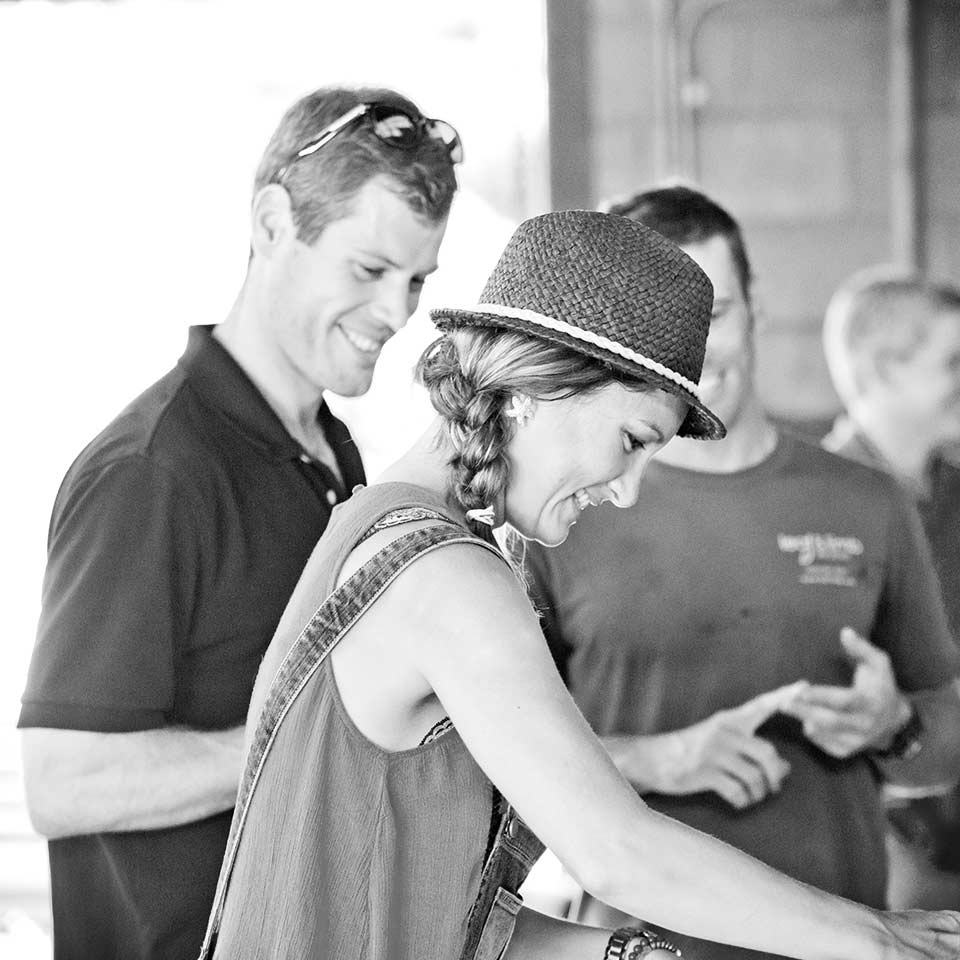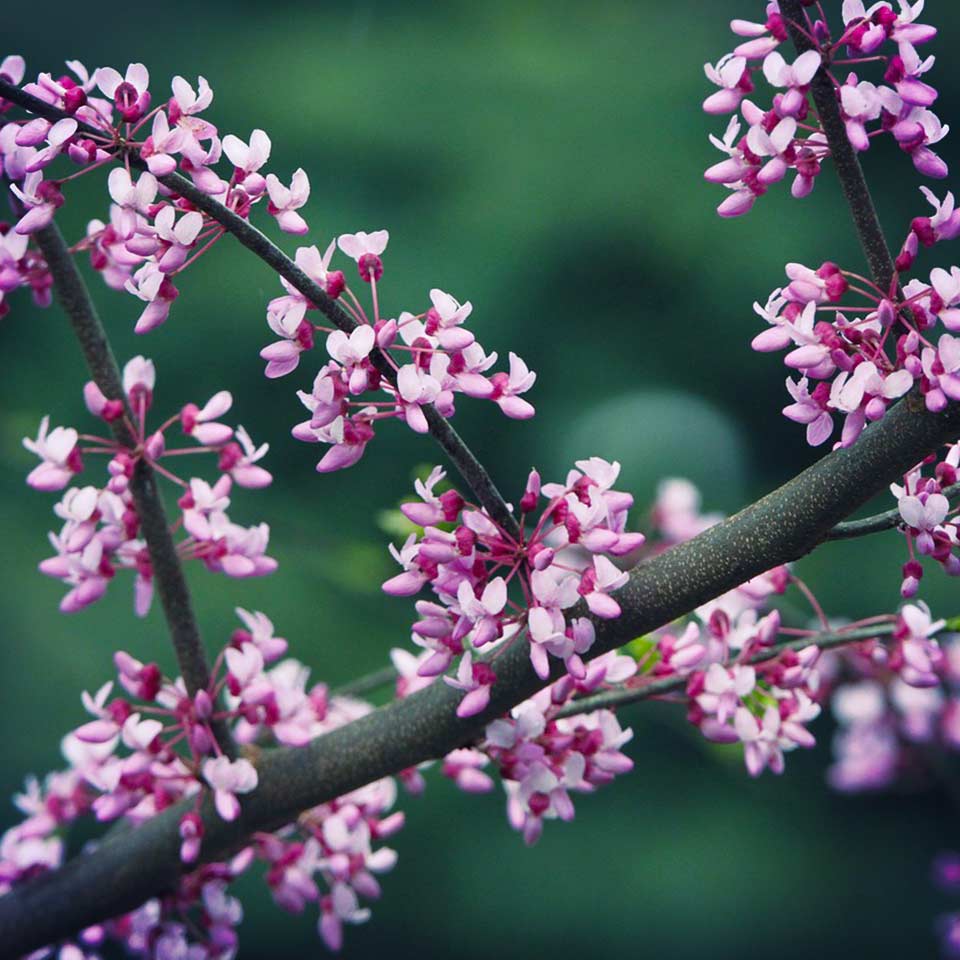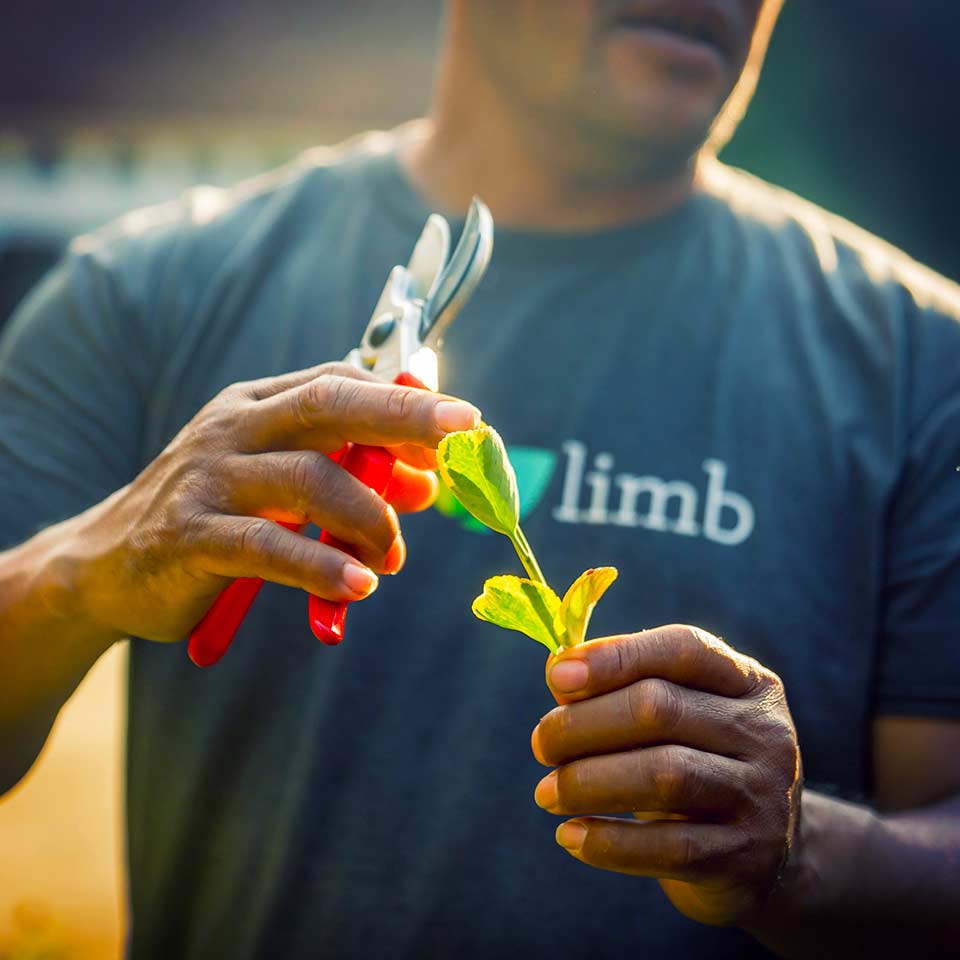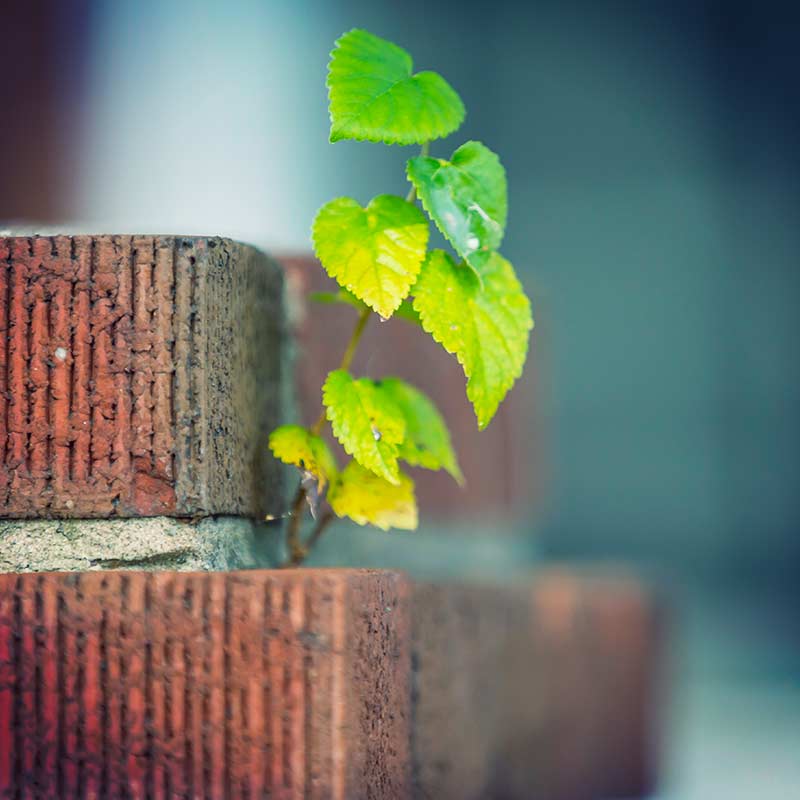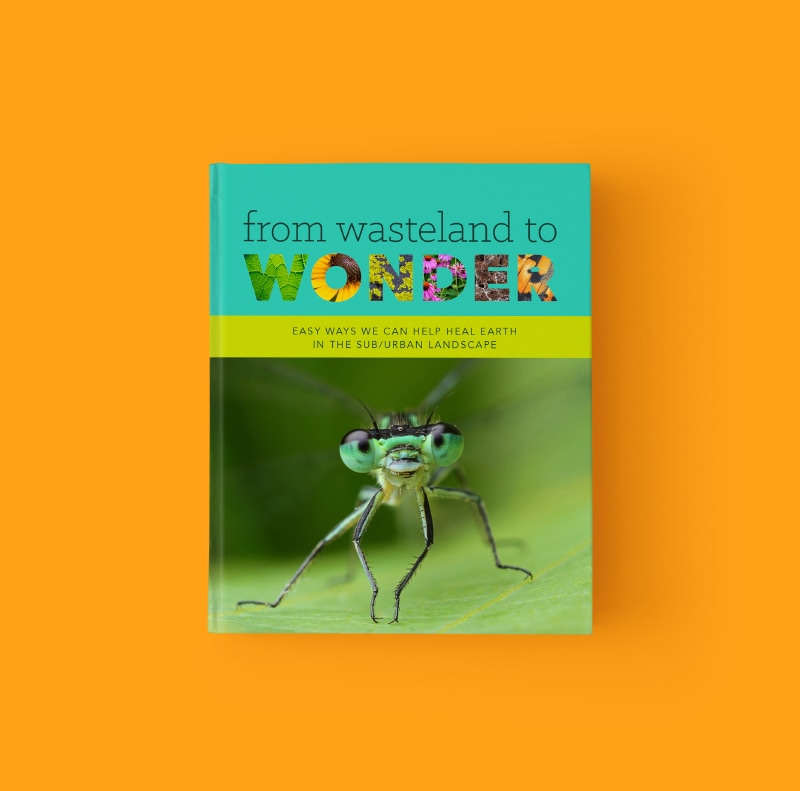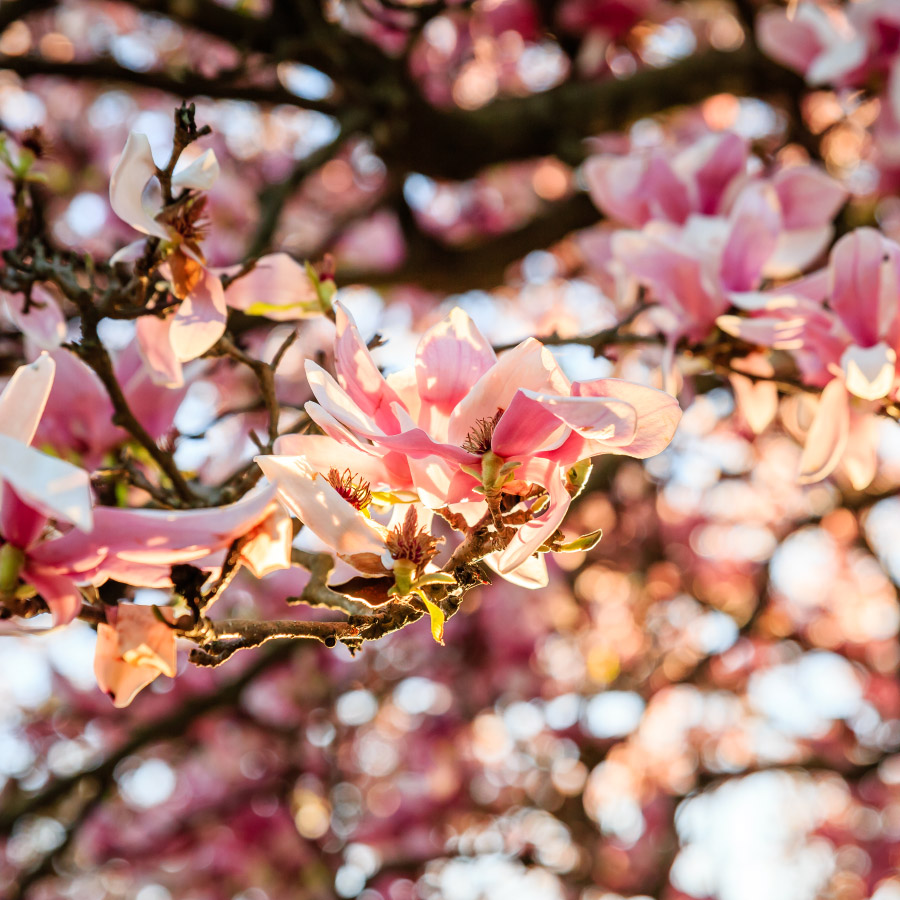Why We Recommend Herbicide for Some Ecological Restoration Projects
by Basil Camu, co-owner of Leaf & Limb
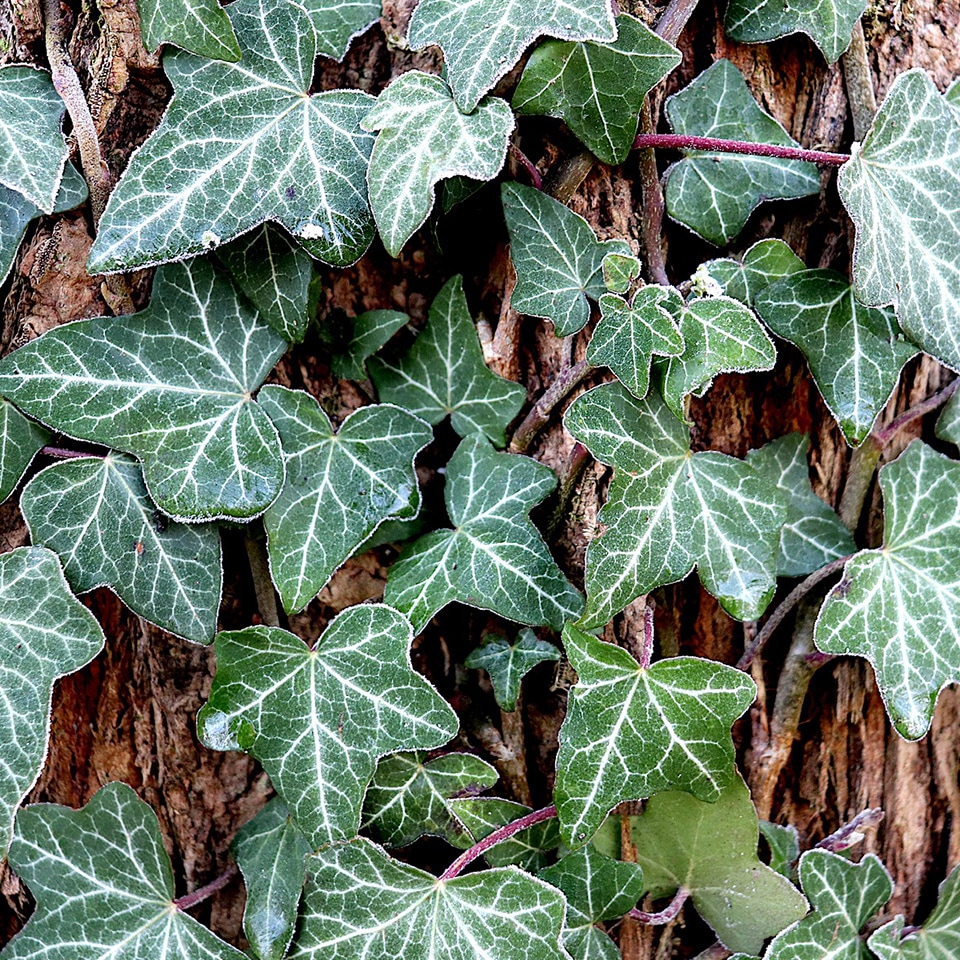
It has become clear that our overuse of pesticides, fungicides, herbicides, and all the other “-cides” are harming life, including us humans. Herbicides in particular have earned a damning spotlight, deservedly so. We all remember how shocked we were when we first read “Whitewash: The Story of a Weed Killer, Cancer, and the Corruption of Science” by Carey Gilliam. After finishing that book, most of us decided we would not use herbicides ever again. In our case, we stuck with that plan for many years.
But then we began working to replace lawns and fields with native meadows (at Leaf & Limb we call these “Piedmont Prairies”), which is a form of ecological restoration. To perform this work successfully, it is vital to clear the existing lawn and weeds. We tried removing existing grass using a sod cutting machine. We found this process to be somewhat effective, but only in the best of conditions, such as a flat lawn with well-maintained fescue or bermuda grass where the plant’s roots are shallow. That said, this approach requires a tremendous amount of time and labor, making it unfeasible or unaffordable for most individuals and organizations, especially for large areas. For sites with uneven surfaces, vegetation with deeper roots, or a variety of other conditions, using the sod-cutting approach is not even possible. Though it can work for some projects and some sites, we found that sod-cutting is largely a dead end.
We did not stop there. We tried occultation (dark tarps, black plastic, and cardboard to deprive plants of light), solarization (clear tarps to cook the existing vegetation underneath), and all-natural herbicide alternatives like EcoBlend. The tarps and plastic were battered by winds, even when weighted down. They tore easily and ended up in the trash all too frequently. With cardboard, every piece had to be weighted down, and even then, they often went flying during summer thunderstorms. We tried adding a thick layer of arborist wood chips on top of the cardboard but then had to remove all of them before sowing the prairie. It was a tremendous amount of work, especially given the small size of the space. While the herbicide alternatives often worked well for small spot applications, they were less effective for large areas due to cost, the number of required sprays, and their inability to kill many grass and weed species. We did achieve some success in a narrow range of constraints, such as a small yard with tame weeds that could be micro-managed across multiple growing seasons. But for most sites we were not able to kill the vegetation. Bermudagrass, for example, was a special challenge; these approaches did not even touch it. This made it hard, if not impossible, for the Piedmont Prairie to establish. As our installations were stalling, we found ourselves in a quandary.
Removing invasive trees, shrubs, and vines — another form of ecological restoration — proved to be even more challenging for certain scenarios. While there were many species that responded well to procedures such as mowing, girdling, smothering, severing, pulling (this is starting to sound like Waffle House hashbrowns), and containment, others stubbornly persisted. What to do?
We began questioning our viewpoint. Do we abandon this quest to remove damaging lawns, restore native ecology, and help heal the land? Or do we consider using herbicide? Is a “no herbicide ever” approach really the right one? We began diving into the research and realized that our thinking was too binary. We now believe that in the context of ecological restoration, herbicides — and especially glyphosate-based herbicides — can be a helpful tool. Here are two very specific and important notes before we proceed.
- First, we are writing specifically about glyphosate-based herbicides. There is a difference between glyphosate (a heavily-regulated chemical compound) and glyphosate-based herbicides, which can contain any number of chemicals that are weakly regulated (apart from the glyphosate itself). Failure to clarify this distinction has led to a lot of confusion in the research sphere. For the sake of reading ease, We’ll abbreviate “glyphosate-based herbicide” to “GBH.” There are times when we will refer to “glyphosate,” which directly pertains to the chemical compound, not to GBHs.
- The context of this article is STRICTLY limited to glyphosate and glyphosate-based herbicides. There are many other types of herbicides, some of which are very damaging.
We developed a framework that focuses on the positive and negative impacts of incorporating glyphosate into some ecological restoration projects, viewed in three important, intertwined contexts. Let’s examine these and then discuss ways we can mitigate risks.
First Context: Local Ecosystems
What are the positive and negative outcomes for the health of the local ecosystem? The positives are clear: GBH application is a very effective method for clearing lawns, weeds, and stubborn invasive plants. Removing these problematic species creates a space where new plants can thrive, and by replanting the area with native trees, shrubs and Piedmont Prairies, we create a richer, more resilient ecosystem that benefits everything from butterflies to bees and from hawks to humans.
On the negative side, we need to consider what happens when glyphosate ends up in the soil, where it poses a threat to soil microbes and plant roots, and thus the very foundation of a healthy ecosystem. Fortunately, glyphosate binds readily and tightly to soil particles. Once this occurs, it loses its herbicidal properties and is not taken up by plant roots. As for antimicrobial activity, studies have demonstrated variable but small impacts on soil microbial diversity and biomass. Soil microbial communities generally recover quickly from GBH applications, especially when they are not subjected to it for extended periods of time. Luckily ecological restoration projects typically only require one to three GBH applications. But when they are subjected to GBH treatments repeatedly for extended periods of time, soil microbial communities do incur damage. This is why I’m still very much against using GBHs (and all other herbicides) as part of ongoing landscape maintenance.
What about the effects glyphosate may have before it enters the soil? The acute toxicity of pure (“technical-grade”) glyphosate for terrestrial animals is very low. However, certain compounds commonly used in the formulations of GBHs can be harmful. Some, such as the widely-used surfactant polyoxyethyleneamine (POEA), found in many common herbicide formulations, can be more toxic than glyphosate itself.
Finally, we must take into account the risk of glyphosate being washed by runoff into nearby bodies of water, where it could harm aquatic life. Evidence suggests that aquatic animals may be even more sensitive to the effects of formulations that contain POEA. In addition, glyphosate has the same powerful effect on aquatic plants and algae as it does on terrestrial plants, causing major disruptions to aquatic ecosystems. As a result, extreme care must be taken to avoid allowing GBHs to wash into local waterways.
Second Context: Human Health
Next in this framework are the positive and negative outcomes for us humans. The mental and physical benefits of surrounding ourselves with a healthier, more vibrant ecosystem are real, but so are the potential negative impacts of glyphosate on our bodies. As we mentioned above, the acute toxicity of glyphosate to terrestrial animals — including mammals like us — is low. This means that a one-time exposure to glyphosate shouldn’t worry us; it poses far less of a danger than many other common household chemicals such as gasoline and bleach.
The risks associated with long-term exposure to glyphosate are more concerning. Some research has identified associations between the use of GBHs and a variety of health conditions. In many cases, there isn’t sufficient evidence to conclude that glyphosate itself is the underlying cause; toxic additives such as POEA are also possible culprits. In particular, a possible link between the use of GBHs and non-Hodgkin lymphoma (a form of cancer) has been the subject of debate. While most internationally prominent regulatory agencies have concluded that glyphosate is not a probable carcinogen, a dissenting 2015 assessment from the World Health Organization has fueled ongoing controversy.
This leads to two important points:
- First, while glyphosate has been extensively studied, clearly there is more research to be done. This is true for glyphosate itself, as well as for the various toxic additives in GBHs. As new studies are published, we will have to adjust our practices to account for any relevant new developments.
- Second, the use of glyphosate in food crop production should be regarded with particular concern, since this is by far the most significant mechanism by which glyphosate residues can make their way into our own bodies. It is for this reason we are still strongly opposed to the use of GBHs (and all herbicides) in the context of food production. Sadly, glyphosate in food production is all too common.
Third Context: Carbon Footprint & Waste Output
The third and final component of this framework is the positive and negative outcomes in the context of carbon footprint and waste output. What is the total carbon footprint (the term used to describe all the fossil fuel required for a given activity)? Closely related to this, what are the waste outputs? For example, let’s say we skipped the GBH and stuck with laying down tarps. Creating plastic tarps requires fossil fuels, which must be extracted from the ground, processed, and transported to the plastic production facility. Once the plastic has been produced, it is packaged in yet more plastic that goes through a similar manufacturing process. Then the product must be transported using trucks that burn fuel, consume rubber tires, and emit pollutants. Finally, the plastic becomes waste and ends up in a landfill, which requires more energy for transport.
What about all the energy required to fuel various non-GBH methods of lawn, weed, and invasive plant removal? Work requires energy to power humans and machinery. Energy requires extracting fossil fuels from the ground for the machines and producing food for the humans. Growing food involves fertilizers, herbicides, more machines, and energy consumption. Food also requires transport, refrigeration, and human labor. What about driving to and from a site multiple times to do what a GBH can do in one or two visits? We burn fossil fuels, emit pollutants, and so forth. Round and round we go — and I’m only scratching the surface.
What Next?
On the whole, we think that the appropriate, responsible, and limited use of GBHs within the context of ecological restoration can help us to leave a site in better ecological shape than how we found it. We take one step back for two (or ten) steps forward. We can reduce and very nearly eliminate exposure (and thus health concerns) by wearing necessary protective equipment specified on the label (at a minimum). In the context of carbon footprint and waste production, the use of GBHs generally has a lower carbon footprint and generates less waste output as compared to alternative options.
To be doubly sure, we consulted with experts from around the country who also care about the well-being of this planet. The consensus was nearly unanimous: in the context of ecological restoration, GBHs can be a helpful tool.
Here is a summary of best practices to mitigate risks associated with GBHs, some of which were mentioned previously and some of which are new. We follow these best practices at Leaf & Limb and we would advise others to follow:
- We should evaluate each project using the framework above. For many invasive species, there are highly effective ways to remove them without the need for GBHs.
- We must carefully read and adhere to the guidelines laid out on the GBH product label. Among other things, that means mixing the product to an appropriate dilution and applying it using the recommended spraying equipment and personal protective equipment.
- When it comes to personal protective equipment, typically labels require a long-sleeved shirt, long pants, solid shoes with socks, chemical resistant gloves, and protective eyewear. We can always wear more than the label requires (e.g., use respiratory protection) but should never wear less.
- Many of the worst effects of GBHs are caused by additives such as the surfactant POEA. We can avoid these additional impacts by choosing to use surfactant-free formulations such as Rodeo and Roundup Custom (confusingly, not the same thing as Roundup – look for the “For Aquatic & Terrestrial Use” label). GBHs without a surfactant can be less effective, but we always have the option to add our own surfactant, provided we choose one that is both environmentally friendly and chemically compatible with glyphosate. Products containing alkyl polyglycosides or d-limonene are possible options.
- Labels for GBHs also generally require that people and pets stay off the treated area until the product has completely dried. This time may vary based on weather and site conditions, but the Restricted Entry Interval for agricultural workers using GBHs — 4 hours — provides us with a useful guideline to start with.
- After applying GBHs, we should notify the property owner about when it is safe to re-enter the site. If there is a concern that passers-by may enter the site, we should post warning signs with a time and date for when the area is safe again. That time should be no less than 4 hours after the application.
- We must avoid spray drifting onto non-target plants. This can be avoided by monitoring wind speed and direction; if it’s a windy day, we’ll need to wait. Using a spray hood can further reduce this possibility.
- We can dramatically reduce the risk of GBHs being washed off-site by refraining from spraying when there is a chance of rain in the next 6 hours.
- Finally, we must not allow GBHs to pollute waterways and aquatic ecosystems. Managing for drift and runoff, per the previous points, minimizes this risk.
While we can never reduce the risks to zero, these steps go a long way towards preventing negative outcomes.
In the end, we traded an old binary outlook for a more nuanced framework that allows us to navigate multiple scenarios with greater truth. Is it the right one? Yes, for now. But per usual, we will trade our old ideas for new and better ones when we find them. There may be a day when we learn new practices and better frameworks that surpass the ones we use now. We look forward to that day because we enjoy learning, evolving, and becoming a better version of our former selves.
